University of Utah students, Anirudh Kamath and Axe Tang, who are part of the POWDER Team, took part in the recent AERPAW Autonomous Data Mule (AADM) Challenge and took First Place from a field of 16 participating teams!
Here is more information about AERPAW Autonomous Data Mule (AADM) Challenge and a description of how the winning teams approached the challenge.
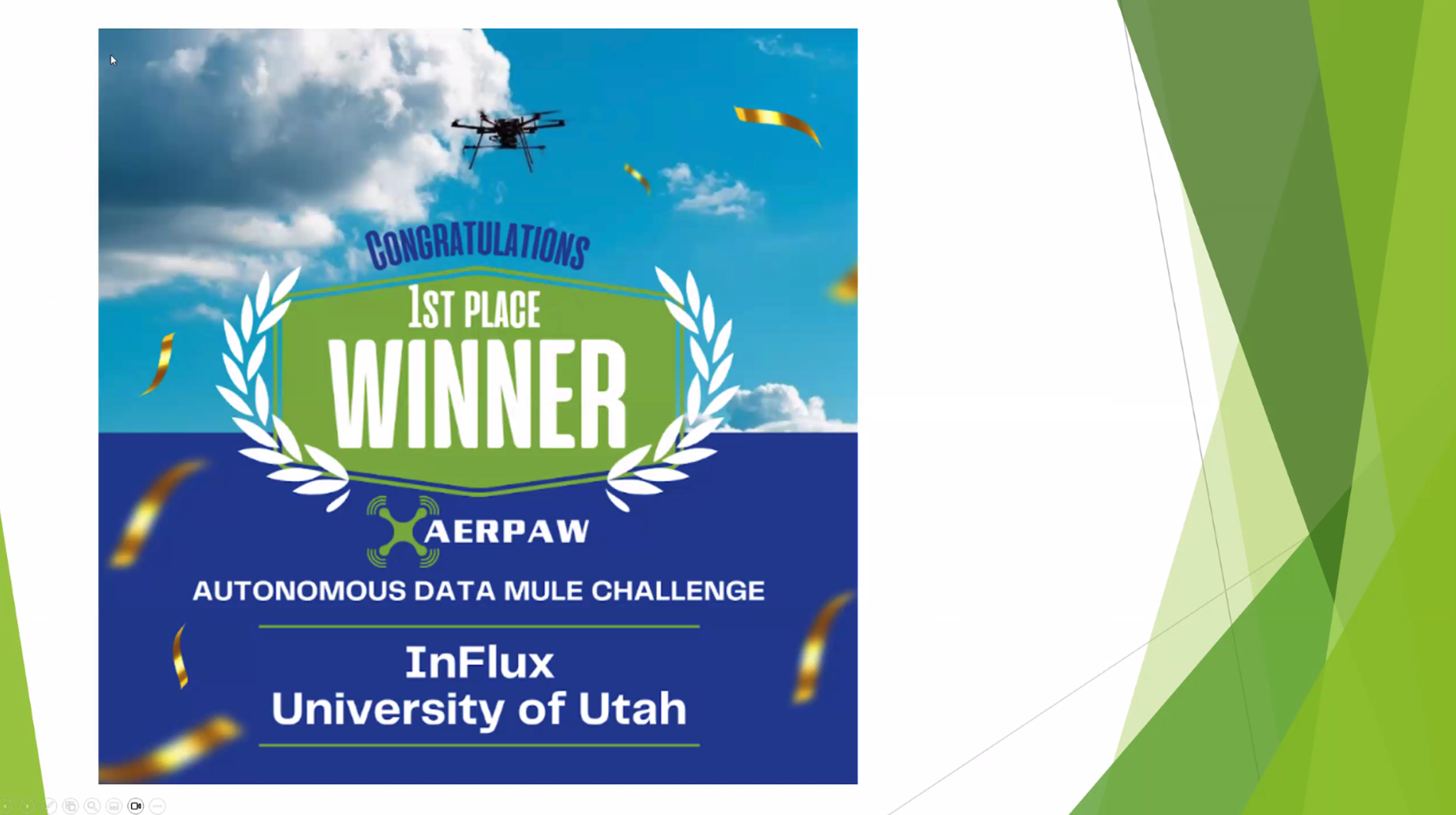
We are pleased to announce that we are accepting applications for the 2026 CyberPowder Fellows Program!
CyberPowder is an NSF-funded wireless networking hands-on training and research mentoring program for US-based graduate students. The Program addresses the problem that wireless experimental research is inherently multidisciplinary, crossing the EE and CS divide; that wireless networking is undergoing rapid technology and regulatory change; and that today’s wireless testbeds are highly sophisticated, which also means they require significant training to use. The Program is led by three professors across EE and CS at the University of Utah, Neal Patwari, Robert Ricci and Kobus Van der Merwe, with support from the POWDER platform technical staff. The Program trains students across the wireless stack to perform wireless related research on POWDER, the world’s largest openly-accessible software-defined wireless testbed. POWDER is deployed across the University of Utah campus in Salt Lake City and remotely accessible from anywhere in the world.
For full consideration applications are due by November 21st 2025.
For more information, other important dates and the link to the application form please visit: https://www.powderwireless.net/cyberpowder2026
We are pleased to announce that we will be running a series of POWDER User Community Training sessions in Fall 2025 and Spring 2026!
The Fall 2025 training will be a short series on POWDER platform concepts and workflows. In Spring 2026 we plan to follow that up with more advanced domain specific training sessions.
Note that the training sessions are designed to start with platform basics and to progress to more advanced platform and domain specific topics. It is therefore recommended that interested users aim to attend all/most of the sessions.
The Fall training sessions will be done via Zoom on Fridays starting at 10am MT. Each session is expected to be 1-2 hours in duration.
Sessions will alternate between presentation/demonstration sessions and hands-on sessions of the same material. Hands-on sessions will be capped at 20-25 participants.
Please go HERE for more details, to sign up for the Fall training sessions and to indicate you interest in planned Spring sessions.
The POWDER team hosted a site visit and technology engagement kick-off with SpectrumX colleagues from the University of Colorado Boulder at the University of Utah. Scott Palo, Nick Rainville, and graduate student Dhruva Datta met to hand off a SpectrumX Mobile Experimentation Platform (MEP) device, engage in knowledge transfer for working with it, and to brainstorm ideas for conducting experiments and data gathering exercises on the POWDER testbed. The MEP was brought online and confirmed working, and was placed in an interim indoor lab location in the Merrill Engineering Building for initial testing and validation. The device was subsequently integrated into POWDER as a "black box" device, with power and network connectivity control. The MEP is available 24/7 to the SpectrumX team for testing and experimentation. Next steps will see it deployed onto the roof of MEB for outdoor environment exposure testing as well as collection of 3rd party signals. Signals in both sub-6GHz and the 7-8 GHz range under study by SpectrumX will be captured. Data collection and analysis involving intentional/controlled 5G and other transmissions using POWDER radio resources are planned as well.
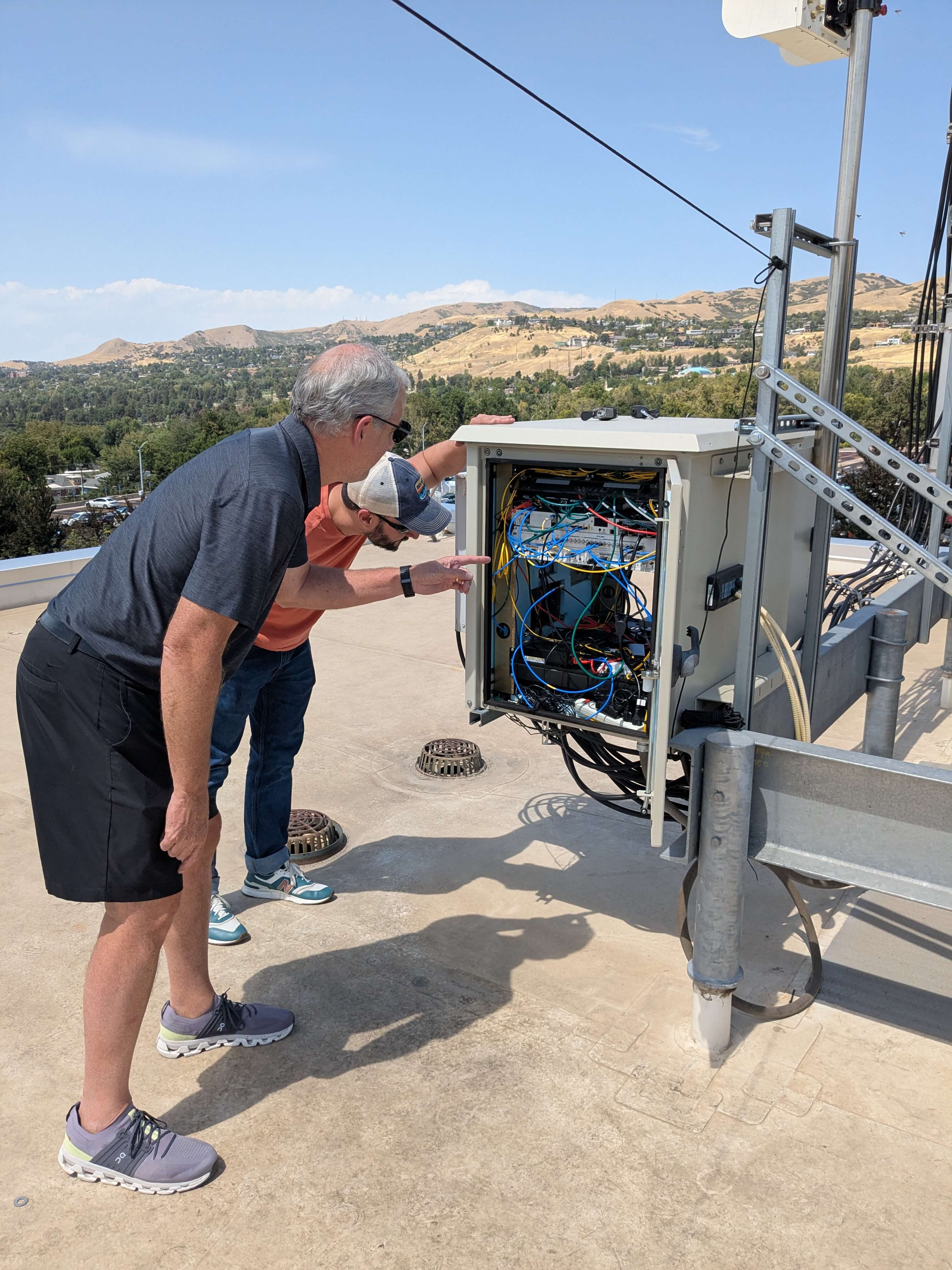
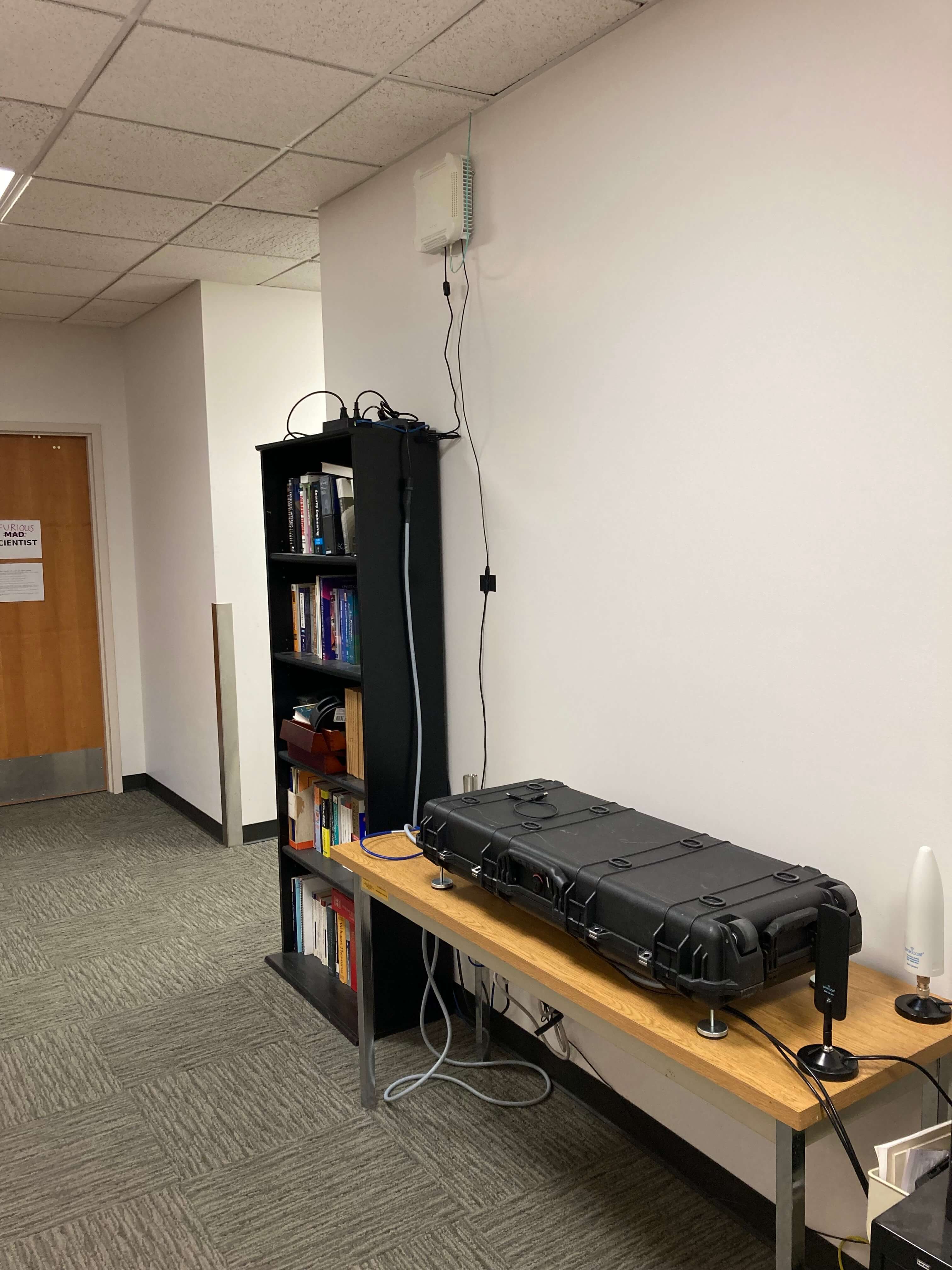
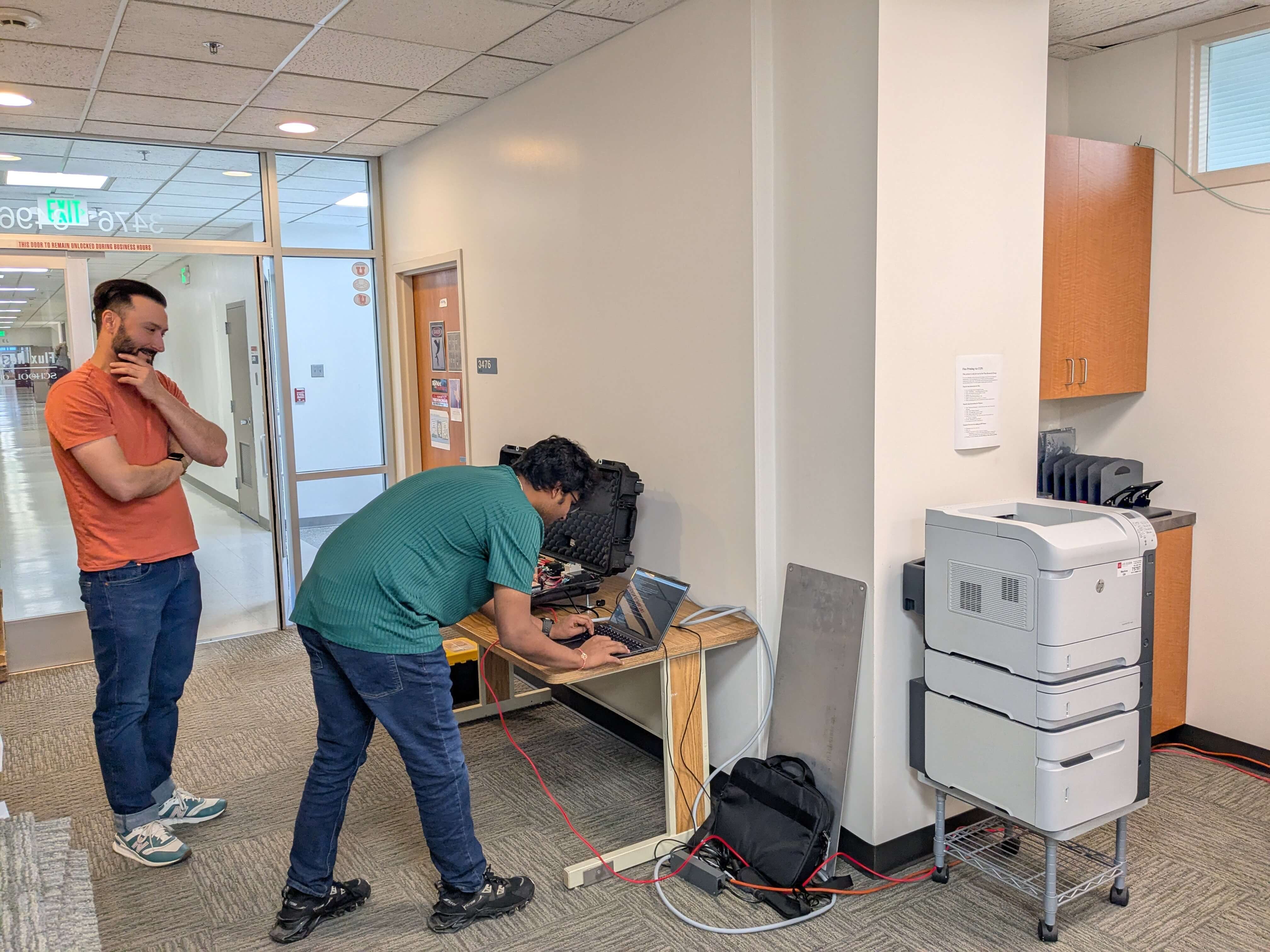
In July we were pleased to host a Reconfigurable Intelligent Surface (RIS) team from Prairie View A&M University, University of Nevada - Reno, North Carolina Agricultural and Technical State University and SUNY Politech Institute.
The RIS team collected 72 datasets during their visit! The photo below shows the combined RIS + POWDER team with Tariq Abdul-Quddoos holding the RIS device.
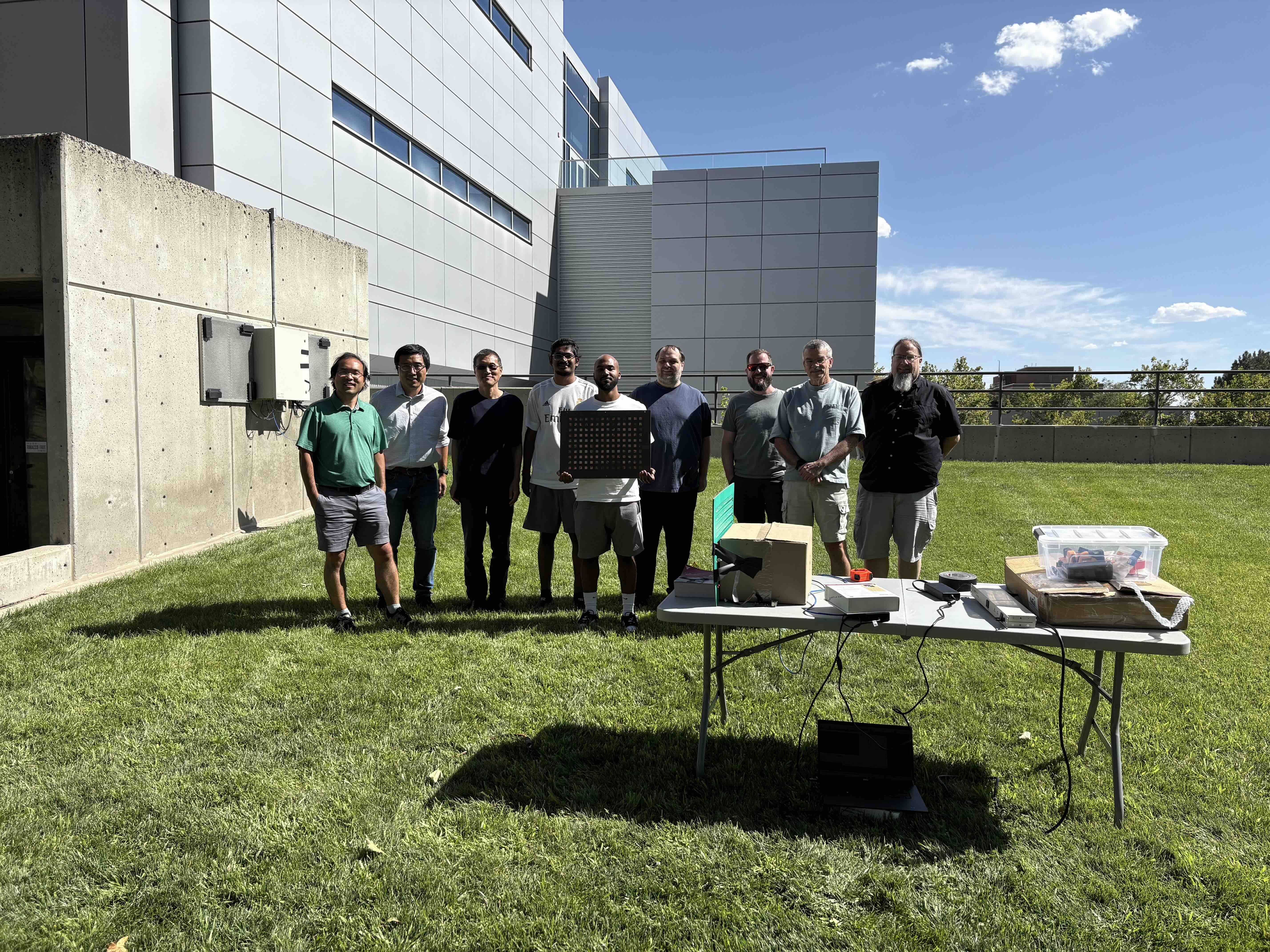
The 2025 CyberPowder Fellows Program culminated with the Fellows visiting POWDER to work on their research projects.
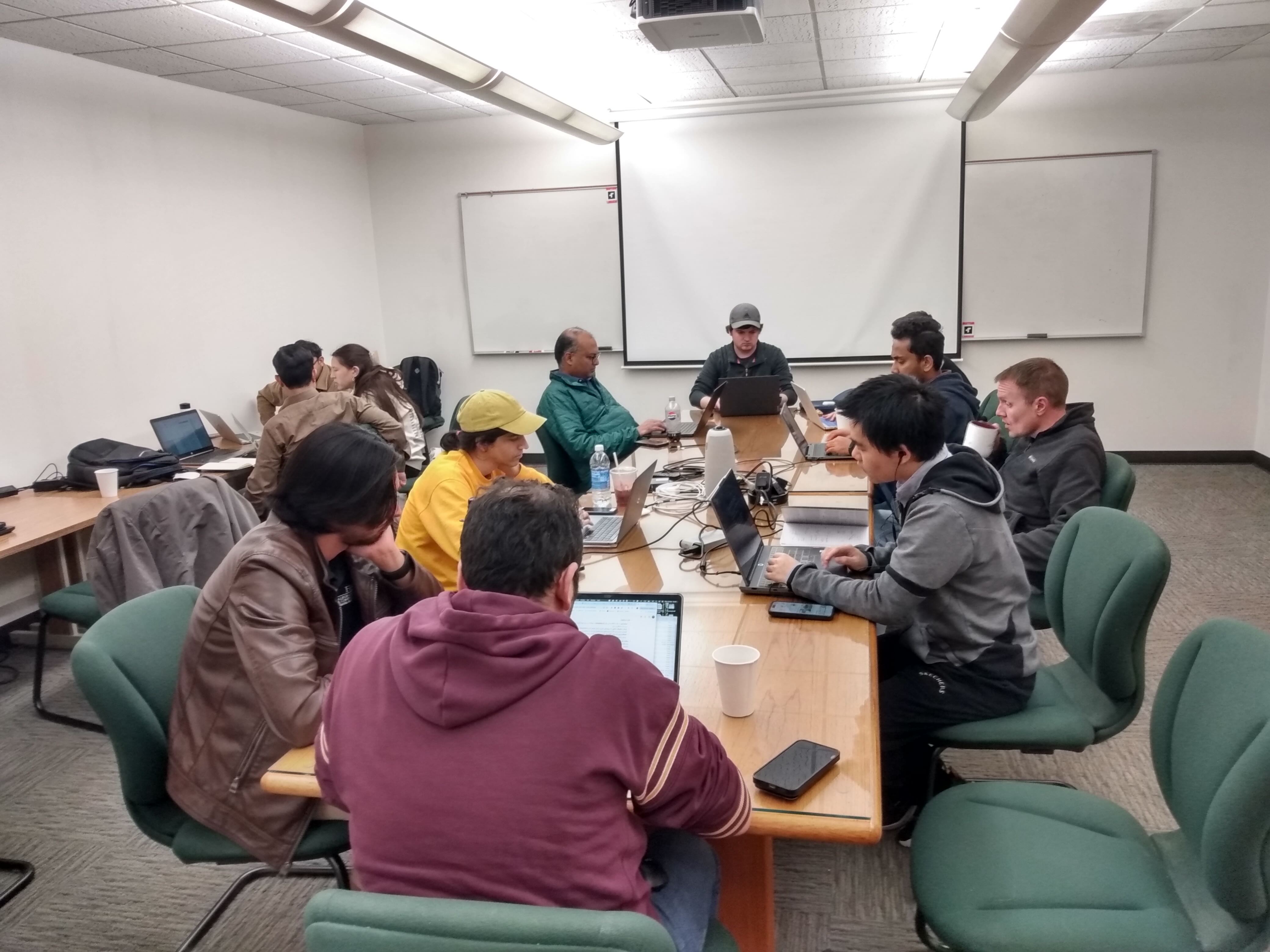
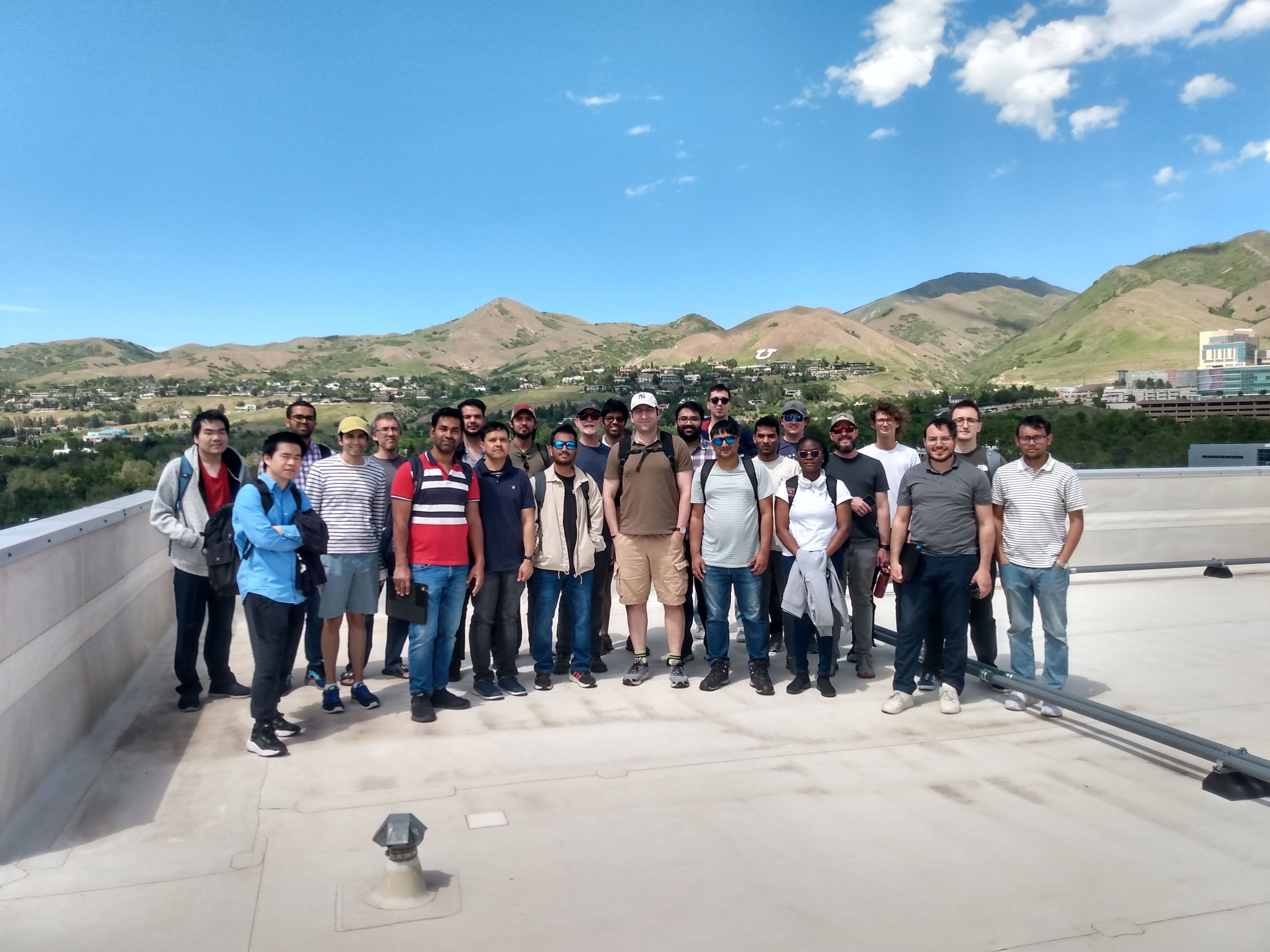
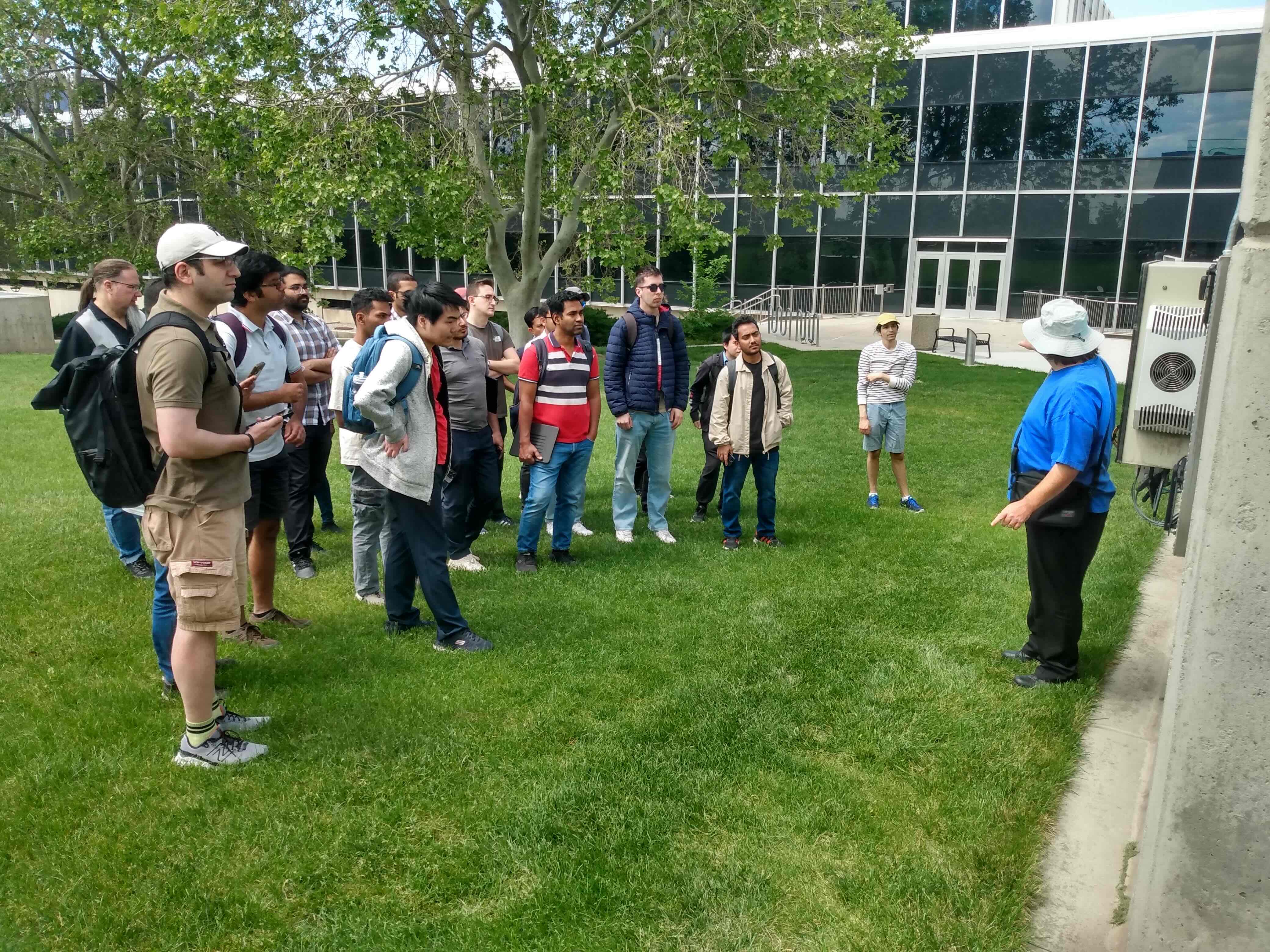
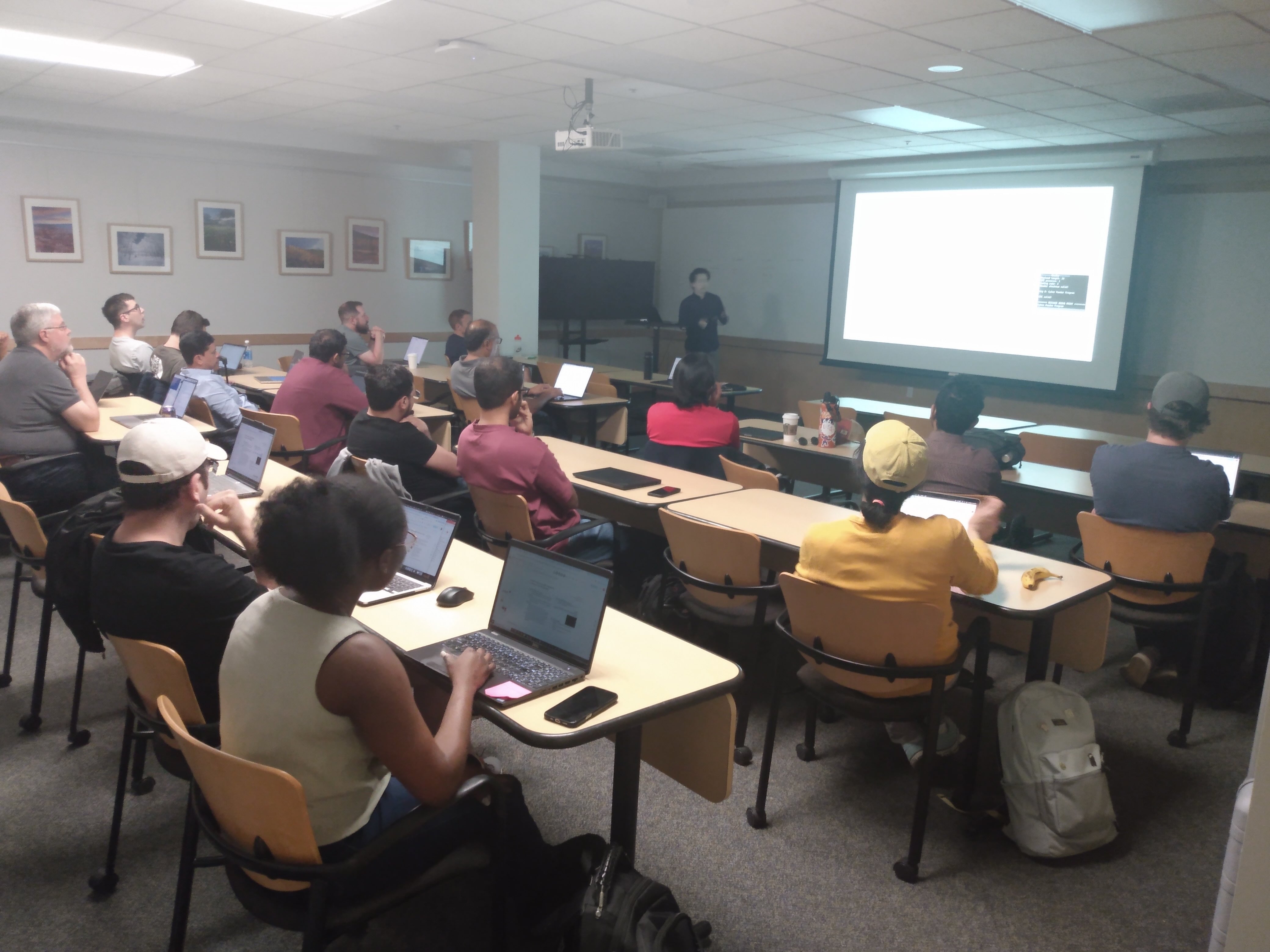
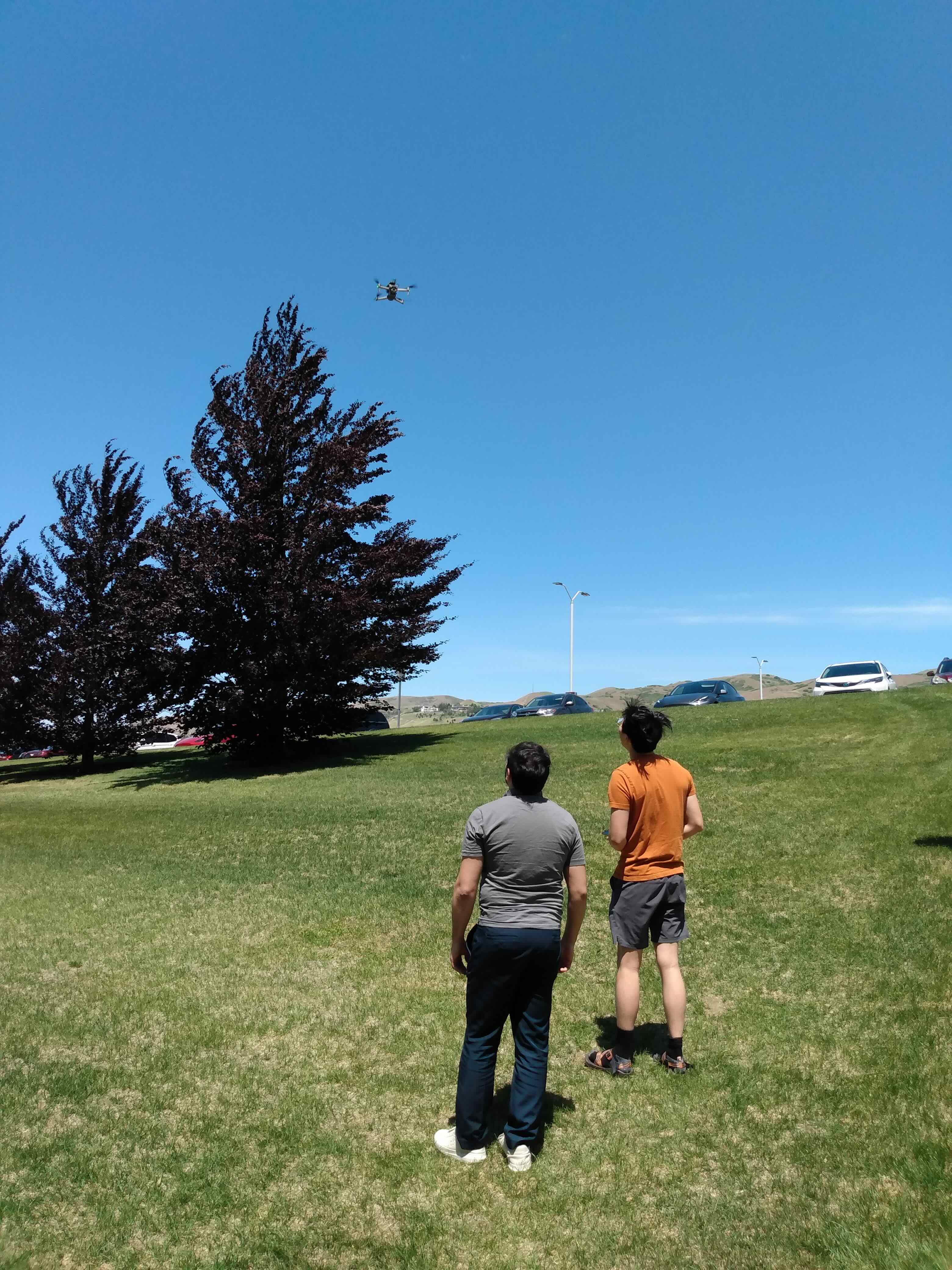
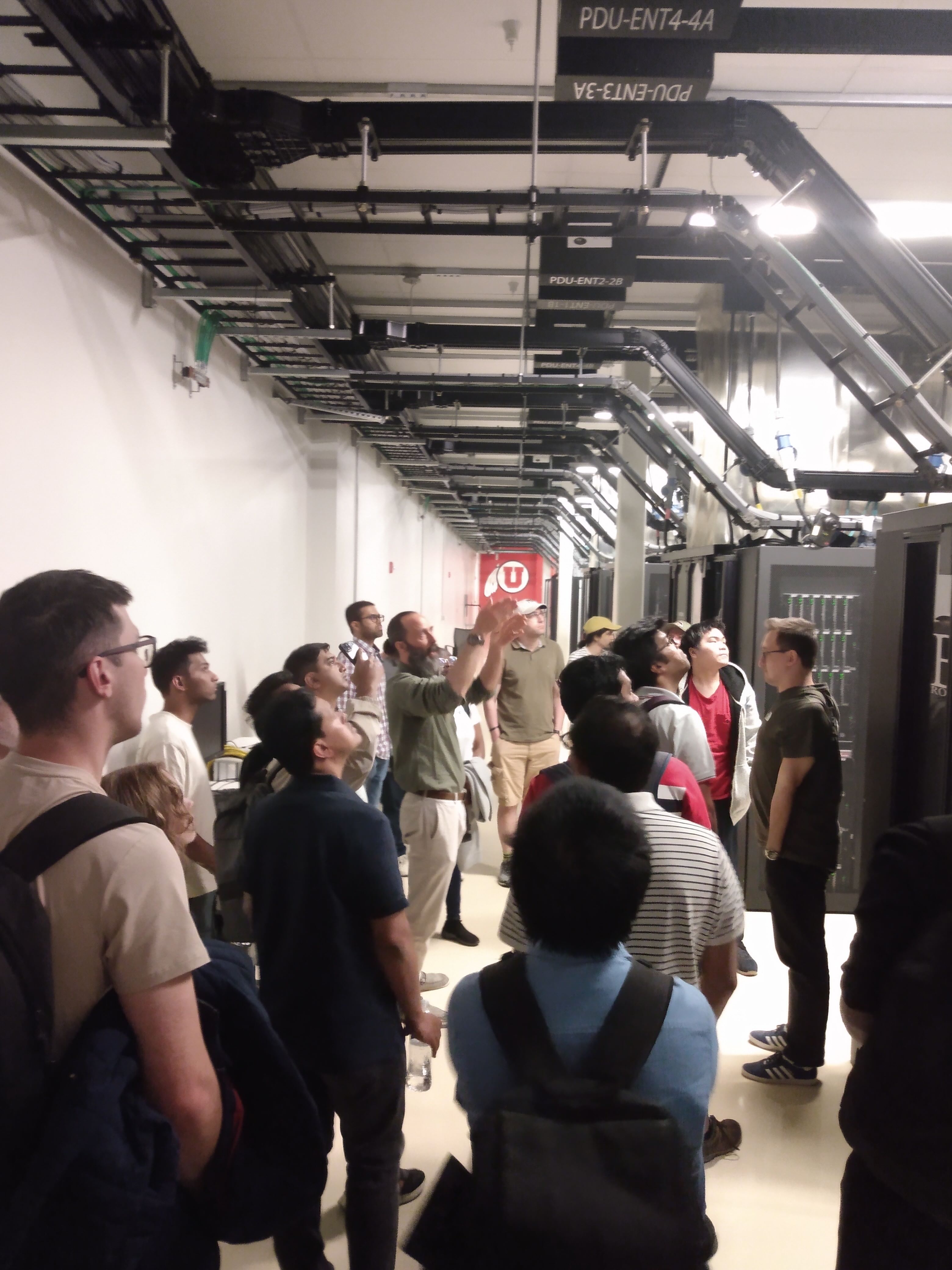
The broader "POWDER ecosystem" was again well presented at the 2025 IEEE DySPAN Symposium!
Paper titles and authors below:
We are pleased to report that the POWDER team will be collaborating with MITRE, Northeastern University, the University of Colorado Boulder and the SETI institute to support spectrum sharing experimentation as part of the NSF National Radio Dynamic Zones (SII-NRDZ) program.
The POWDER team will be providing the Zone Management System, i.e., OpenZMS, the automated spectrum management platform, for these experiments. OpenZMS was developed as part of the NSF funded POWDER-RDZ project, which used POWDER to prototype a Radio Dynamic Zone (RDZ). (More details on POWDER-RDZ in the 2024 IEEE DySPAN paper and the 2025 IEEE Transactions on Cognitive Communications and Networking paper.)
As part of the SII-NRDZ collaboration we will continue development on OpenZMS and support spectrum sharing experimentation at the Hat Creek Radio Observatory (HCRO).
We are pleased to announce that we are accepting applications for the 2025 CyberPowder Fellows Program!
CyberPowder is an NSF-funded wireless networking hands-on training and research mentoring program for US-based graduate students. The Program addresses the problem that wireless experimental research is inherently multidisciplinary, crossing the EE and CS divide; that wireless networking is undergoing rapid technology and regulatory change; and that today’s wireless testbeds are highly sophisticated, which also means they require significant training to use. The Program is led by three professors across EE and CS at the University of Utah, Neal Patwari, Robert Ricci and Kobus Van der Merwe, with support from the POWDER platform technical staff. The Program trains students across the wireless stack to perform wireless related research on POWDER, the world’s largest openly-accessible software-defined wireless testbed. POWDER is deployed across the University of Utah campus in Salt Lake City and remotely accessible from anywhere in the world.
For full consideration applications are due by November 29th 2024.
For more information, other important dates and the link to the application form please visit: https://www.powderwireless.net/cyberpowder2025
We are pleased to announce that we have received an NSF Community Infrastructure for Research in Computer and Information Science and Engineering (CIRC) award to enhance and sustain the POWDER platform (POWDER-ENS)!
The POWDER-ENS project builds on the success of the POWDER platform by enhancing its capabilities to fit emerging technology trends and research interests. POWDER-ENS specifically focuses on providing capabilities to support research in the emerging area of Open Radio Access Networks (Open RAN or O-RAN), developing tools and datasets to enable mobile and wireless research, and developing tools, workflows and end-to-end use cases related to the use of artificial intelligence (AI) and machine learning (ML) in mobile and wireless research.
We are please to announce that we have received an NSF Training-based Workforce Development for Advanced Cyberinfrastructure (CyberTraining) award, called CyberPowder to provide Wireless Networking Workforce Development using the POWDER platform
CyberPowder develops wireless networking content and training material for both classroom teaching and hands-on cyberinfrastructure training. Classroom teaching focuses on developing and teaching curricula that address the inherent multi-disciplinary nature of wireless networking by co-teaching material that is traditionally siloed in either the computer science or electrical engineering disciplines. CyberPowder's cyberinfrastructure training follows a novel cohort approach that combines online and in-person, research-focused training on the POWDER platform, followed by structured research support involving both the trainees and their faculty advisors. The cyberinfrastructure training program provides training on the use of wireless networking and experimental research fundamentals as well as specific advanced wireless technologies. To complete the process of enabling students to become researchers who produce high-quality, reproducible work, CyberPowder develops and promotes an artifact evaluation support program by working with relevant conferences to promote experimental research in the wireless networking community.
The POWDER OTIC is pleased to be supporting the O-RAN Alliance Summer 2024 Plugfest!
The POWDER OTIC is collaborating with Software Radio Systems and Benetel to validate inter-DU mobility of an O-RU, O-DU, O-CU setup in an O-RAN 7.2 split configuration.
The testing/validation is being performed using POWDER's Test Orchestration and Test Automation (TOTA) framework, and includes the following tests developed according to the O-RAN Alliance Test & Integration Focus Group (TIFG) E2E specification:
We are looking forward to making these end-to-end O-RAN capabilities, especially inter-O-DU mobility, available to POWDER users on our over-the-air environment. Combined with the POWDER mobile-endpoints, this will provide a unique real-world testing environment!
We are pleased to report that the POWDER team's POWDER-RDZ paper received the Best Paper Award at the 2024 IEEE International Symposium on Dynamic Spectrum Access Networks (DySPAN).
The paper, titled POWDER-RDZ: Prototyping a Radio Dynamic Zone using the POWDER platform, describes our efforts to prototype a radio dynamic zone (RDZ) using the POWDER platform. A key part of that effort involves the design and implementation of a zone management system (ZMS), which acts as the "spectral intelligence" for the RDZ and interacts with all role players in the zone. Our ZMS realization is called OpenZMS. OpenZMS realizes its spectral intelligence through a Digital Spectrum Twin, and is designed as a flexible open source framework which can serve as a software base for the broader SII-NRDZ and related spectrum management communities.
The photo shows POWDER team member, David Johnson, lead designer/developer for the OpenZMS framework, receiving the best paper award on behalf of the POWDER-RDZ team.
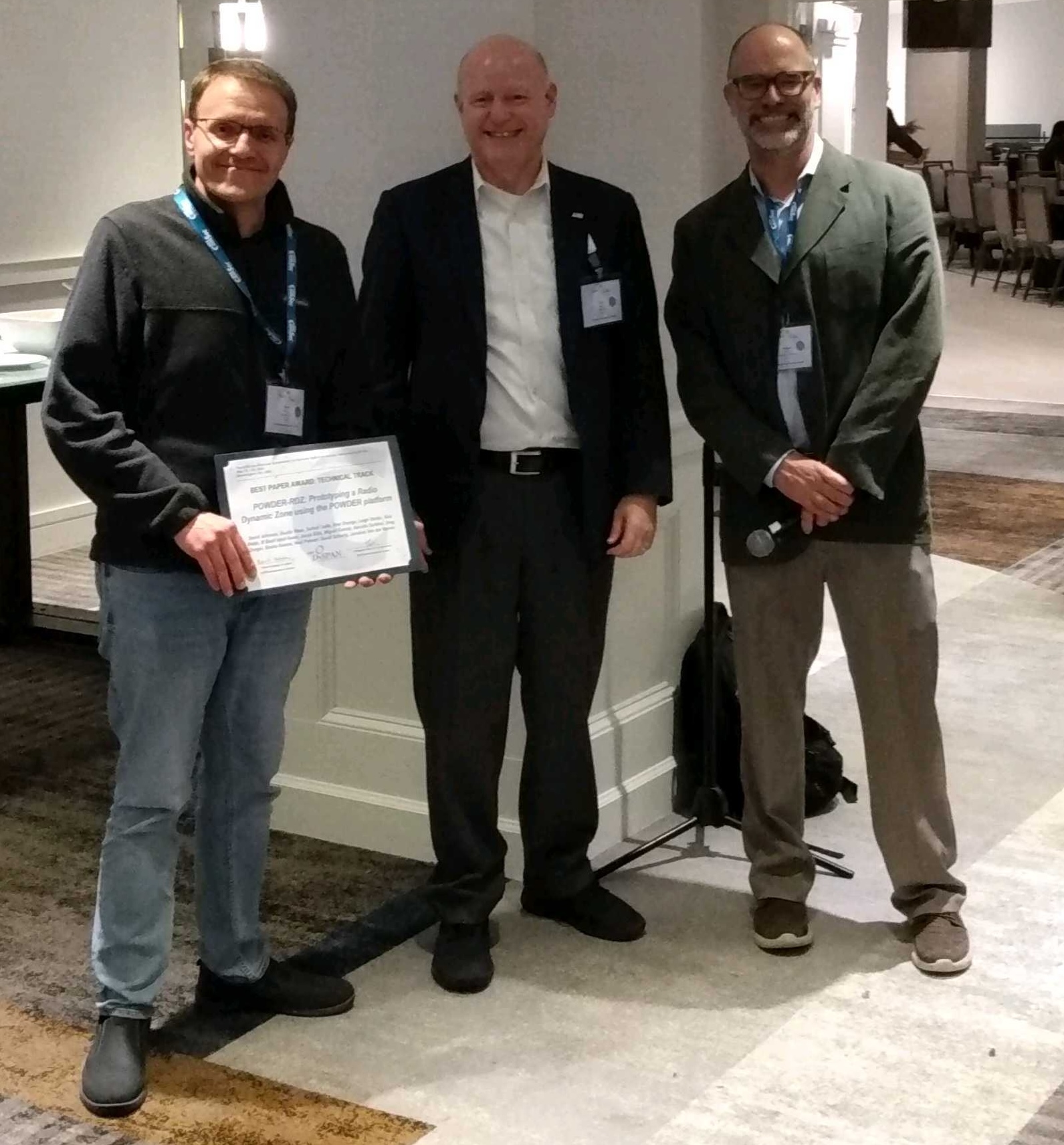
We are pleased to report that another wireless networking course made use of the POWDER platform during the 2024 Spring semester!
Professor Fraida Fund, from the Electrical and Computer Engineering department at the NYU Tandon School of Engineering, developed two POWDER-based lab assignments for a graduate-level course in wireless networking taught taught at NYU by Professor Shivendra Panwar. Professor Fund has made her labs available via her blog:
The labs were derived from tutorials developed by the POWDER team and presented at the Midscale Experimental Research Infrastructure Forum (MERIF) workshop in Boston in 2023. We are very pleased to see this "education pipeline" bearing fruit!
The O-RAN Software Community (OSC), a collaboration between the O-RAN ALLIANCE and Linux Foundation, is using the POWDER platform at the University of Utah for automated testing of the various OSC software components.
OSC is an open source community under the Linux Foundation with a goal of developing open source software, aligned with the O-RAN ALLIANCE’s open architecture and specifications, to realize solutions that can be utilized for industry deployment.
Among the thirteen OSC projects, the Infrastructure, and the Integration & Test projects are currently using the POWDER “profile” mechanism to rapidly instantiate various OSC software components, e.g., the OSC Near RT RIC platform, the OSC AI/ML framework etc. These OSC components are instantiated as POWDER “experiments”, and used as building blocks in complex testing scenarios.
To execute test scenarios, the OSC makes use of the POWDER platform APIs to programmatically start up the right set of building blocks to perform testing in an automated manner. For example, it may start an experiment that instantiates the latest stable version of the OSC Near RT RIC platform, and then deploy the KPIMON xApp on top of it, followed by basic health checks and other tests. Once a specific test run completes, and the results are verified, the xApp can be “undeployed” and another xApp onboarded for further testing with this version of the Near RT RIC platform. Alternatively, the experiment can be terminated, and re-instantiated with an alternative version of the Near RT RIC platform.
The OSC team has checked POWDER profiles related to their testing into the OSC "it/test" repository and it can be checked out with the command “git clone https://gerrit.o-ran-sc.org/r/it/test”.
In the future, OSC plans to expand the collaboration with POWDER on O-RAN end-to-end testing, based on open source components.

This Spring, POWDER PI, Kobus van der Merwe, developed a new Mobile and Wireless Networking course, that heavily used the POWDER platform for lab assignments.
The course is a combined undergraduate/graduate level course on Mobile and Wireless Networking with a systems emphasis. The course covered basic principles of wireless communication and focused on understanding and applying those principles in practical systems. The primary goal of the course is for students to obtain an in-depth understanding of all aspects of mobile and wireless networking through a combination of hands-on exploration and "textbook" learning. The course briefly reviewed basic networking concepts before focusing on a variety of mobile and wireless topics, including: 5G/NextG networks, radio-access-networks, spectrum usage, digital communication basics and advanced wireless applications (wireless sensing, spectrum sharing, Internet-of-Things (IoT), augmented & virtual reality (AR/VR)).
POWDER related assignments included a "5G over-the-air measurements" lab which used a newly deployed O-RAN COTS RU combined with open-source O-RAN and 5G components (srsRAN DU and CU and open5GS core). The photo shows POWDER-team member, Dustin Maas, supporting students during the lab session.


On April 19th, POWDER PI, Kobus van der Merwe, attended a Celebrating 125 years of Wireless Innovation at Notre Dame event.
The event celebrated and (re-enacted!) the first known long-distance wireless transmission in the US. This transmission took place between a transmitter at Notre Dame and the neighboring Saint Mary's Academy, more than a mile away.
The celebrations included a demonstration of a small-scale replica of the transmitter and receiver used in the experiment. The first photo shows this bench-top setup, i.e., the spark-gap transmitter in the bottom left, and the receiver (with lightbulb to show the reception of "dots and dashes" in the top right). The second photo show a spectrogram of wireless signals detected by a modern wireless measurement instrument while the transmitter is operating, and explains why spark-gap transmitters are not allowed by the FCC! (The light blue signal spanning the whole frequency range is caused by the transmitter, and as shown in the bottom left of the display, the measurement instrument temporarily goes into overload when the transmitter is active!)
The rest of the celebrations included lab tours, panel discussions on the wireless history and broadband digital inclusion, and ended with a "Future of Wireless and Research Initiatives" panel that Van der Merwe participated in.
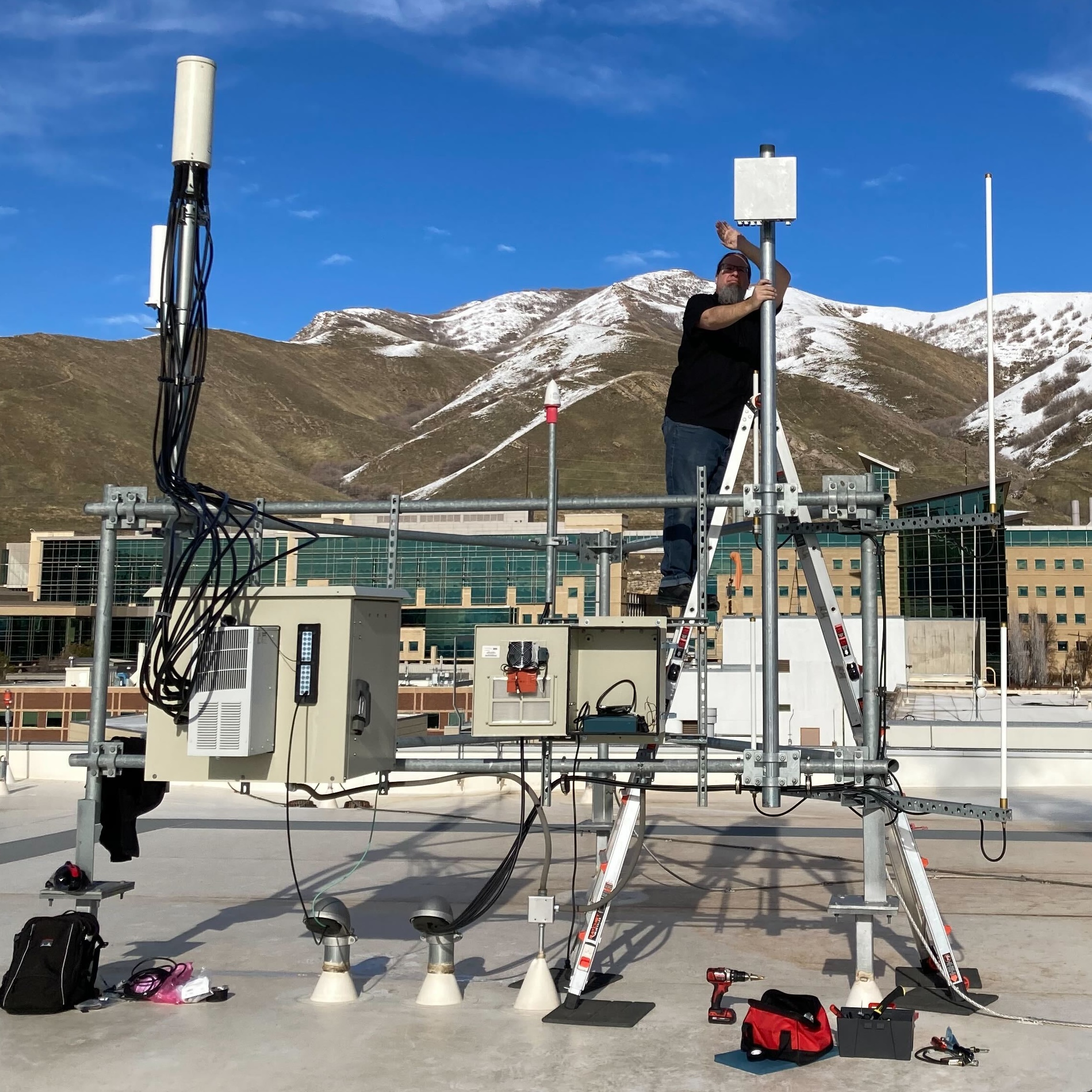
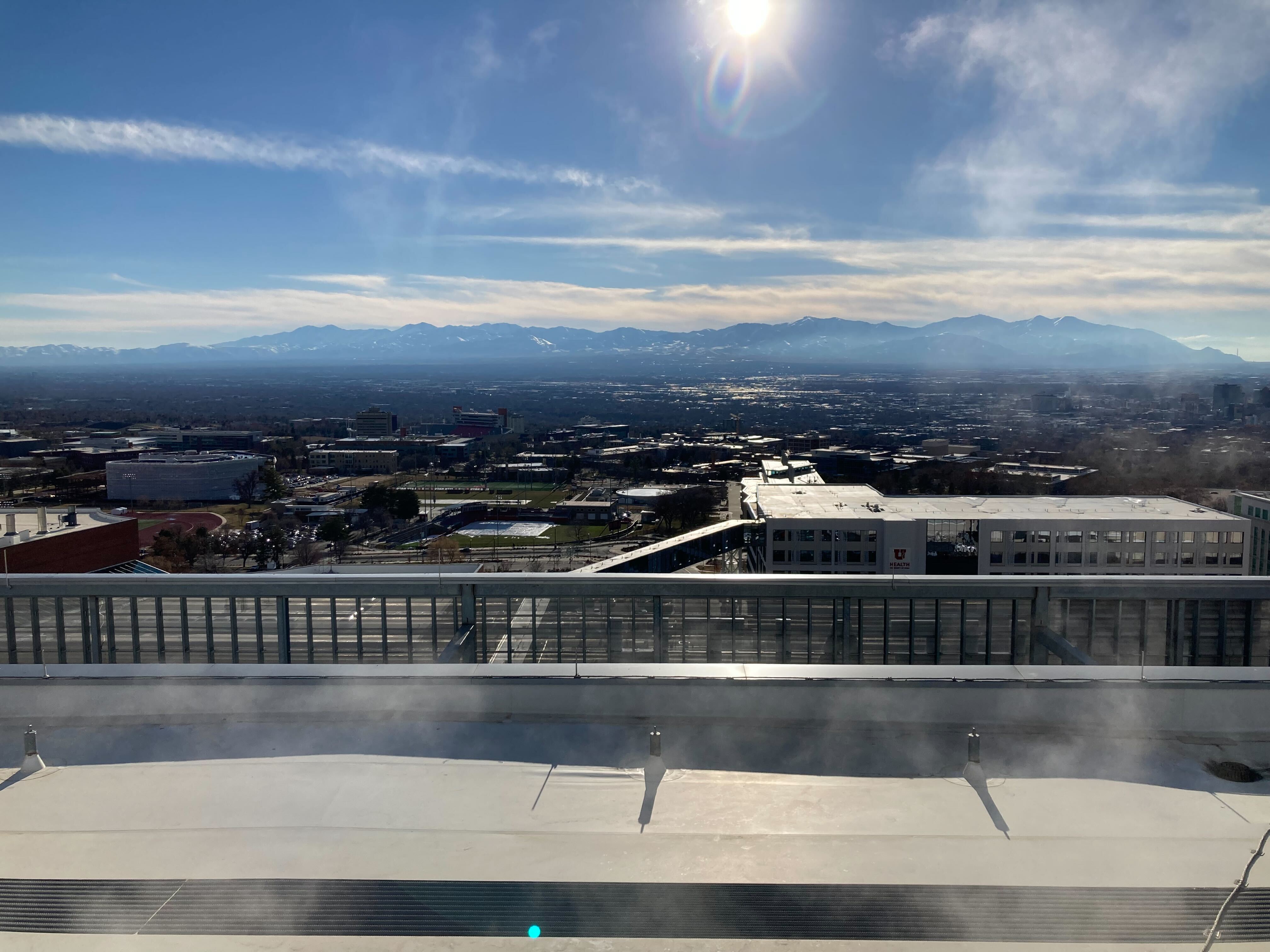
The POWDER team is collaborating with wireless technology leader, Mavenir, to build out a first-of-its-kind outdoor over-the-air 5G SA millimeter Wave (mmW) deployment on the POWDER platform for evaluation and testing. Overlooking the Salt Lake valley, the O-RAN 5G mmW SA solution powered by Mavenir’s O-RU, O-DU, O-CU and 5G Core is being tested against a number of CPE devices.
The testing is being undertaken as part of the POWDER O-RAN Open Testing and Integration Center (OTIC) at the University of Utah. The Open RAN system is hosted on the POWDER testbed, with the bulk of the footprint located on the university campus. User devices are distributed across campus and up to 5 kilometers away. Having deployed and integrated the Mavenir equipment and software, the POWDER OTIC will now provide automated end-to-end testing with its Test Orchestration and Test Automation (TOTA) framework.
The collaboration is an example of POWDER fulfilling its charter to support US based wireless technology development. This setup makes use of POWDER’s "BYOD testing model" whereby vendor equipment and software are "added to" the POWDER infrastructure to enable testing in a realistic setting. The use of POWDER’s FCC Platform Experimental License allows this collaborative effort the flexibility to test in FR2 spectrum in an over-the-air environment.
"The POWDER team is excited to collaborate with Mavenir to test their O-RAN 5G mmW SA solution in an over-the-air setup on POWDER. This collaboration will also allow us to exercise the POWDER OTIC TOTA framework in a new configuration", said Kobus Van der Merwe, Professor in the Kahlert School of Computing at the University of Utah and director of the POWDER platform.
BG Kumar, President of Mavenir’s Access Networks, Platforms and MDE, “This is a significant milestone for Mavenir and the industry. We are proving that 5G mmW can deliver ultra-fast and reliable connectivity for various use cases such as enhanced mobile broadband, fixed wireless access, and smart cities. We are excited to showcase our end-to-end 5G mmW solution, which leverages our cloud-native software architecture and open interfaces, to enable operators to deploy and scale 5G networks with agility and efficiency.”
The first photo shows the mmWave O-RU being deployed on the POWDER "Hospital Rooftop" location. The second photo shows the view from the same rooftop towards the Salt Lake valley where the CPEs are deployed at various POWDER locations.
POWDER is a mobile and wireless testbed funded by the National Science Foundation as part of its Platforms for Advanced Wireless Research (PAWR) program.
We are pleased to announce the general availability of three new 5G profiles targeting our outdoor Dense Deployment sites and COTS UEs deployed on our Mobile Endpoints.
These profiles deploy:
New profile links:
Updated 5G webpage:
Pleased to report that the broader "POWDER ecosystem" has a number of papers accepted for the 2024 IEEE DySPAN Symposium!
Paper titles and authors below:
POWDER PI, Kobus van der Merwe, took part in a roundtable discussion on the National Spectrum Strategy and the potential role of NSF PAWR platforms in realizing that strategy. The roundtable was organized by Mari Silbey of the PAWR Project Office (PPO) and included representation from all the PAWR platforms.
A video of the complete discussion is available here, and select excerpts from the discussion are available here.
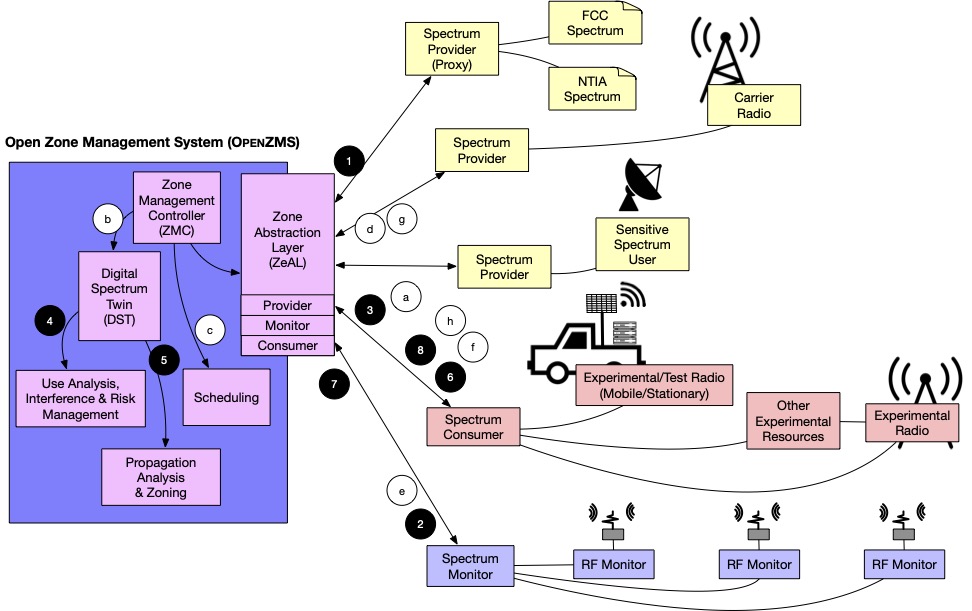
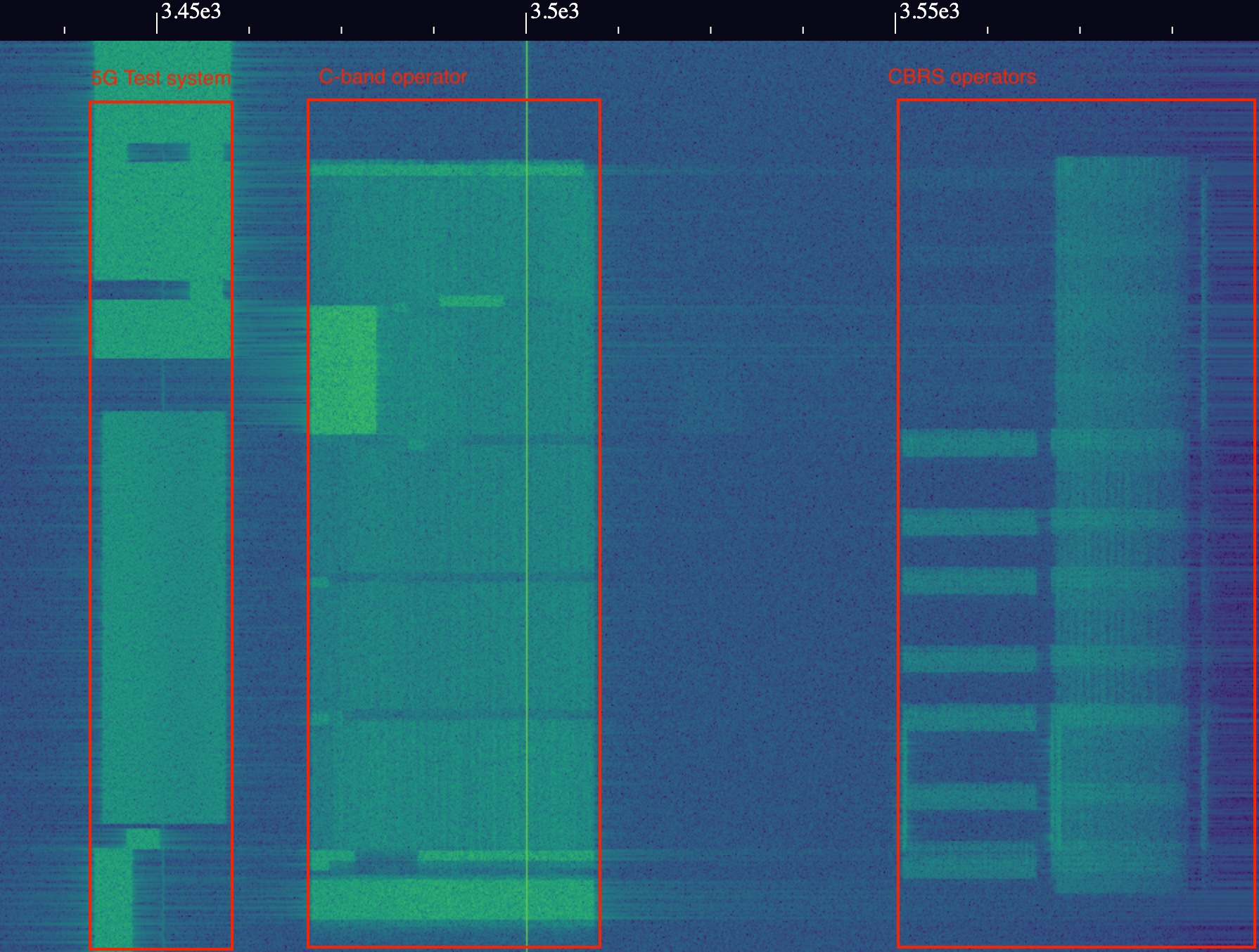
As part of our involvement in the NSF Spectrum Innovation Initiative (SII), the POWDER team has been collaborating with Washington University and Georgia Tech to create a Radio Dynamic Zone (RDZ) on the POWDER platform. One of the main goals of this POWDER-RDZ project (NSF awards 2232463, 2232464, 2232465) is to prototype an RDZ Zone Management System (ZMS) and to combine that with other POWDER building blocks to experiment with end-to-end RDZ workflows. This project reached a significant milestone this month when we completed what we believe is the first end-to-end RDZ workflow realization. The ZMS software we developed, called "OpenZMS", has been designed with a modular cloud-native architecture, makes use of digital spectrum twin (DST) technology and will be released as open source to serve as a foundational framework/building block for the RDZ community.
The first figure on the left shows the POWDER-RDZ architecture realized in the POWDER platform and its interaction with the OpenZMS. (Itemized circles are related to end-to-end RDZ workflows being explored.)
The second figure shows a spectogram of the outcome of an end-to-end POWDER-RDZ workflow. The figure shows two sets of incumbents (C-band operator and CBRS operators) and an operational 5G Test system in POWDER using spectrum allocated to it by the OpenZMS (so as to avoid the incumbents).
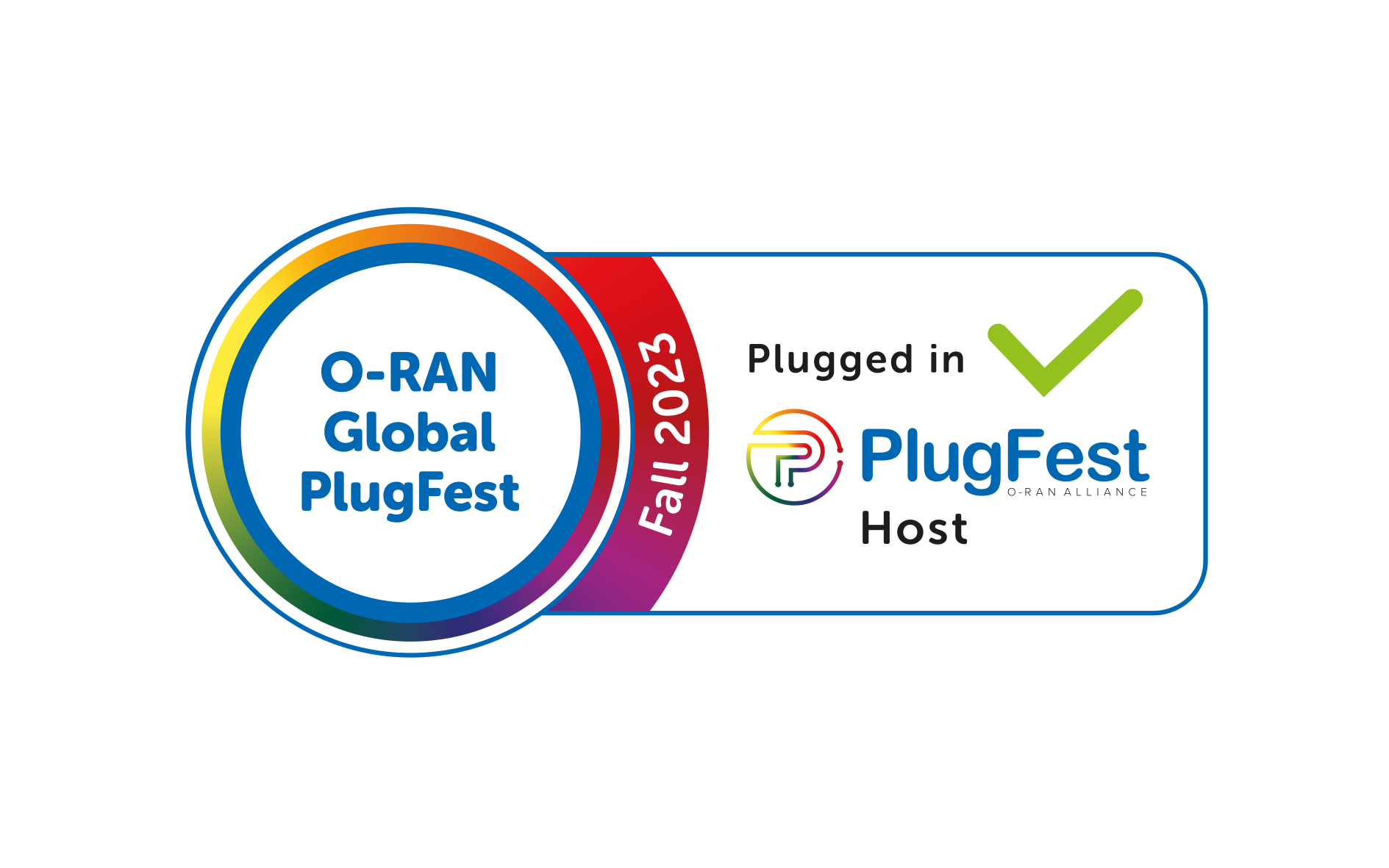
The POWDER OTIC once again supported the O-RAN Alliance Fall 2023 Global plugfest. A brief summary of the plugfest events, across Asia, Europe and North America, is included here, and the O-RAN Alliance has a Virtual Showcase of the event here.
The POWDER team supported a collaboration between Actiontec and Radisys who demonstrated the integration and performance on their O-RU/O-DU/O-CU systems utilizing the 7.2x split. Testing utilized COTS UE devices, along with a programmable RF matrix provided by POWDER, completing registration of the UE device(s), along with downlink / uplink peak throughput, and downlink / uplink aggregated cell throughput (cell capacity). Future testing is intended to address UE handover between multiple RUs and additional performance test cases.
The POWDER team continues to do testing with our newly acquired COTS RUs and the open source 5G stacks. This week we managed to to get the following end-to-end configuration operational: a Quectel COTS UE, a Benetel COTS RU (indoor), srsRAN DU and CU and open5GS core.
We are pleased to report that long time POWDER users from the University of Edinburgh in Scotland used the POWDER platform to evaluate their work that was accepted /published at the 2023 MobiCom conference and then received the Best Artifact Award at the conference!
The Edinburgh team, consisting of graduate students Jon Larrea and Andrew Ferguson, and their advisor Mahesh Marina, developed CoreKube a cloud-native mobile core design and implementation. They realized and evaluated 4G and 5G standard-compliant core network implementations using CoreKube. Their evaluation on POWDER showed that CoreKube efficiently processes control plane messages, scales dynamically while using minimal compute resources and recovers seamlessly from failures.
The team released their CoreKube work to the community as open source and have created instructions and a POWDER profile to instantiate CoreKube on POWDER.
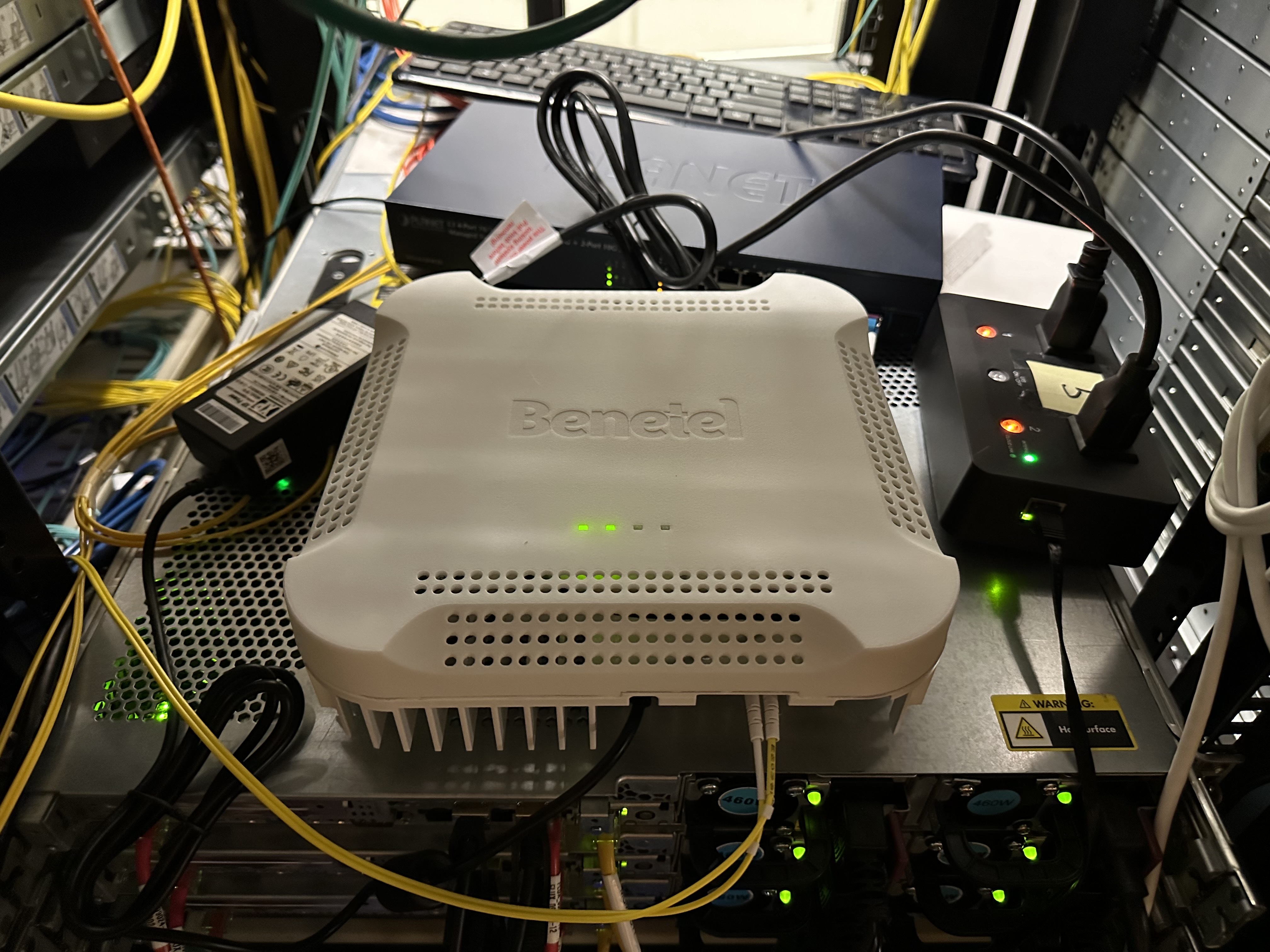
Pleased to report we have received our first COTS RU units from Benetel! We will be testing these with our open source 5G stacks and make them available to the POWDER user community. The photo to the left shows one of the indoor units in our lab for initial testing.

POWDER supported a long-distance C-band RF measurement study performed by the US Navy. The transmitter for the study was located at the POWDER "Behavioral rooftop" location (as a BYOD deployment), while the receiver was located "off site", approximately 37 km away. The POWDER team provided a horn antenna for the setup and designed a custom mount to facilitate the deployment of the transmitter. (See photo on the left.)

After a long "supply-chain-related" delay, we have received the ruggedized N310s that are meant to be the main experimental SDRs in our dense nodes!
We have done some initial lab testing and have also done a "test deployment" of the complete configuration in one of the dense nodes. (See photo on the left.) This configuration includes the RN310 with RF frontend as experimental equipment and using an RB210 as a compliance monitoring SDR.
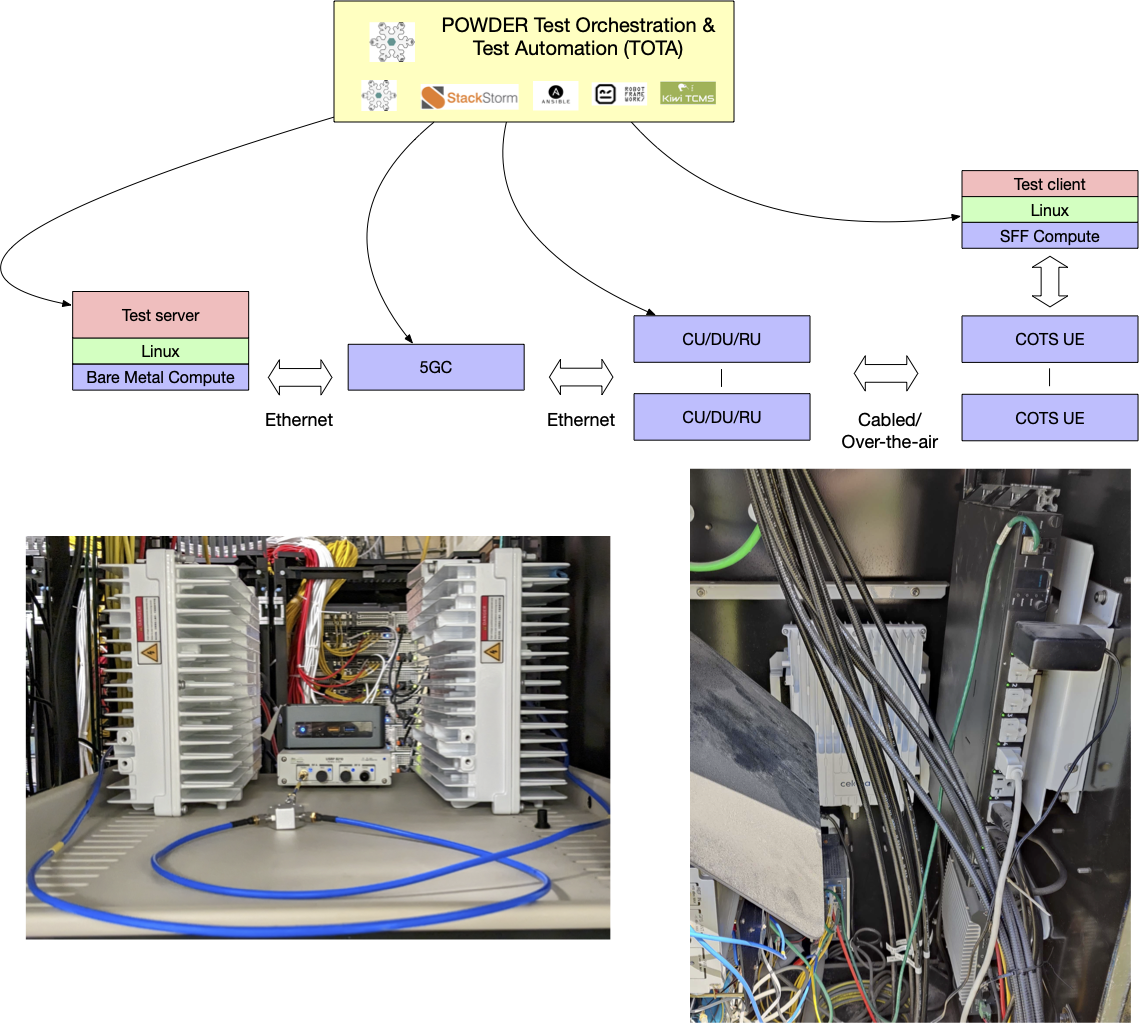
We are slowly but surely working with our vendor partners to apply the POWDER Testing Orchestration and Testing Automation (TOTA) framework to both lab and field testing configurations.
The top part of the figure shows the logical end-to-end 5G test setup, while the bottom figures show a lab setup (on the left) and the same equipment deployed in a POWDER dense-node for field testing (on the right). As suggested by the logical test setup, the TOTA framework applies to both configurations.
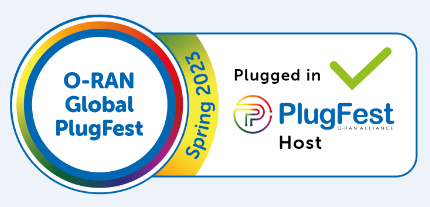
The internal readout of the O-RAN Alliance Global Plugfest Spring 2023 took place during the week of June 5th 2023. The O-RAN Alliance is distilling material from this internal readout into its Plugfest Virtual Showcase for public release. A brief summary of the plugfest events, across Asia, Europe and North America, is included here.
The POWDER team supported a collaboration between Wind River and Fujitsu, who demonstrated O-RAN orchestration use cases over the O2 interface between Wind River Studio O-Cloud and Fujitsu's Virtuora SMO. POWDER enabled low-level hardware customization for Wind River's cloud, and Fujitsu deployed their SMO using POWDER's turnkey OpenStack installer to obtain virtual resources.
POWDER took part in the NSF-funded Midscale Experimental Research Infrastructure Forum (MERIF) workshop in Boston, May 22-24 2023.
In addition to providing an update on the POWDER platform, the POWDER team presented a hands-on tutorial on Open RAN, a tutorial on using POWDER for mobile networking education (using the end-to-end open source 5G stack from OpenAirInterface), and demonstrating POWDER Testing Orchestration and Testing Automation (TOTA) and 5G use cases in POWDER!
We were also very pleased to include presentations from two POWDER users, Kazi Mubasshir (Purdue University) and Alicia Morel (University of Missouri), in our update! Thanks for using POWDER!!
Our ambitions to become the North American OTIC in Salt Lake City (POWDER) took a big step forward when we formally presented our application to the O-RAN Alliance Testing and Integration Focus Group (TIFG) on May 17th.
Very happy to report that our application was recommended for approval by the TIFG chairs and is now awaiting O-RAN Alliance Executive Committee and Board approval!
We are very pleased to announce that through our continued collaboration with Keysight Technologies we have obtained access to a number of Keysight's Open RAN software testing tools!
More details provided here.
Attendees of the 2023 POWDER-RENEW Mobile and Wireless Week executed 22 "mini-projects" during the week and presented their progress and results on the last day.
The best three mini-projects (as selected by the MWW attendees) were:
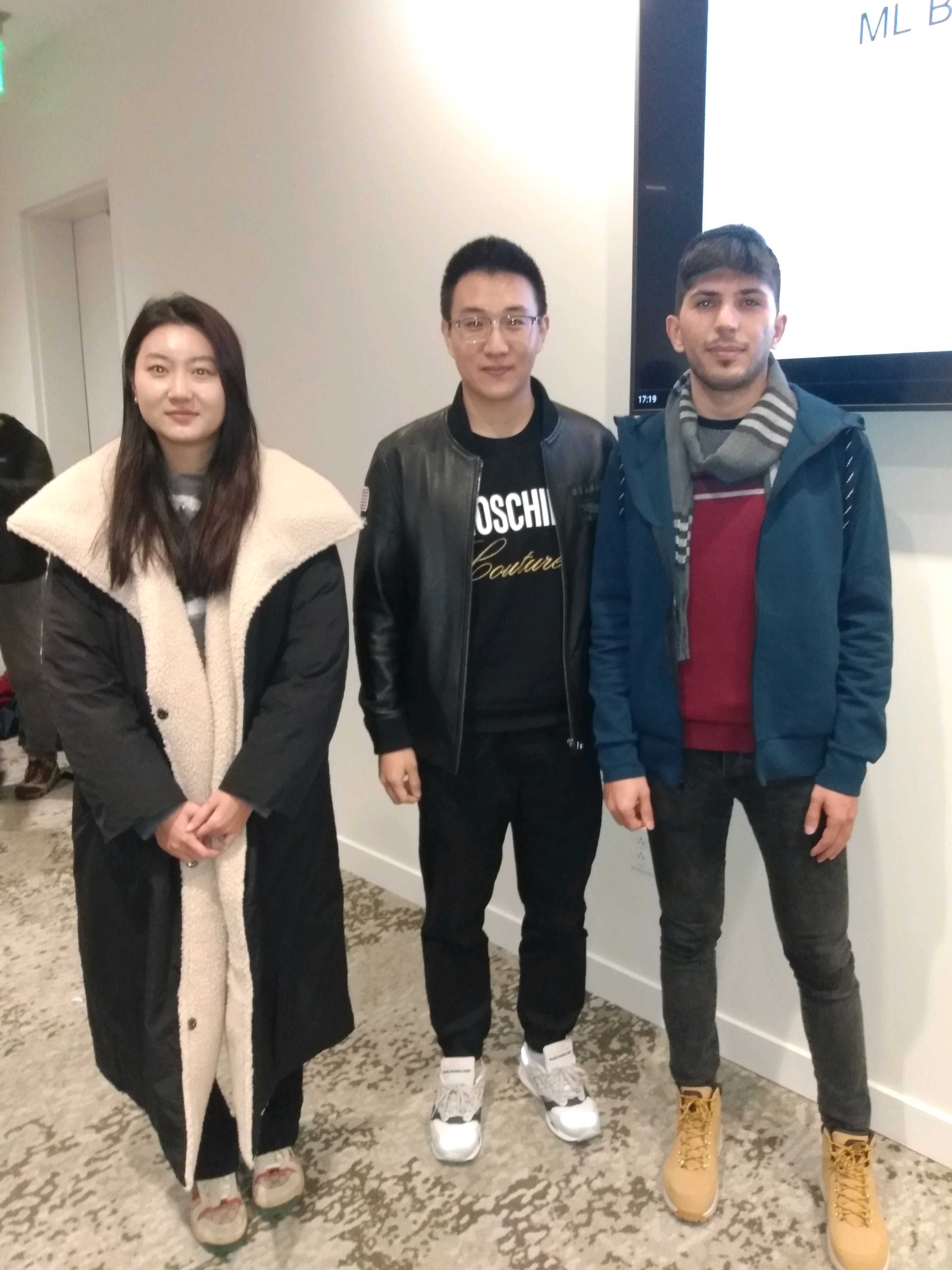
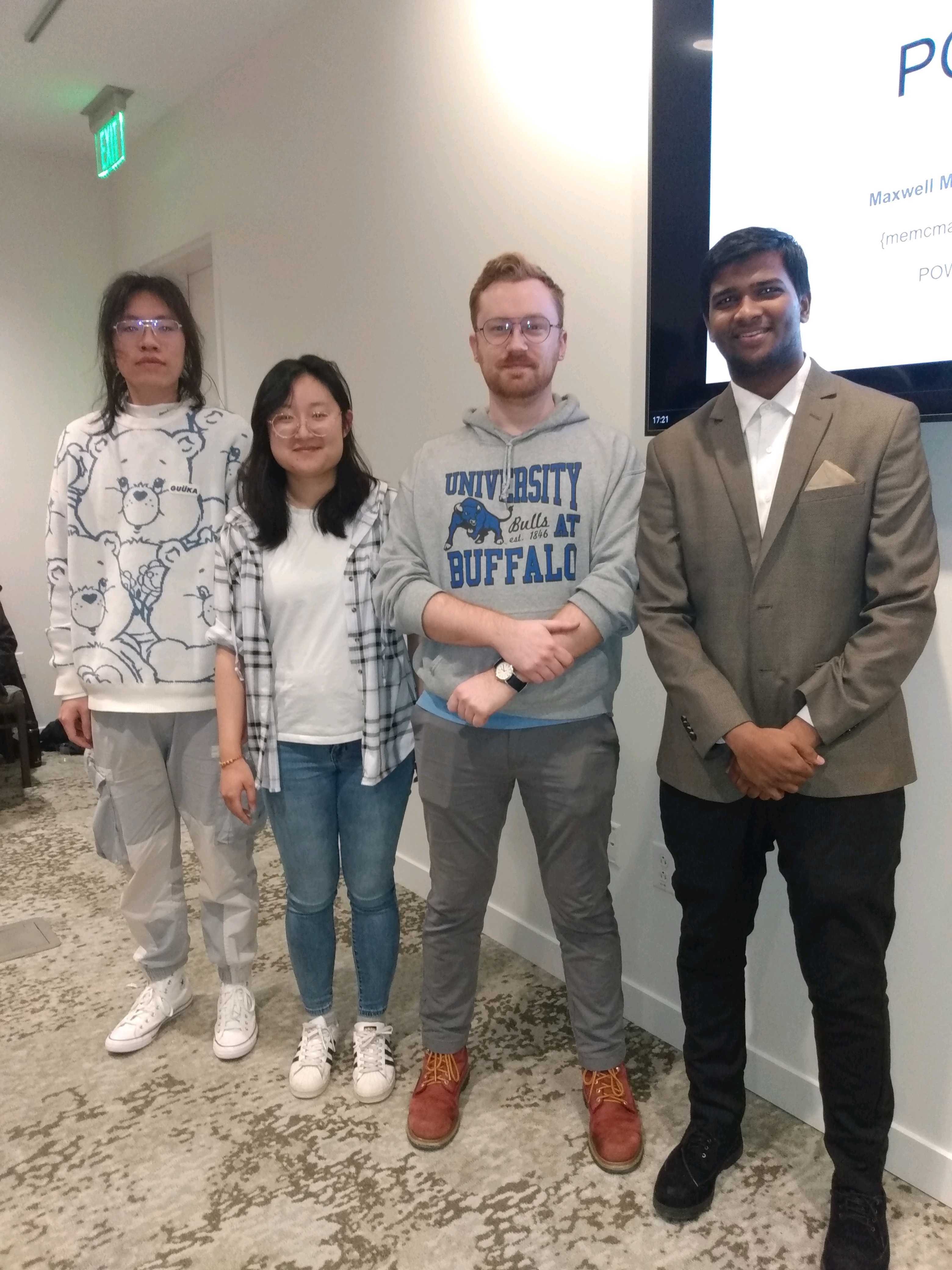
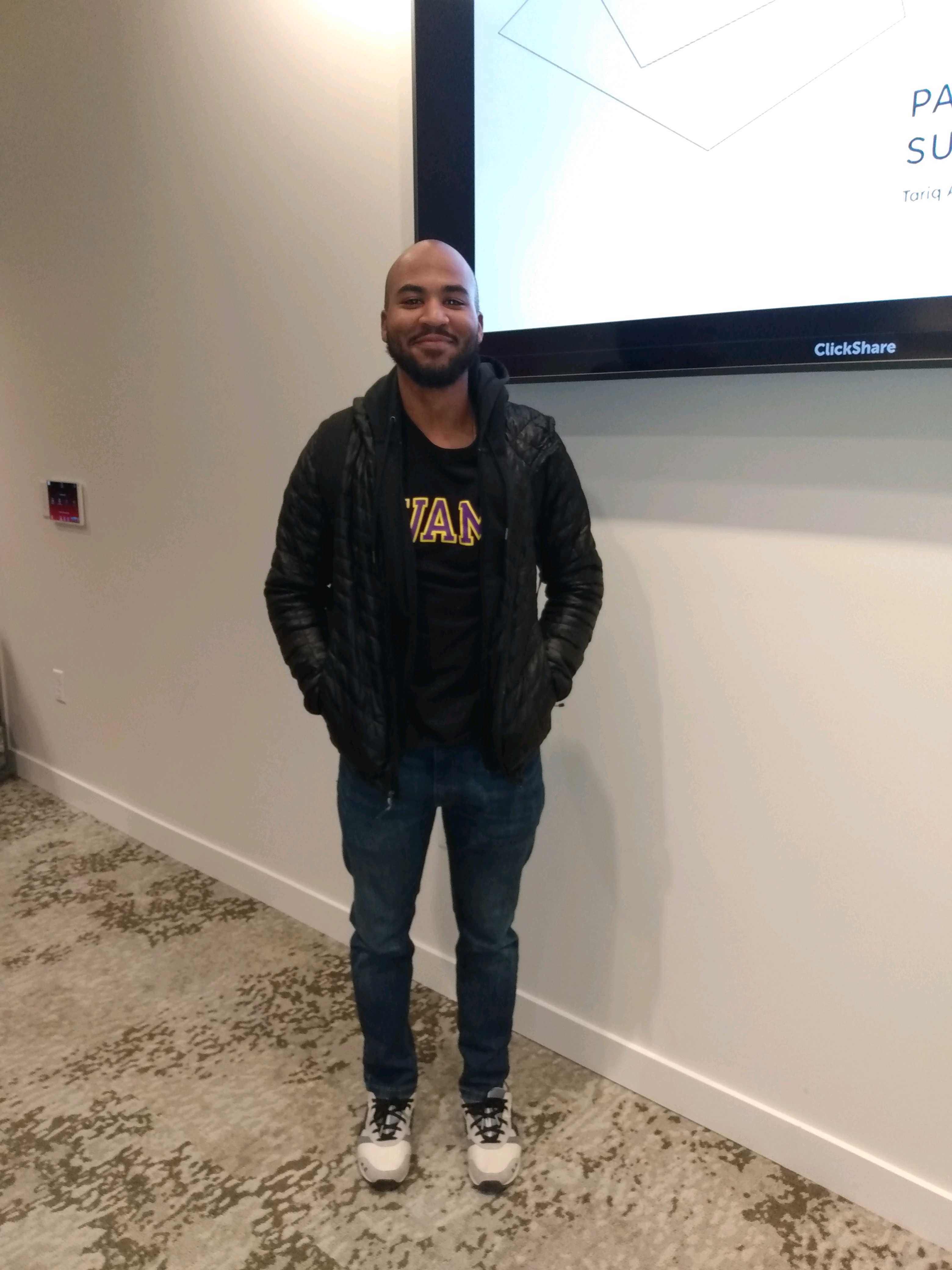
We were very pleased to host the first POWDER Open Day at the University of Utah on January 26th 2023!
The Open Day was specifically aimed at representatives from industry, national labs, government agencies etc., who have an interest in "5G and Beyond", Open RAN, Spectrum Sharing and related topics.
Attendees were provided with an overview of the POWDER "ecosystem" (the POWDER platform, the POWDER Radio Dynamic Zone (RDZ) and the POWDER Testing Orchestration and Testing Automation framework), a tour of the POWDER facility and several live demos, including a demonstration of the the OpenAirInterface 5G open source stack operating over-the-air on the platform.
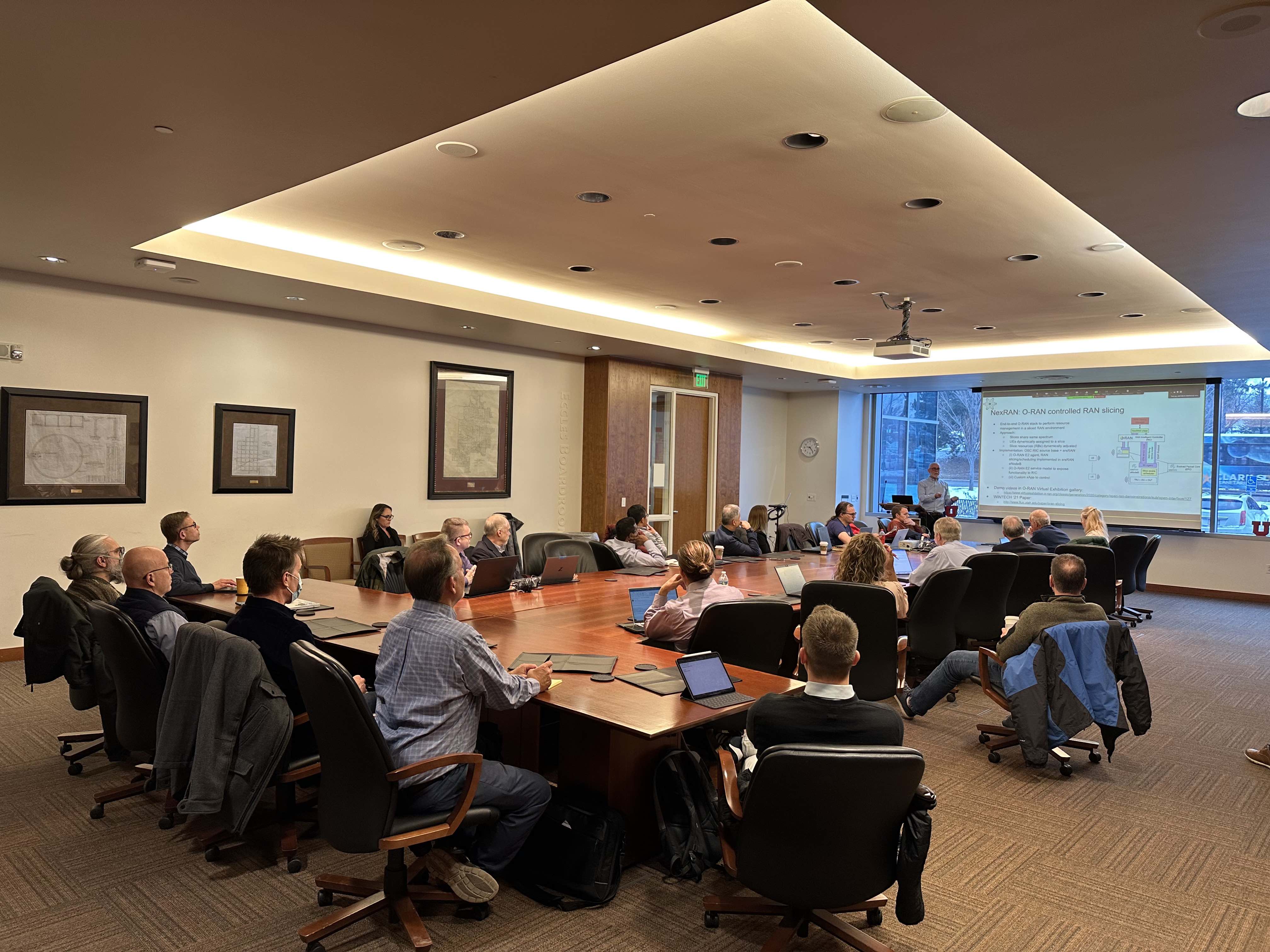
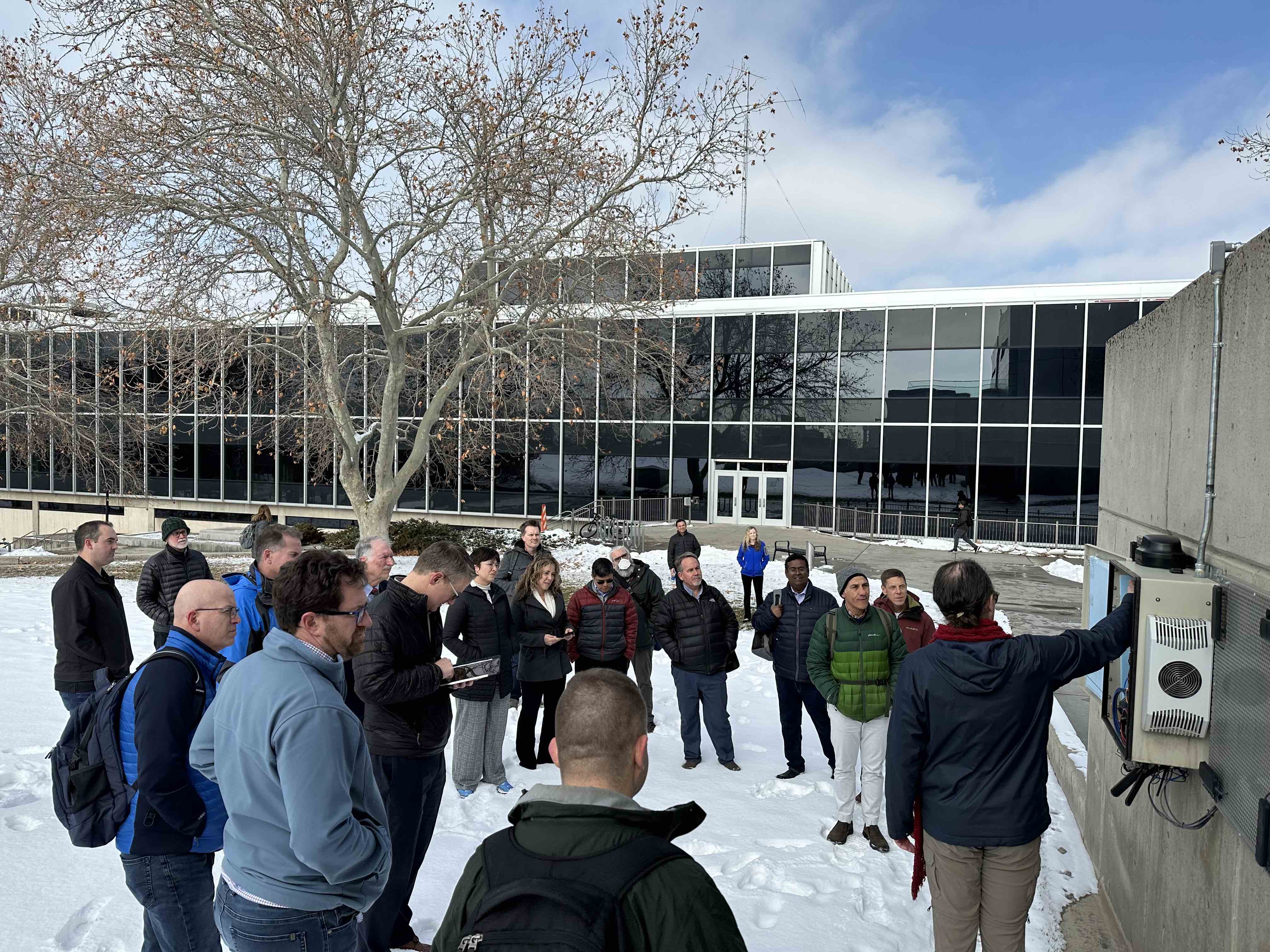
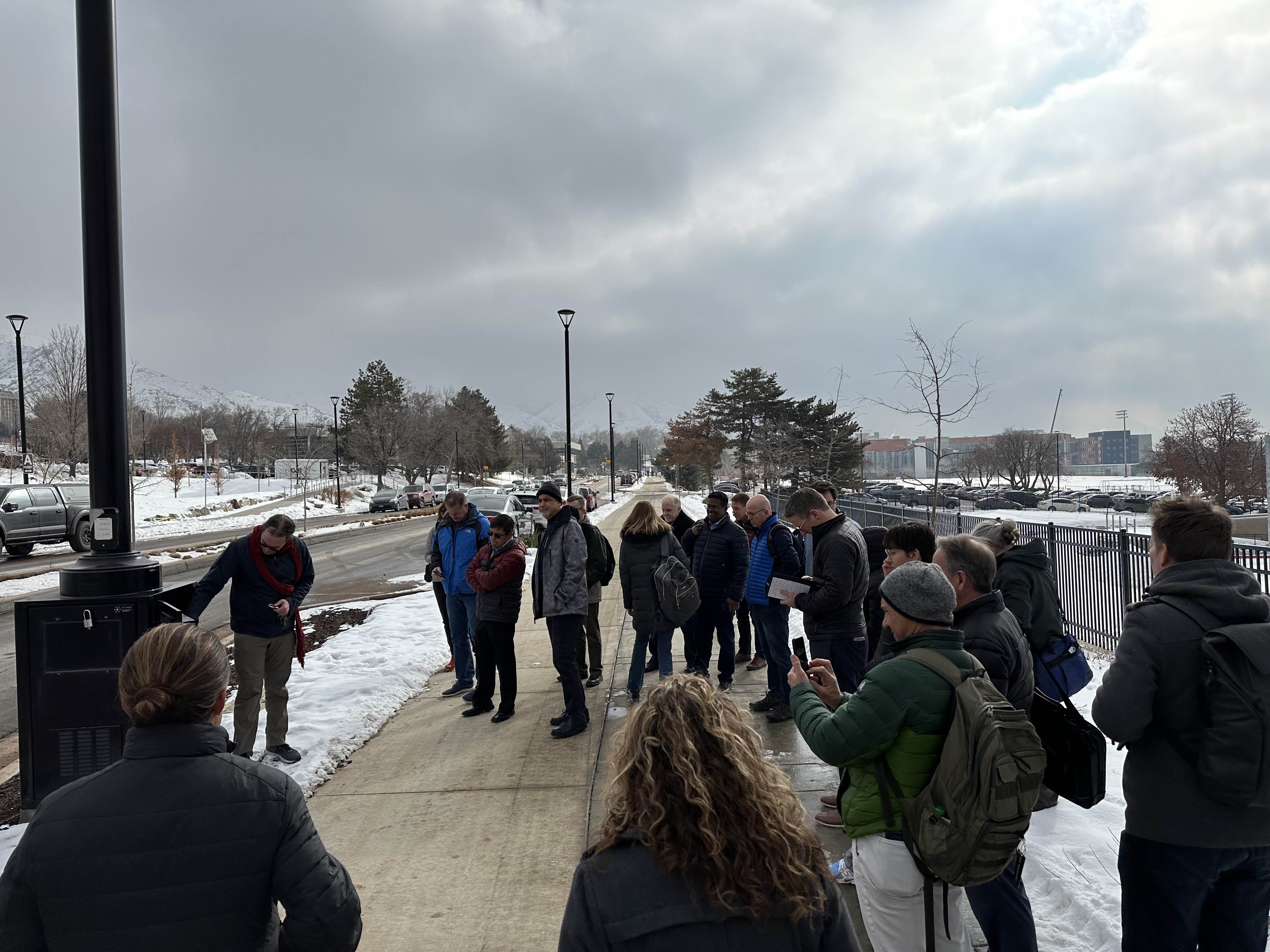
Mobile Wireless Week 2023 is underway!
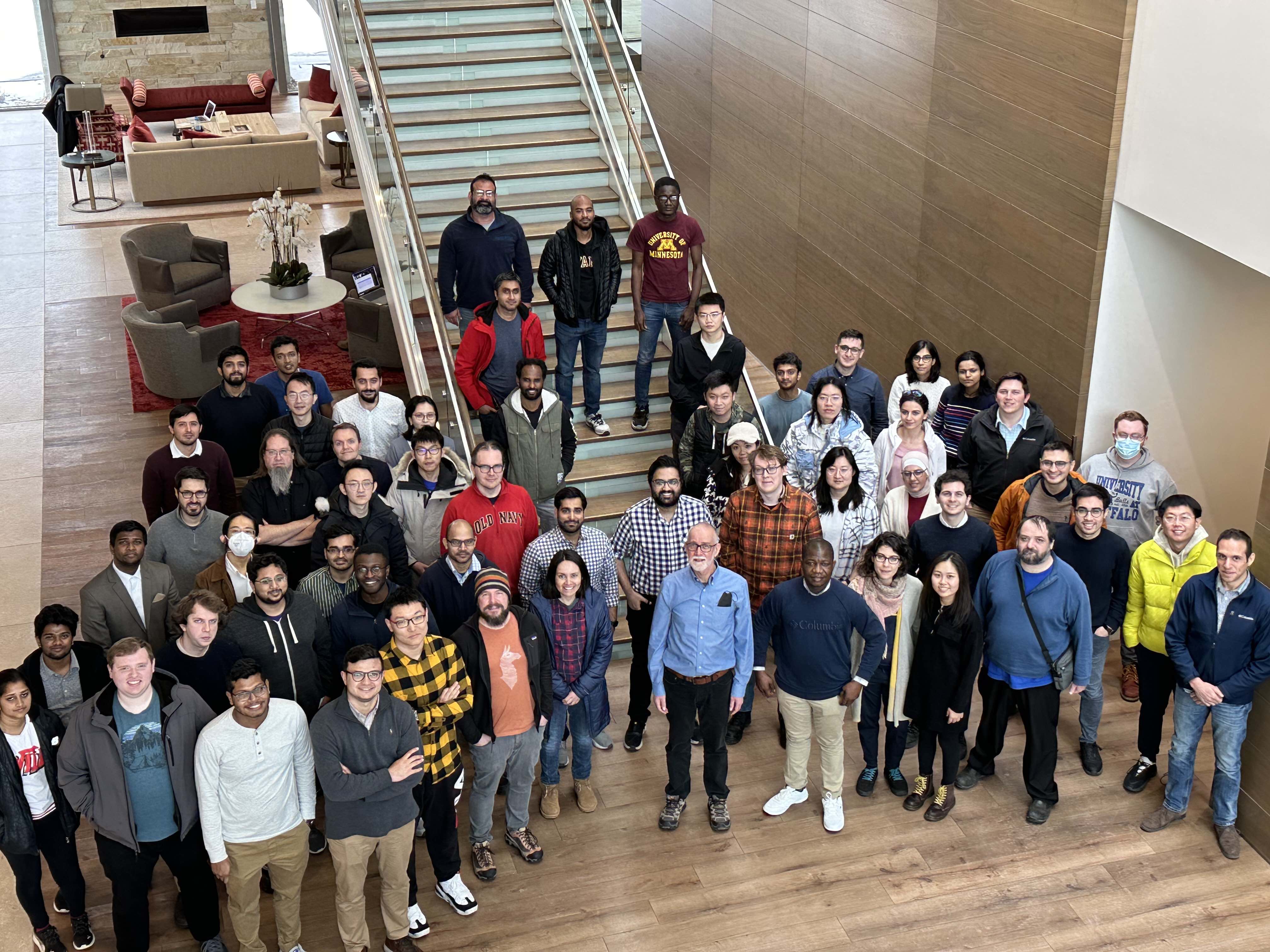
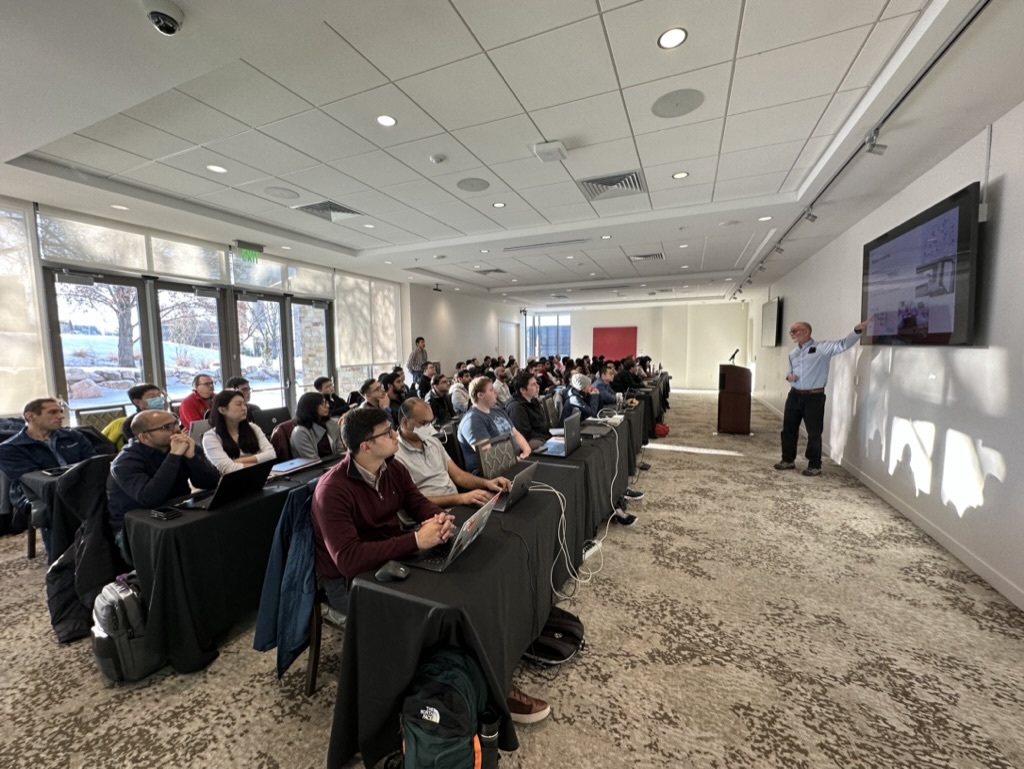
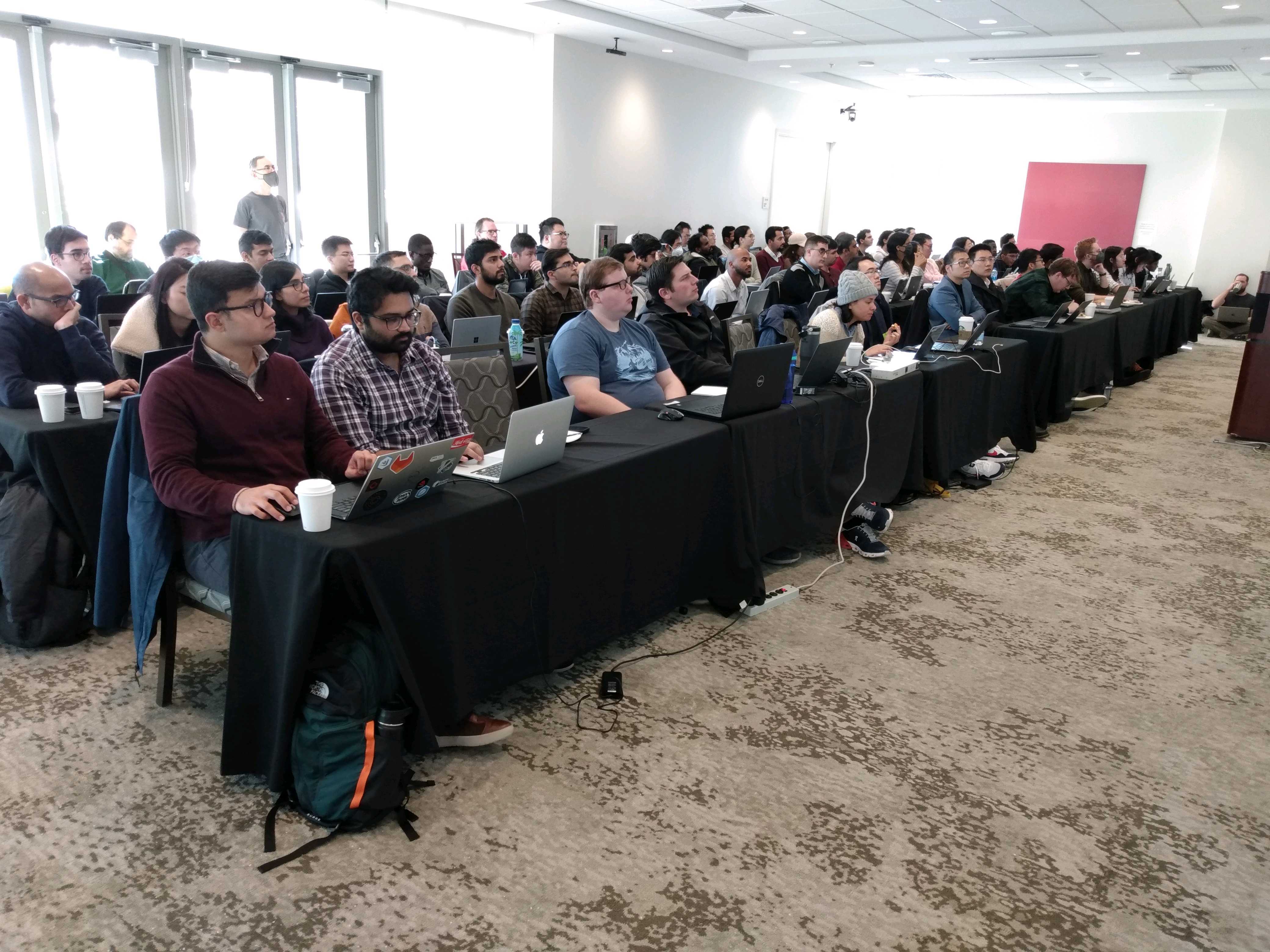

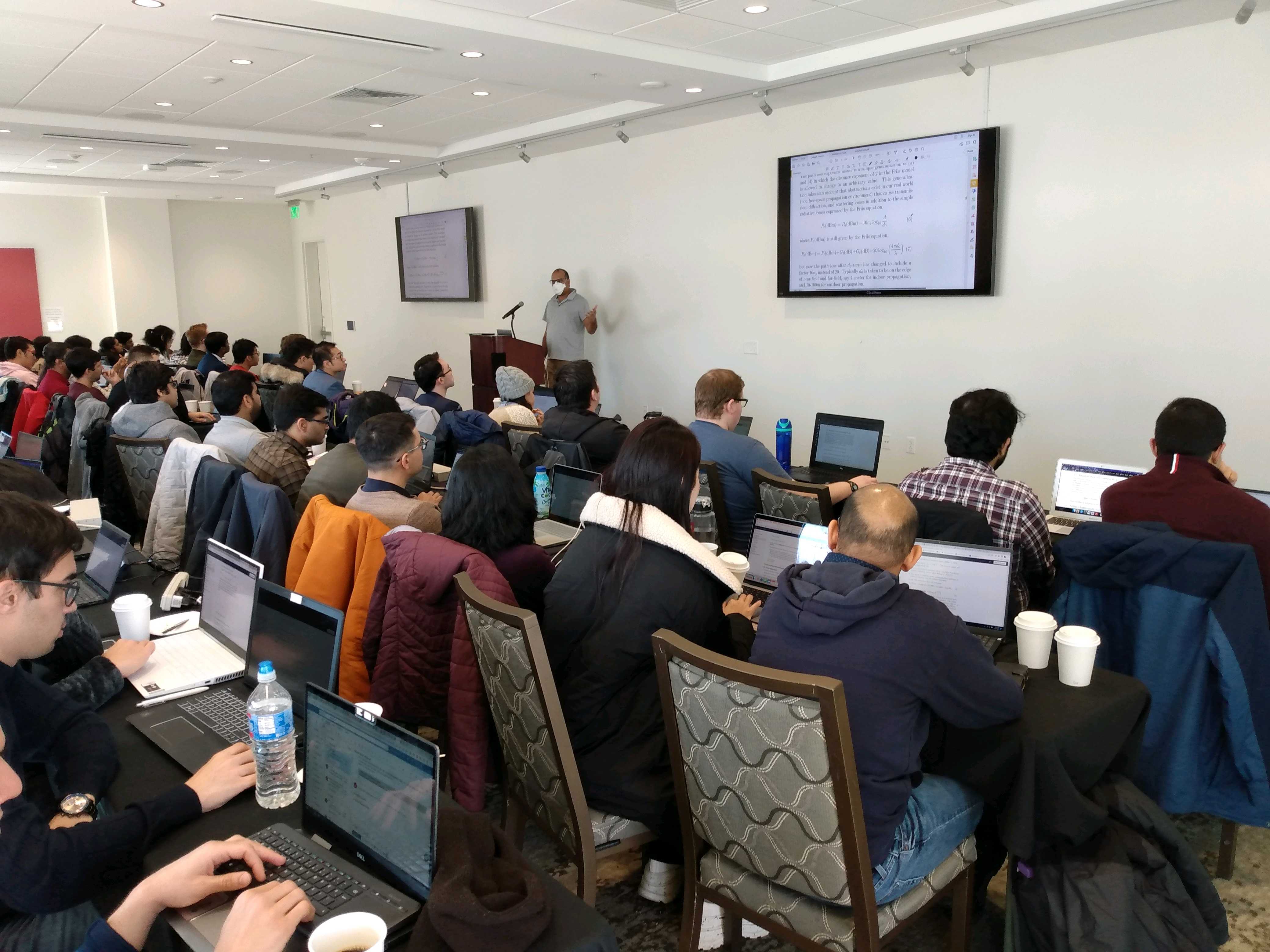
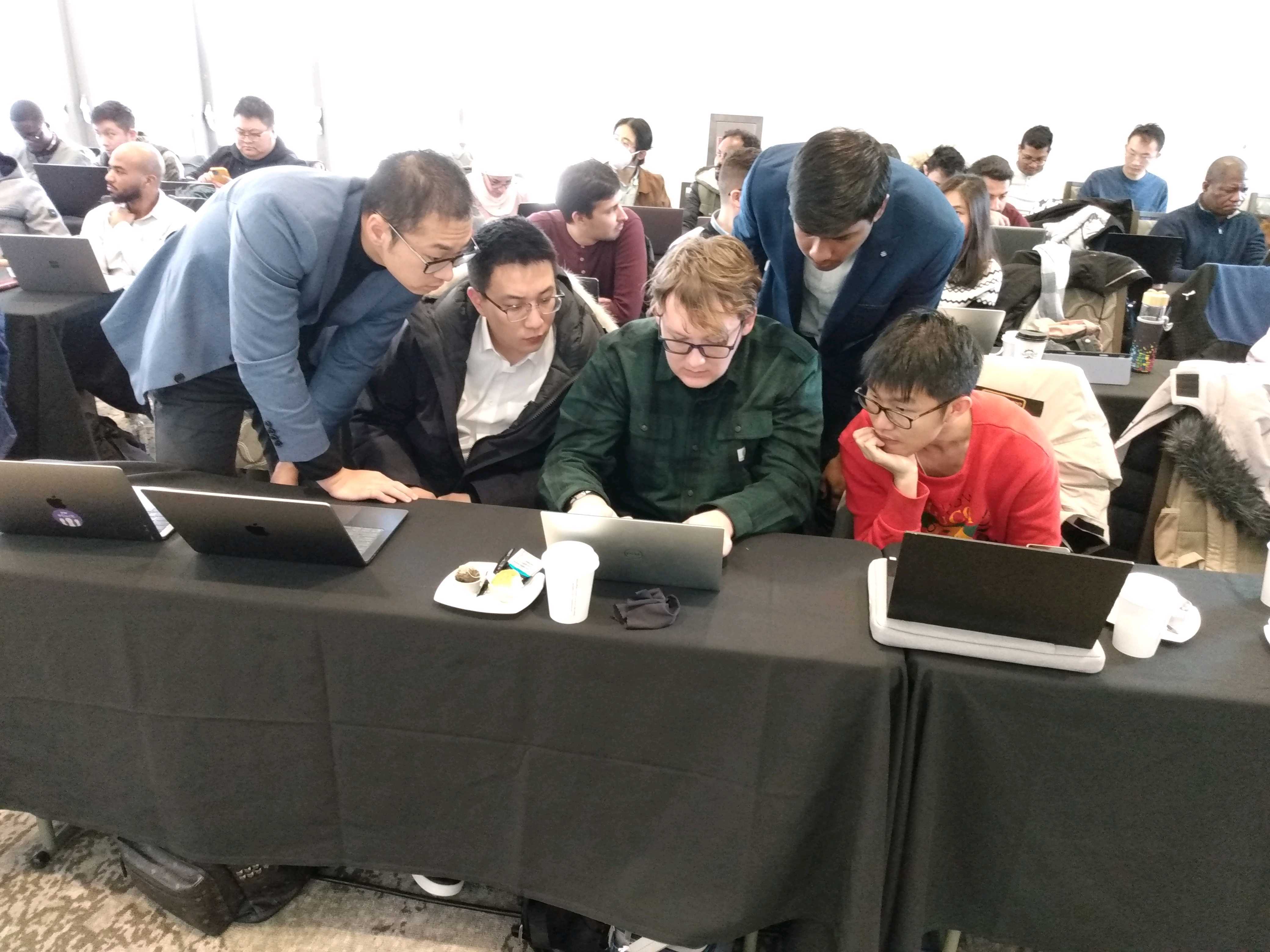
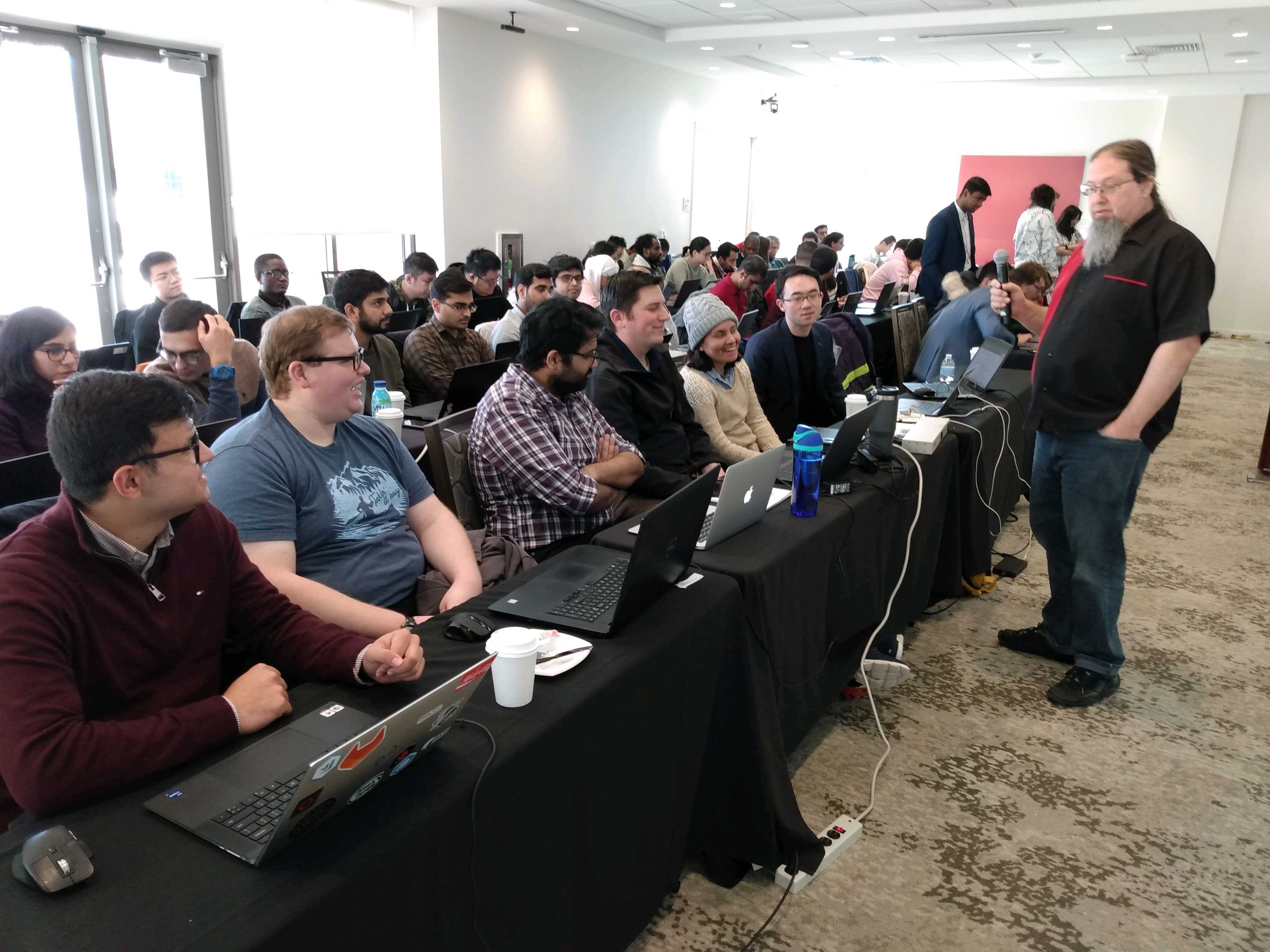

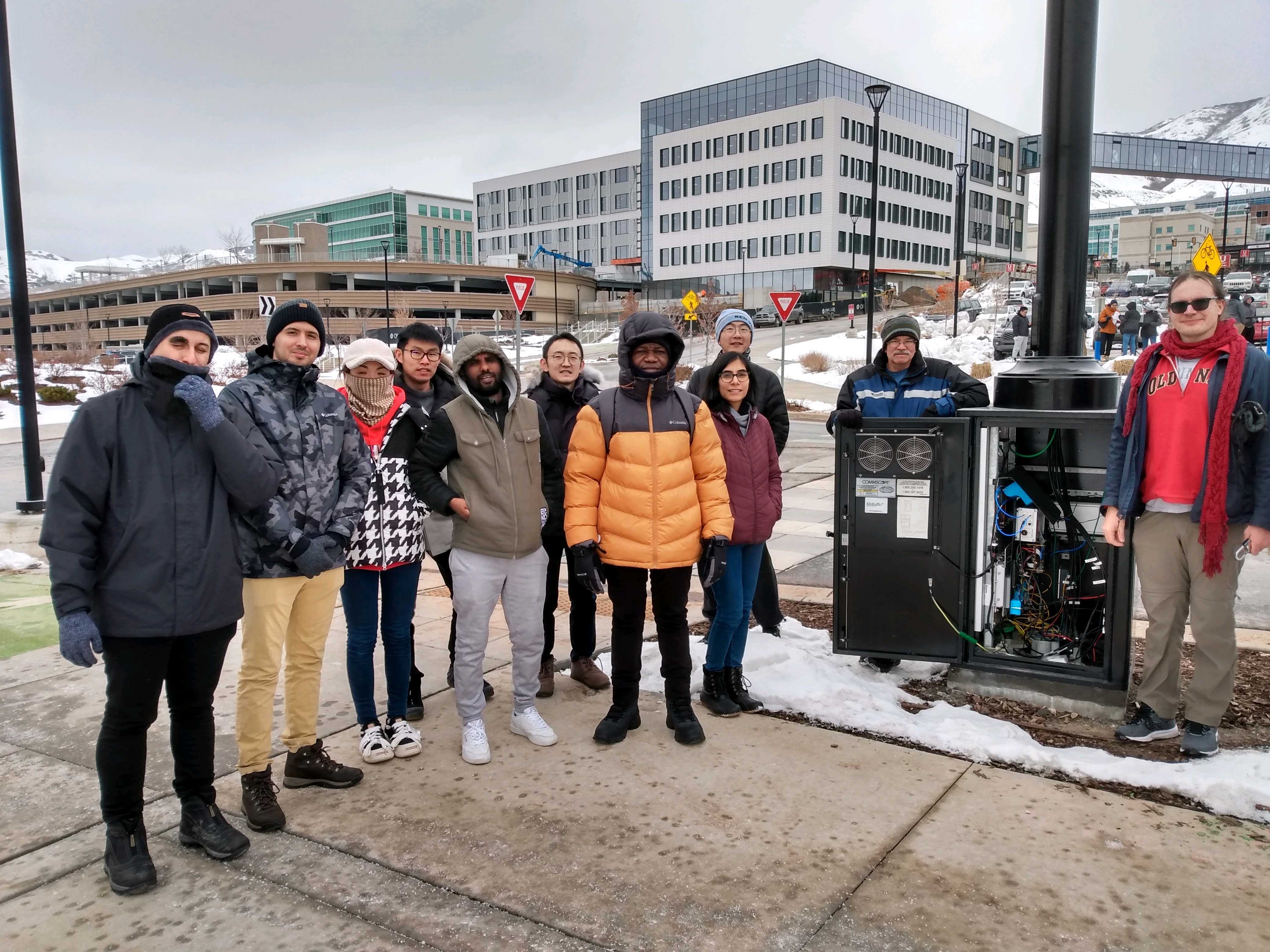
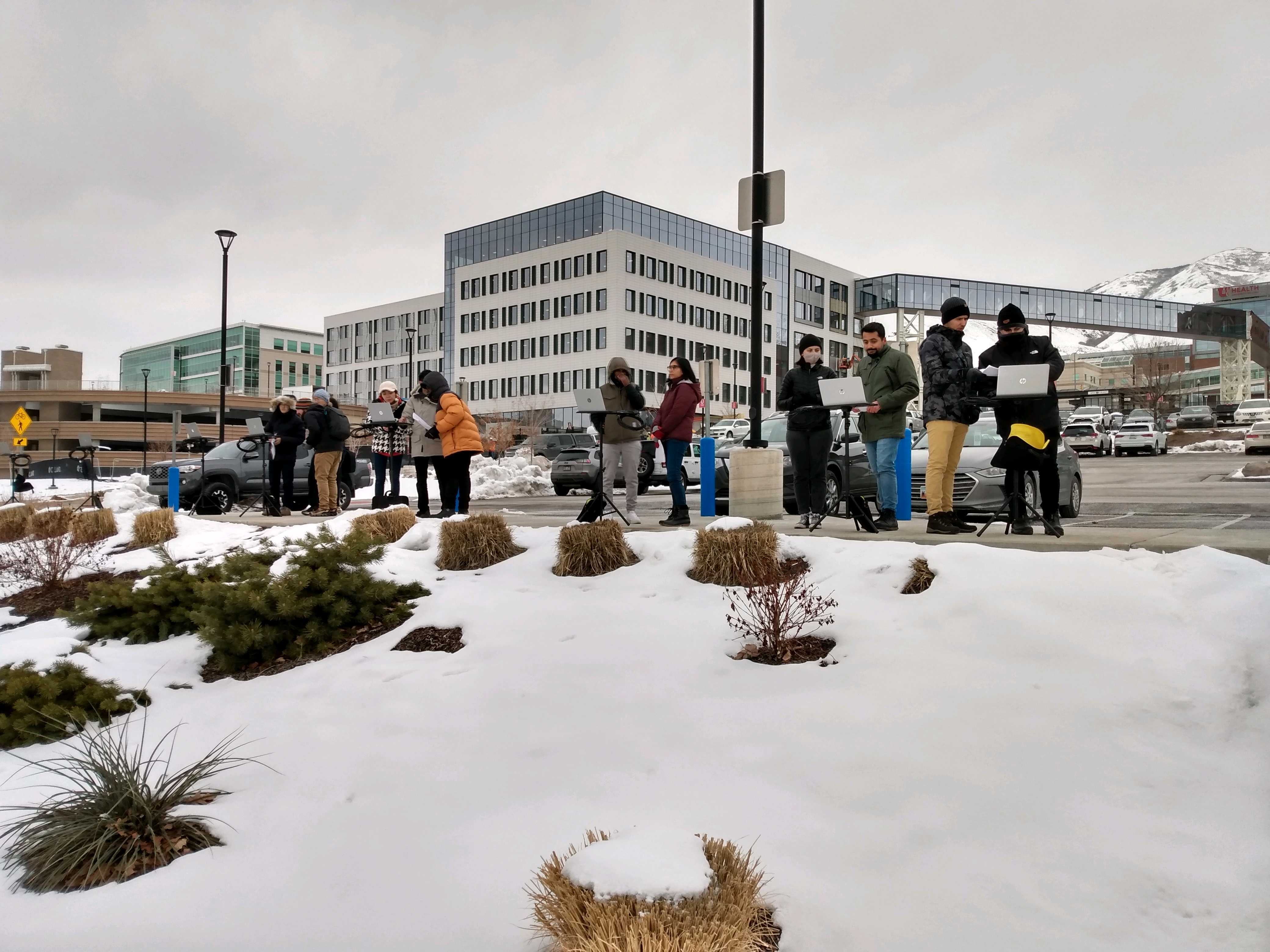
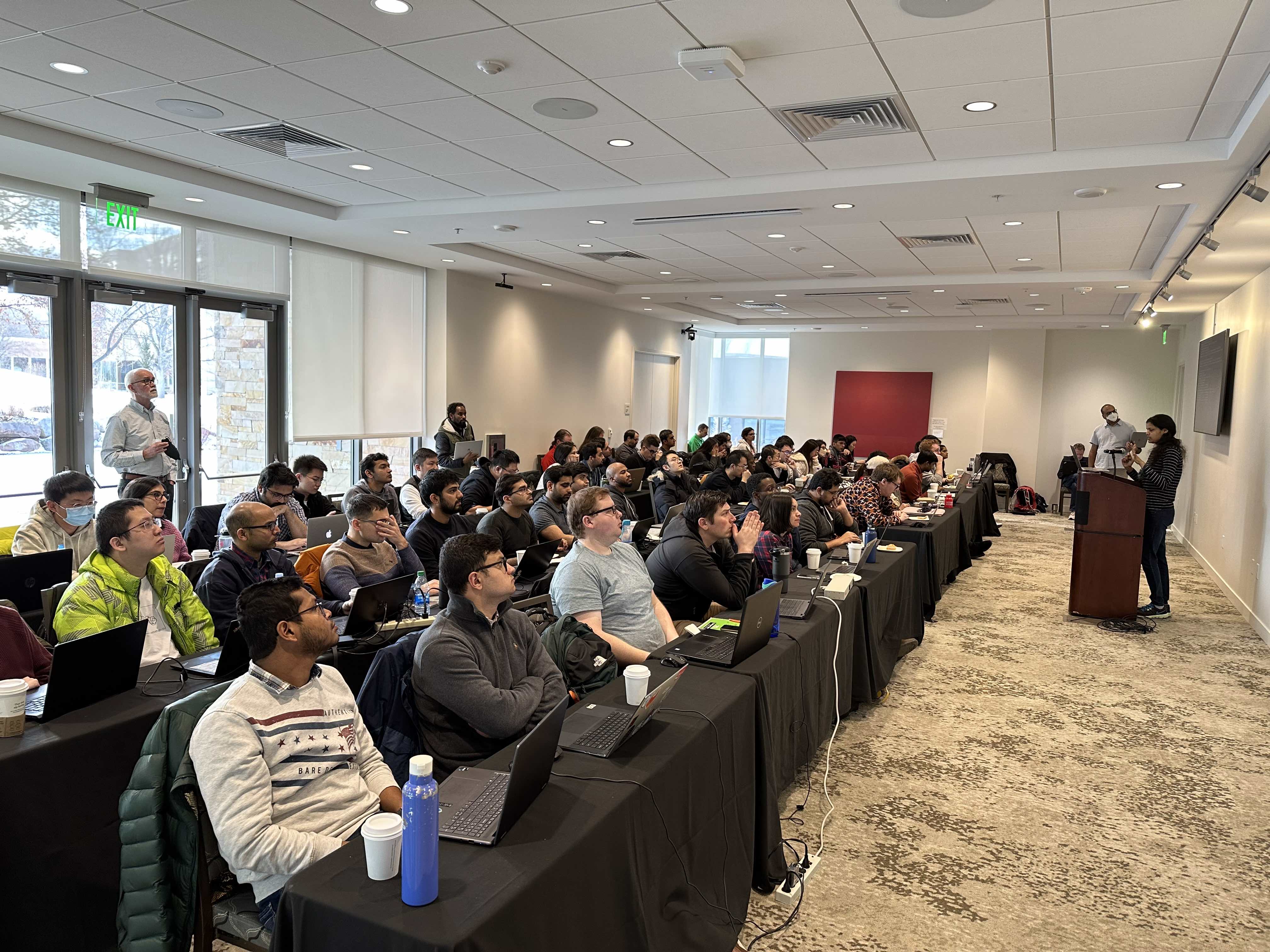
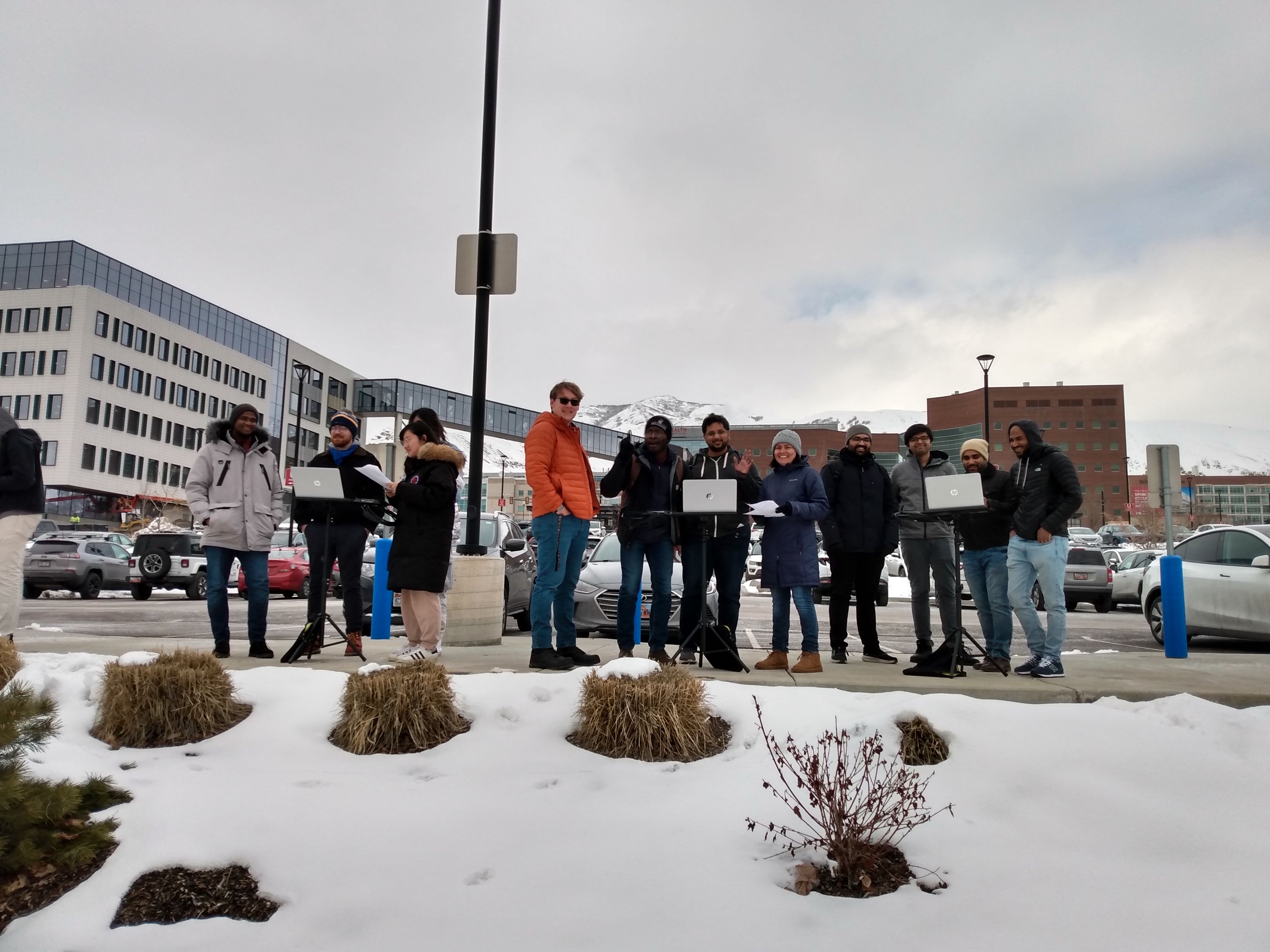
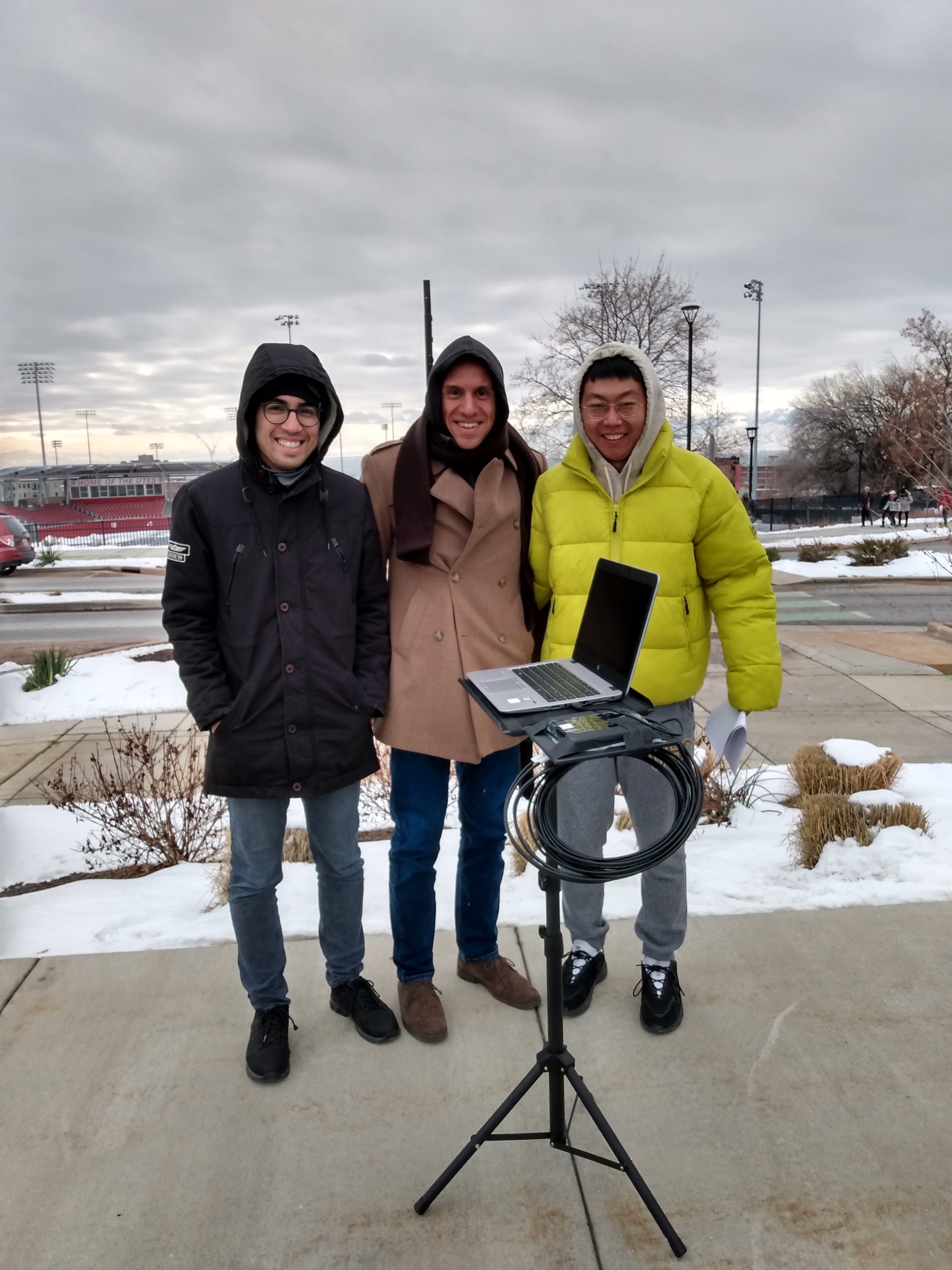
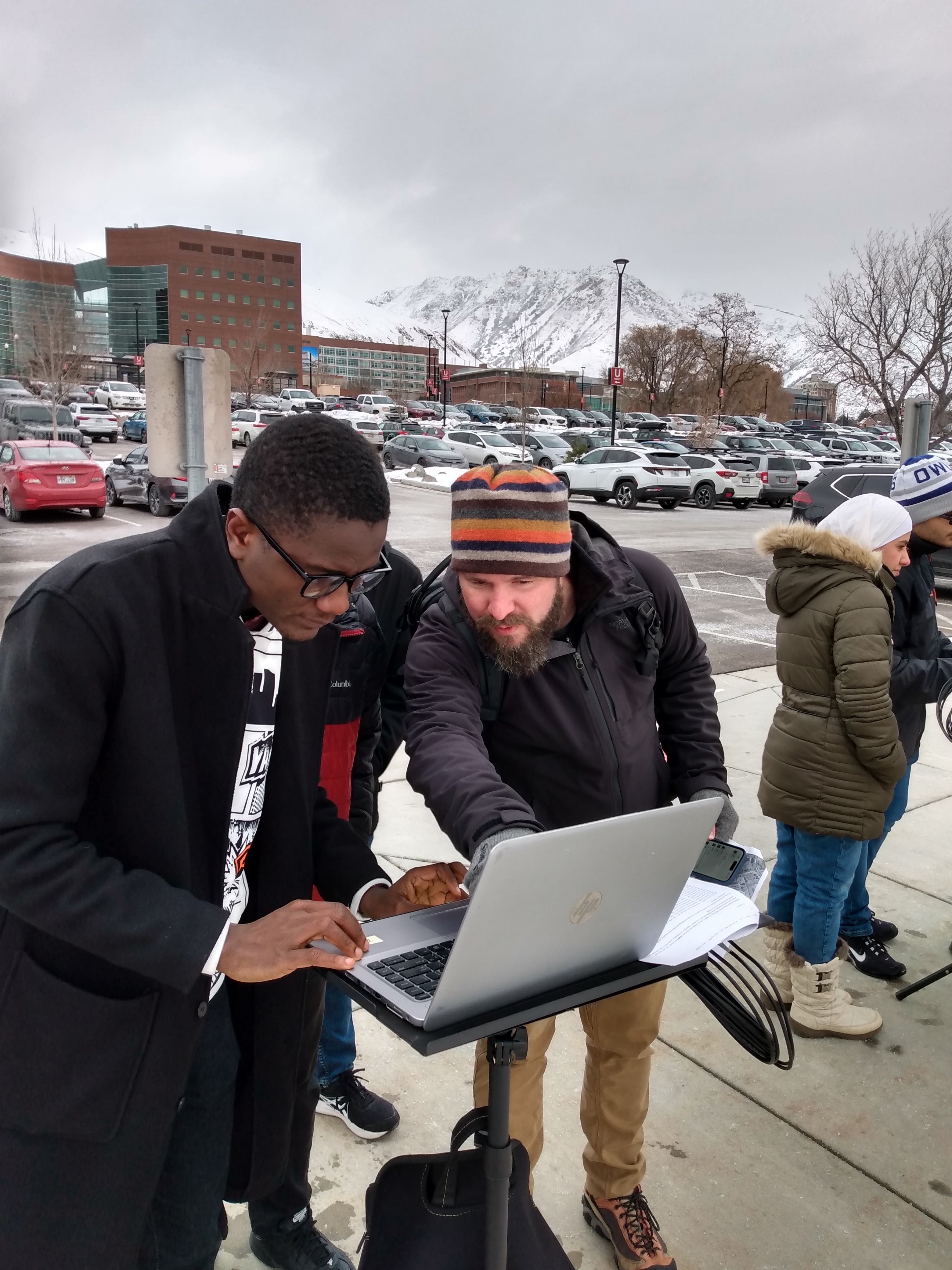
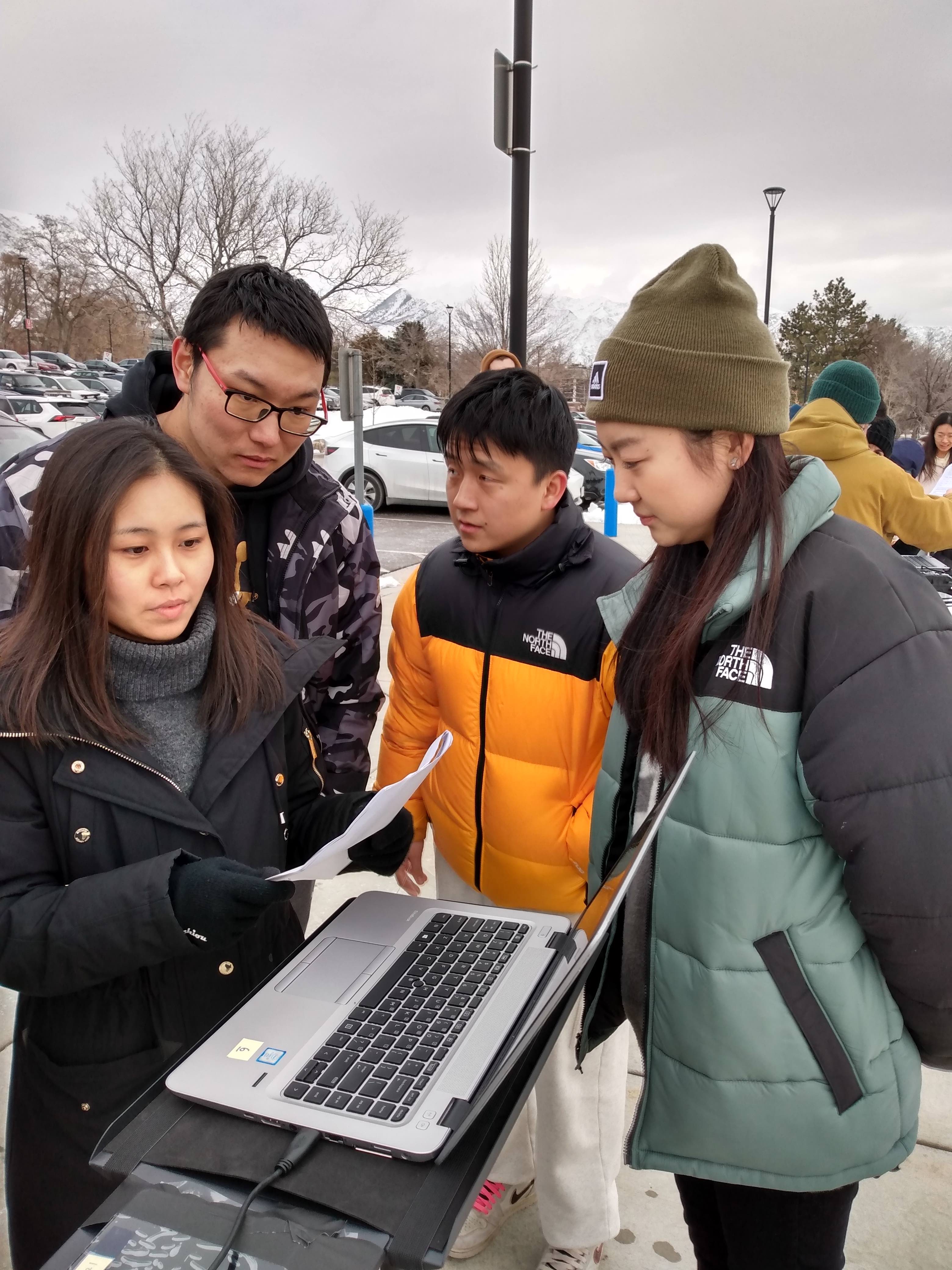
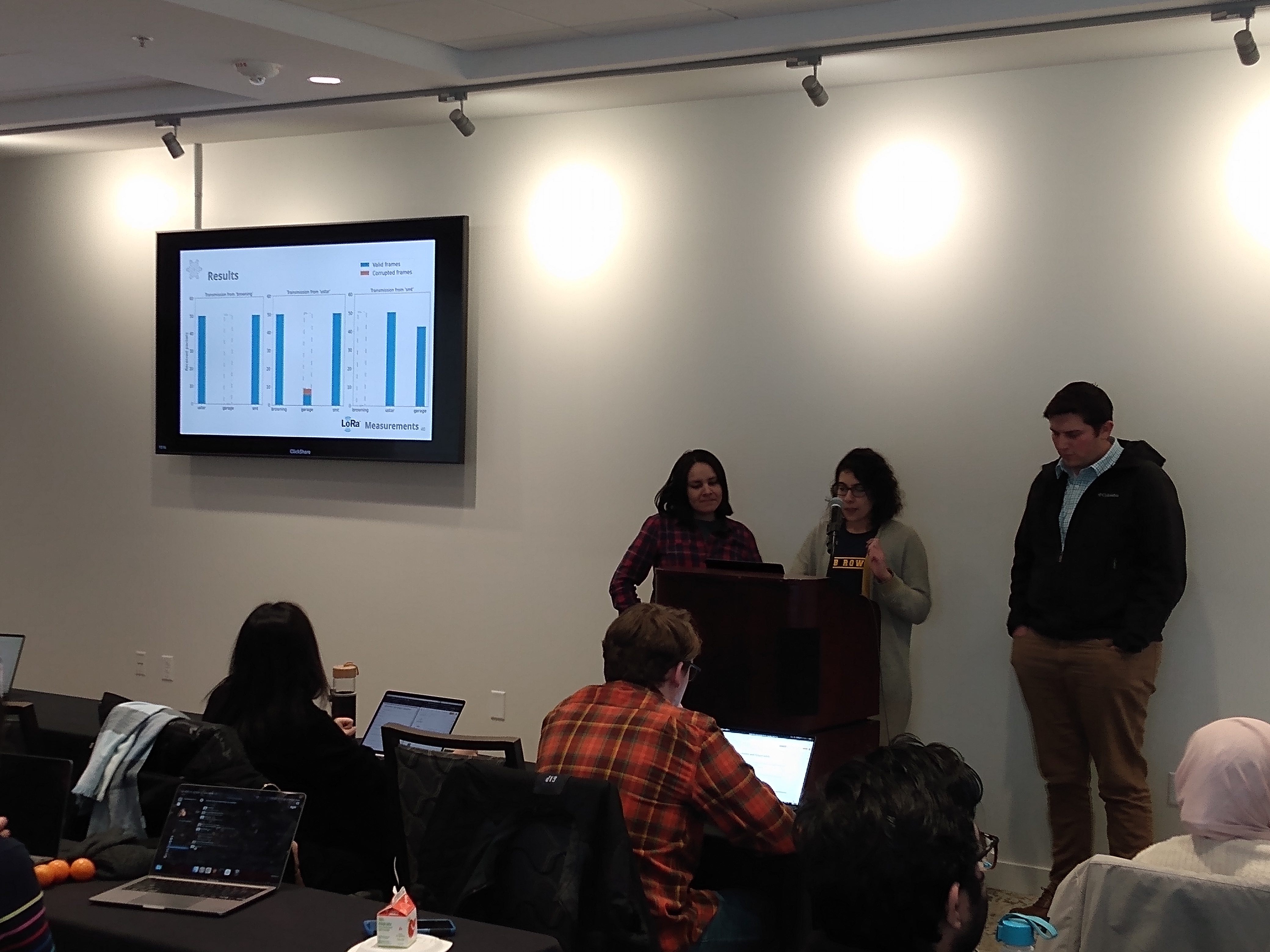
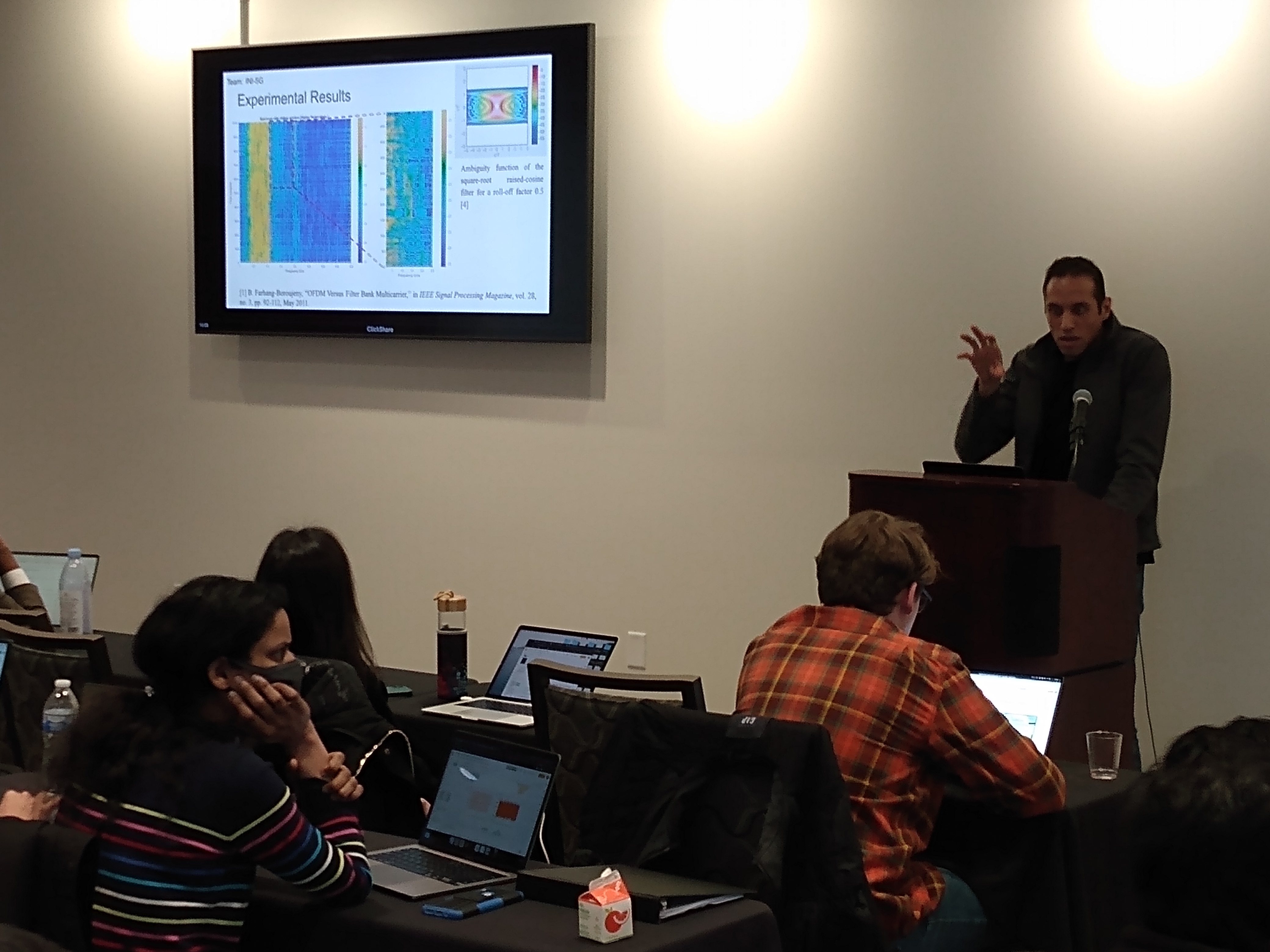
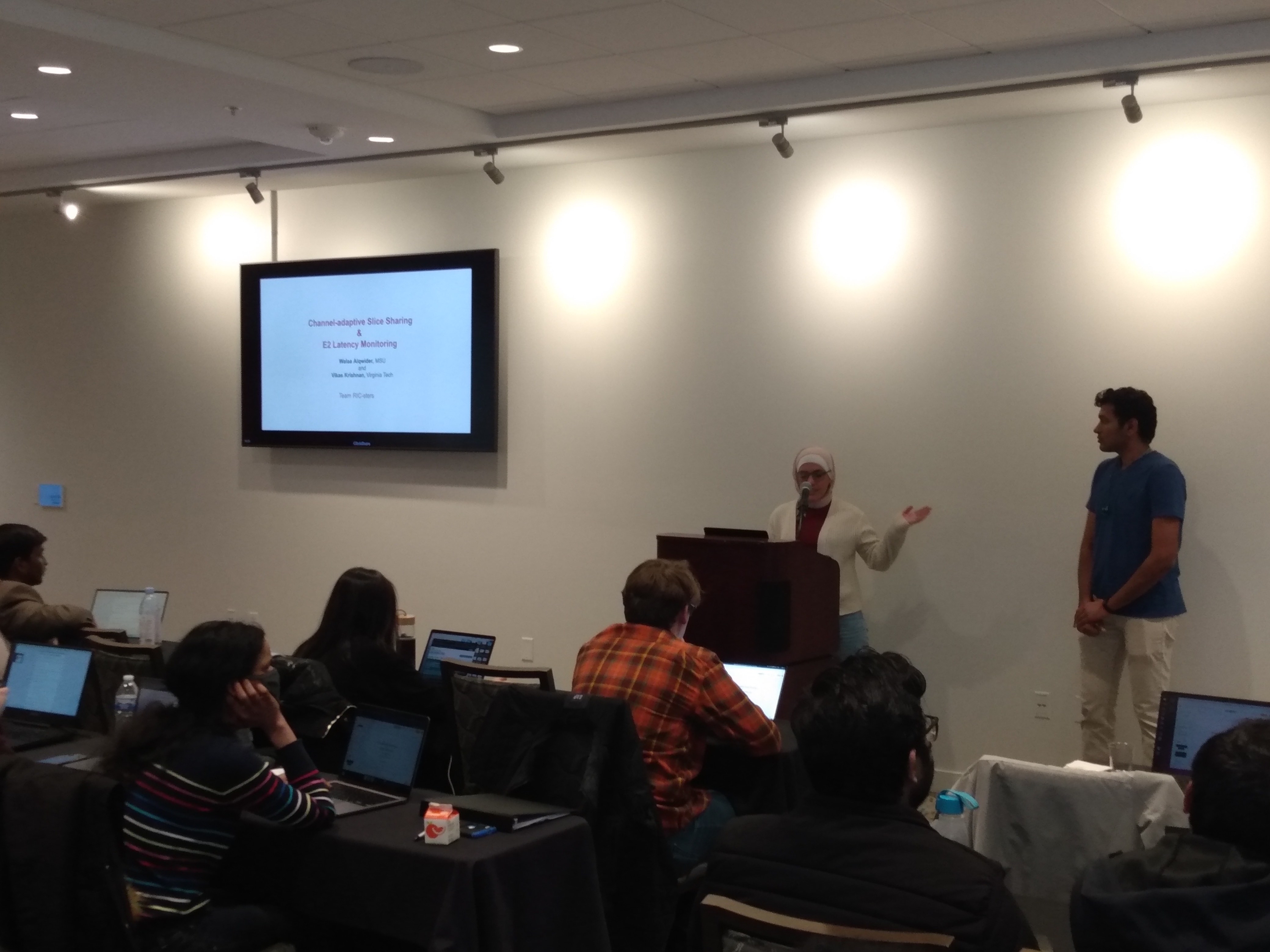
The POWDER team has started initial outdoor testing of our CBRS RF frontend!
We successfully performed an end-to-end test using a ruggedized NI B210, a prototype version of the CBRS RF frontend, a COTS UE (Quectel RM520N) and using the 5G SA stack from OpenAirInterface.
The photos show the equipment in our "USTAR dense node" and the team testing with the COTS UE.
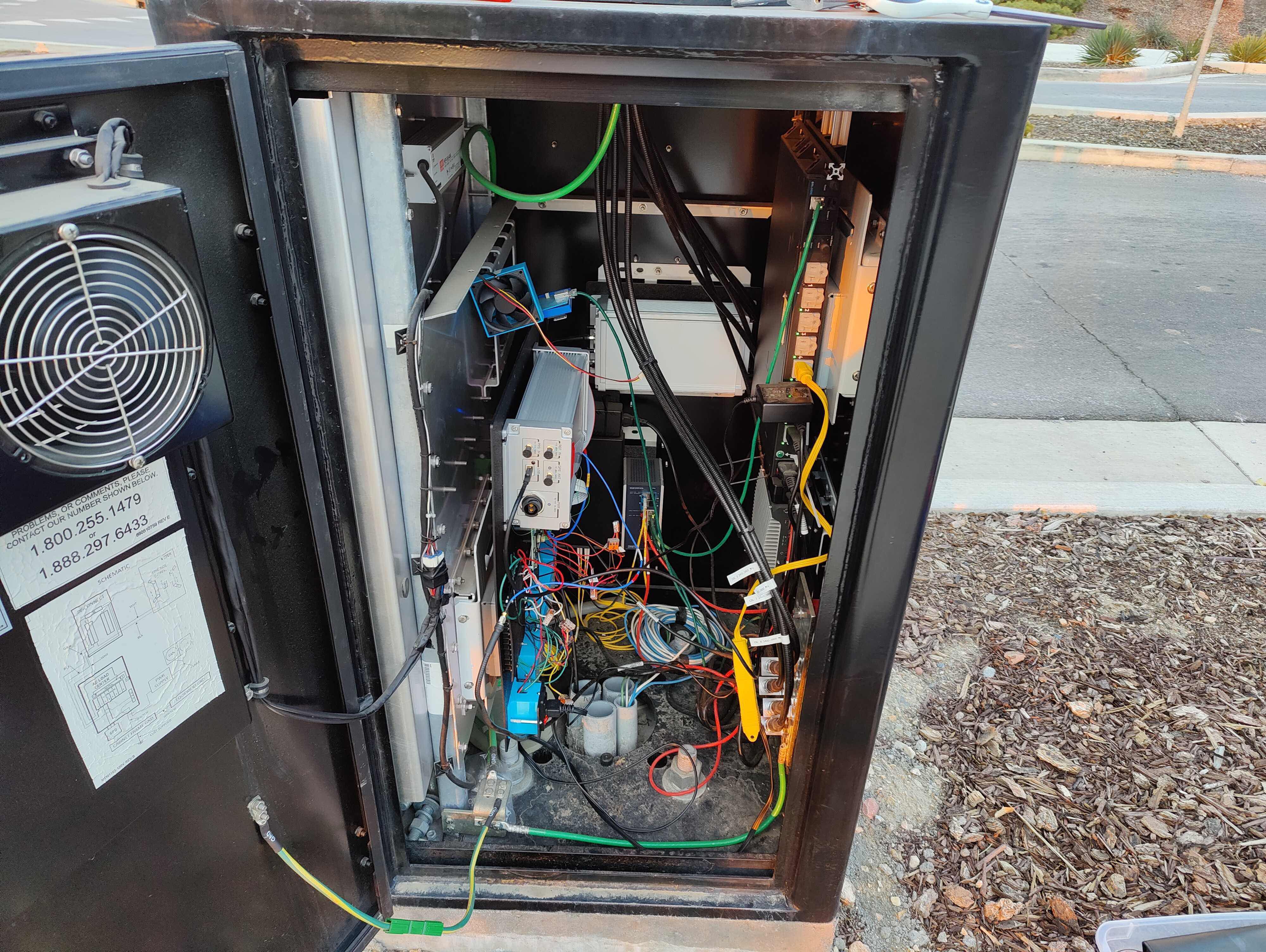
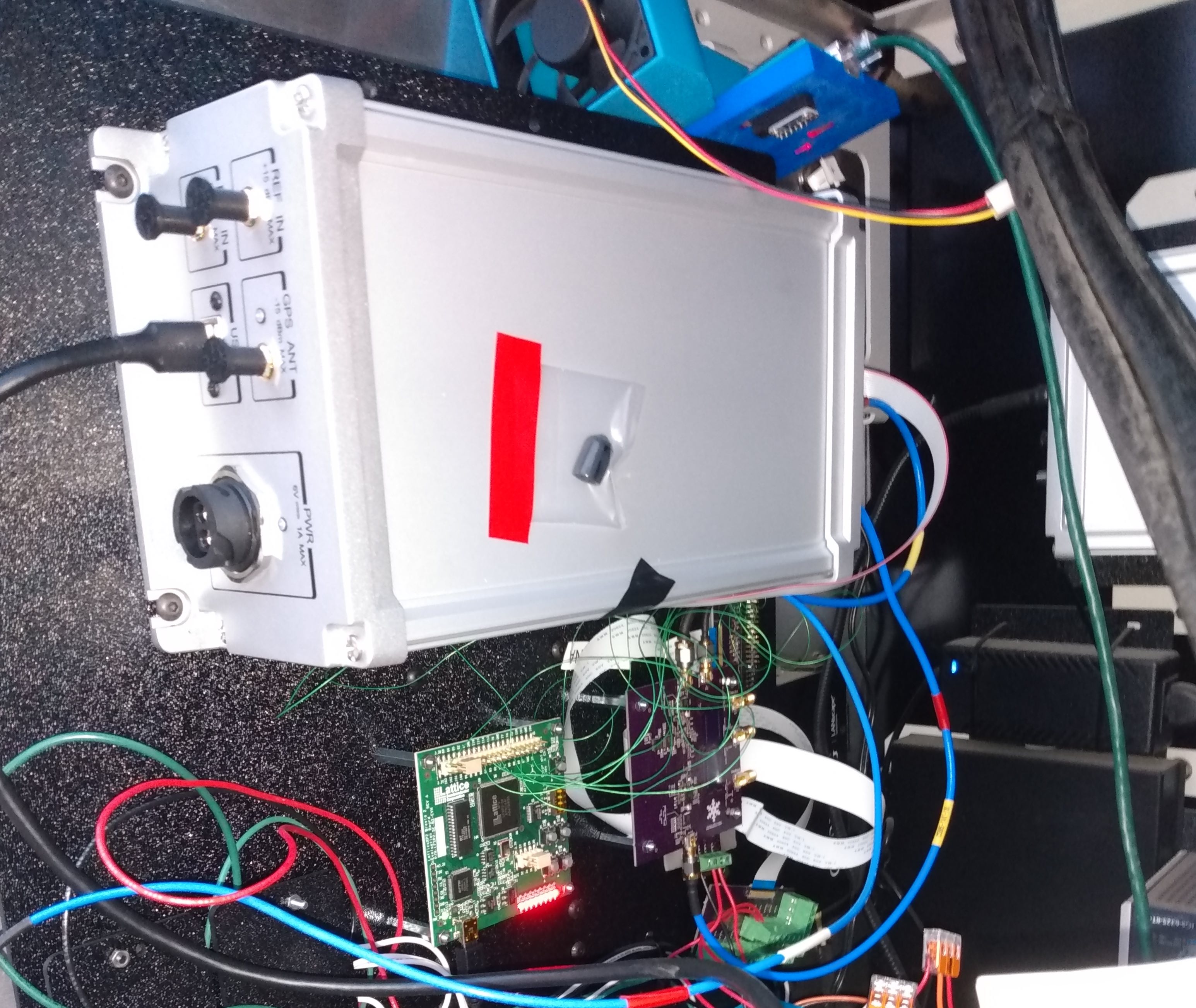
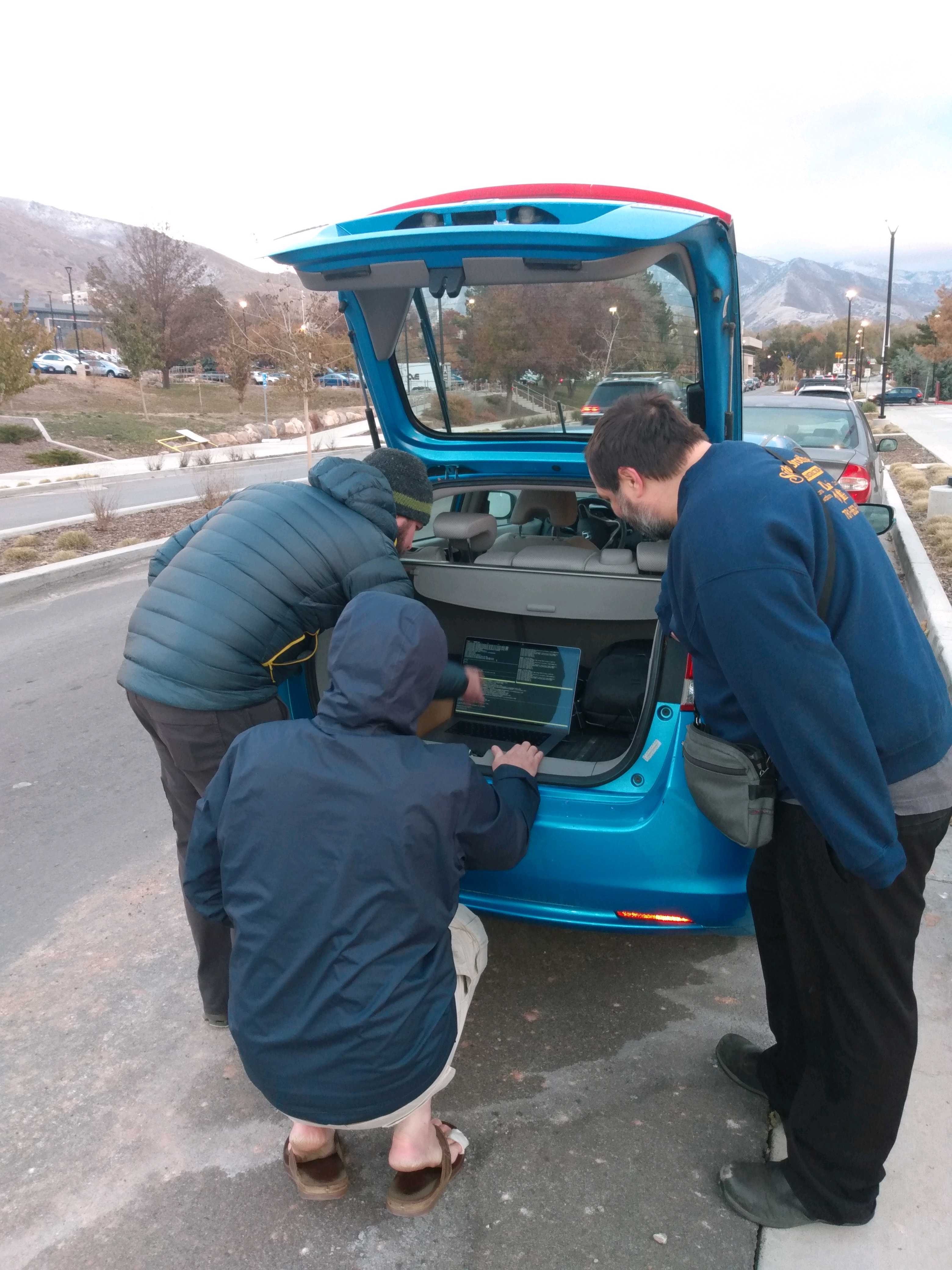
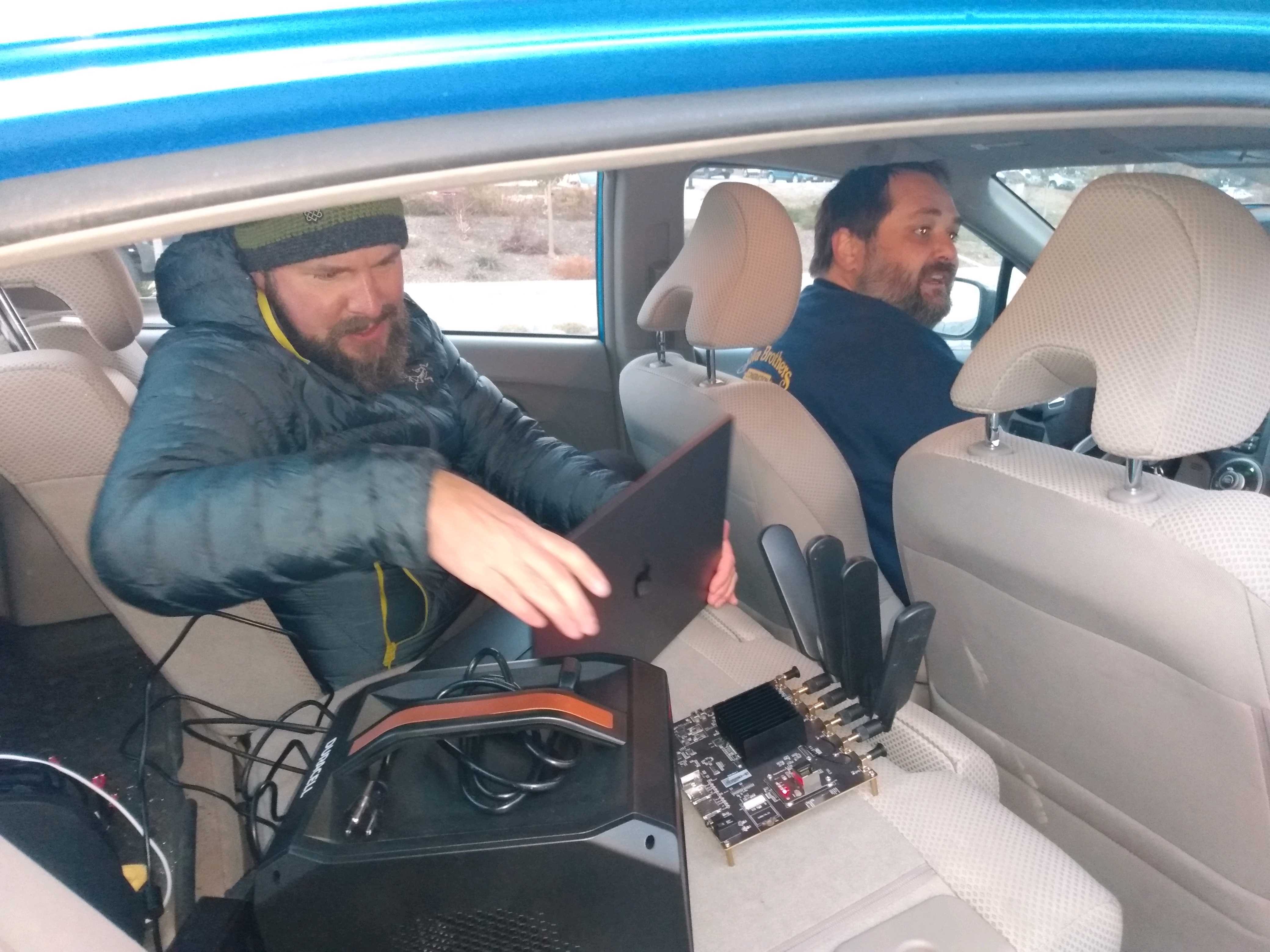
We are pleased to announce that the POWDER and RENEW teams will be hosting the second POWDER-RENEW Mobile and Wireless Week (MWW-2023) as an in-person event on the University of Utah campus in Salt Lake City, Utah, from January 23 - 27, 2023!
To apply to attend and for more information please go to: https://www.powderwireless.net/mww2023
Important dates:
Our collaboration with Keysight Technologies on POWDER-based O-RAN test orchestration and test automation featured as a demo at MWC in Las Vegas! It was part of a series of virtual demos presented under the O-RAN Alliance umbrella.
The POWDER team and its partners have received funding from the National Science Foundation (NSF) for two new projects:
The POWDER team hosted attendees of the INL Wireless Security in Aviation workshop for a POWDER tour and a hands-on session on "Creating your own end-to-end 5G network using OpenAirInterface on the POWDER platform".
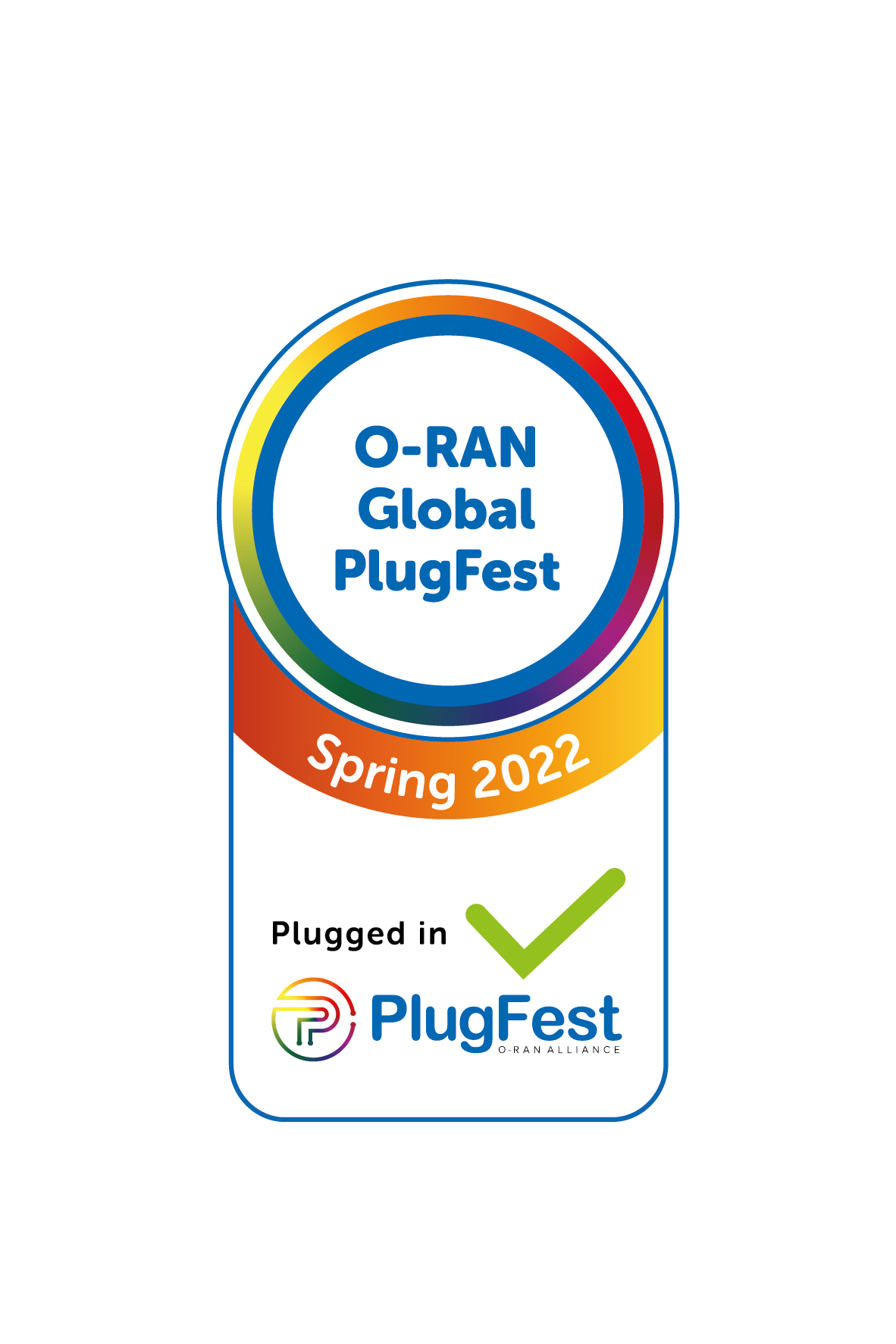
The internal readout of the O-RAN Alliance Global Plugfest Spring 2022 took place during the week of June 20th 2022. The O-RAN Alliance will be distilling material from this internal readout into a Virtual Showcase for public release.
A summary of the plugfest events, across Asia, Europe and North America, is included here.
The POWDER team supported testing/proof-of-concept efforts related to energy savings/energy efficiency in O-RAN. This included a sophisticated "green" Open RAN scenario demonstrated through a collaboration between Vodafone, Wind River, Intel, Keysight Technologies and Radisys.
We also collaborated with Keysight Technologies to showcase O-RAN test automation that enables vendors to automatically test and validate O-RAN near-real time RICs and xApps on-demand, across a customizable parameter space, with Keysight's RICtest O-RAN Near-real time RIC test software integrated with POWDER's "lab as a service" automation framework (PLAF).
The POWDER team has started deployment of our "dense deployment" equipment!
Equipment for the dense deployment needs to be ruggedized to be housed in an enclosure without climate control. This first deployment involves a ruggedized small-form-factor compute node, a ruggedized B210 SDR, an industrial Ethernet switch and a CWDM mux/demux node. Other sites are to follow soon with the same electronics. Initially the B210 radios will be made available as experimental devices (paired with the ruggeduzed compute). Later in the summer we will receive and deploy ruggedized N310 radios, which will become the experimental radio devices and the B210 radios will transition to transmission monitoring.
The photos show the equipment being deployed in our "USTAR dense node".
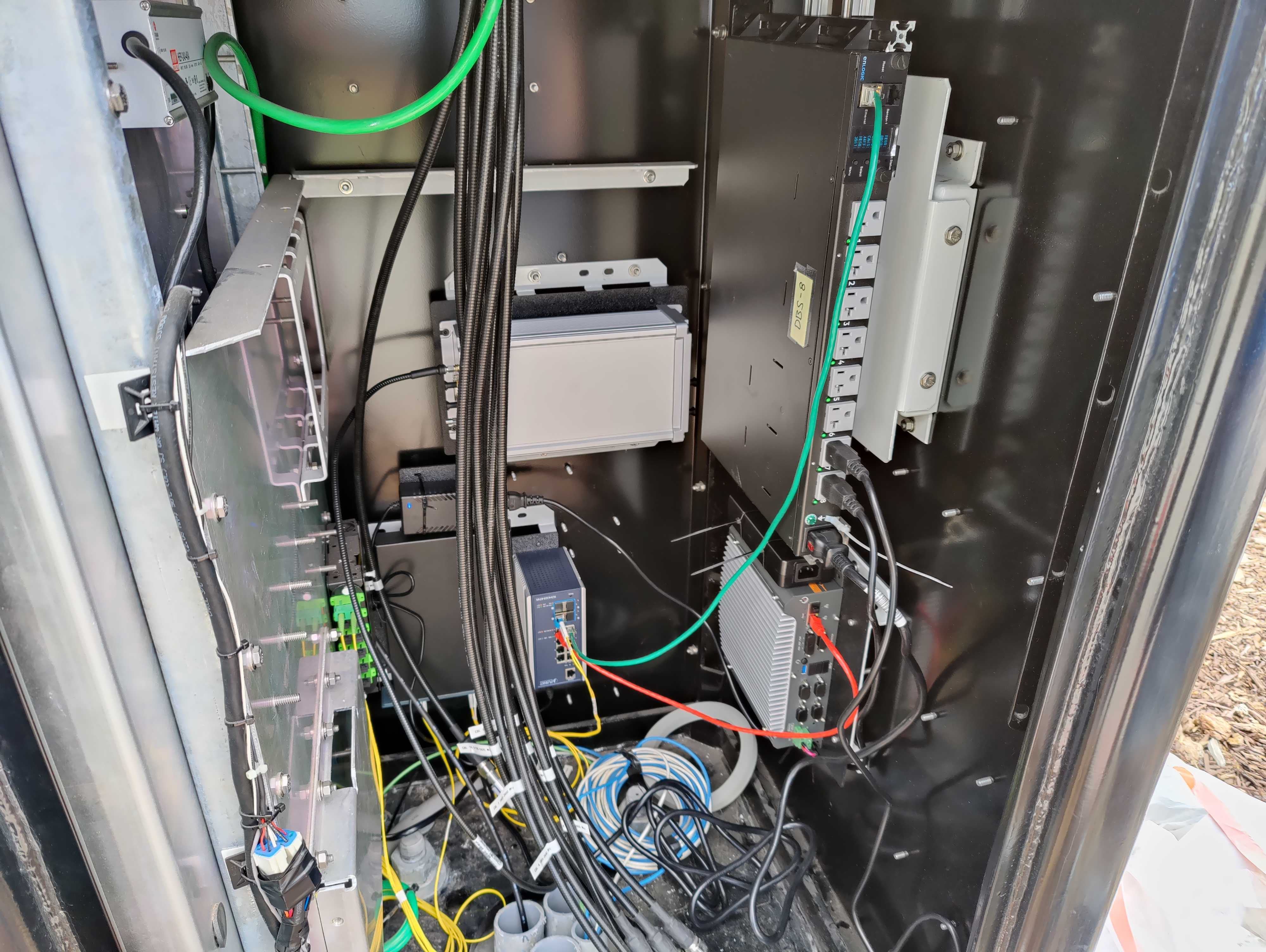
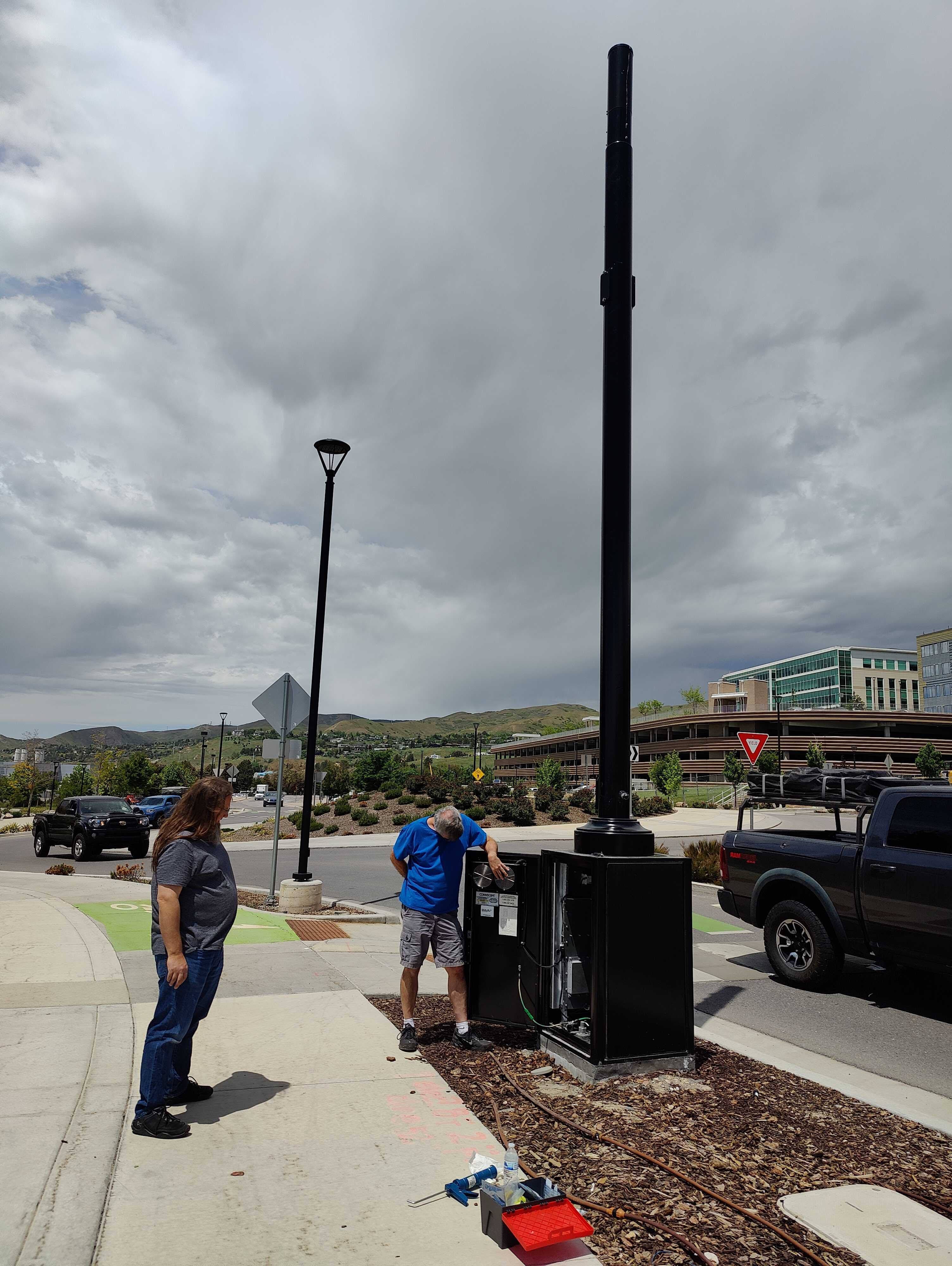
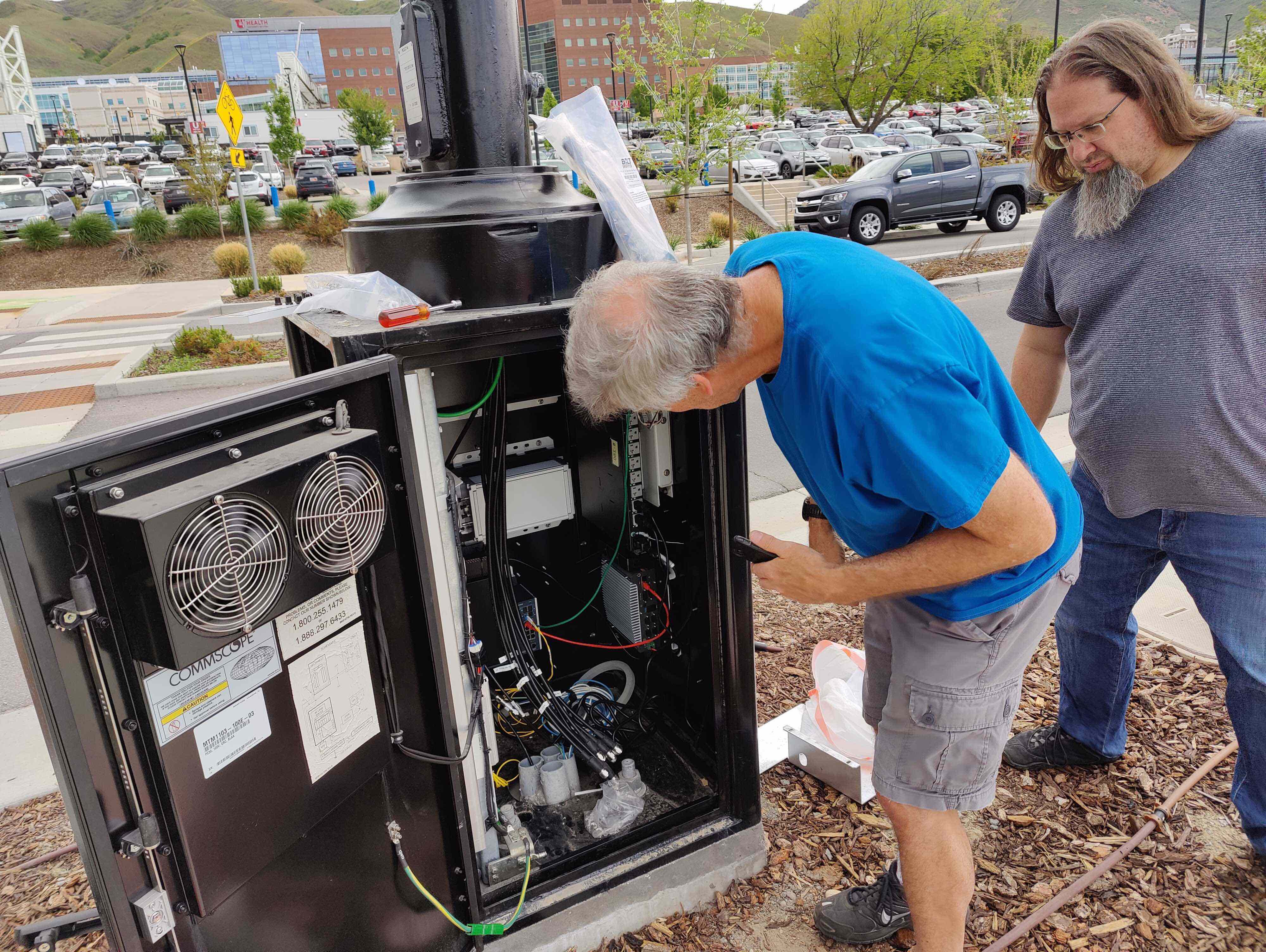
We are pleased to announce the availability of a new close-range POWDER-RENEW massive MIMO deployment on the Merrill Engineering Building rooftop on the University of Utah campus. This deployment targets a small area (approximately 17m x 60m), and provides realistic outdoor conditions in a topology with short distances for improved link budget.
The initial offering includes:
In the next couple of weeks, we will bring online two more client radio sites for a total of six client radios on the same rooftop. We will also bring a separate calibration radio online to support the real time Agora framework.
You can find documentation on using these resources on the RENEW wiki
We hope you find this new facility exciting and useful for your research!
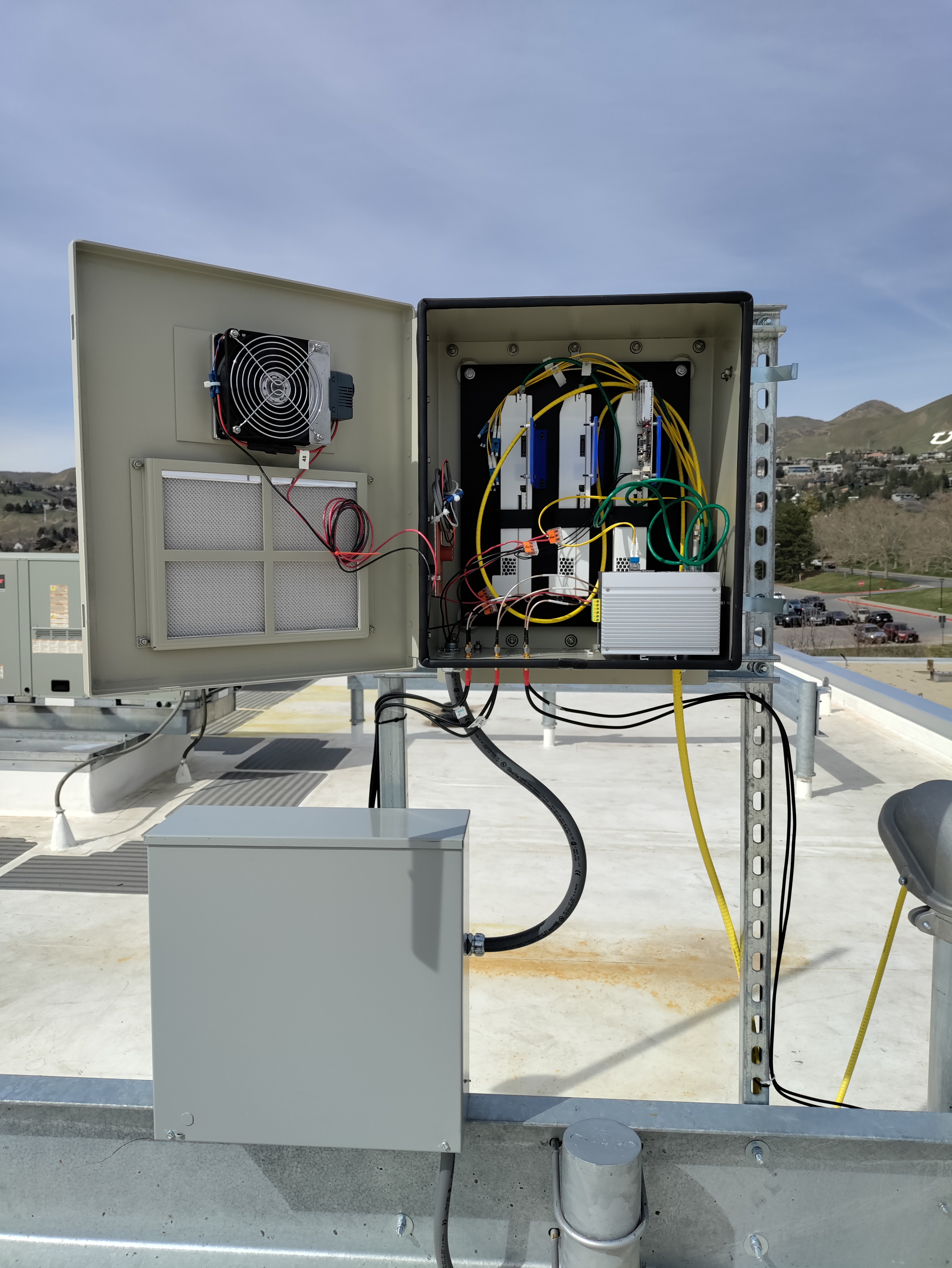

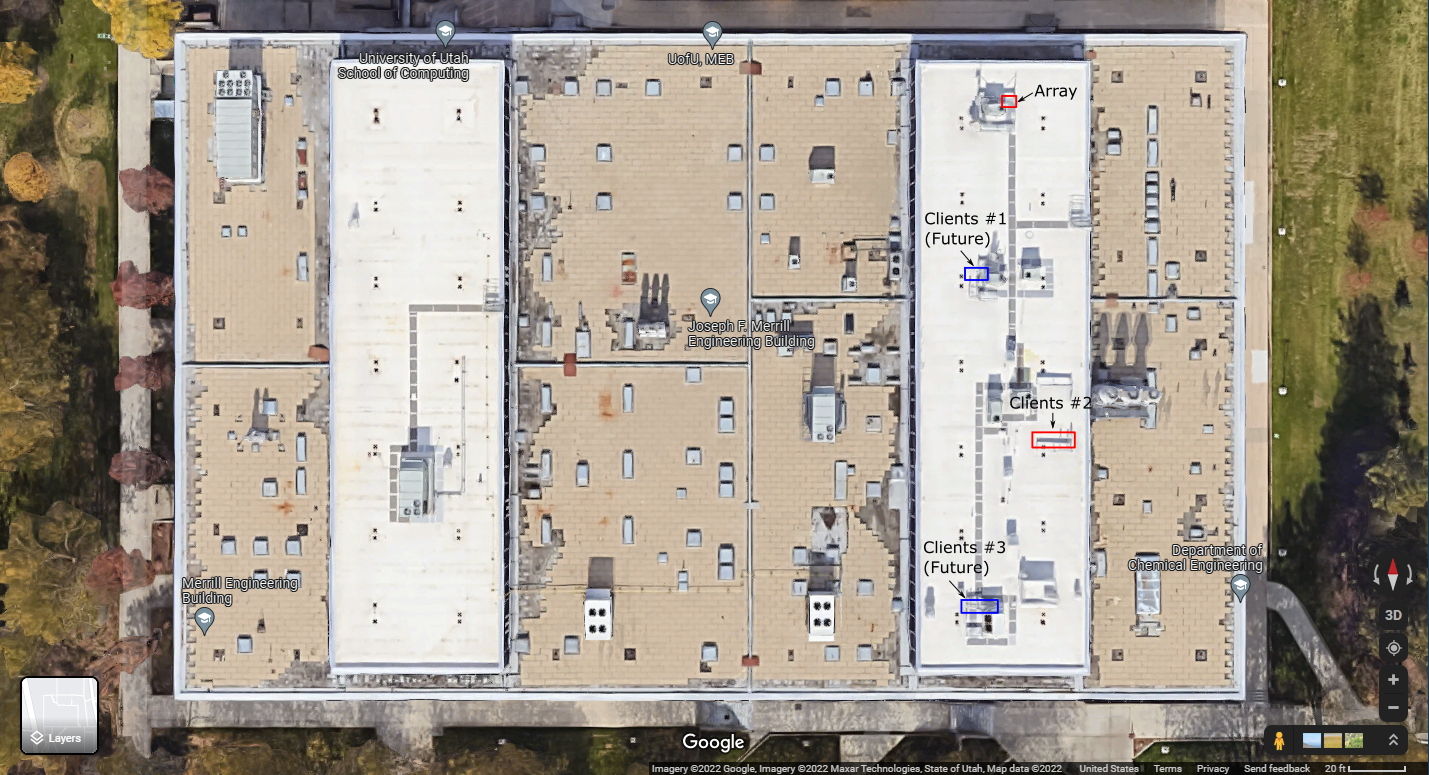
We continue to develop/debug the combination of our high-power RF frontend plus OpenAirInterface software to provide over-the-air operation.
The pictures below show a "connectorized" version of the band-41 high-power RF frontend on the bench, on the bench in our new RF-lab and being installed for testing on the Browning rooftop.
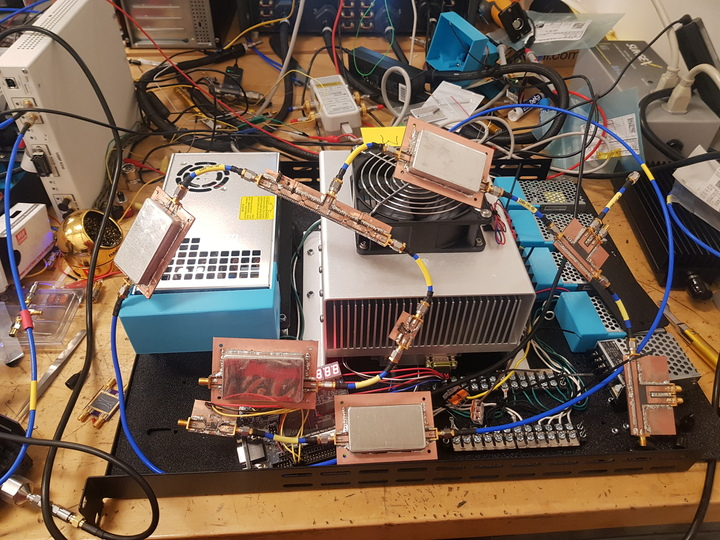
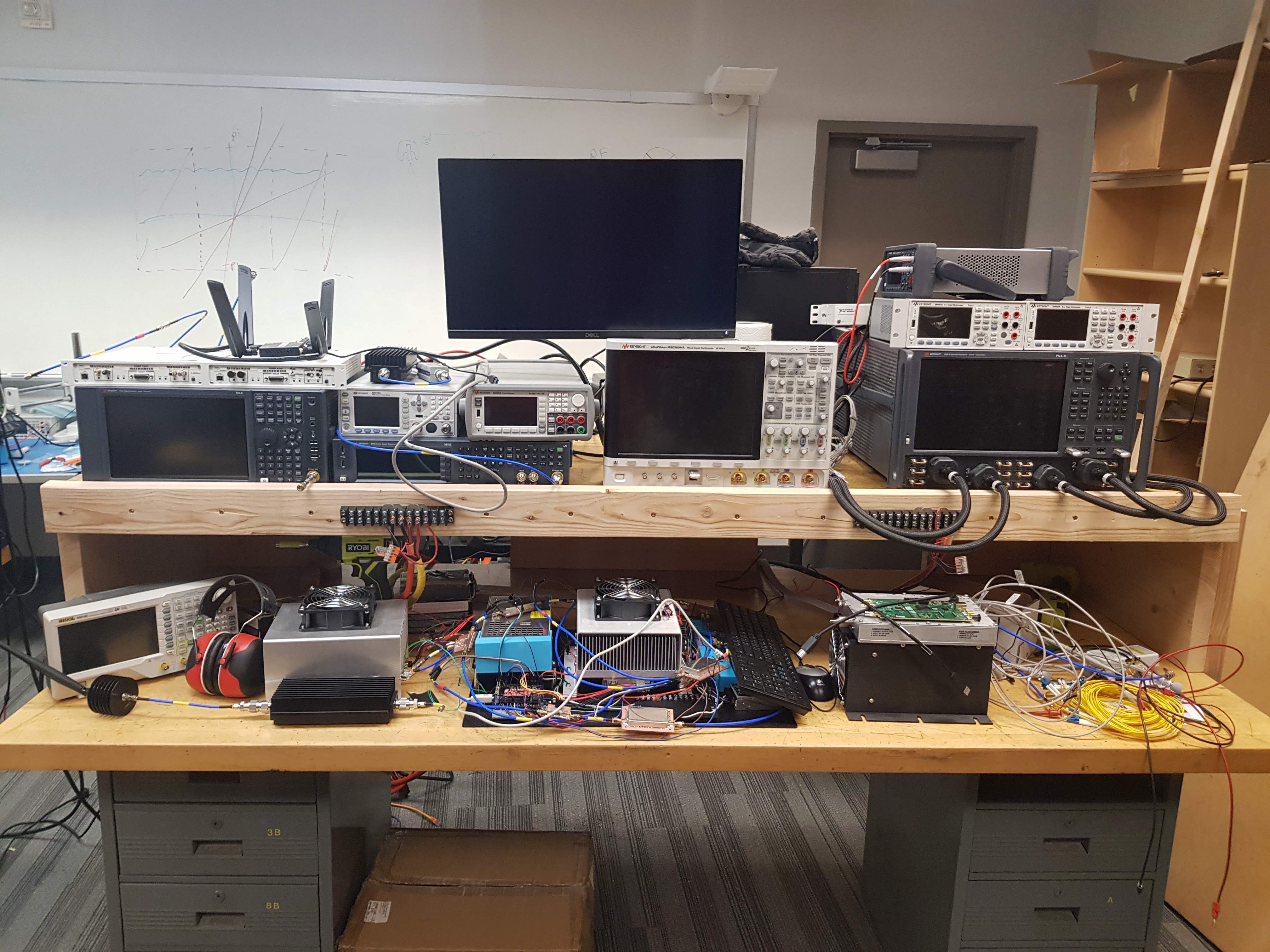
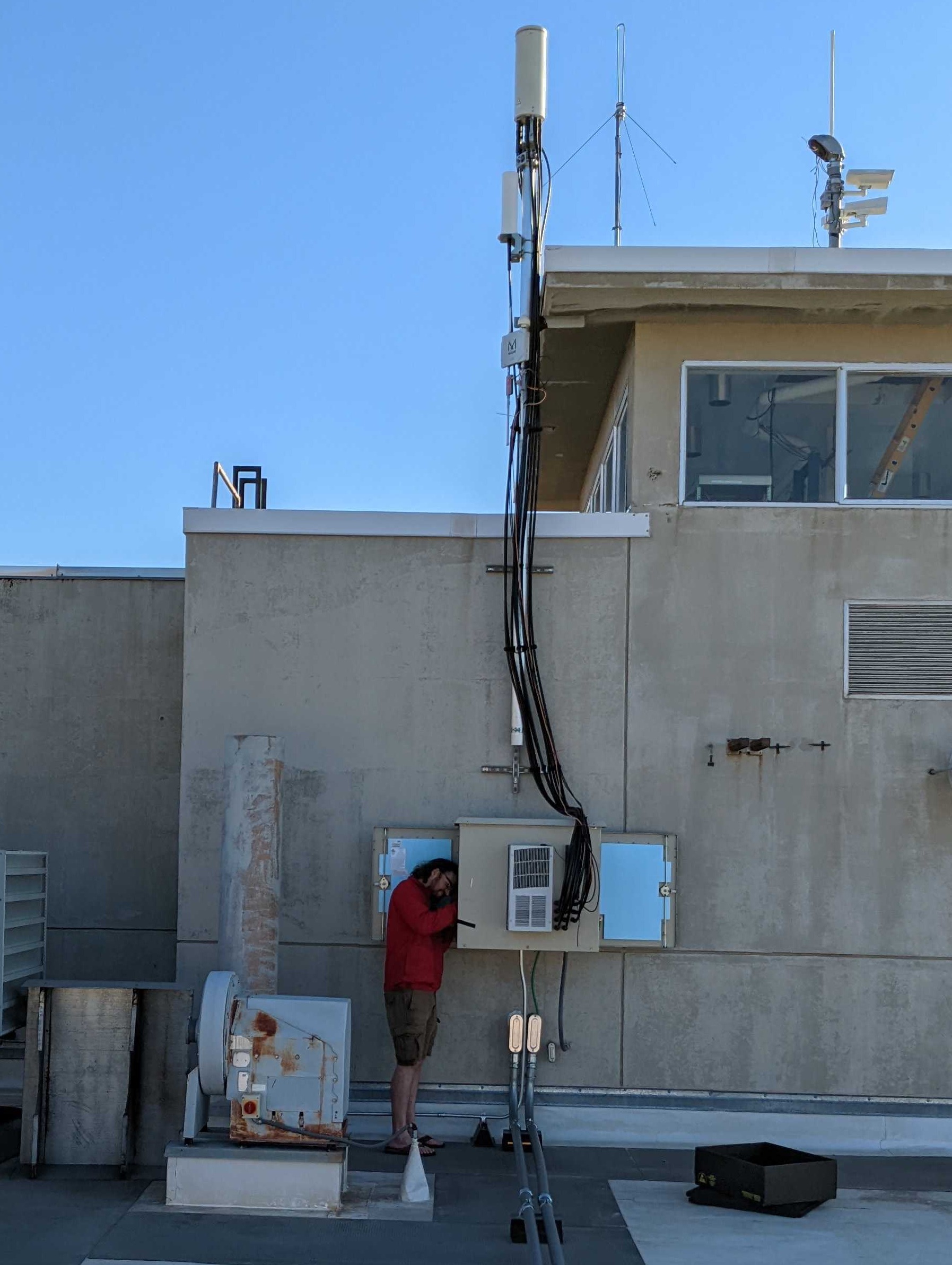
Following a multi-month re-roofing activity of the Merrill Engineering Building (MEB), we are actively working to redeploy one of our mMIMO arrays on the MEB roof.
To improve coverage between the array and our mMIMO clients we are also deploying three "client nodes" on the same roof. Each node will house up to three mMIMO clients.
We expect to soon be able to make these resources available to the POWDER user community.
The pictures below show the array being installed as well as one of the client nodes.
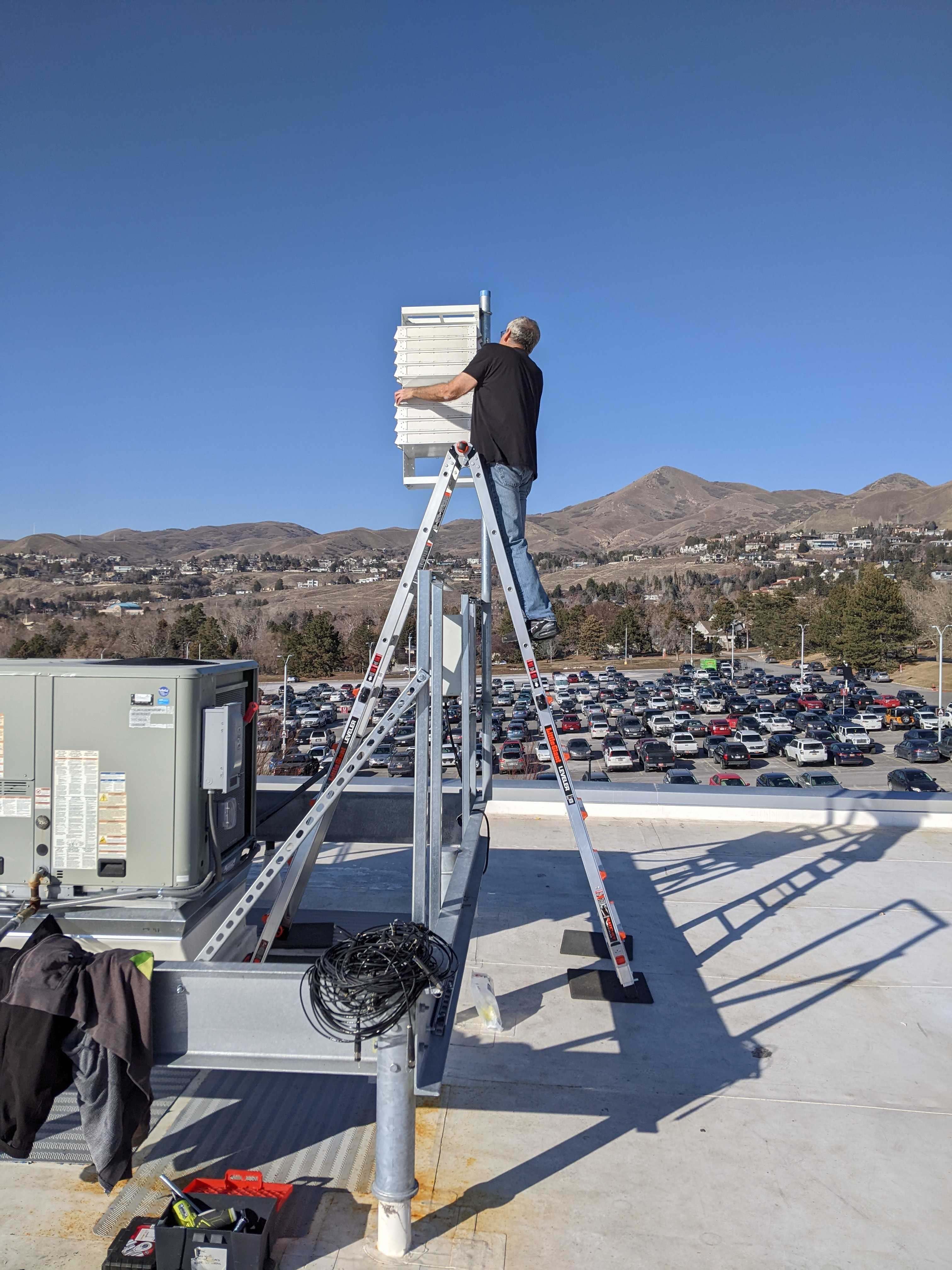
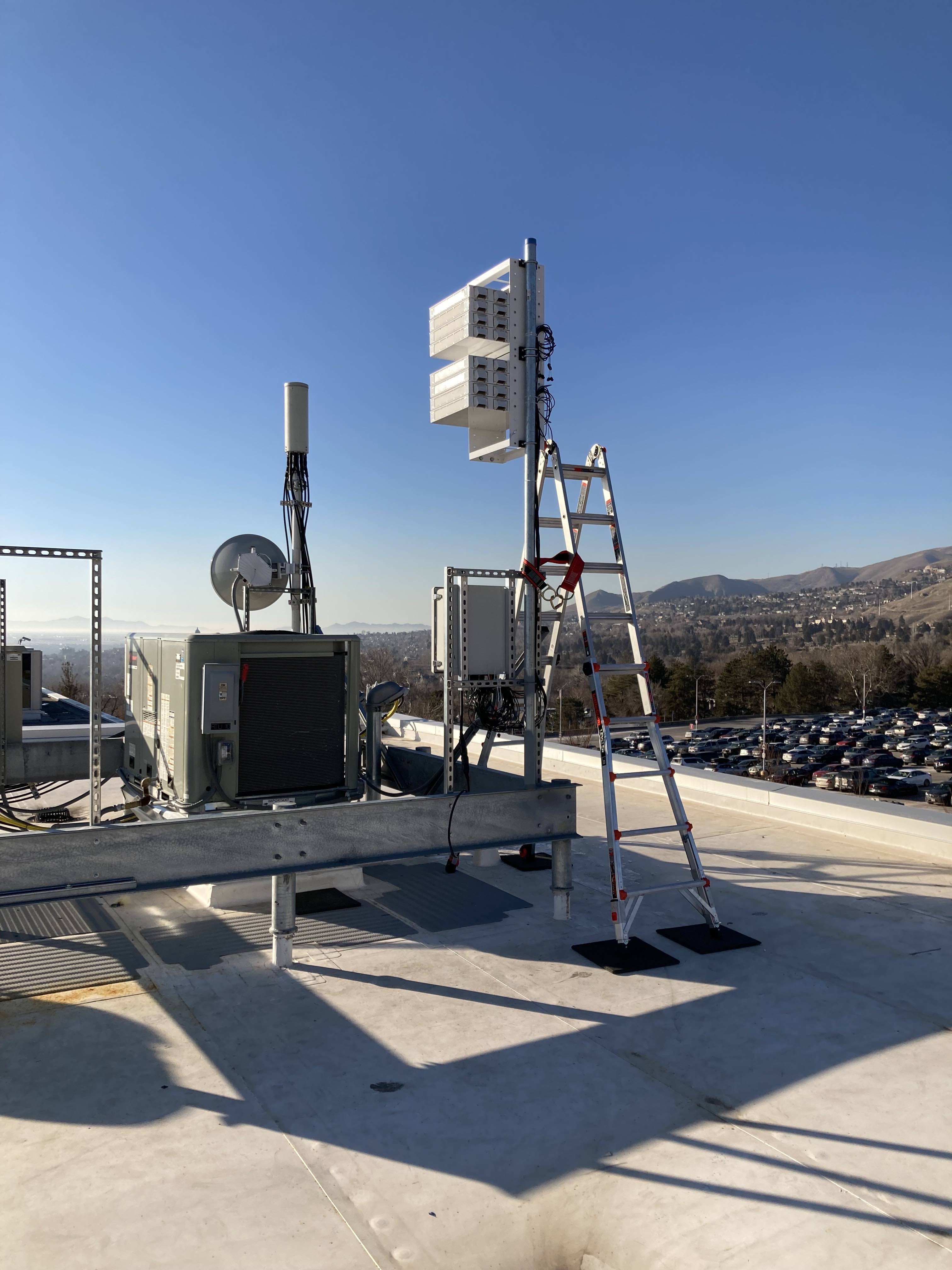
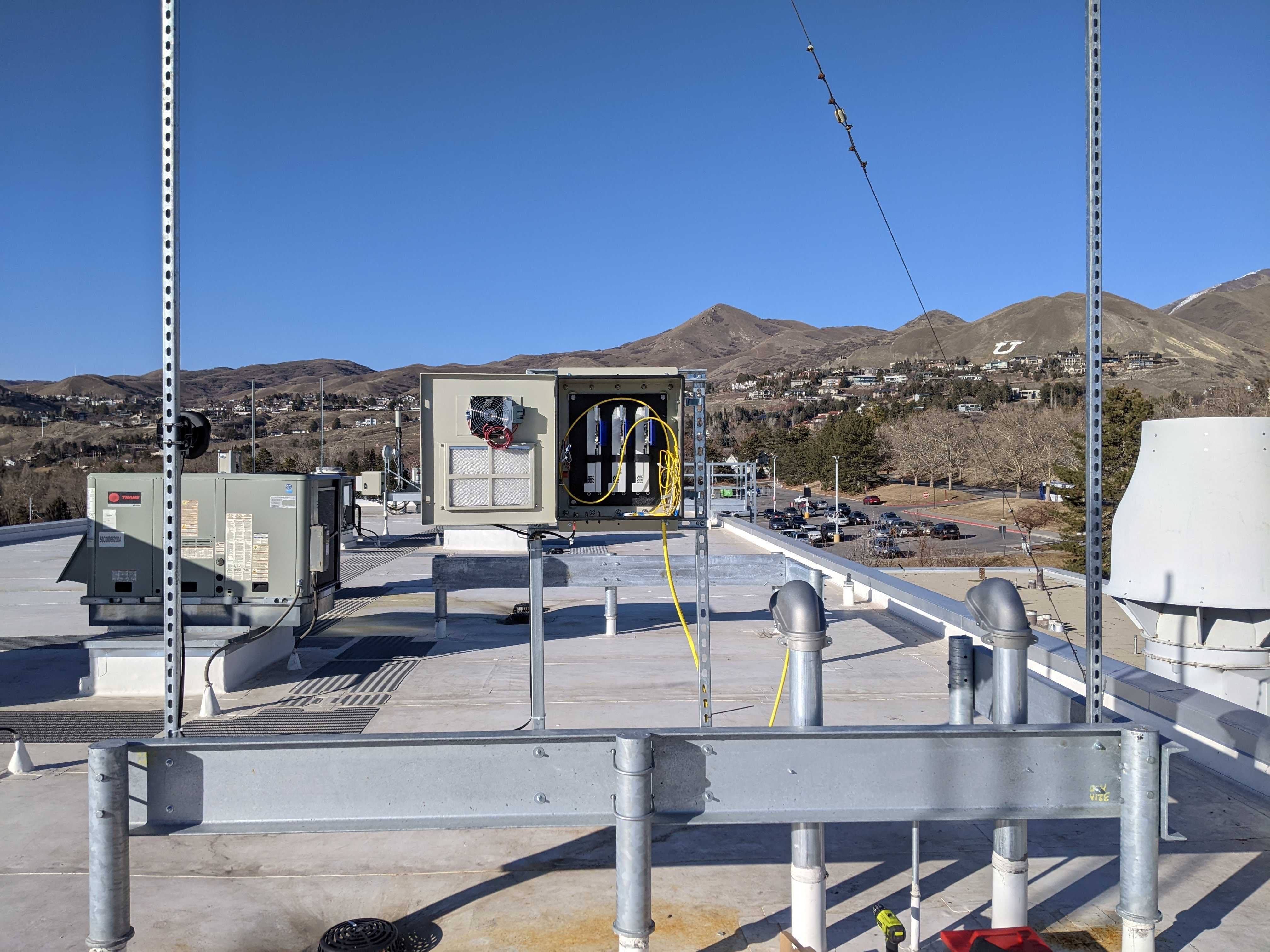
We are pleased to announce the immediate availability of mobile endpoint resources on University of Utah campus shuttle couriers.
These endpoints are similar to Fixed Endpoints, with some key differences:
The POWDER map page includes views of the currently-running shuttles, including details on the associated POWDER mobile endpoints (click on the moving dots representing the shuttles).
Please have a look at the mobile-demo profile to get started. This profile allocates a compute node (plus attached B210) on all currently-running shuttles with POWDER resources on them. GNU Radio and UHD tools are included on the loaded disk image. The profile provides instructions for starting up GNU Radio to observe spectrum utilization in band 41 around 2500 MHz. Also featured is a new POWDER feature that lets you connect to the compute nodes using VNC inside your browser, for a responsive X desktop (GUI) experience (the profile automatically starts up uhd_fft in an X window in VNC). This VNC feature will be introduced into other profiles in the near future as well.
We have also made a video showcasing the use of this profile and the mobile endpoints.
Here are some additional details on the resources available in each of these new Mobile Endpoints:
We hope that you find this new set of mobile resources useful. It has been a long time in the making! If you are interested in using this, please let us know so we can enable the appropriate permissions for your project.
We are pleased to announce that POWDER users from the Networked Systems Group at the University of Edinburgh have made their Nervion RAN emulator publicly available, have created a POWDER profile for the emulator and provided a detailed how-to guide to use the emulator on POWDER.
The Nervion RAN emulator is a scalable and flexible cloud-native RAN emulator that can be used to evaluate the scalability of standard compliant 4G and 5G core mobile networks. The source code for Nervion is released under the AGPL License and as such present a significant resource for the mobile networking research community. The Nervion work will be presented at the ACM Mobicom 2021 conference (to be held March 28 - April 1, 2022).
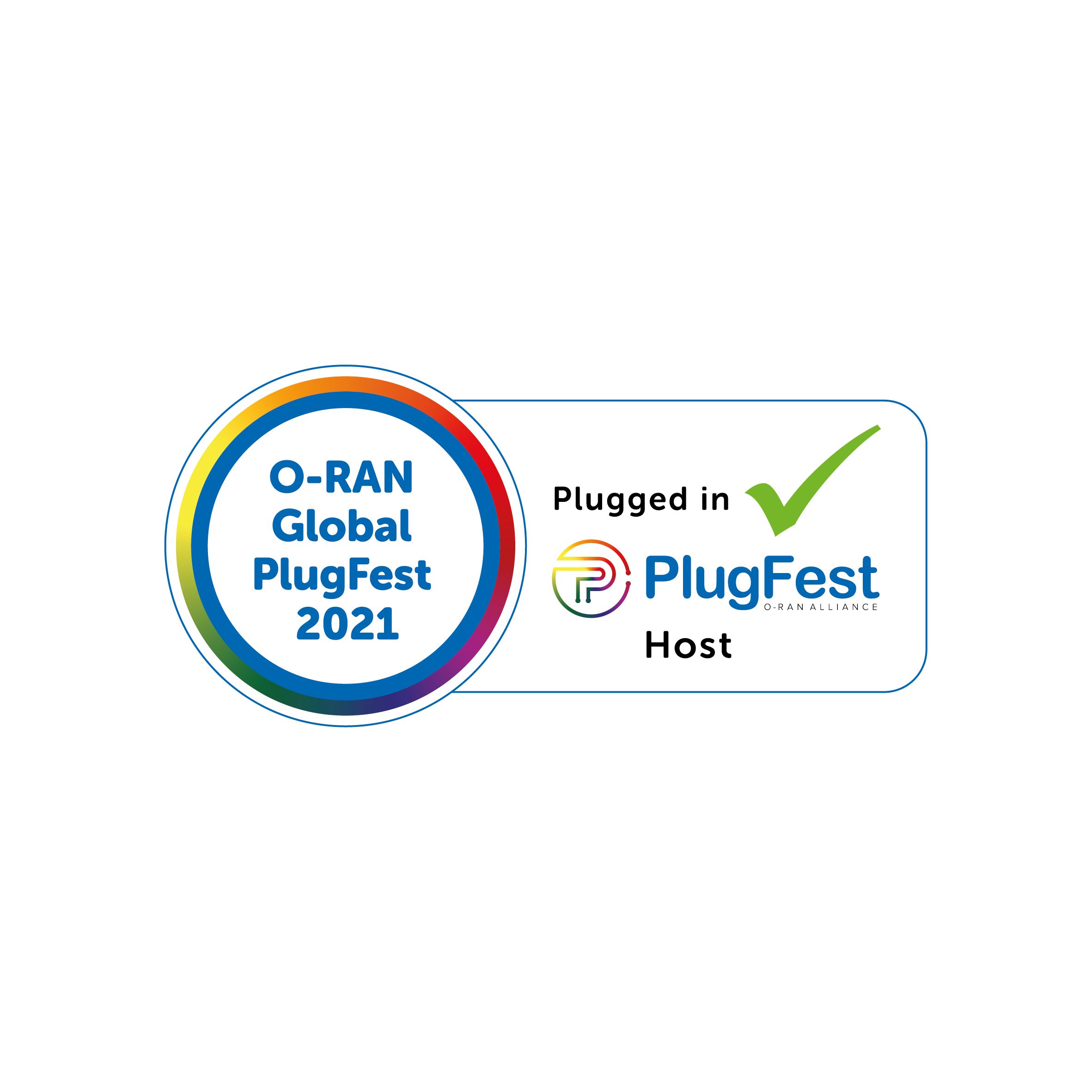
The "internal readout" of the O-RAN Alliance Global Plugfest 2021 took place during the first week in December. The O-RAN Alliance will be distilling material from this internal readout for a public release early in 2022.
A summary of the plugfest events, across Asia, Europe and North America, is available here.
The POWDER team supported testing/proof-of-concept efforts related to O-Cloud and near-realtime RAN Intelligent Controller (RIC) functionality, as well as AI-enabled management of multi-operator/multi-vendor RAN resource pooling and slicing.
We are pleased to make the tutorial material used during the POWDER supported parts of the Fall 2021 OpenAirInterface (OAI) Workshop available to all POWDER users!
The material was developed together with the OAI team and the instructions are quite detailed so will serve as an excellent "self-help" tutorial on using OpenAirInterface 5G.
POWDER supported two RAN hands-on sessions and also showed/demonstrated how experimenters can progress from "simulated" to "controlled RF" to "indoor over-the-air" to "outdoor over-the-air" experimentation with OAI on the POWDER platfrom.
A demo of the POWDER spectrum monitoring system was presented at the ACM SenSys 2021 Conference!
Demo title and description: A Compliance Monitoring System for Open SDR Platforms.
We also have a video of the demo.
We are pleased to announce the availability of POWDER's indoor over-the-air (OTA) lab! Read on for details on what is on offer, some notes on utilization, and how to get started with these resources.
POWDER is pleased to support the upcoming Fall 2021 OpenAirInterface (OAI) Workshop in December! This will be a virtual event.
This year the workshop is featuring hands-on lab sessions as well as technology demos. POWDER will be supporting one of the hands-on RAN sessions and we will also be showcasing various POWDER configurations that support OAI research or development.
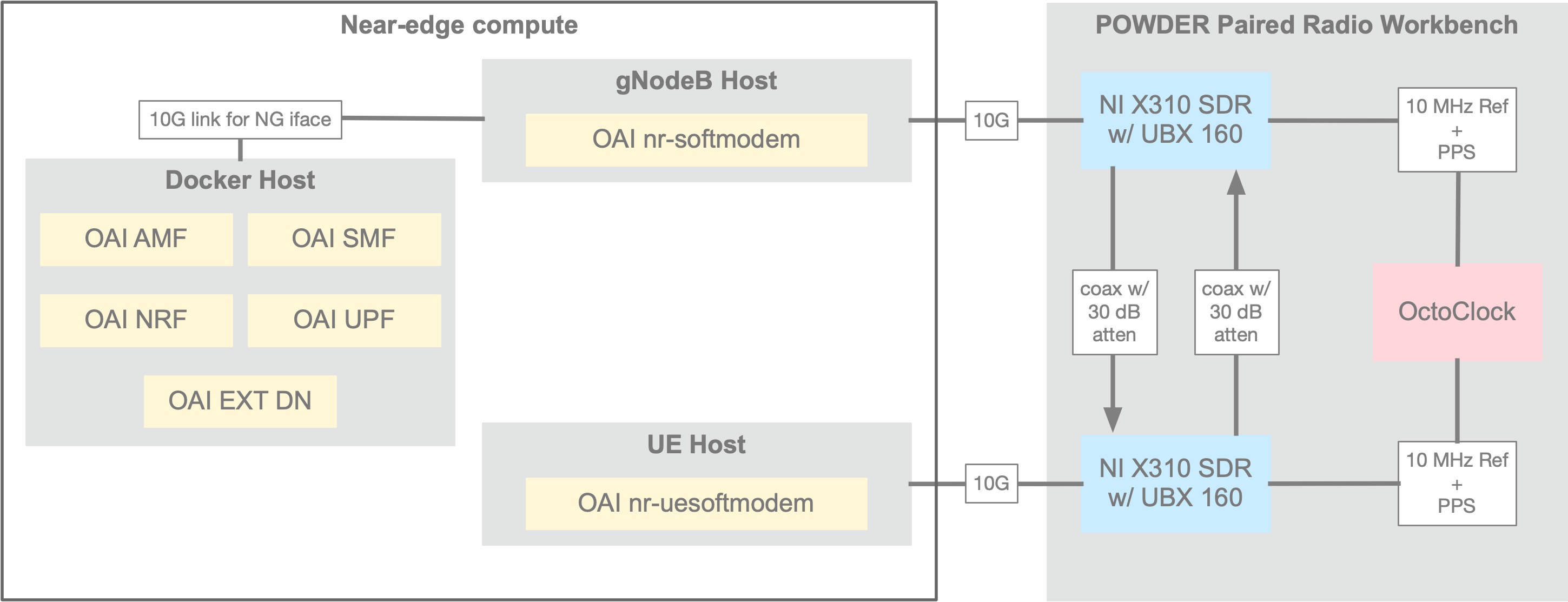
The POWDER team is pleased to announce the immediate availability of end-to-end 5G Open Air Interface capabilities on the platform. Our initial offering is a profile that includes the container-based OAI 5G Core Network running on a single host, coupled with a 5G-NR RAN leveraging the OAI gNodeB and nrUE soft-modem functions using SDRs with associated server-class compute.
This setup targets the POWDER Paired Radio Workbench environment, which features pairs of NI X310 radios directly attached through 30 dB attenuators (see image).
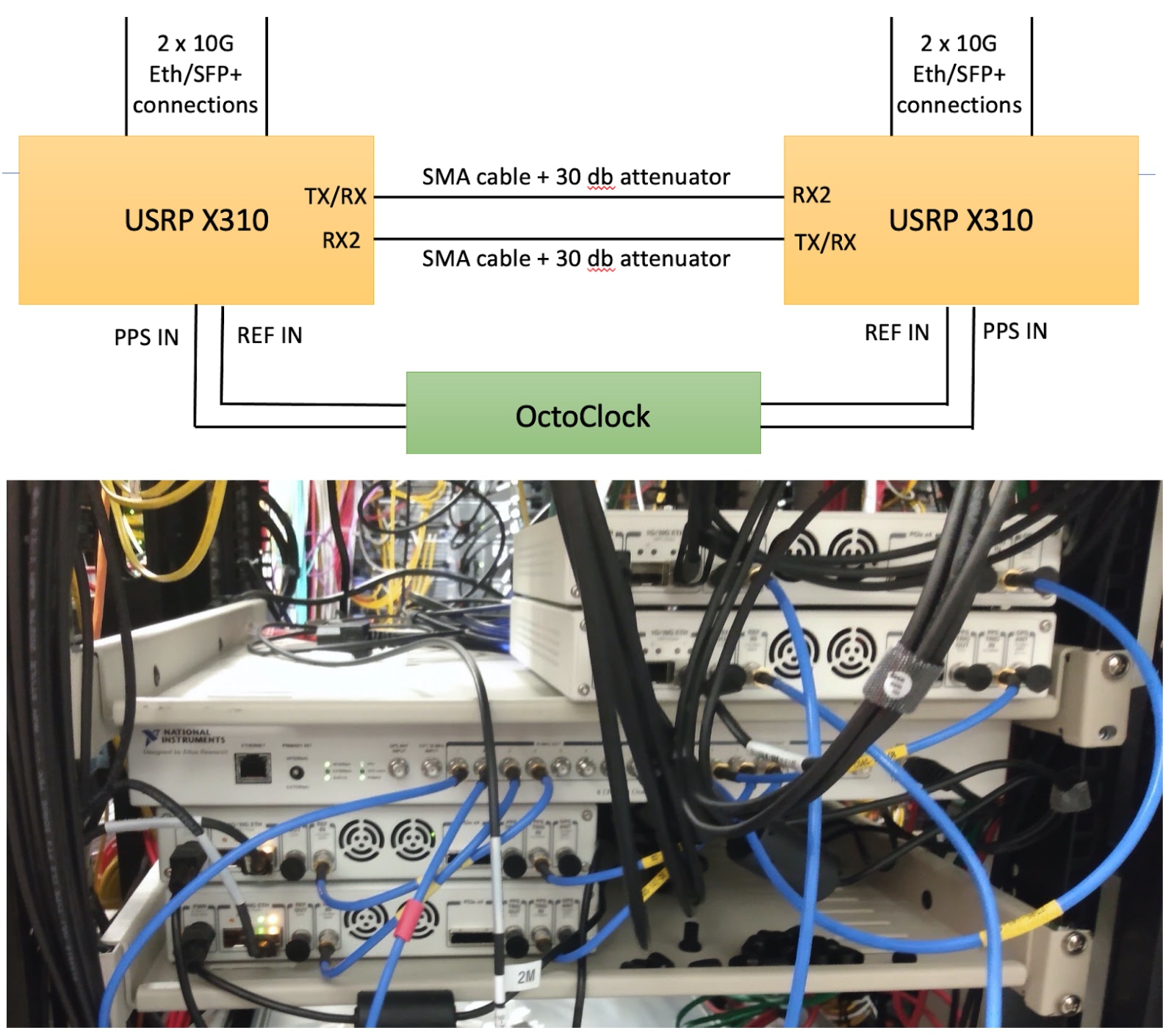
The following profile will get you started with 5G on the POWDER Paired Radio Workbenches: OAI 5G on POWDER Paired Radio Workbench
We hope you find this new capability useful, and are happy to hear your feedback. Keep an eye out for more 5G capabilities coming soon!
POWDER is pleased to support the O-RAN Alliance 3rd Global Plugfest!
As part of the plugfest POWDER is one of seven venues supporting a total of 77 companies across the globe in testing and proof-of-concept demonstrations. Technical work will be completed by the end of November 2021.
Local technology company, L3Harris has deployed an E-band modem as a BYOD device on the POWDER platform. Like other BYOD devices on the POWDER platform, the modem can be combined with other POWDER resources for experimentation.
The pictures below show the modem antenna being aligned during installation.
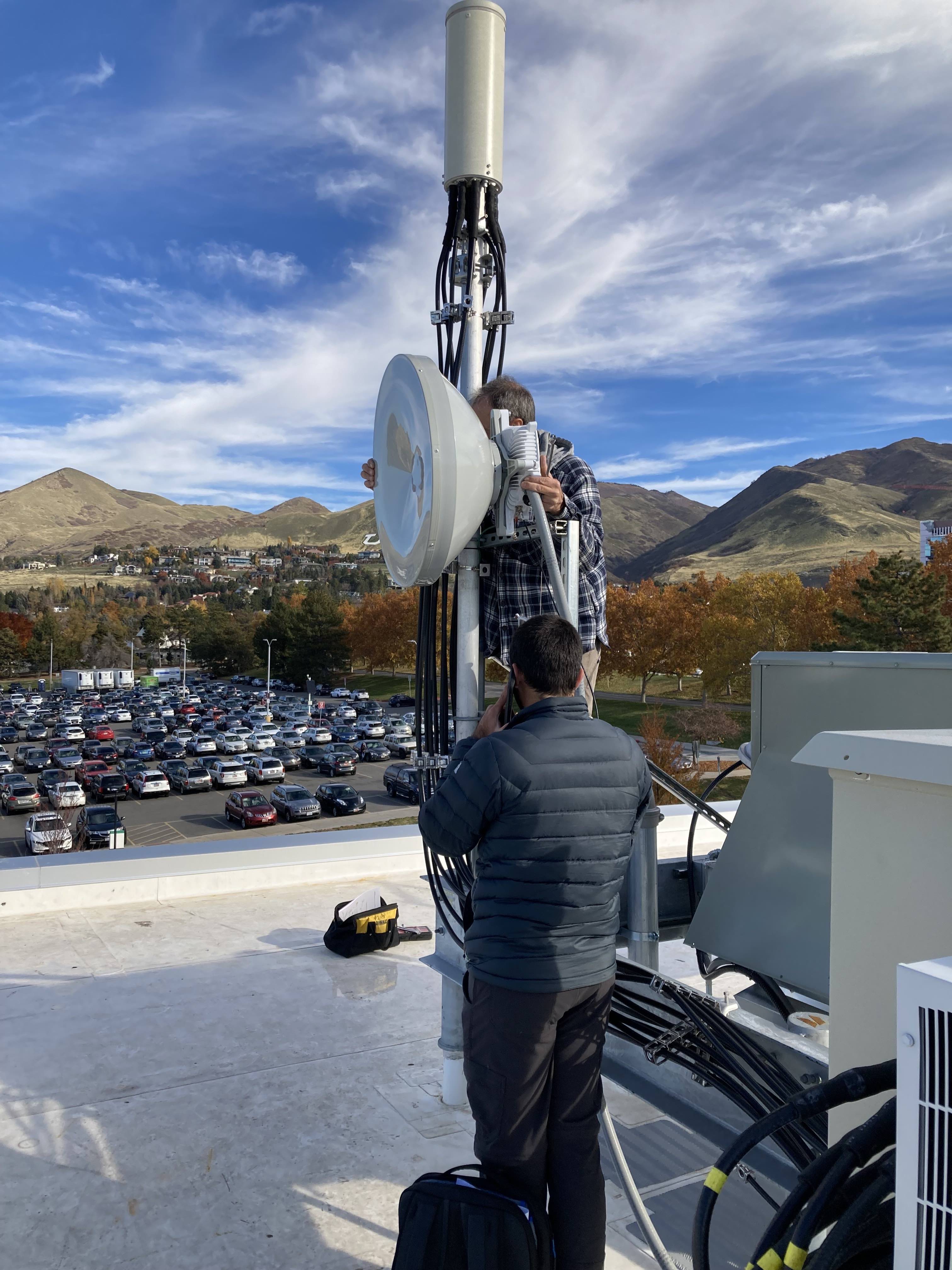
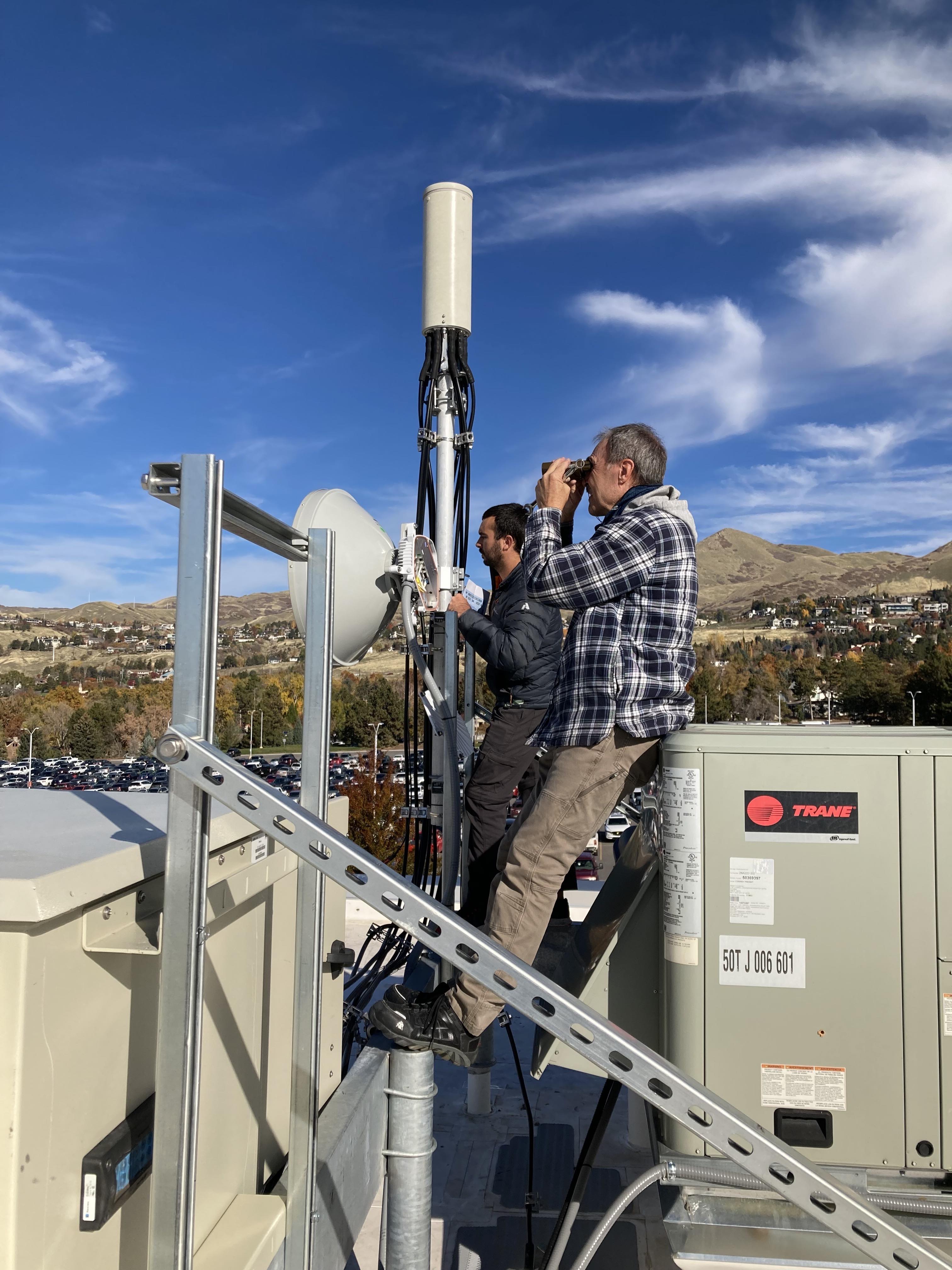
Pleased to report that our dense deployment is moving along well!
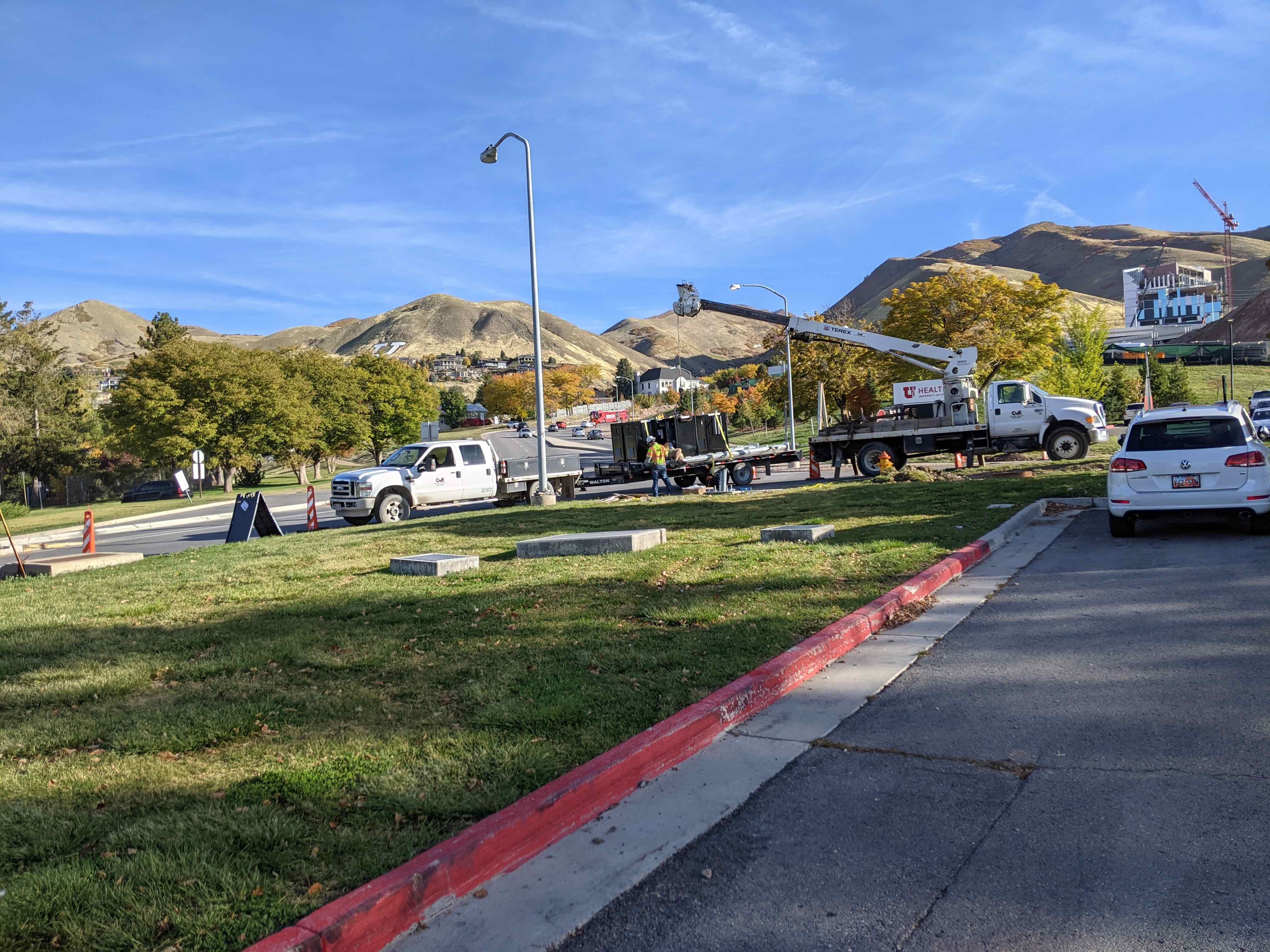
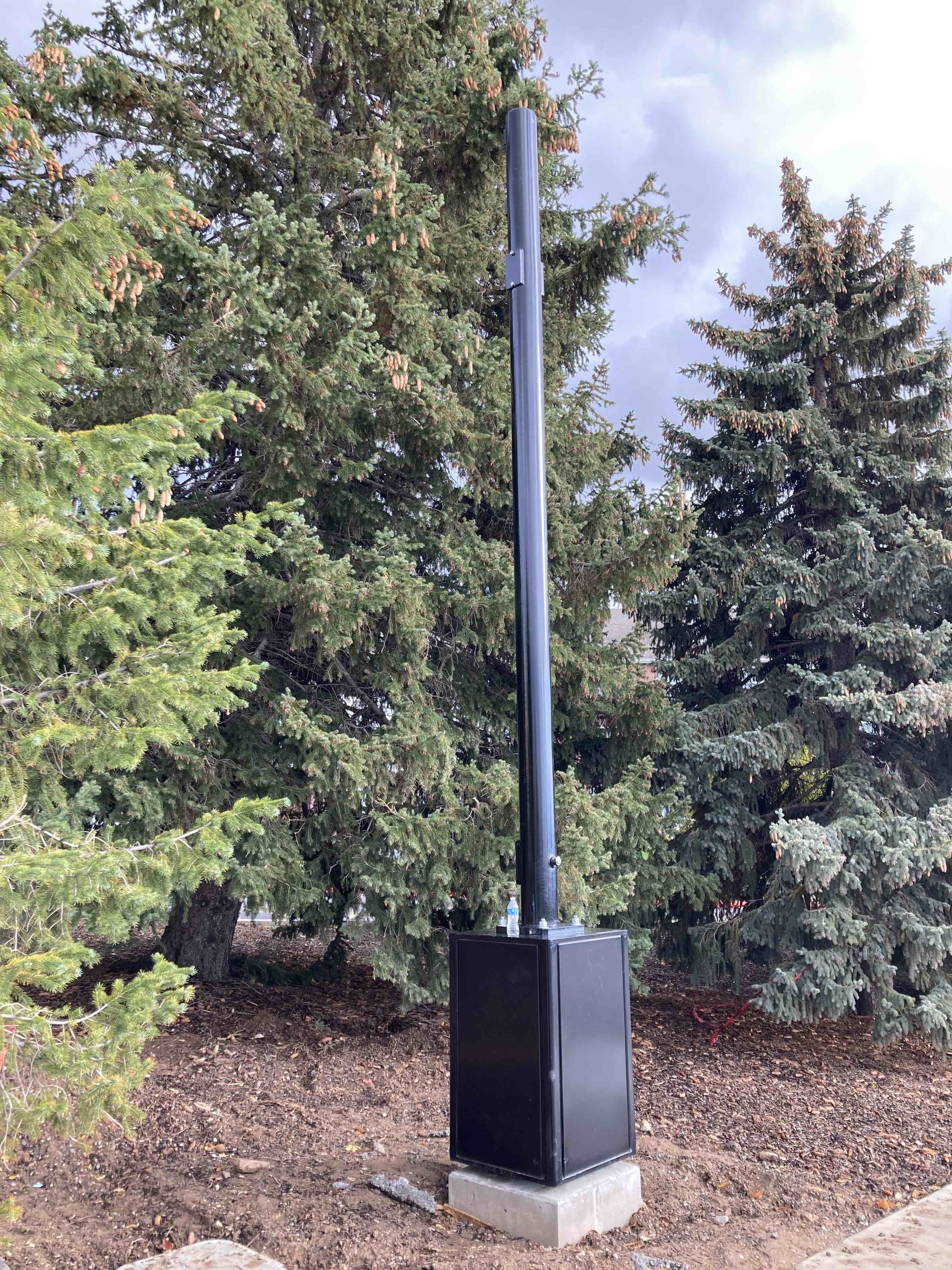
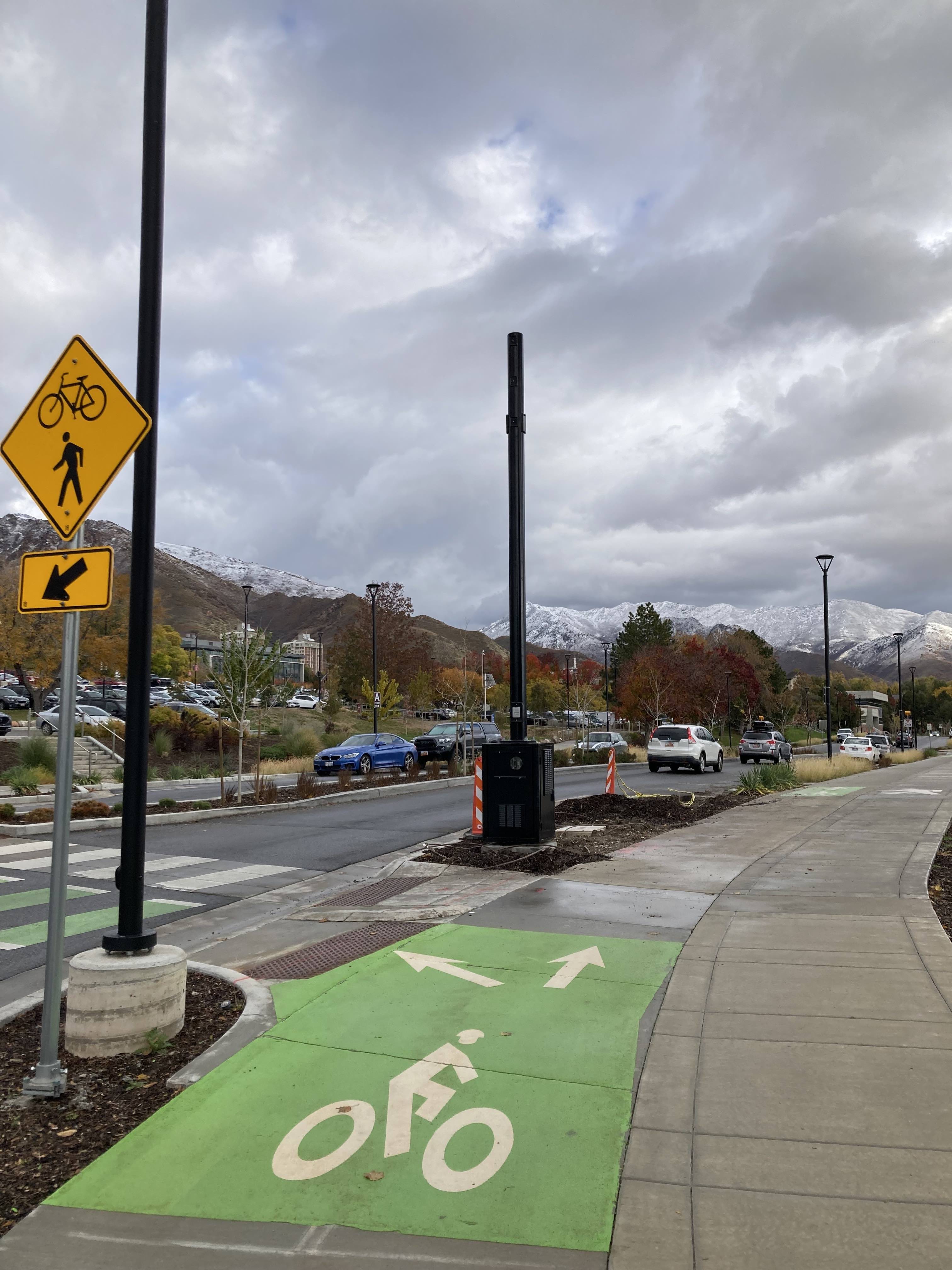
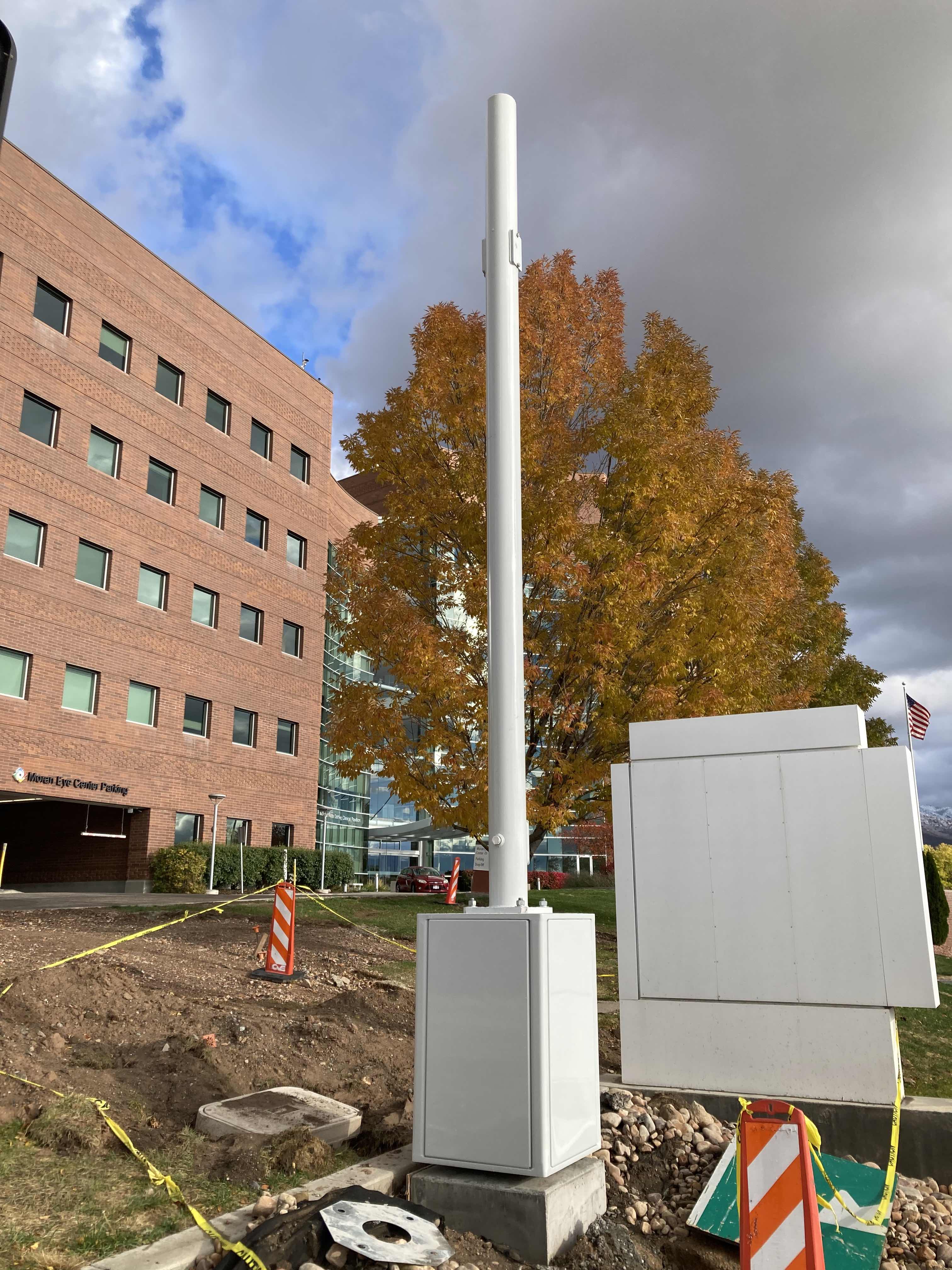
Our work on O-RAN RAN slicing featured as a demo at MWC in Los Angeles! It was part of a series of virtual demos presented under the O-RAN Alliance umbrella.
We got some press coverage of the work:
We are pleased to announce two papers including POWDER team involvement have been accepted to Mobicom 2021!
POWDER is pleased to announce the availability of the first (to our knowledge) "top-to-bottom" closed-loop fully open-source O-RAN use case. The use case in question involves RAN slicing and makes use of the O-RAN Software Community (OSC) near real-time RAN intelligent controller (RIC) from the O-RAN Alliance. The OSC-RIC is combined with POWDER created enhancements to the open source mobile networking software from srsRAN to realize the RAN slicing use case.
We specifically added RAN slicing functionality to the srsRAN software and exposed that to the RIC via a custom E2 RAN slicing service model. We also implemented the O-RAN key performance measurement (KPM) E2 service model in the srsRAN code to allow xApps to obtain RAN related statistics. Our implementation includes an xApp (the NexRAN xApp) which realizes policy driven RAN slicing using these two service models.
The video clip below shows a brief demo of the implementation.
A paper describing this work has been accepted to the ACM WinTECH 2021 workshop.A POWDER profile is available to enable POWDER users to replicate and build upon our work.
POWDER is pleased to announce that we have successfully tested end-to-end LTE TDD mode operation in an over-the-air configuration. This is a significant step towards making this functionality available to our users.
The test configuration involved an eNodeB (consisting of OpenAirInterface (OAI) software, an NI X310 SDR and a new high power RF frontend) located on one of the POWDER rooftops, interacting with a COTS UE (a Quectel M2 module) located at one of the POWDER fixed endpoints. The OAI eNodeB software was extended to support TDD config mode-2, to ensure that our operation is compatible with commercial operators in adjacent bands, and to make use of the external high power RF frontend.
The video clip below shows a number of terminal windows for a successful UE attach and data transfer for this configuration.
The photos below show a schematic of the RF frontend, a prototype RF frontend on a workbench and subsequently being deployed in one of the POWDER rooftop nodes for end-to-end testing.
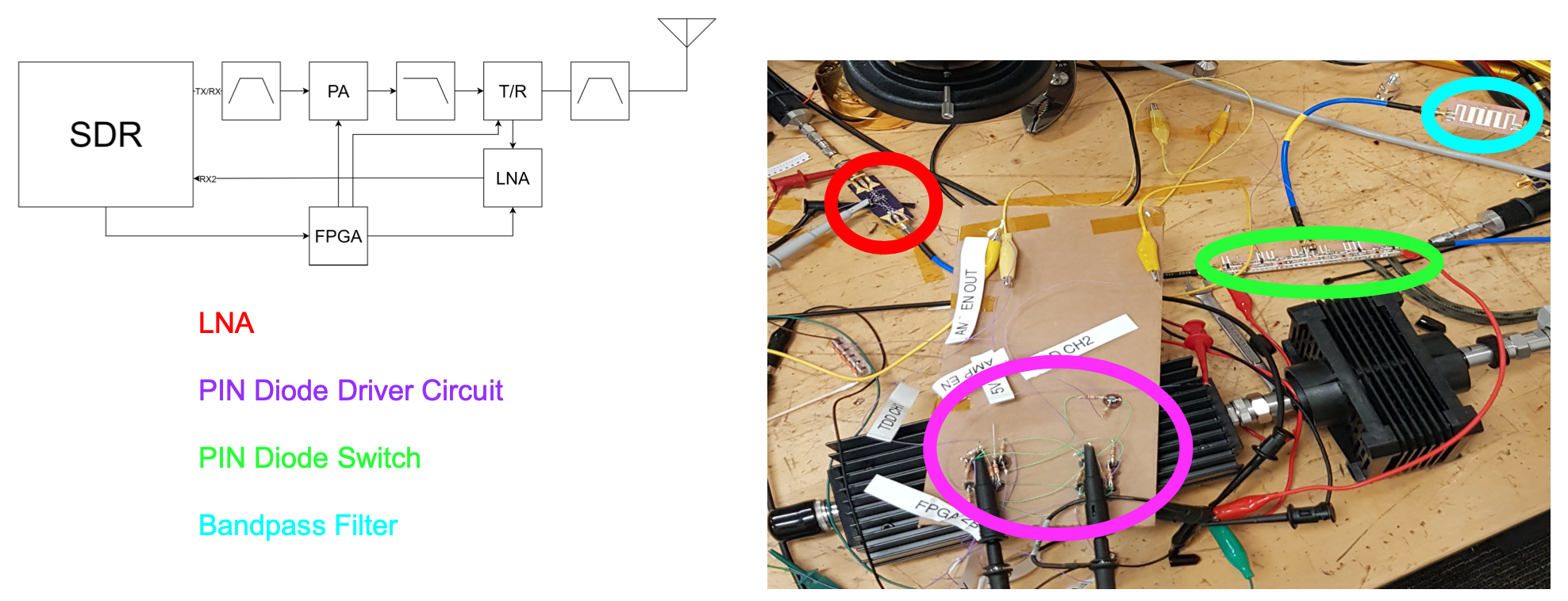
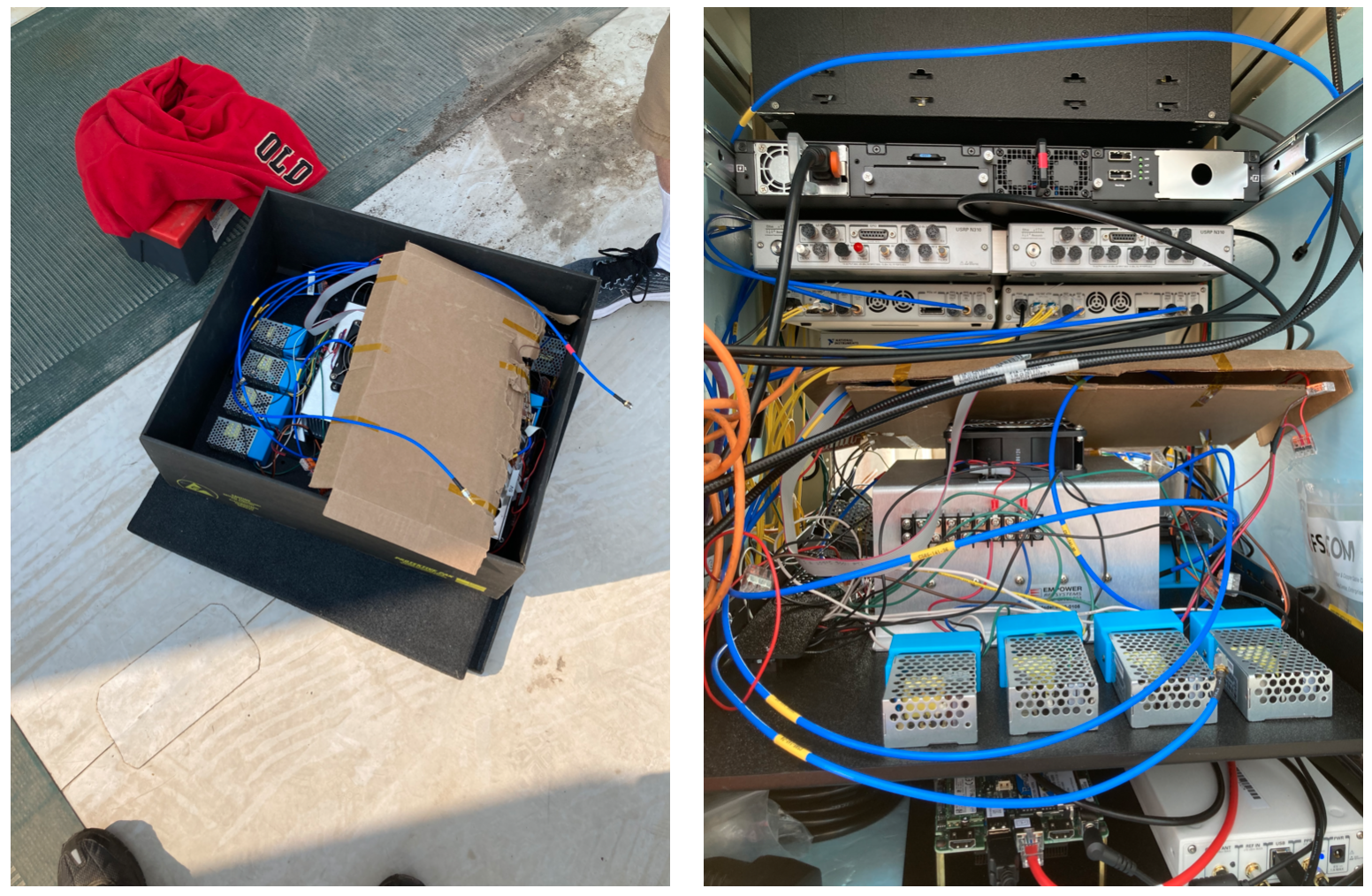
The POWDER team is happy to support the MEC Edge Hackathon for 2021. This event is hosted by ETSI, and encourages teams to imagine new applications that can be enabled by using new computing capabilities at the edge. As stated in the call for participation:
Contestants will be asked to bring that app or service to life with the ETSI MEC Sandbox. Teams are encouraged to be creative in selecting an application vertical to focus on for their submission, include:Automotive, Drones, AR/VR, media, and entertainment & Smart Cities.
POWDER is providing an environment for participants to run the cloud side of their applications, with the edge side using MEC's Edge Sandbox.
The POWDER team is pleased to announce that rooftop-to-rooftop over-the-air experimentation is available once again on POWDER. TDD-mode operation is available via the following six radios/rooftops:
See the POWDER deployment map for reference. Frequencies 3570–3700 MHz are available for use with these devices. A few additional notes:
POWDER was pleased to host a team from the United States Naval Academy (USNA) and Purdue University who utilized POWDER's BYOD capabilities to perform mmWave measurements.
Professor Chris Anderson (USNA) worked with PhD students Yaguang Zhang and Bharath Keshavamurthy (both from Purdue University) to collect millimeter-wave channel state measurements for a moving vehicle scenario. The measurement system included two parts, (i) a 28-GHz sliding correlator sounder, and (ii) a pair of custom-built antenna rotators for automatic antenna alignment. (See video clip below.)
The photos below show the system being put together the lab and being installed on the POWDER Browning rooftop.
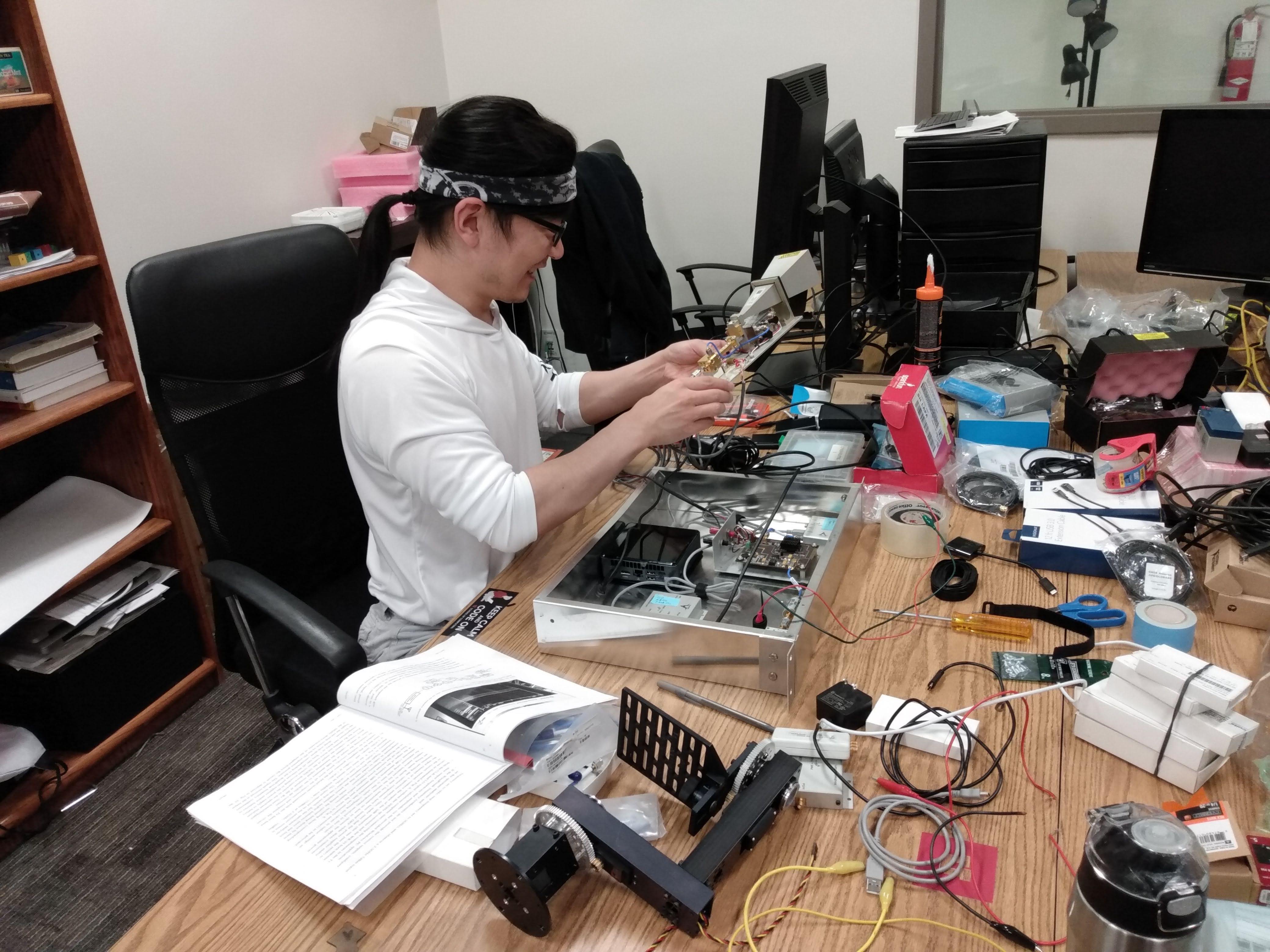
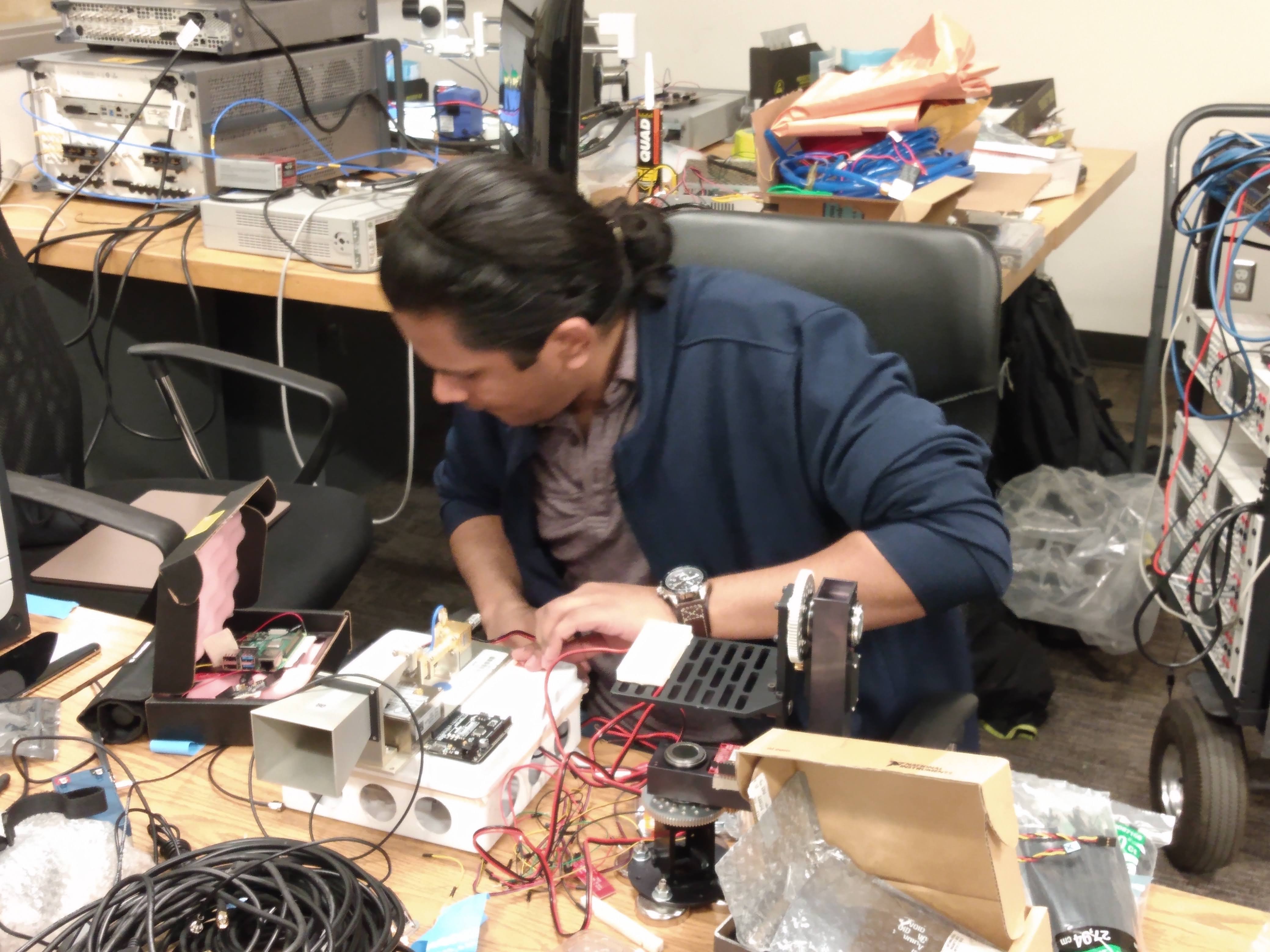
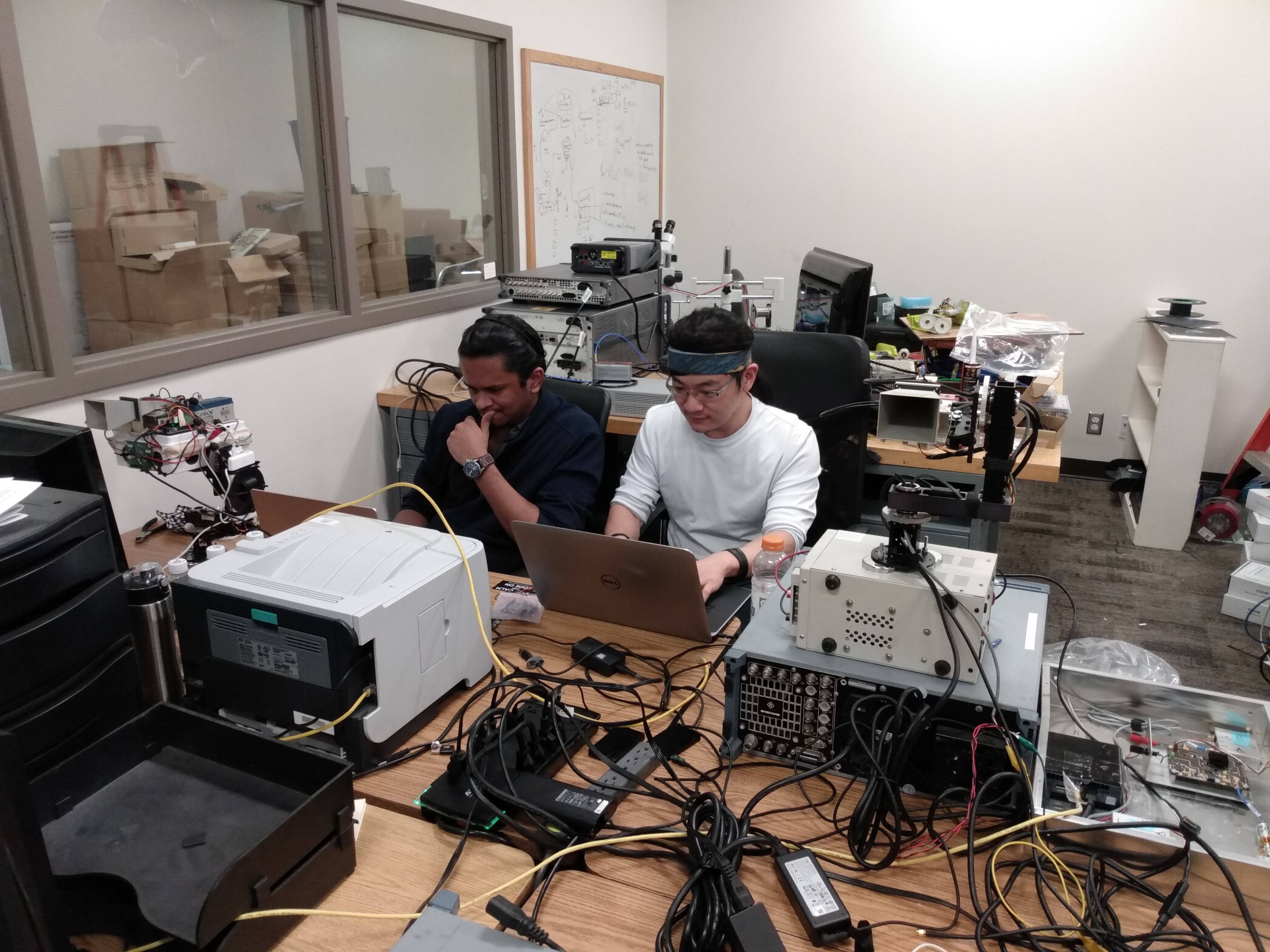
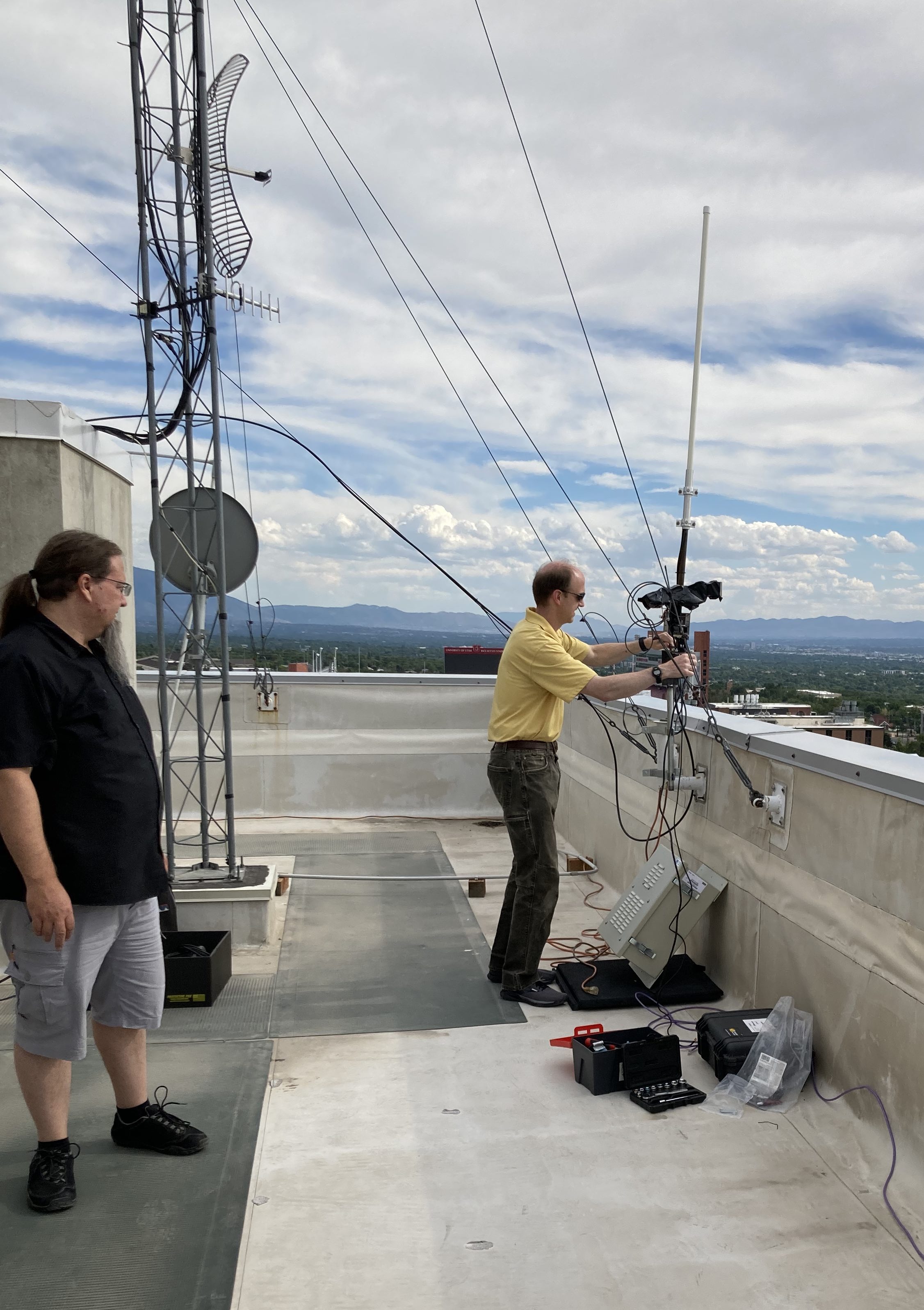
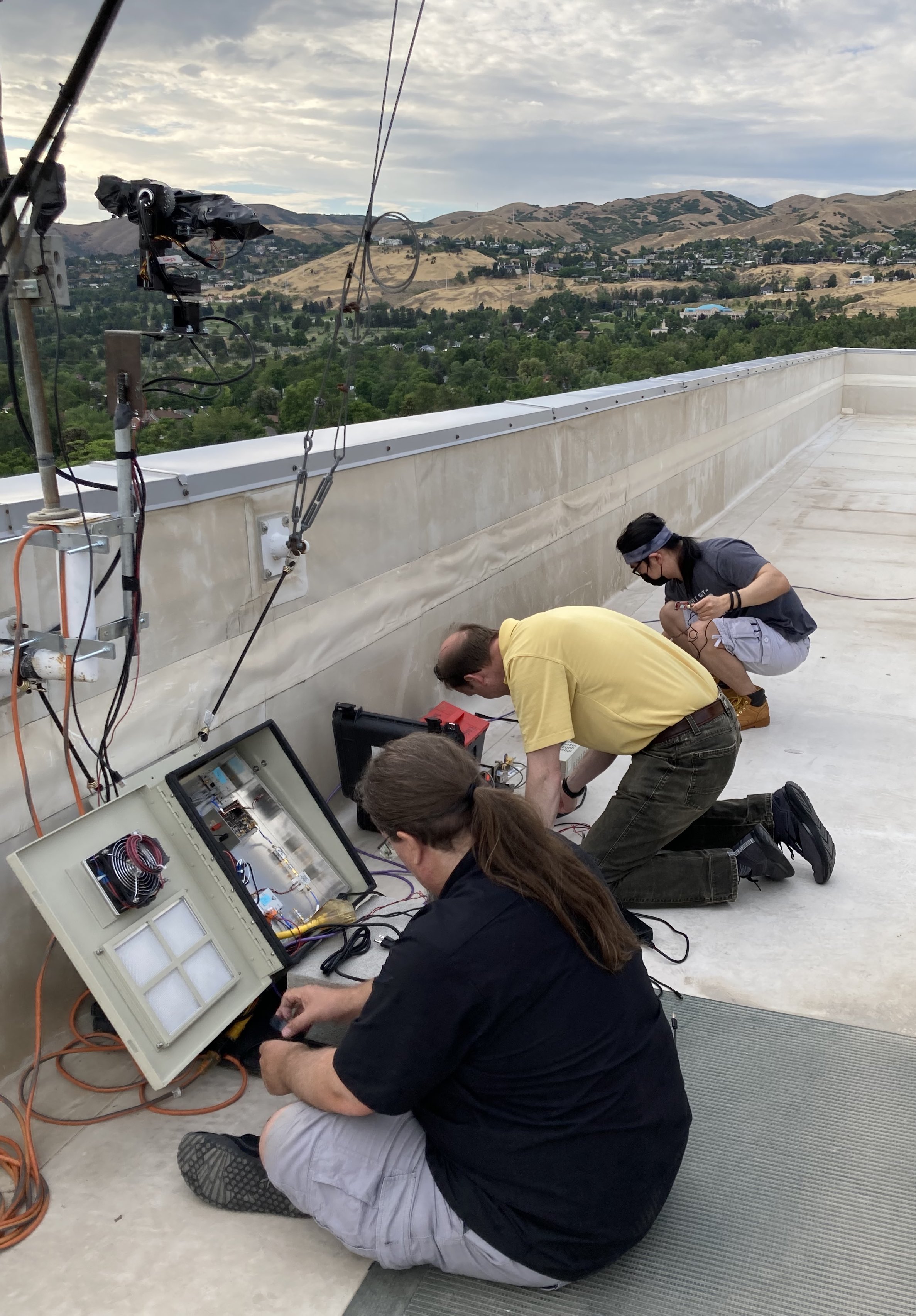
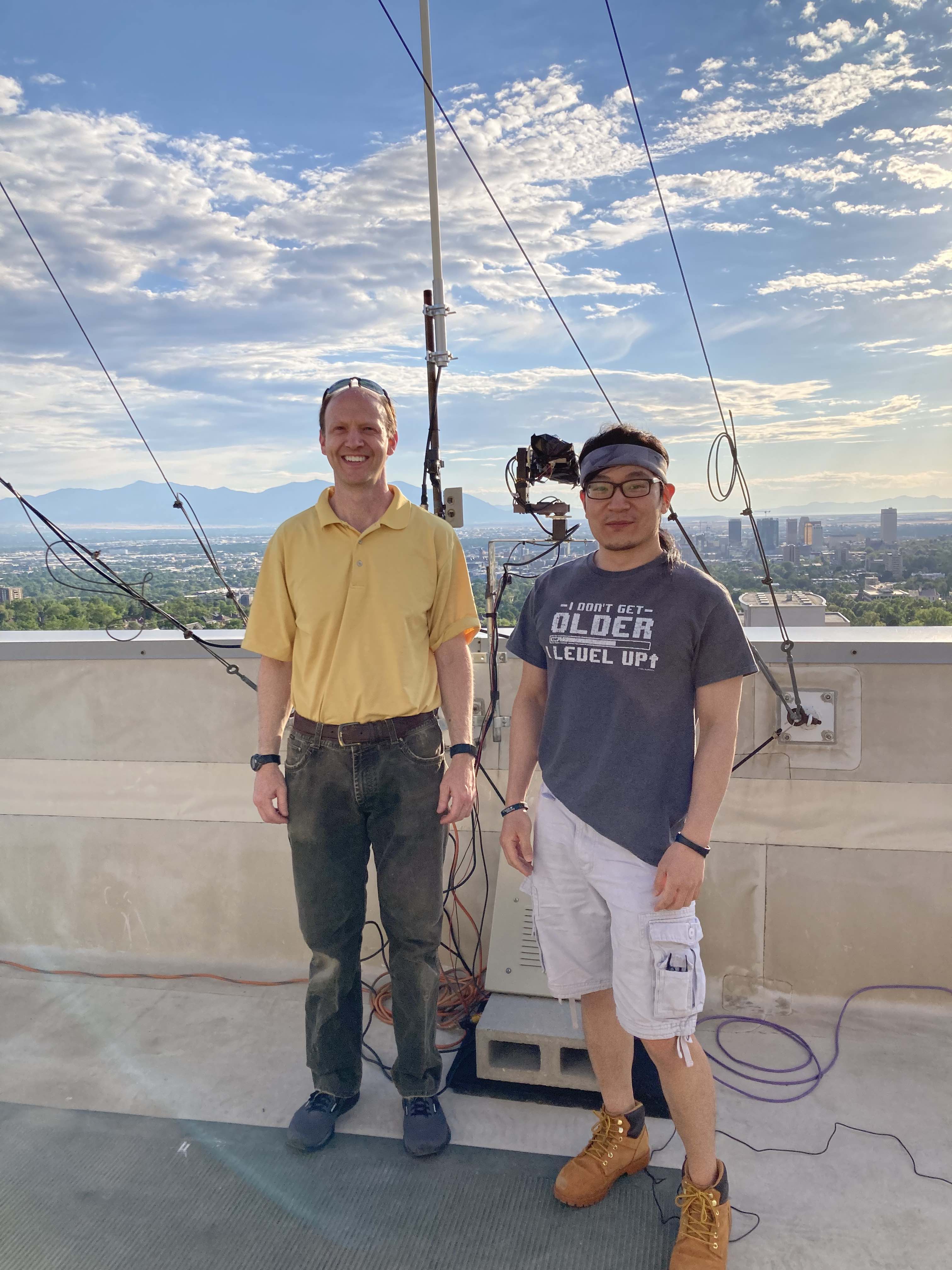
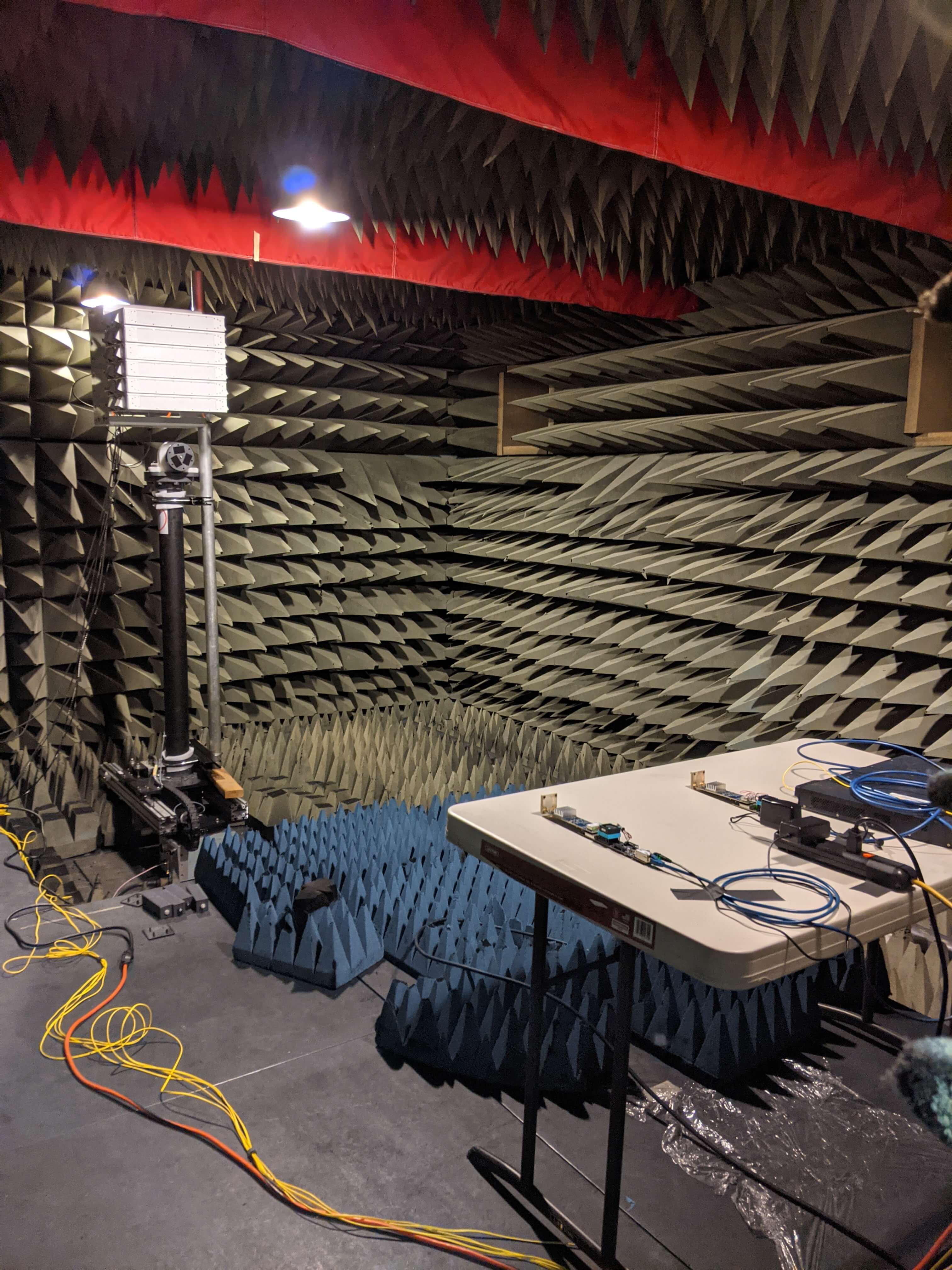
We are pleased to announce, after a long period of repairs, upgrades, and revalidation, that the POWDER Massive MIMO functionality is available again! We are currently supporting a scenario with one 48-antenna Skylark mMIMO array alongside two 2-antenna clients inside an anechoic chamber. These devices support operation in the BRS (2500 - 2570) and CBRS (3550 - 3700) frequency ranges thanks to the new dual-band patch antennas designed by our team here at the U of U. For registered POWDER users, the relevant profile, which includes pointers to documentation, is here: RENEWLab Profile
In the near future, we will release a 64-antenna array on top of the Honors rooftop site along with two clients. More devices will be made available in the coming weeks and months as well; three arrays total and several more clients will be provided in the outdoor POWDER deployment on the University of Utah campus by early Fall 2021.
Those interested in experimenting with the mMIMO equipment will need to sign up for POWDER's biweekly virtual office hours. The POWDER-RENEW team will run through some bootstrap steps and provide guidance for your intended use of these devices during those office hours. Questions and feedback on POWDER's massive MIMO capabilities can also be sent to the POWDER User's List
Happy Experimenting!
We have been receiving questions from US academics asking whether they should budget for using the POWDER platform when writing proposals.
We are happy to provide the following clarification from NSF on this question:
The POWDER platform will be available for free for RINGS researchers (and other academic users) until April 2023. Beyond that period, NSF will work with the POWDER platform and PIs supported by NSF-grants to determine appropriate arrangements to enable use of the platforms. Given the above, academic users need not explicitly request additional funds for using the POWDER platform at this time.

We are pleased to support the efforts of the ns-3 team as they investigate how simulated environments, like the ns-3 discrete-event simulator, and "real world" platforms like POWDER can be used in combination to improve the research utility of both environments.
As part of an upcoming Workshop on ns-3, on Monday June 21 at 13:00 UTC (9:00 AM EDT), ns-3 maintainer Tom Henderson will present a tutorial on "Using ns-3 with the POWDER wireless testbed" as an introduction to researchers interested in exploring synergies between these environments.

Prof. Neal Patwari, one of the co-PIs of the POWDER-RENEW project, is featured in the spring 2021 issue of WUSTL's Engineering Momentum Magazine. Read the article to learn more about about Prof. Patwari's research and his successes in academia and industry.
In collaboration with our partners at UDOT we are looking into the impact of RF interference on various V2X type technologies. The picture/photos below show a specific setup exploring interference with dedicated short-range communications (DSRC) equipment.
The DSRC equipment is introduced into the POWDER platform as a BYOD device. Specifically, as shown in the topology diagram, the DSRC road side unit (RSU) was deployed on the POWDER Browning rooftop and connected to a POWDER X310 SDR via an attenuator. The X310 serves as a controllable RF interferer. In this configuration the DSRC on-board unit (OBU) was free-standing and connected to a laptop. With this setup the impact of RF interference on DSRC traffic can be measured in a realistic and yet controlled manner.
The photos show the RSU on Browning and the setup of the free-standing OBU.
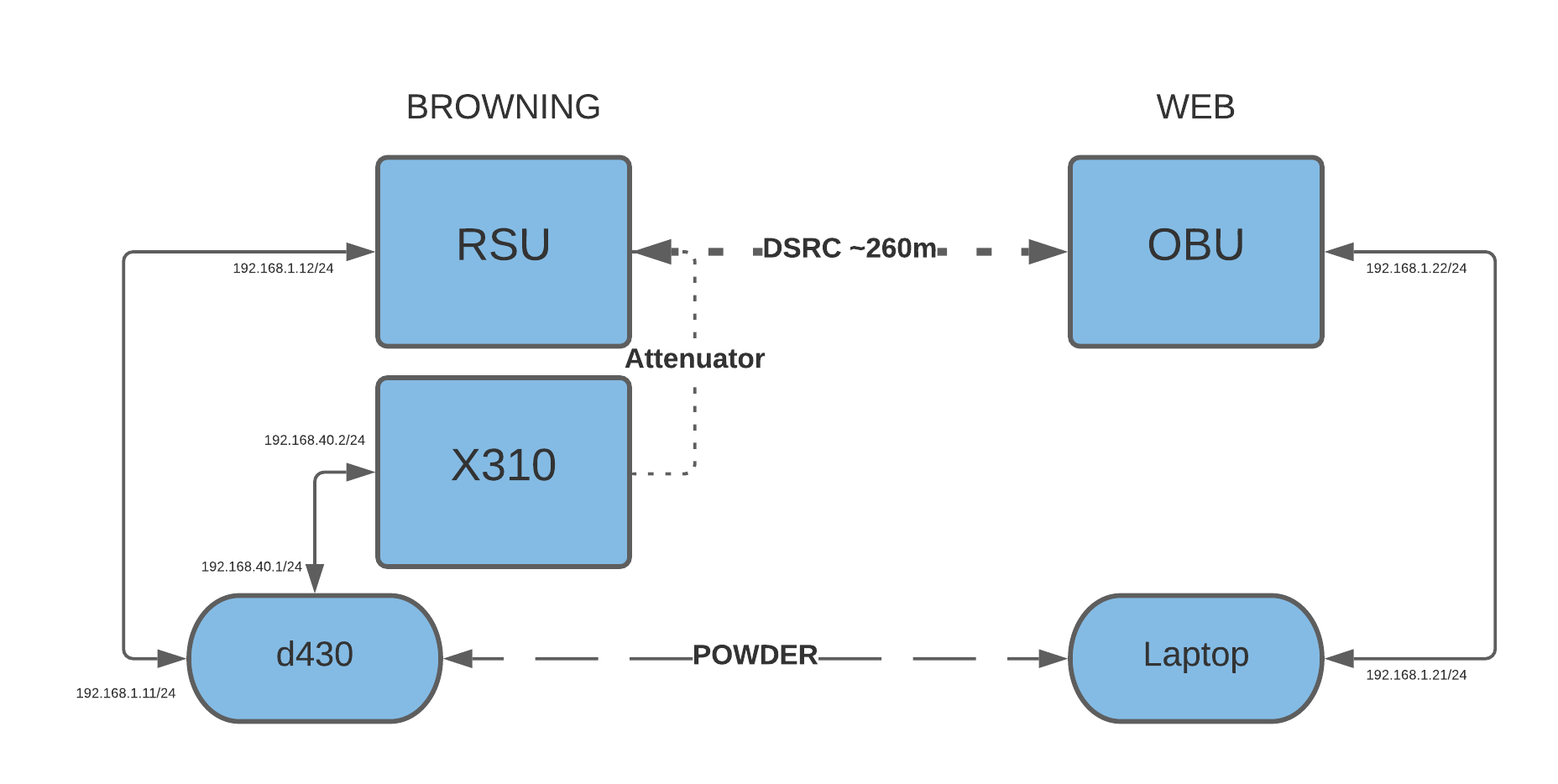
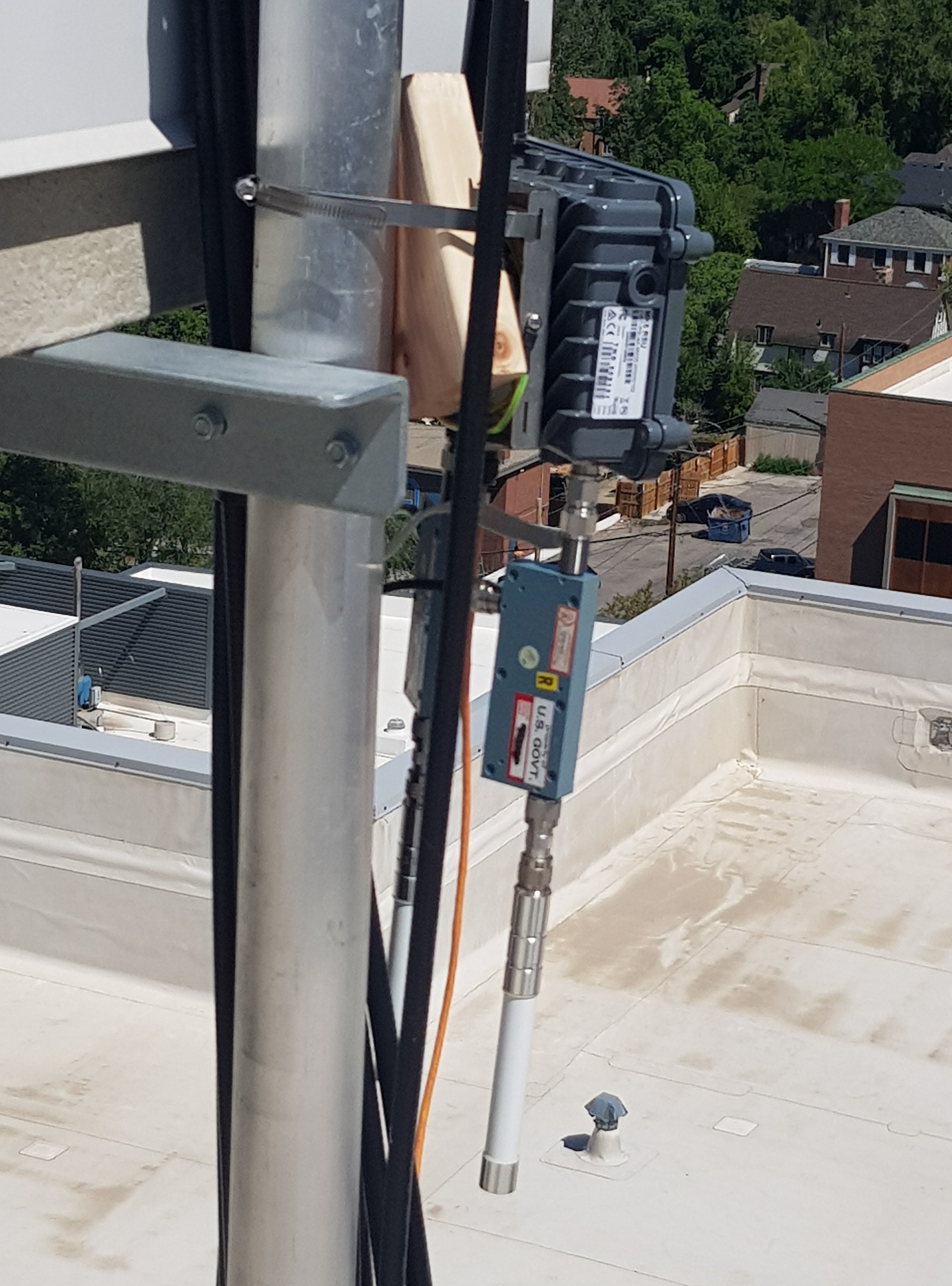
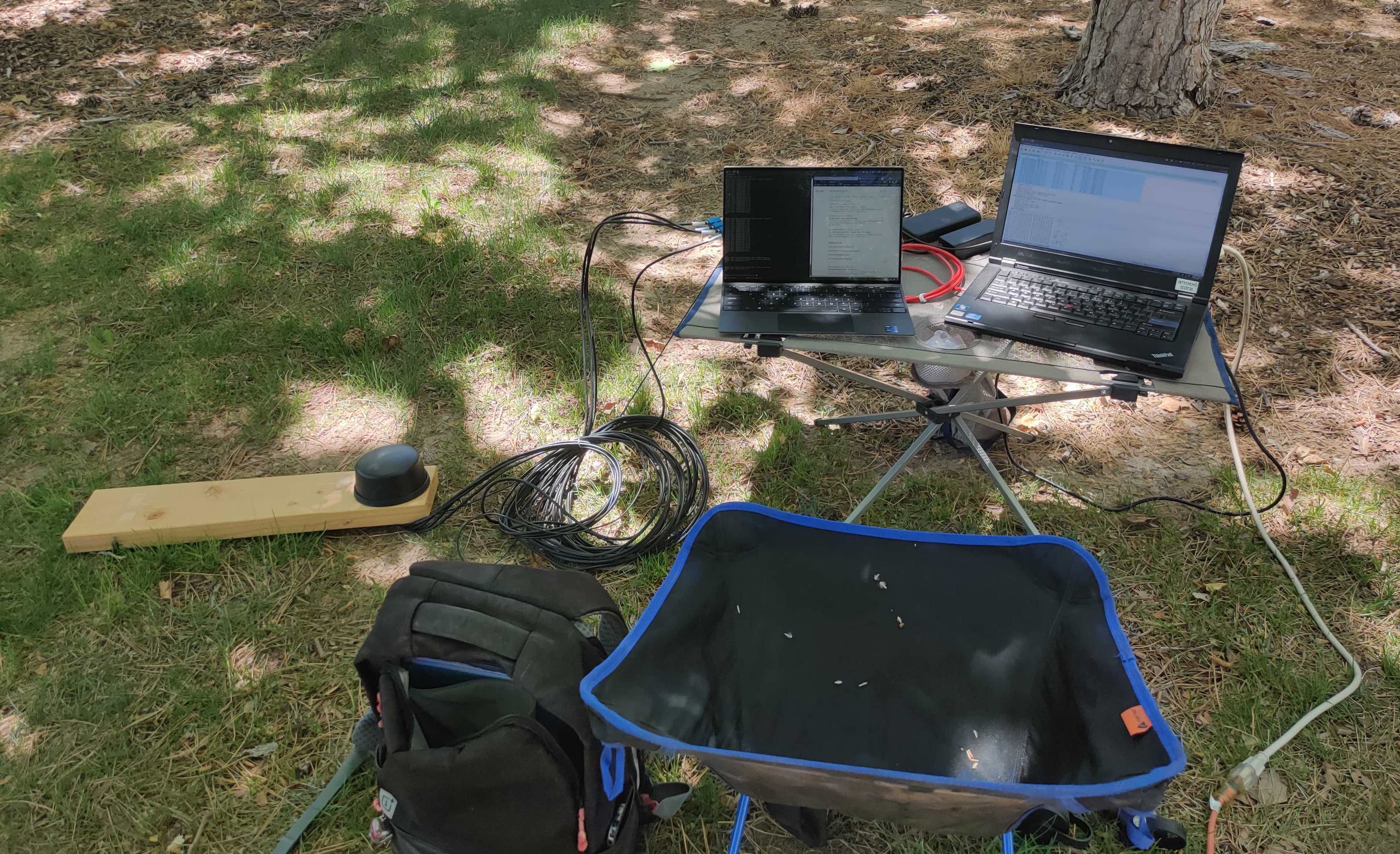

Dual-band antennas (CBRS and BRS bands) developed by POWDER and Skylark Wireless being installed in massive MIMO arrays.
A photos showing the dual-band antenna connected to a dual-tranceiver RF frontend, the original CBRS-only antenna (on left) with the new dual-band antenna (on right), the mMIMO modular radio unit with four transceivers and new dual-band antennas, the installment process.
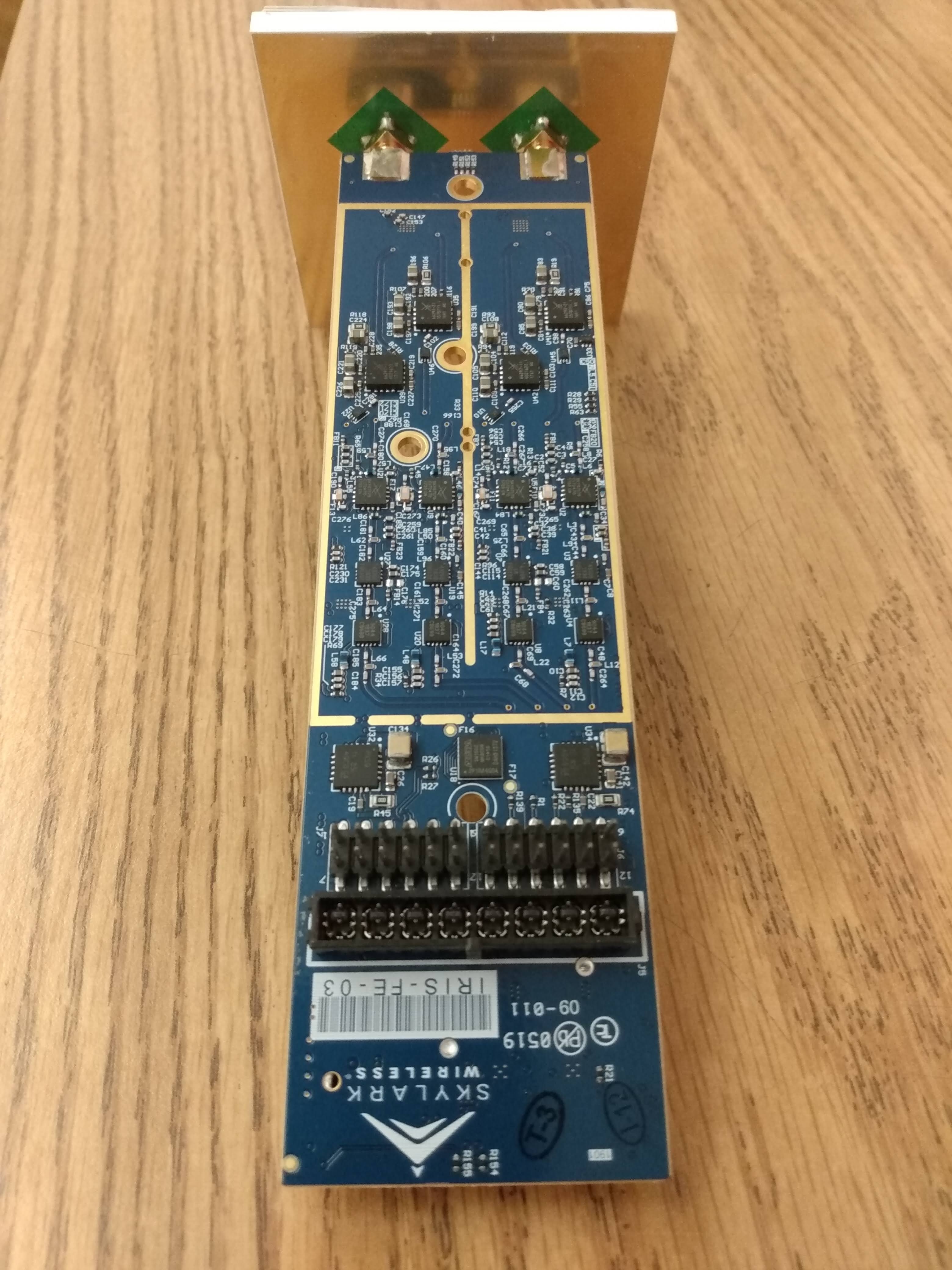
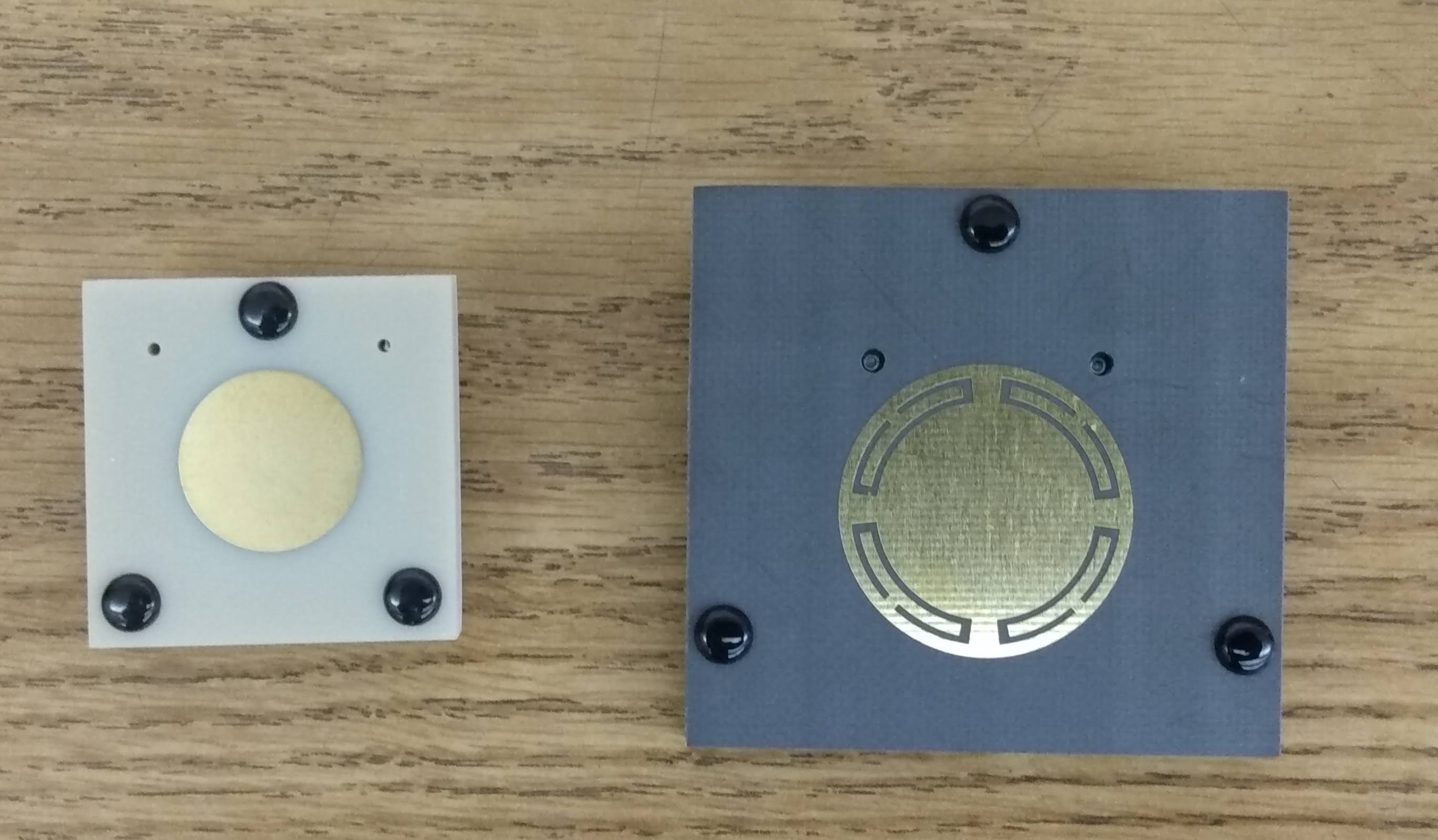
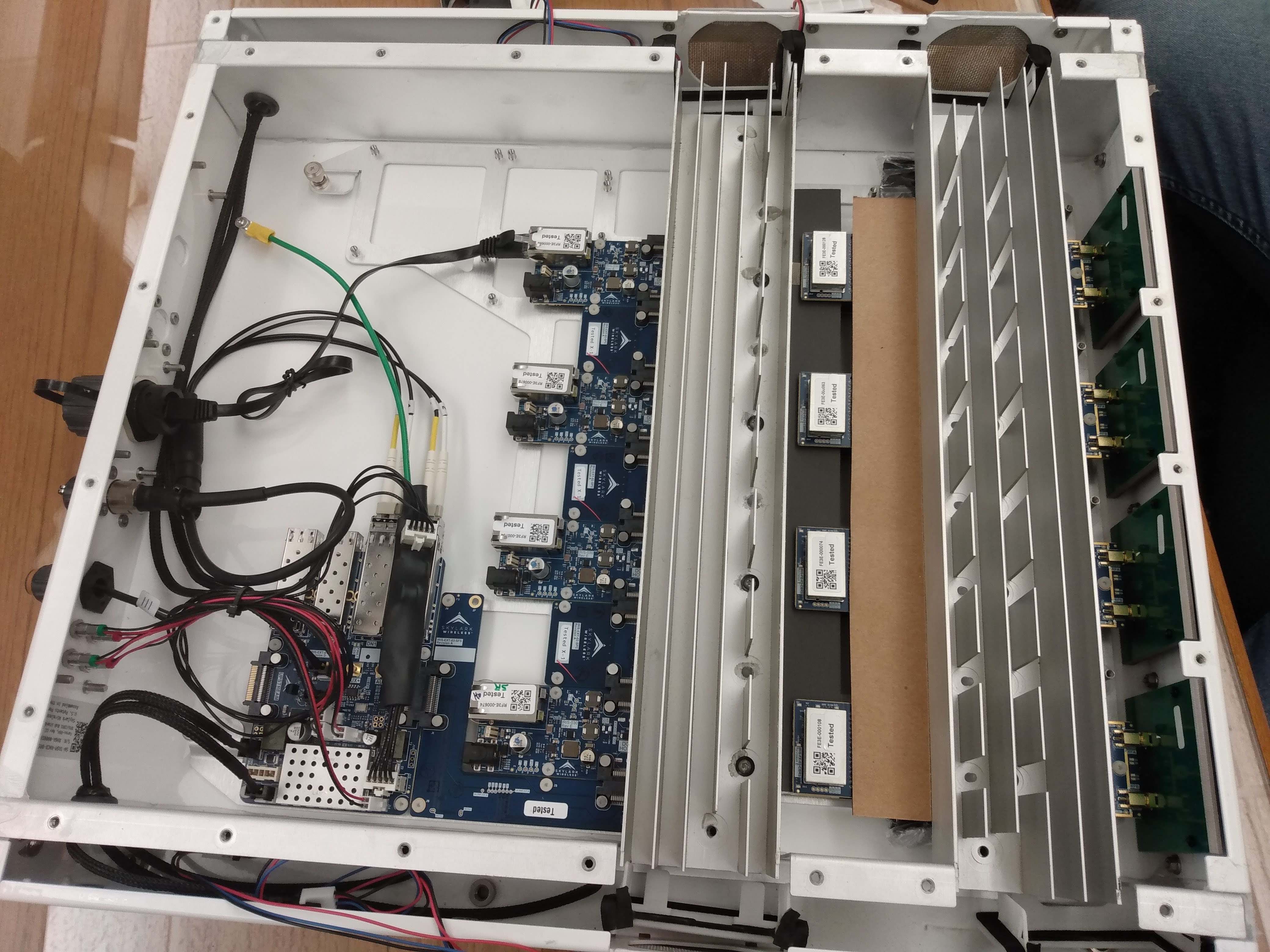
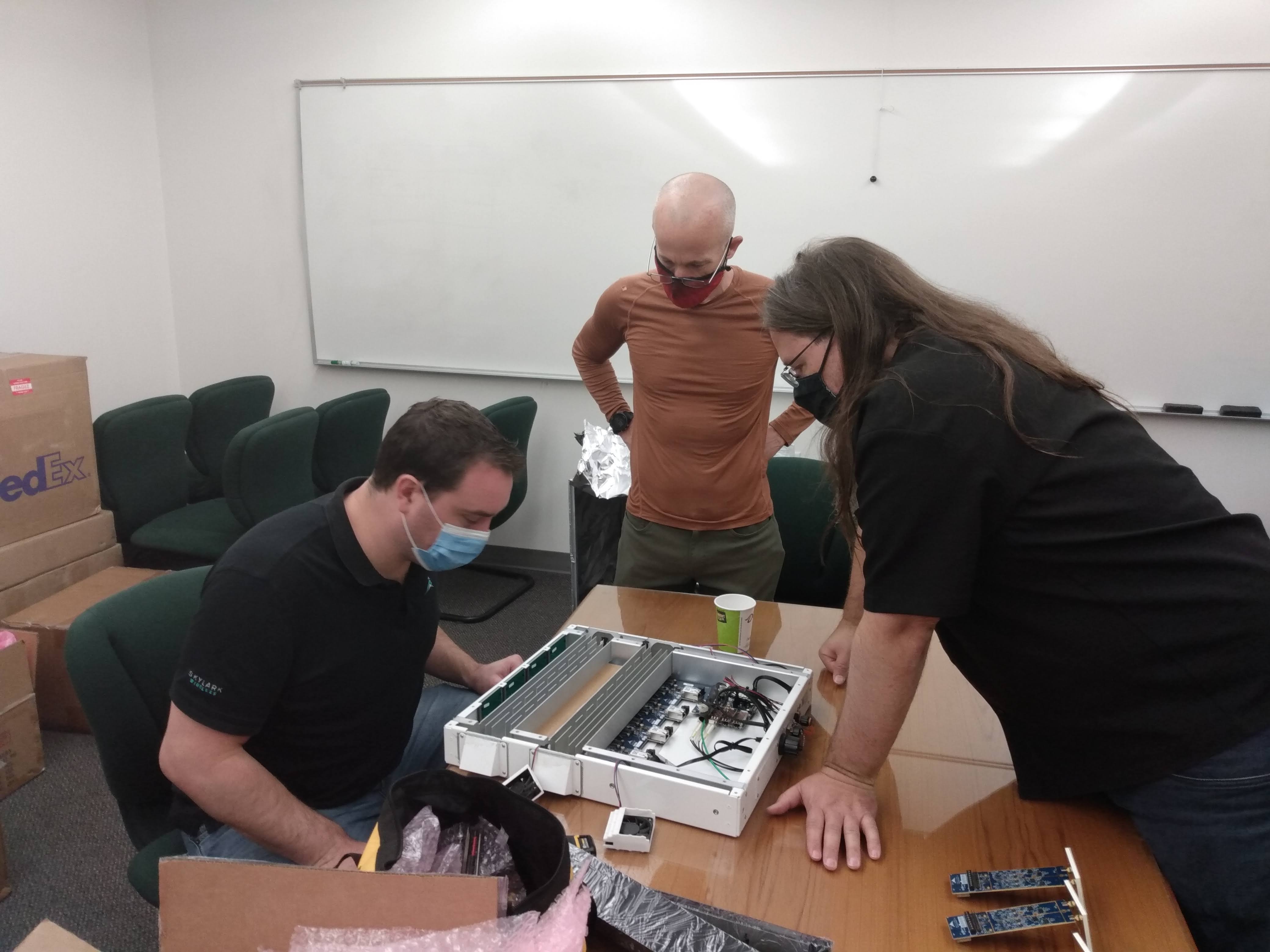
The POWDER team is starting a new “office hours” schedule to assist people in using the POWDER platform. This is a venue for meeting with POWDER experts in an online setting (via Zoom).
The POWDER team will continue to provide help to users via email too. The new office hours are meant to supplement the team's existing email-based help and to address issues that require more one-on-one discussion and/or show-and-tell.
Below is the initial plan for office hours. This plan will evolve over time, based on experience. [Updates to the original plan noted below, last updated January 15, 2025.]
To schedule an office-hours appointment, please visit the signup page.
The POWDER team is looking forward to meeting with you!
To enable testing and data collection in a "clean" RF environment, we have temporarily deployed a 48-radio version of our Skylark massive MIMO base-station, with a couple of endpoints, in an anechoic chamber. We will be working with the RENEW team to collect data from this configuration, which will then be made available to the community. The equipment in the anechoic chamber is remotely accessible, like all other POWDER equipment, and will also be made available to POWDER users who want to perform their own experiments using this setup. The equipment will eventually be deployed in an outdoor rooftop configuration like the other POWDER mMIMO base-stations.
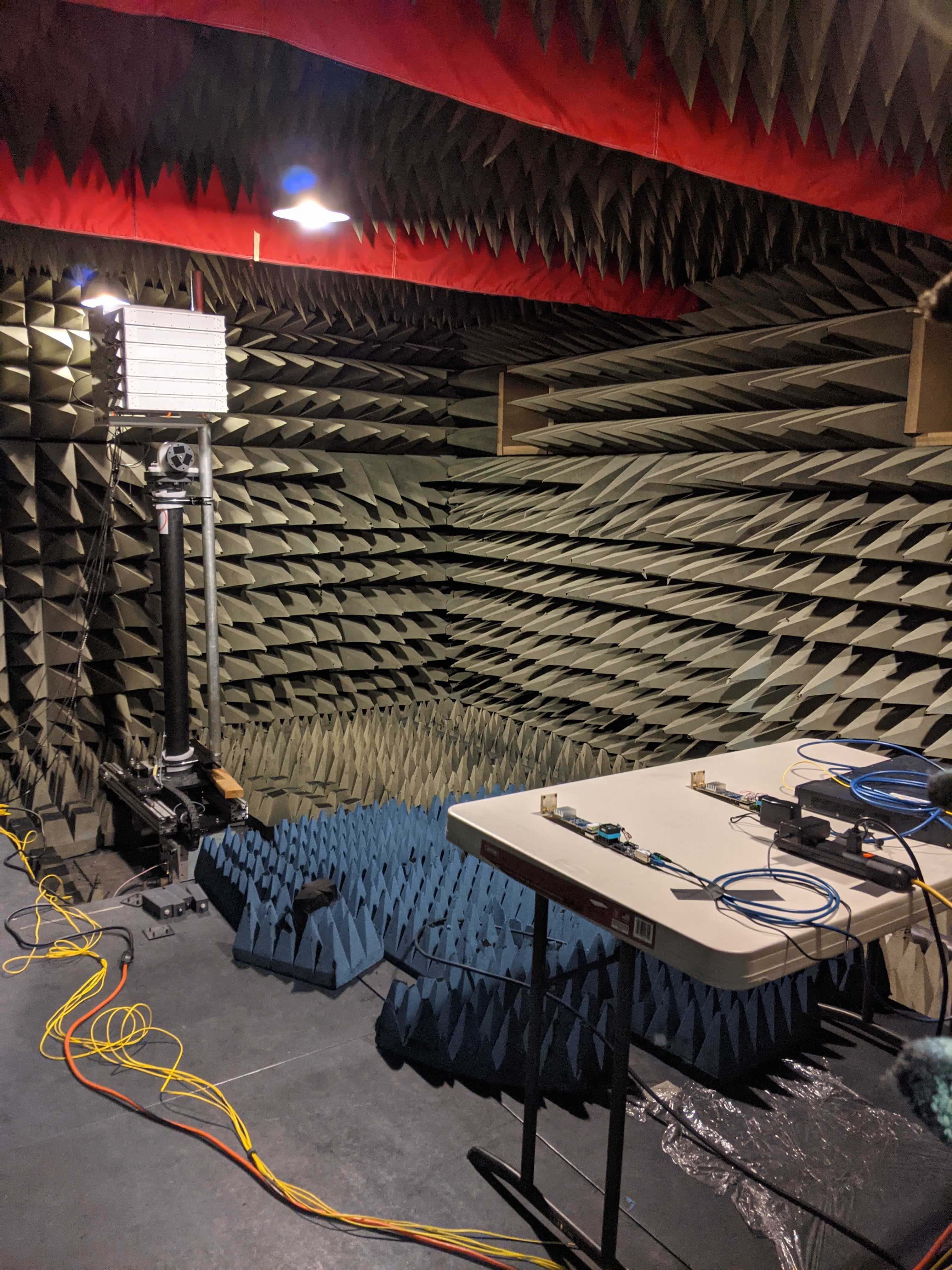
All it takes to do "cloud RAN" in POWDER is a sunny Utah spring day!
A photo of the CBRS-capable Skylark massive MIMO base-station deployed in POWDER.
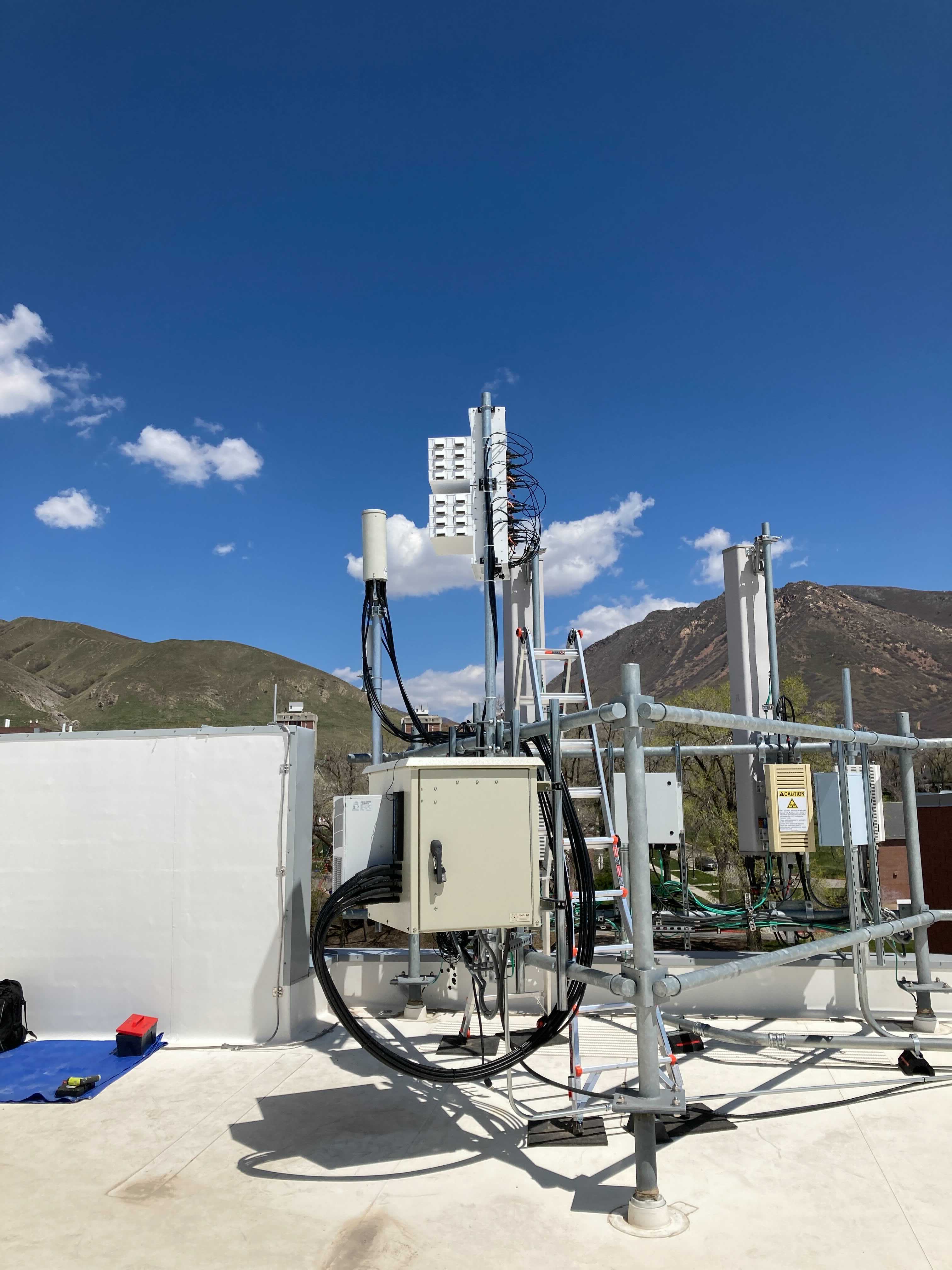
The photos below show details of a mobile endpint deployed in a campus shuttle.
We are still actively deploying these and currently have 15 deployed units. A map with various options to show POWDER equipped shuttles is available here.
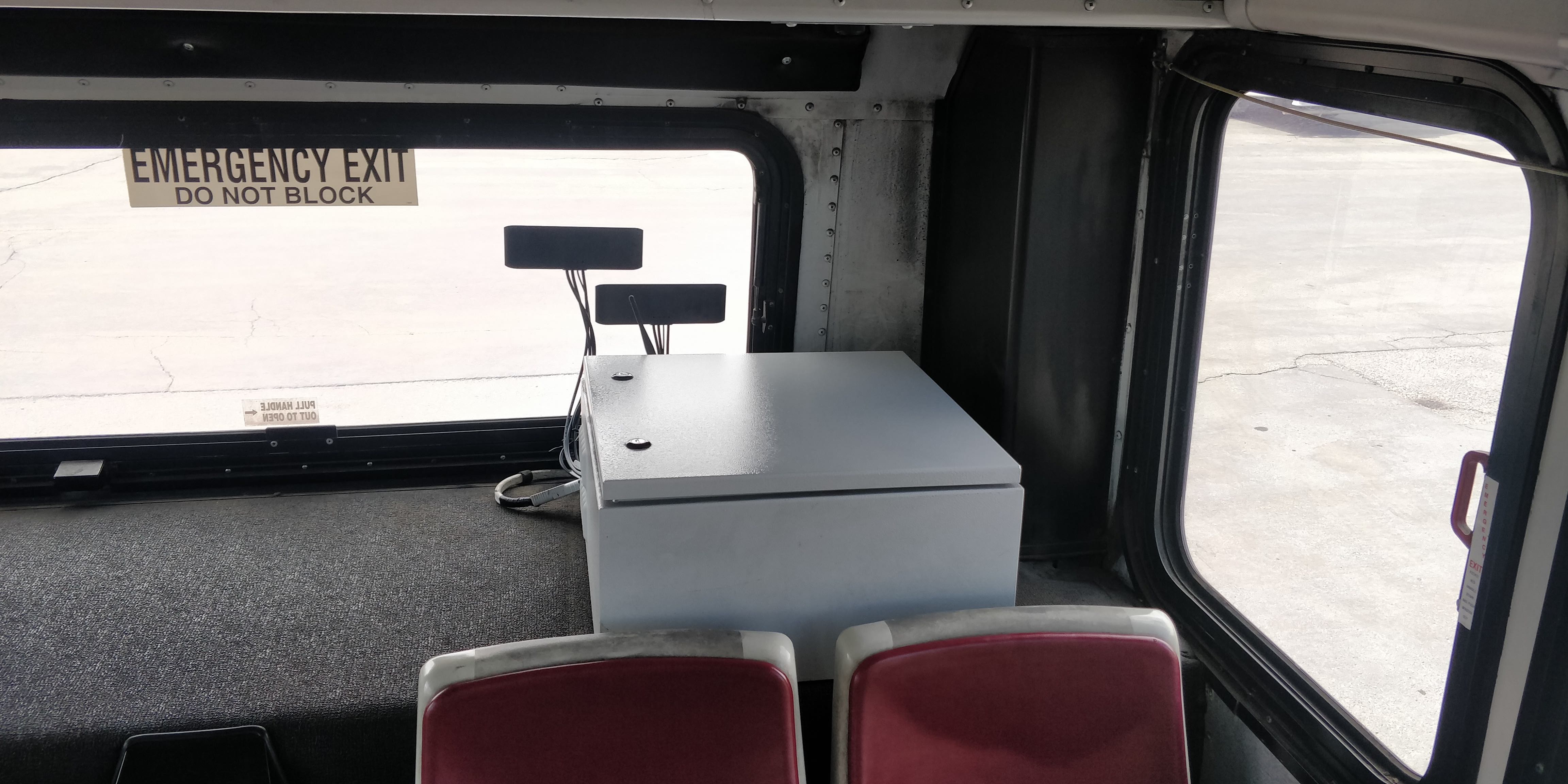

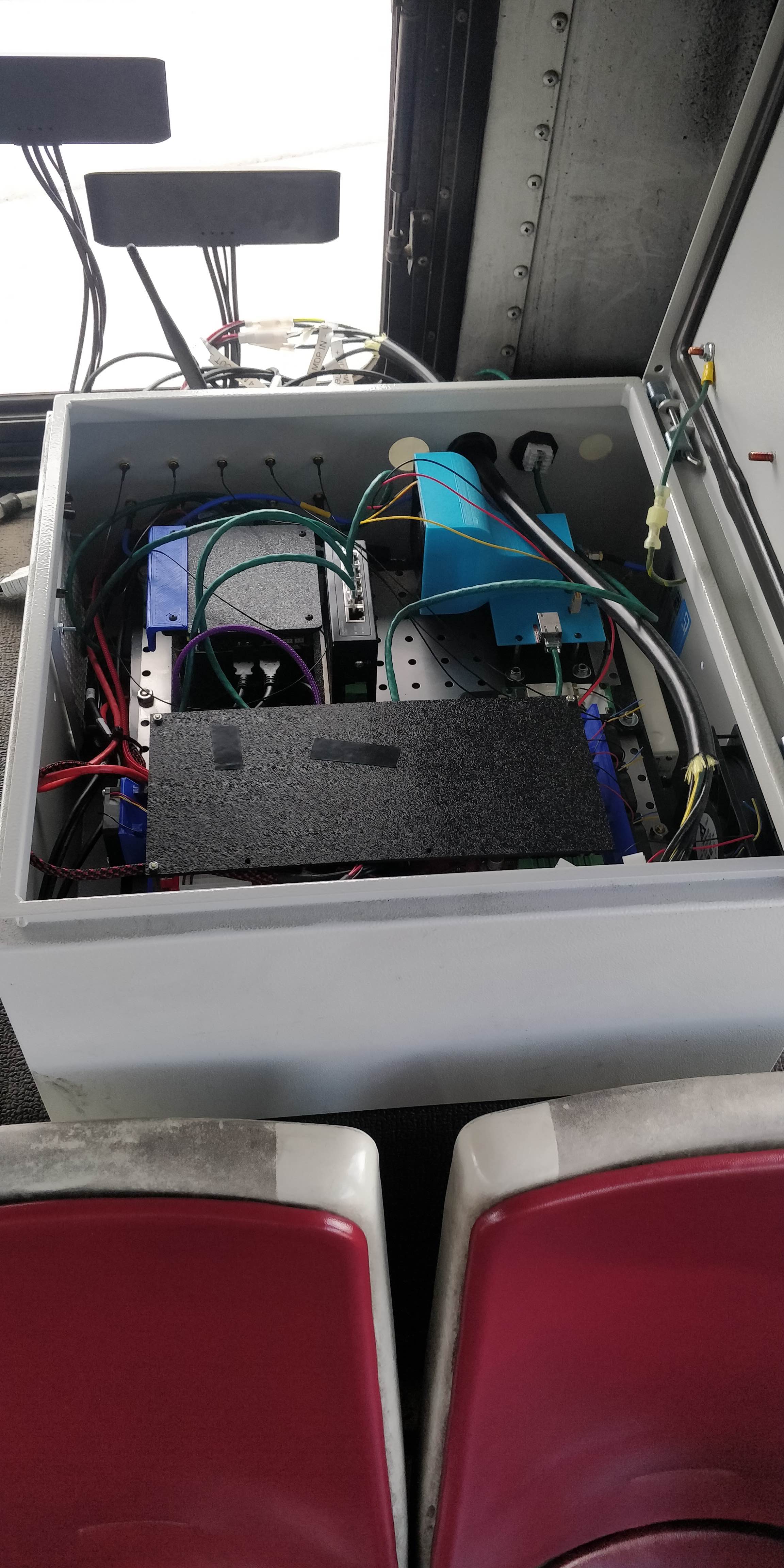
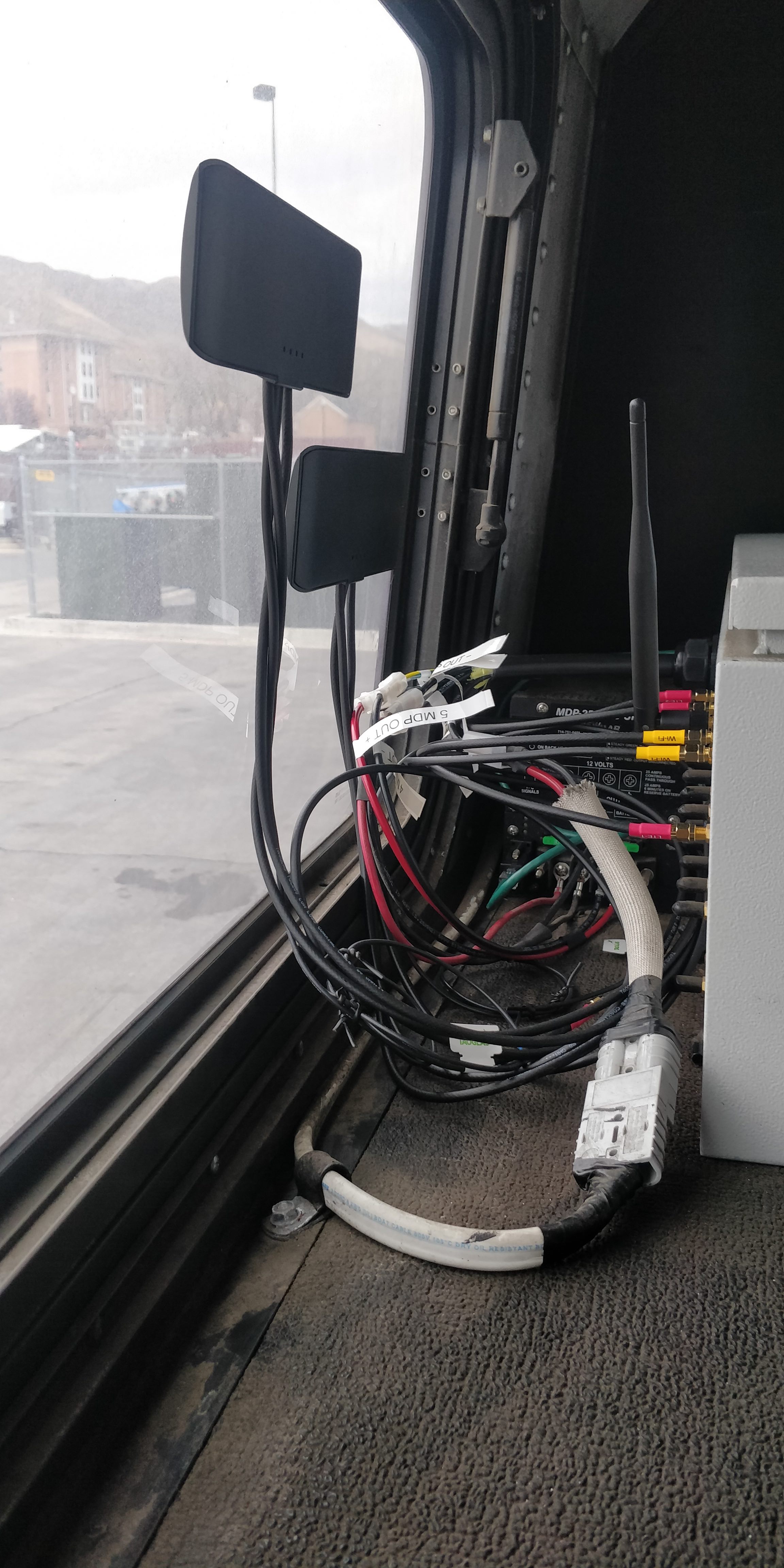
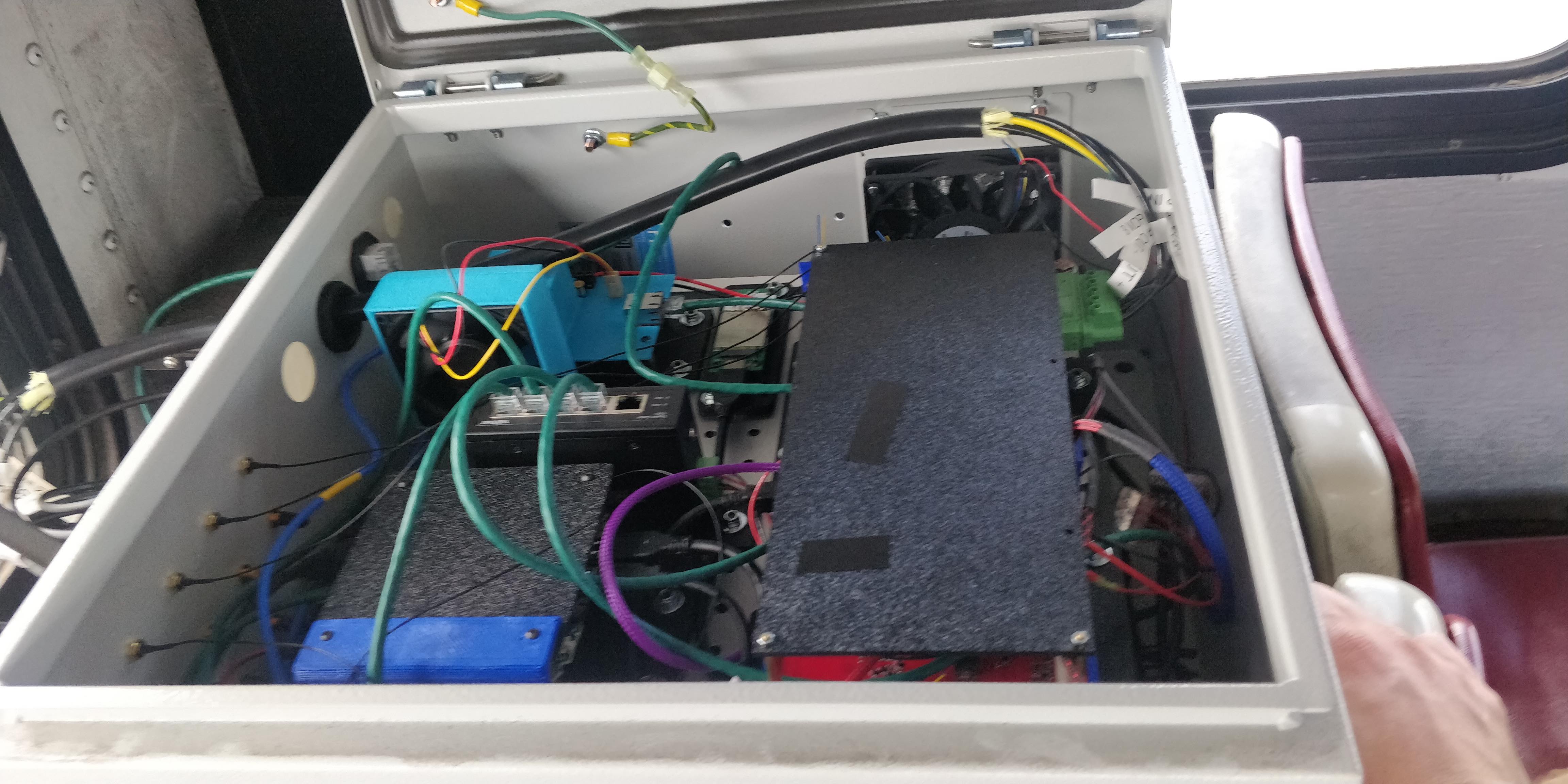
We are pleased to announce the formation of the POWDER Advisory Board!
We are delighted to have this exceptional and diverse group of individuals be involved in advising POWDER:
The first photo below shows a logical diagram of the components that make up a mobile endpoint.
The remaining photos show the "creation" of a mobile endpoint as all the components are put together into the structure that is deployed into an enclosure on a campus shuttle.
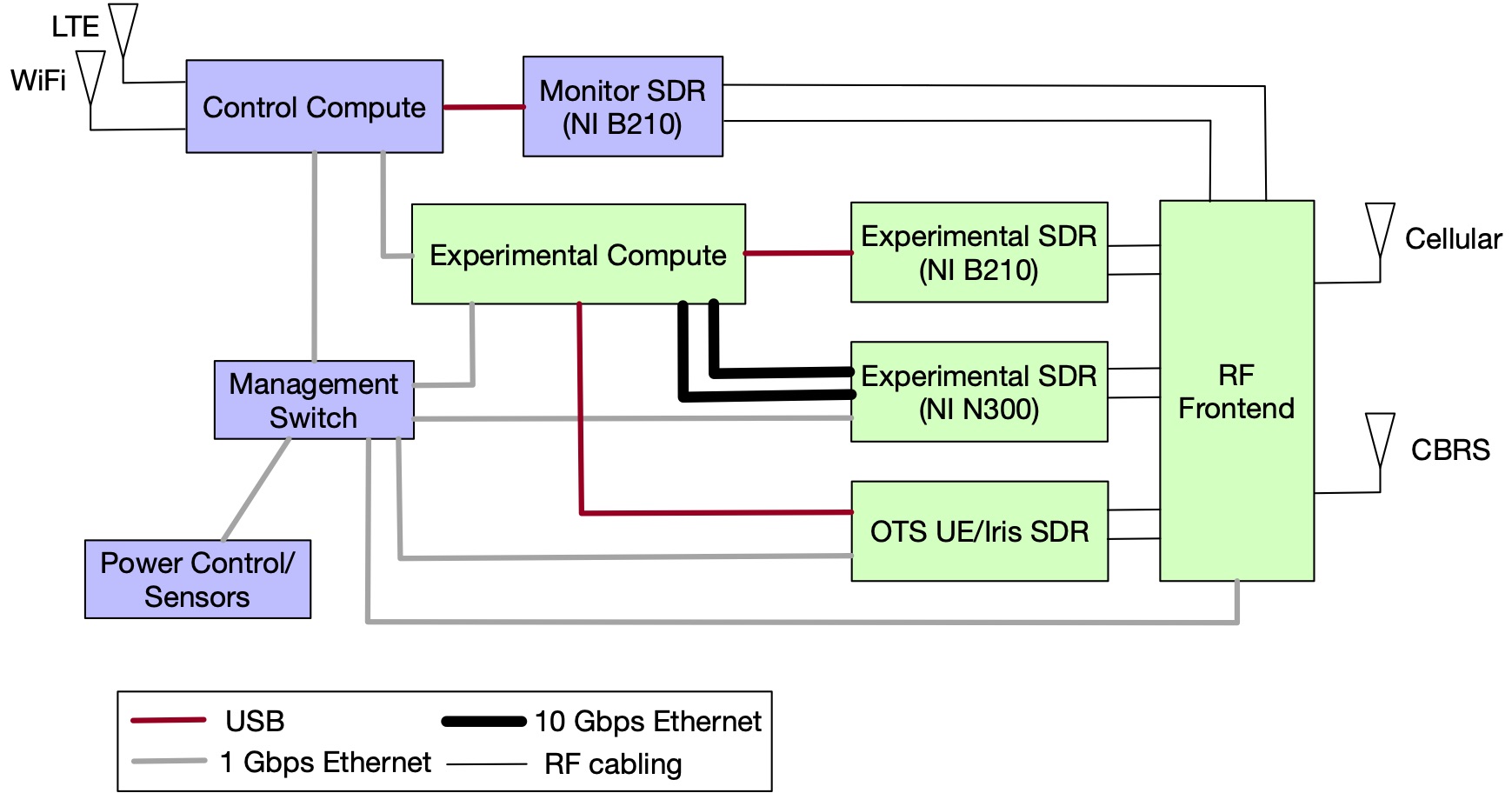
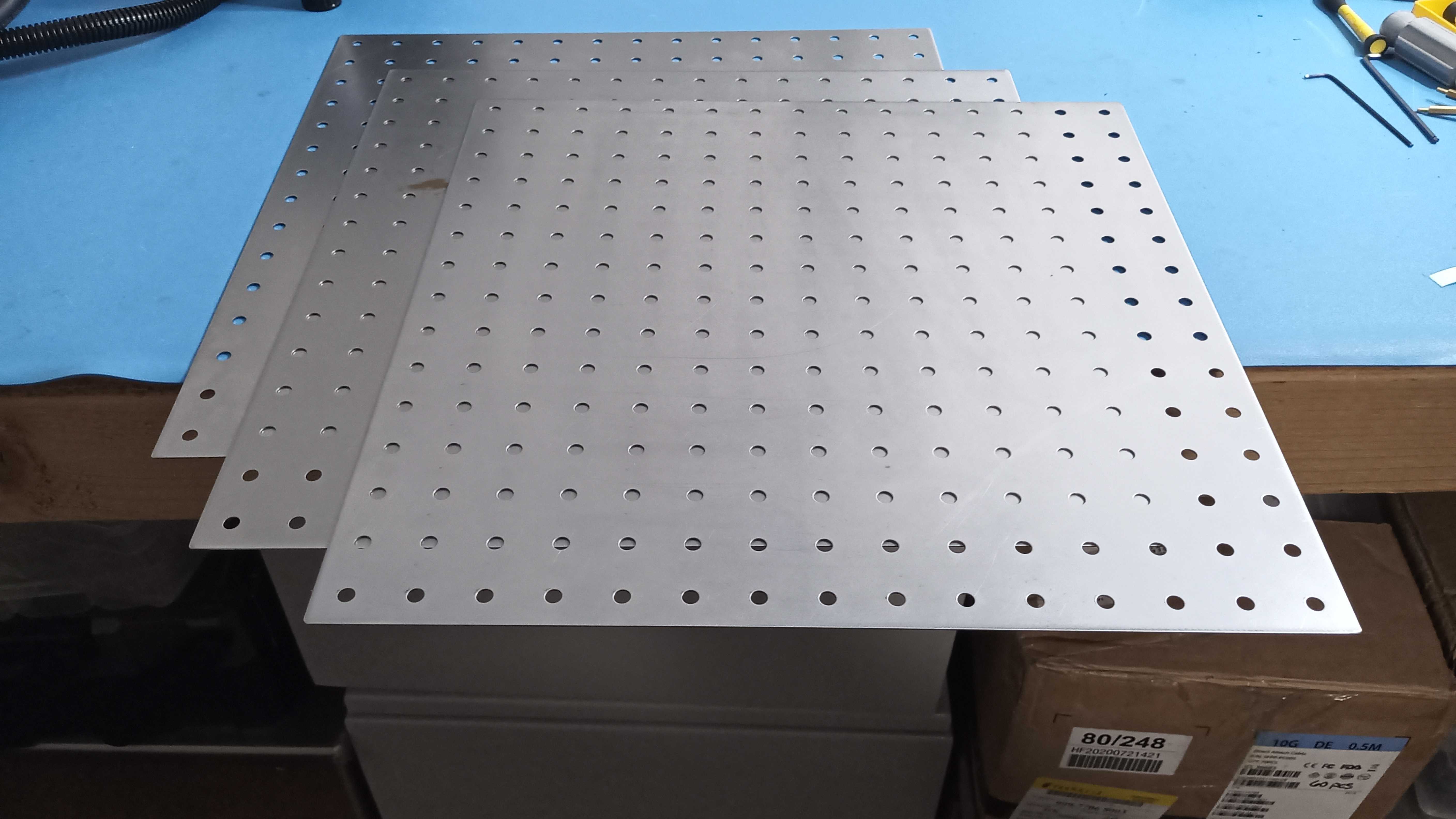
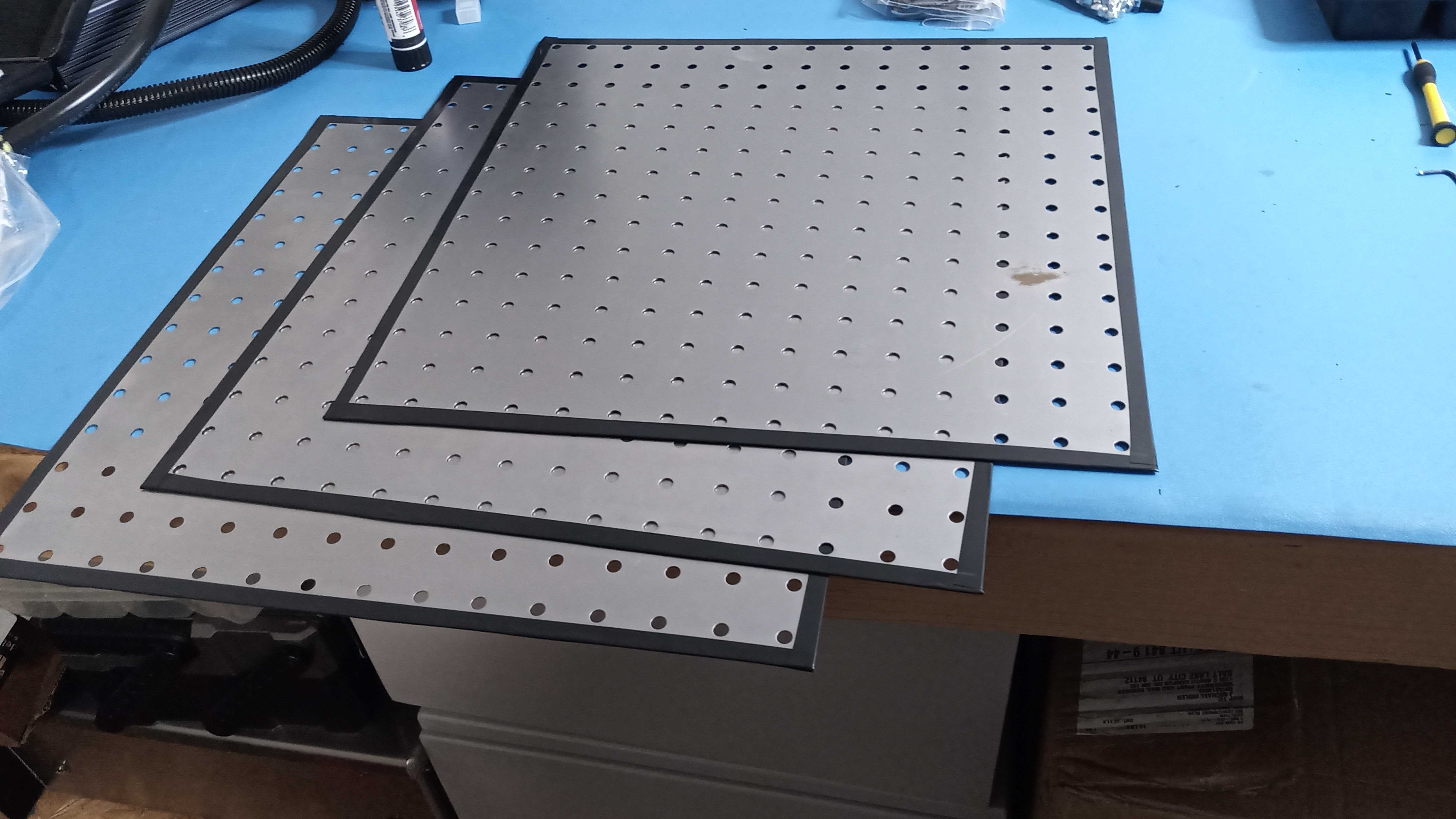
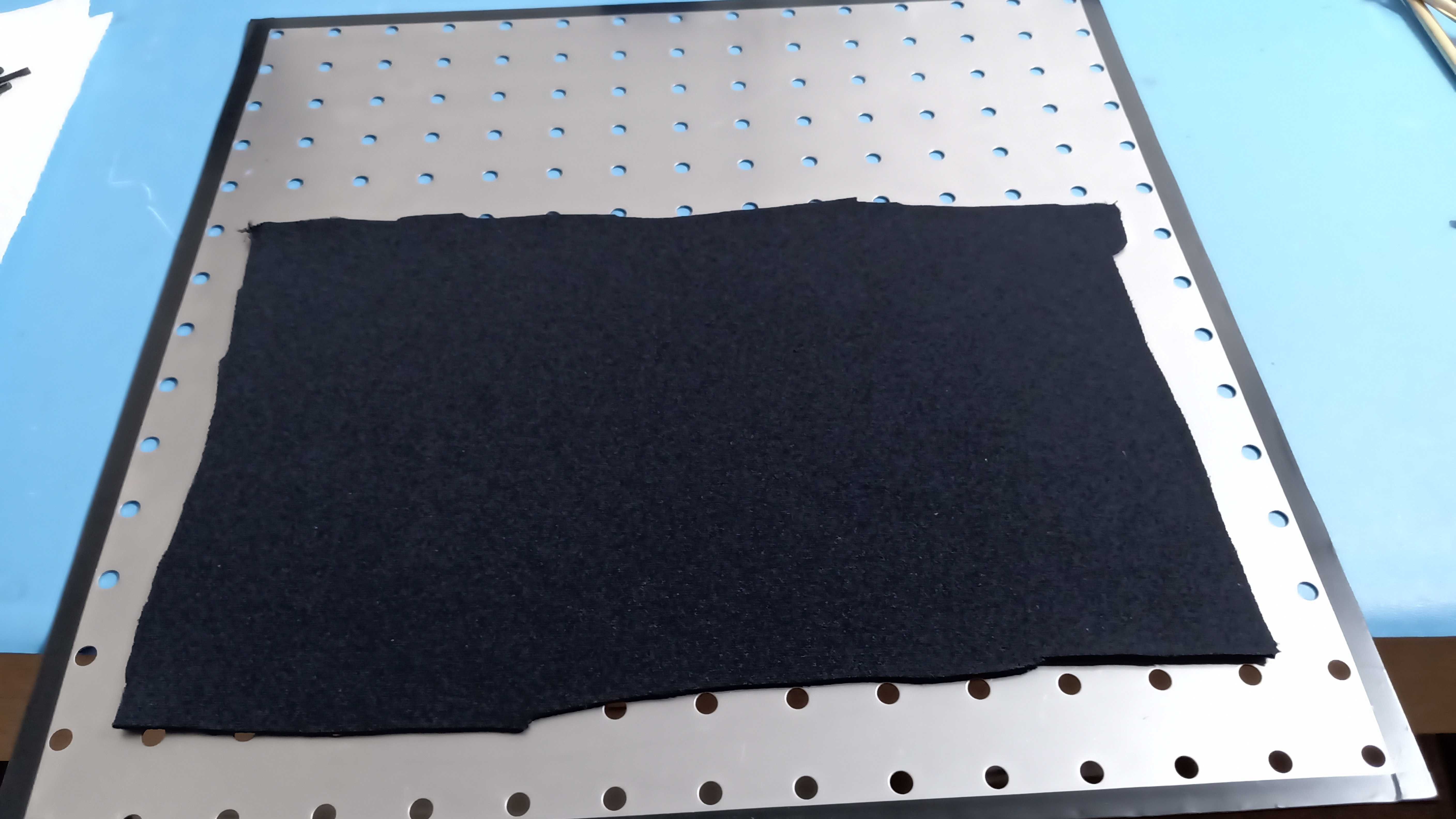


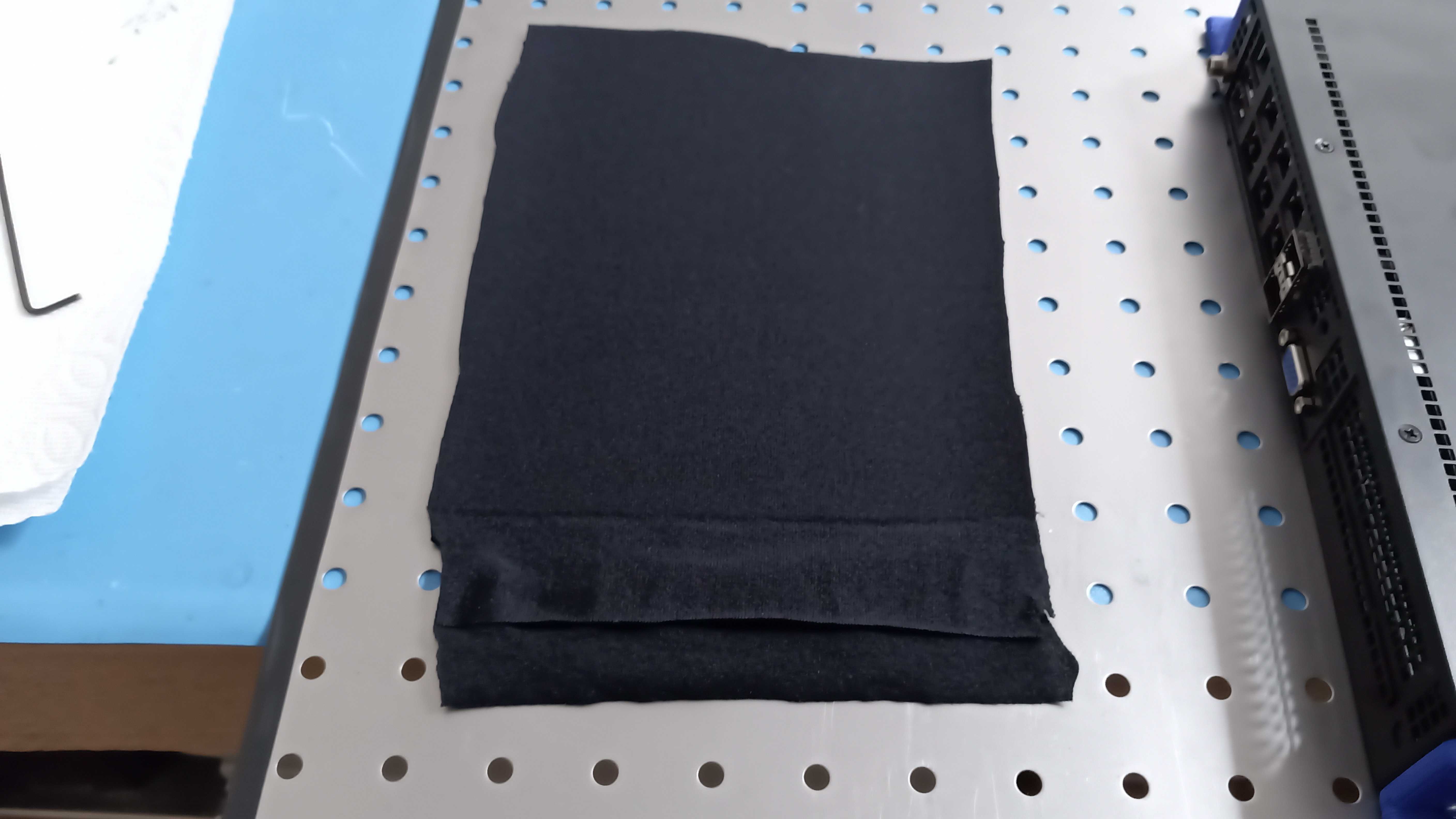
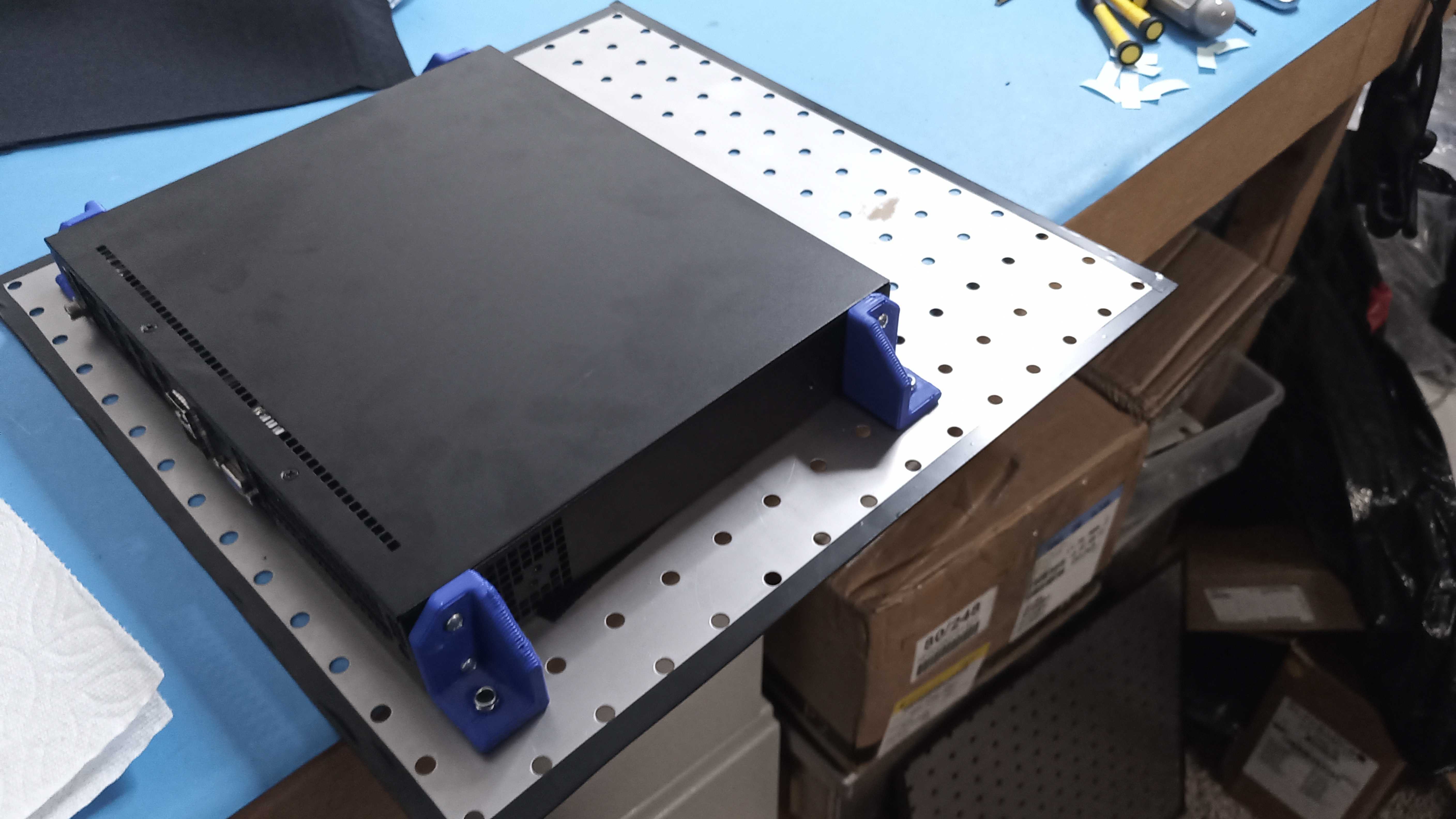
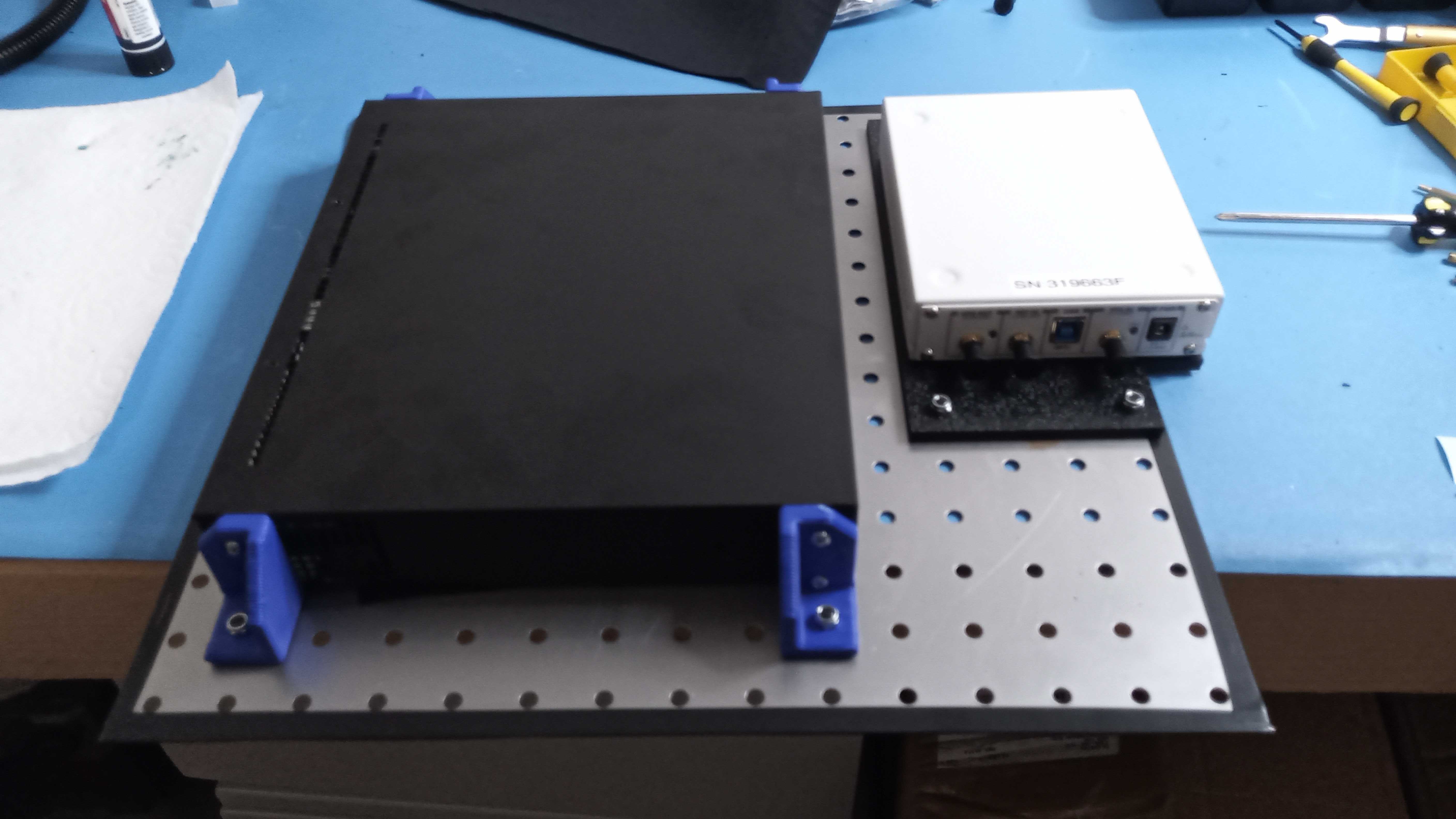
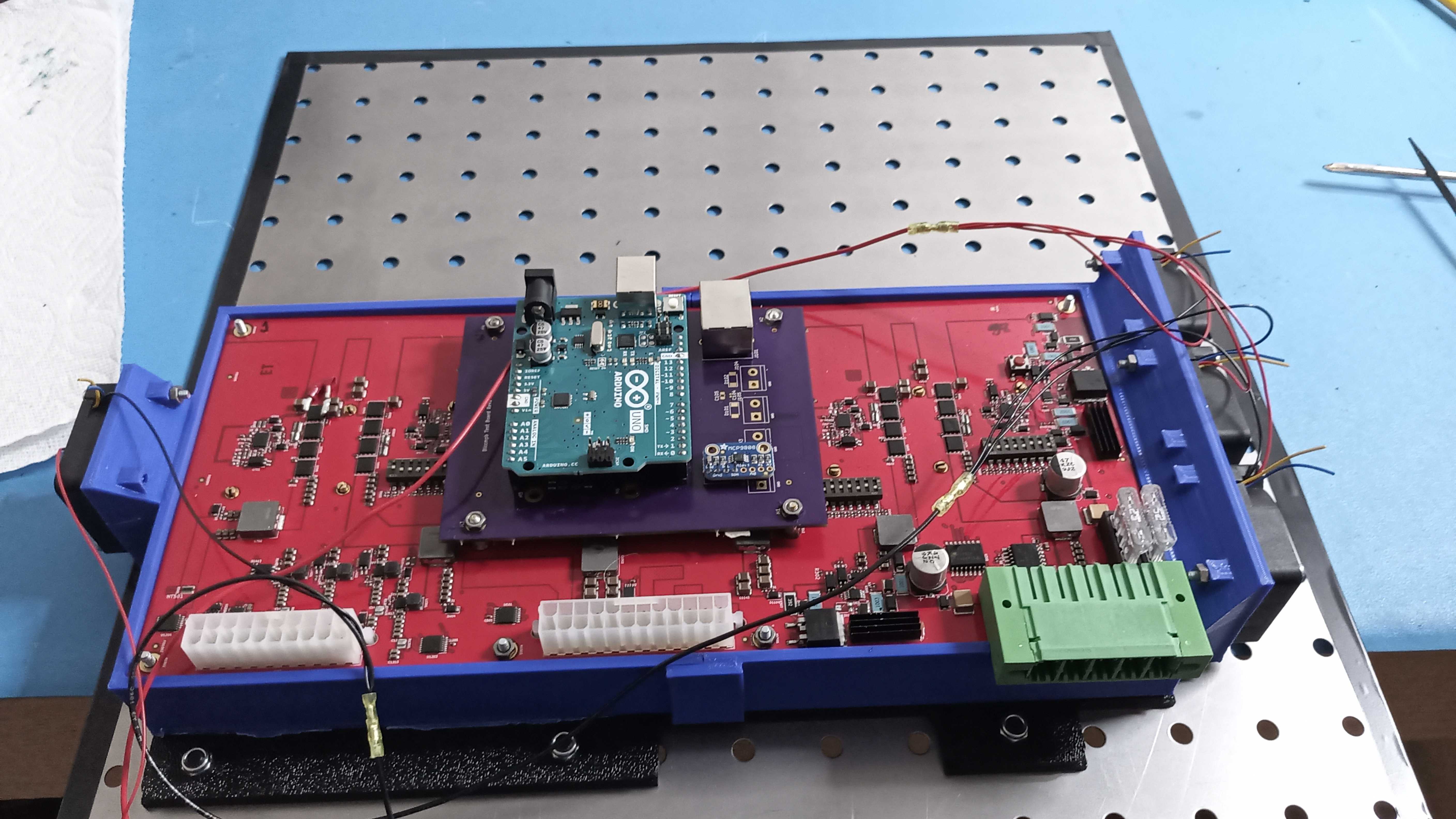
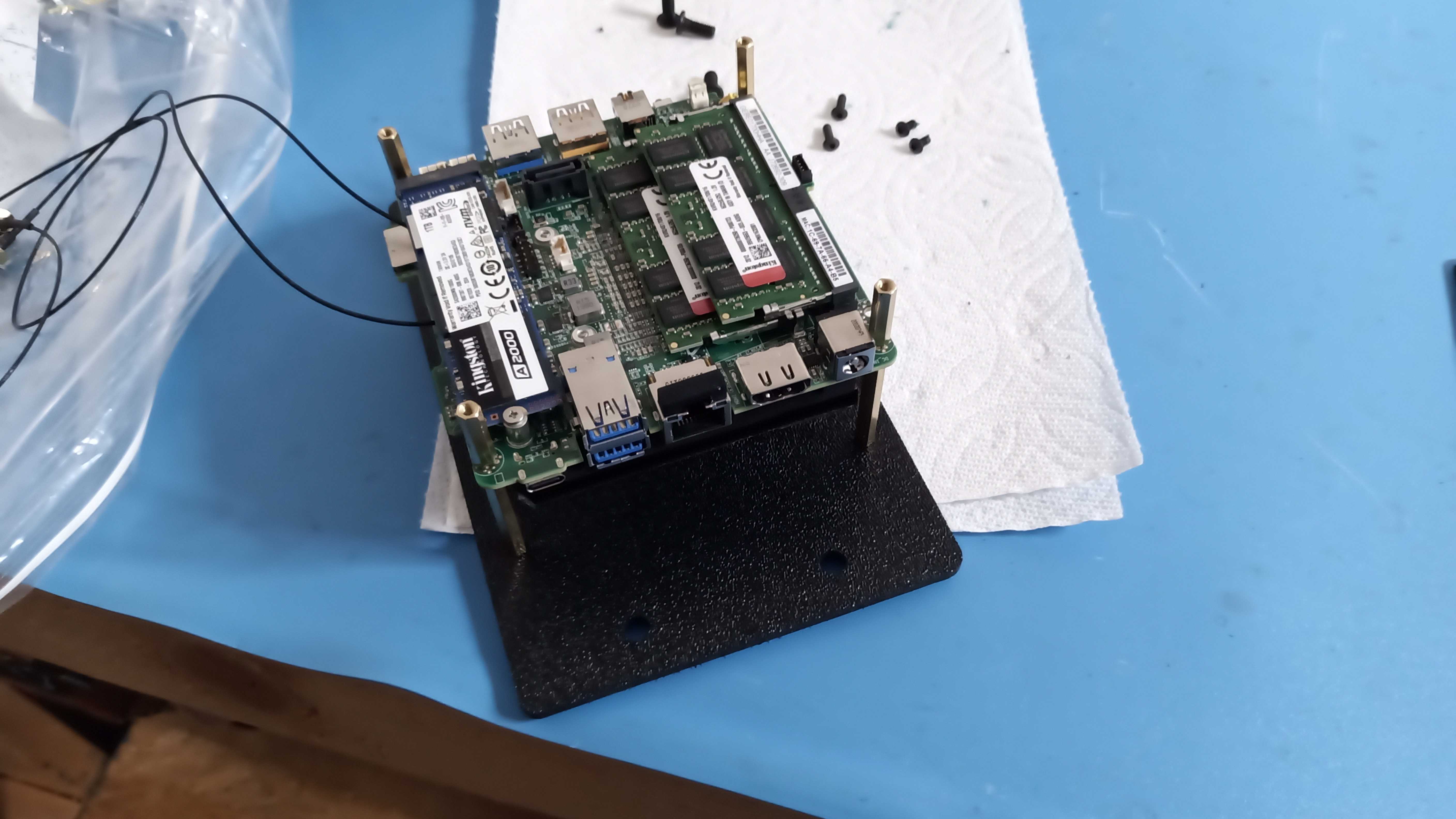
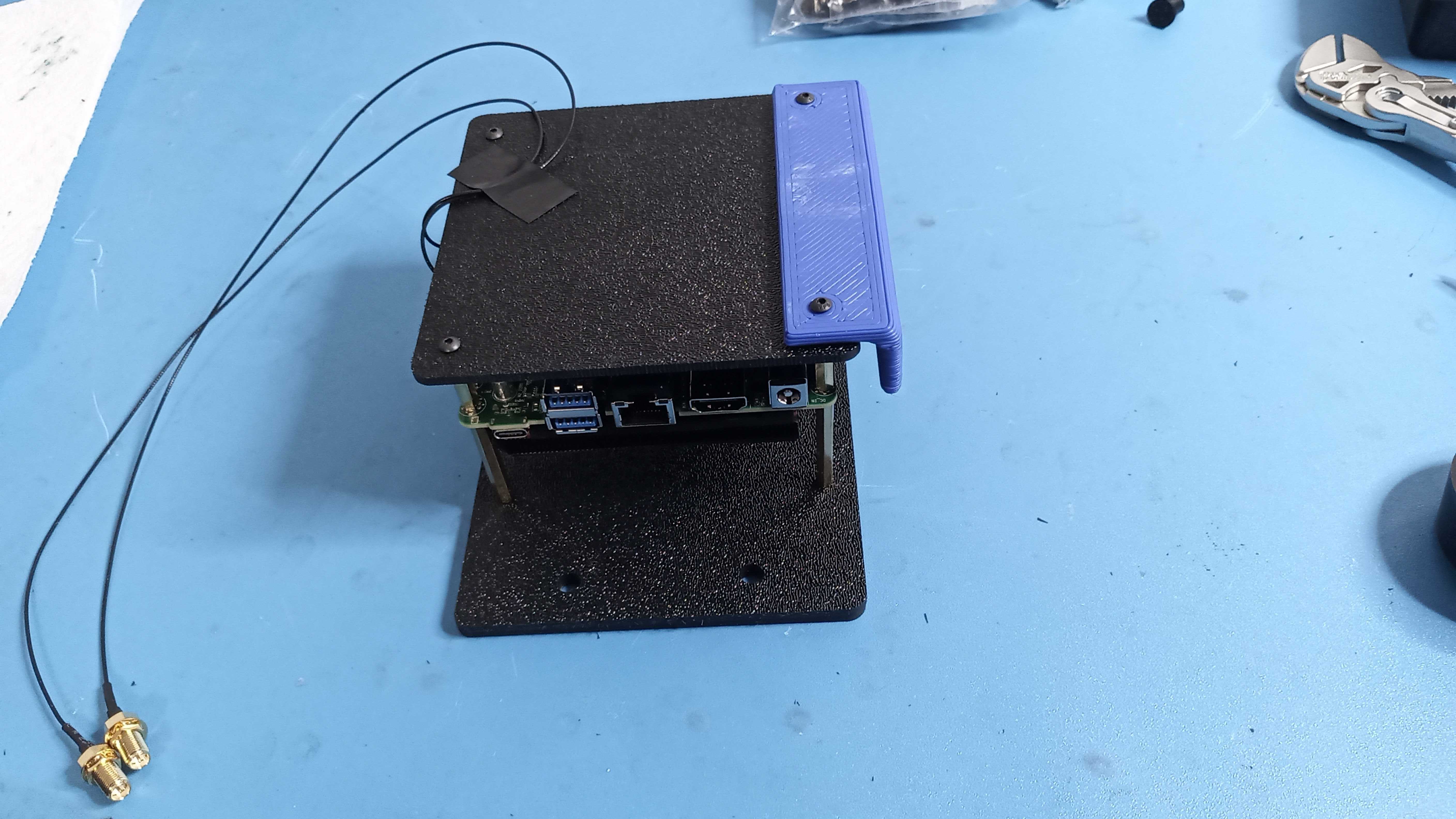
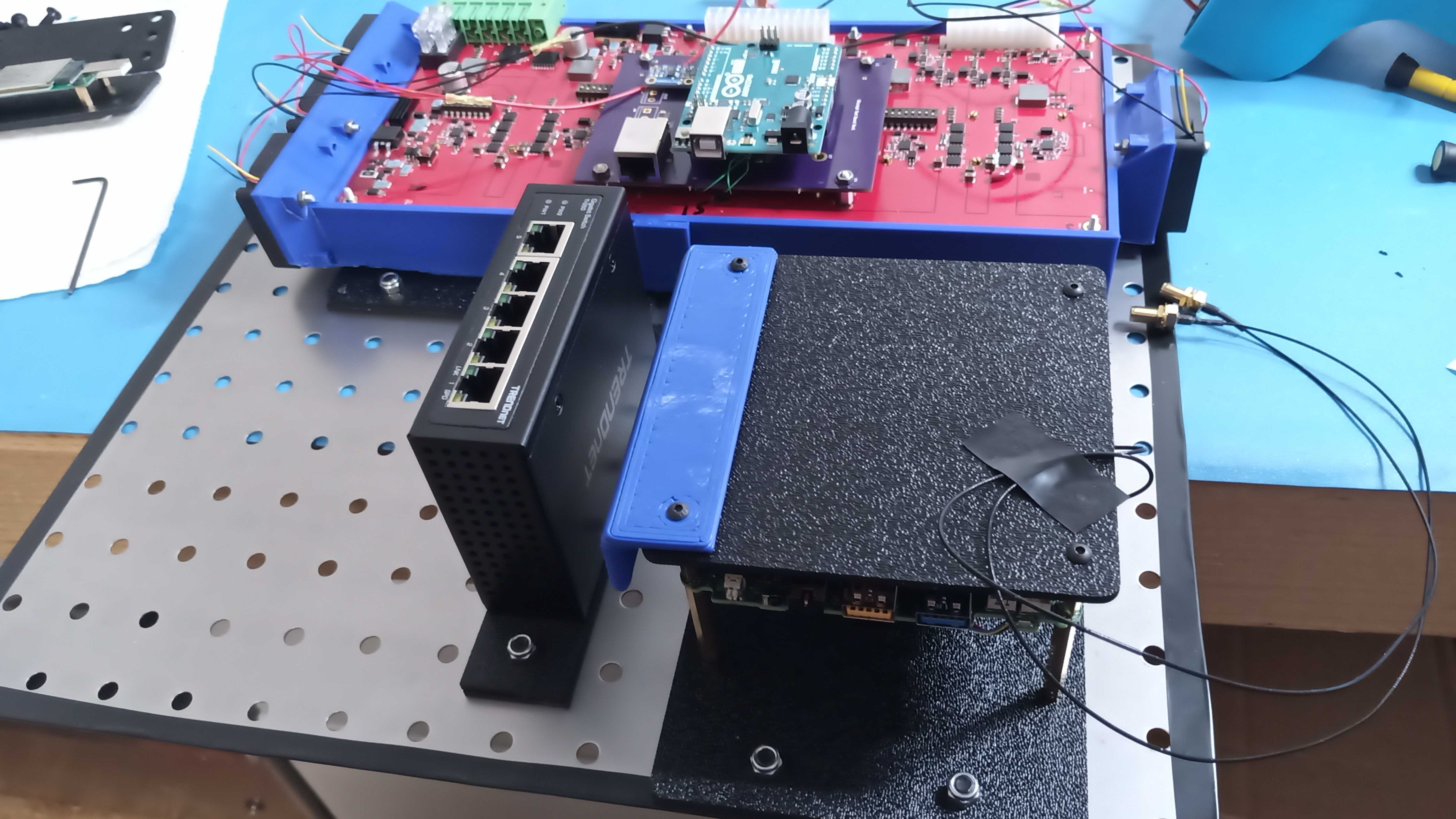
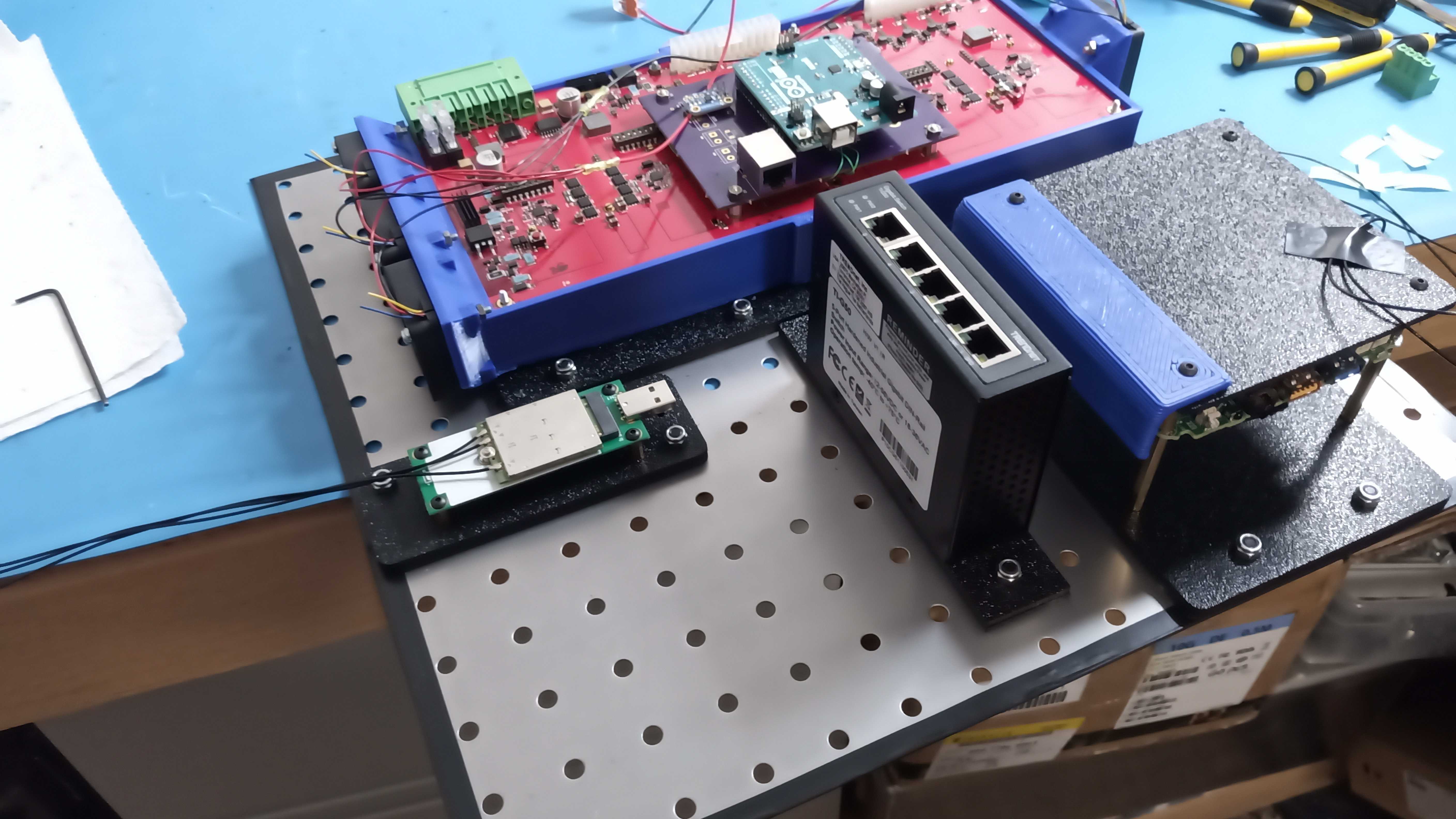
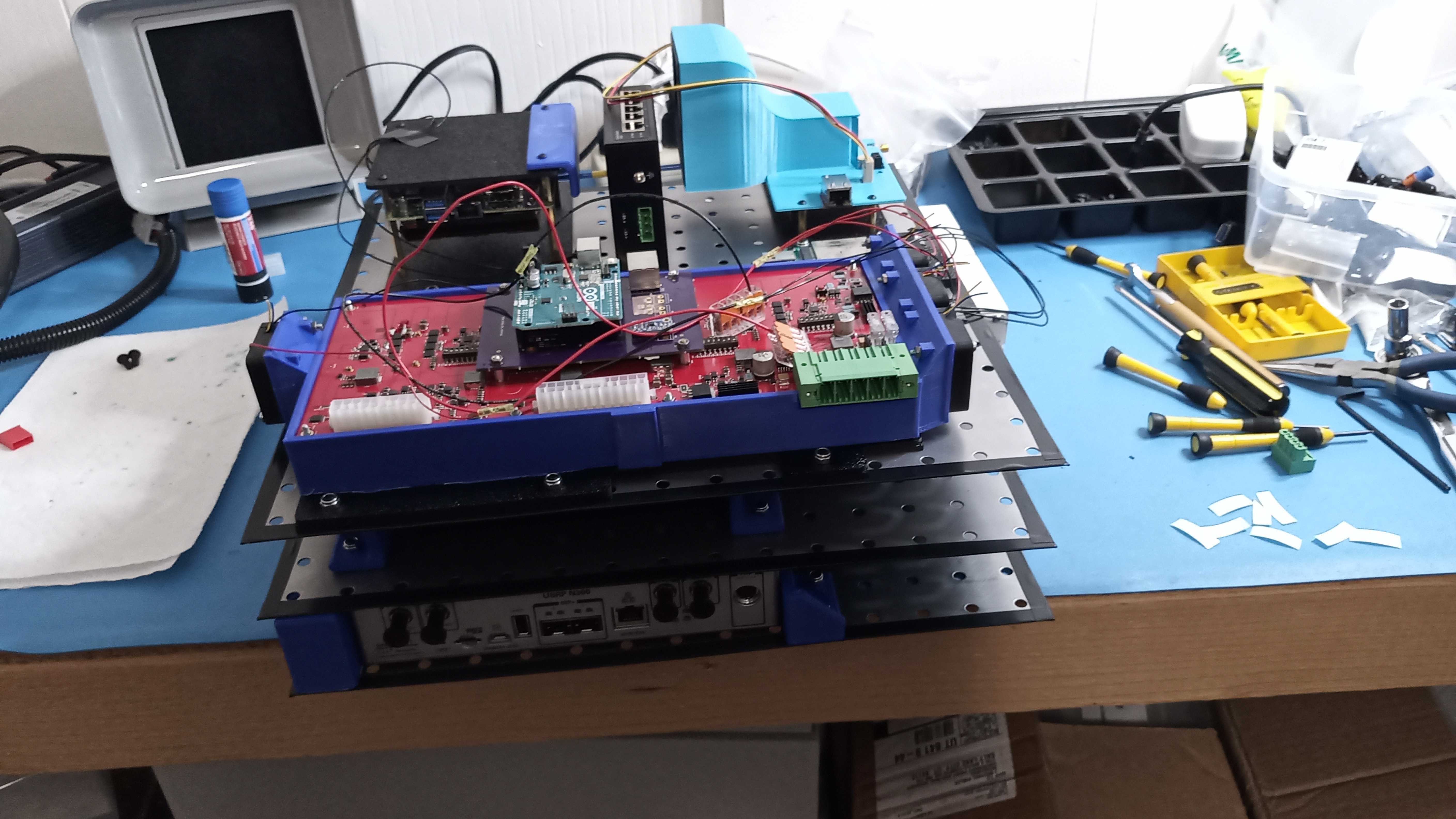
As more of the POWDER mobile endpoints are coming online, we have been able to do some initial experiments using this platform capability.
The map below shows some of the shuttle routes with active POWDER mobile endpoints indicated with green circled dots. (A live version of the map is available here.)
The other plots show results from initial experiments, specifically:
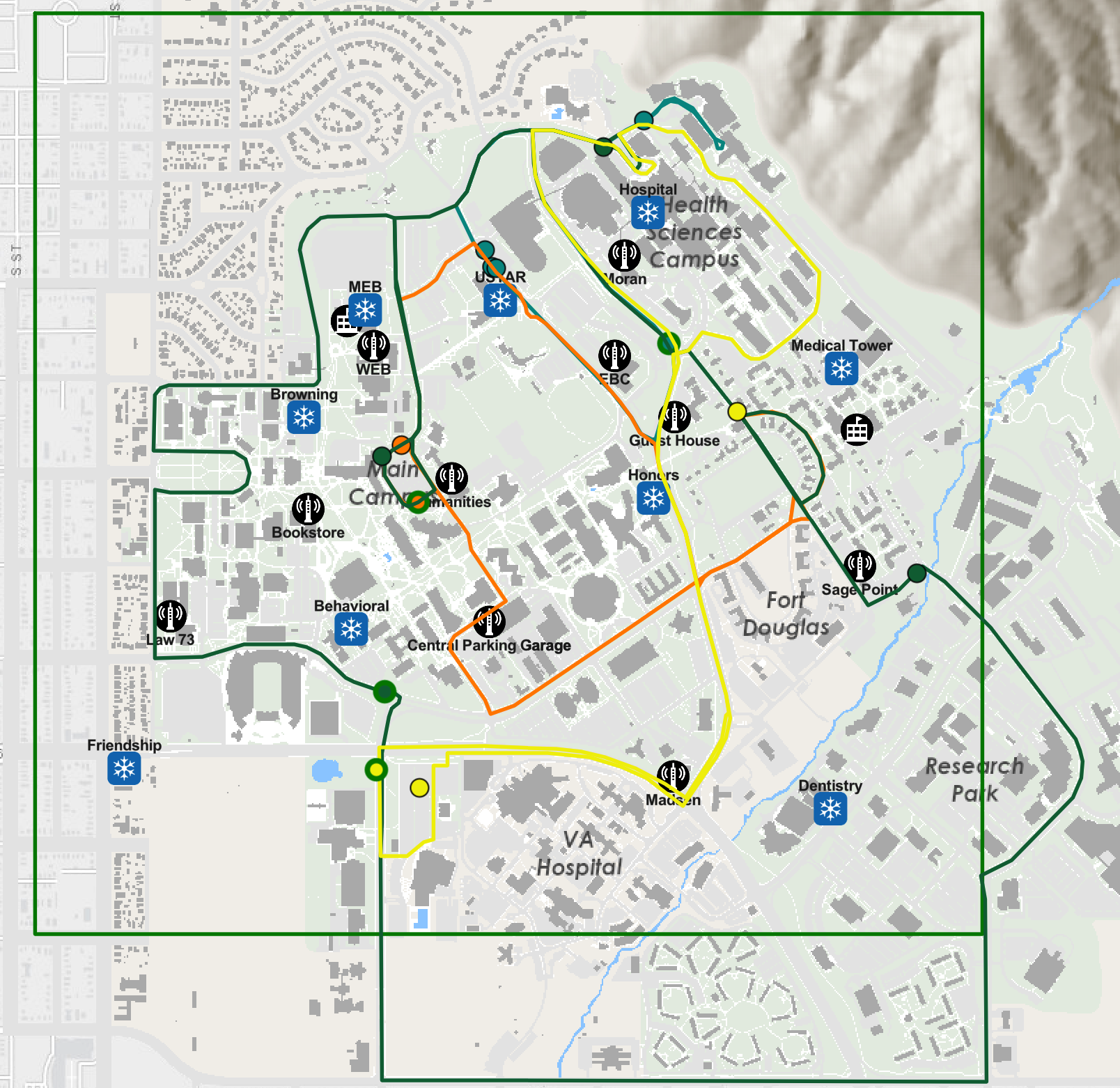
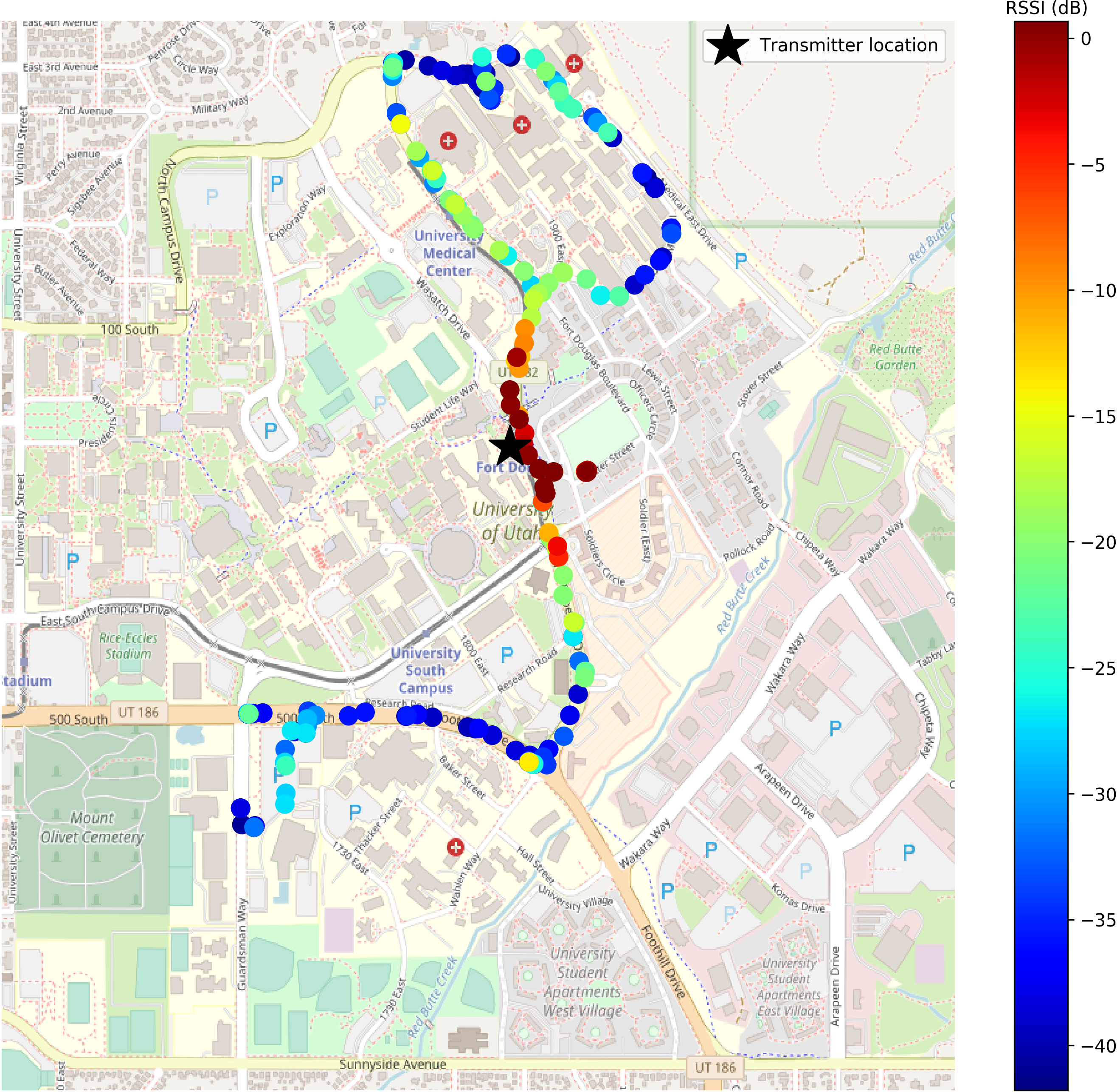
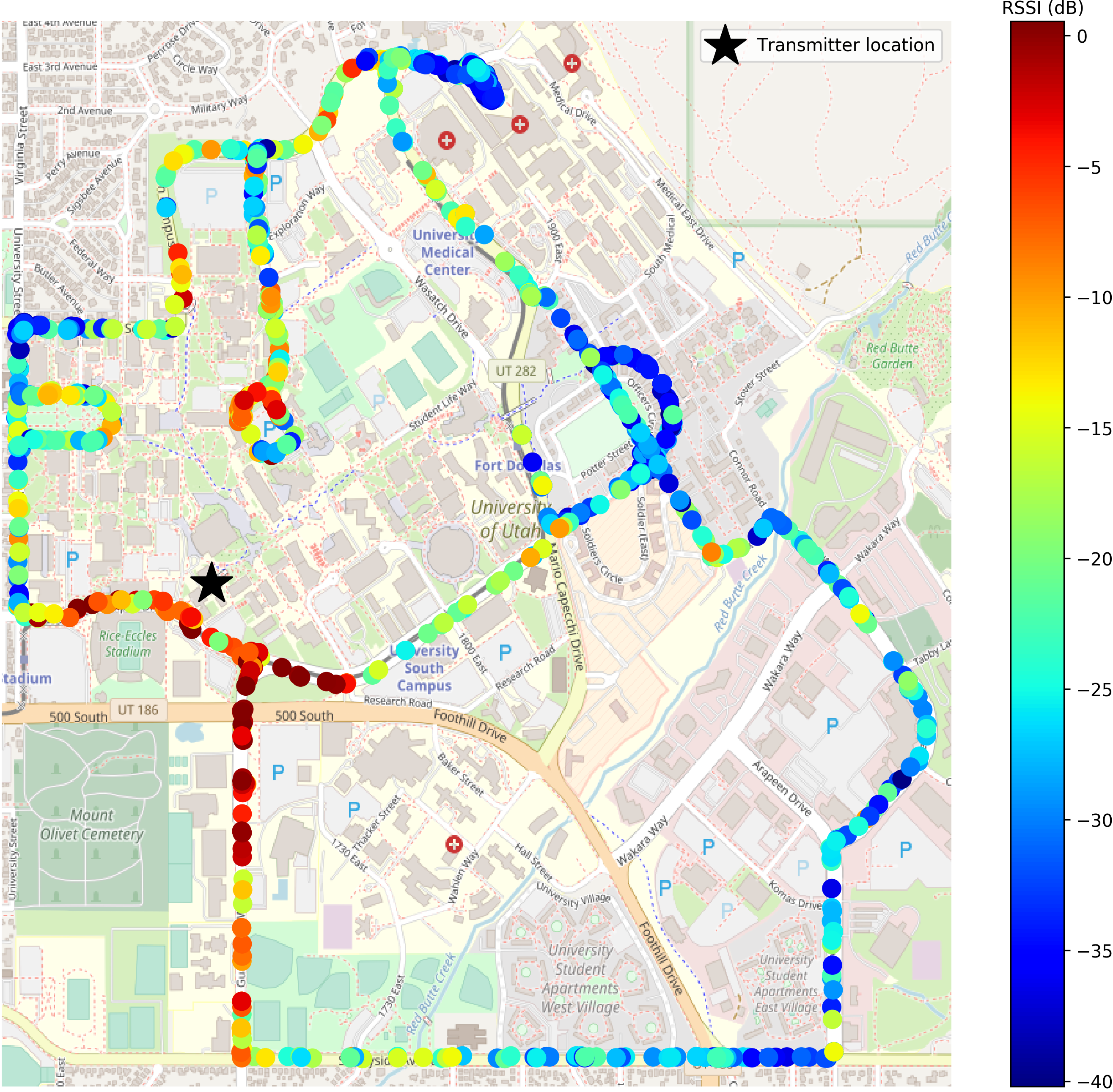
To illustrate the utility of the POWDER platform we have submitted three papers to the Workshop on Computer and Networking Experimental Research using Testbeds (CNERT). Pleased to report that all three were accepted:
Following our successful prototyping efforts with a high-power RF frontend in November 2020, we are now deploying these frontends on all our rooftop nodes. These frontends will significantly improve our coverage and the quality of our "RF links".
The photos show the deployment on the USTAR building.
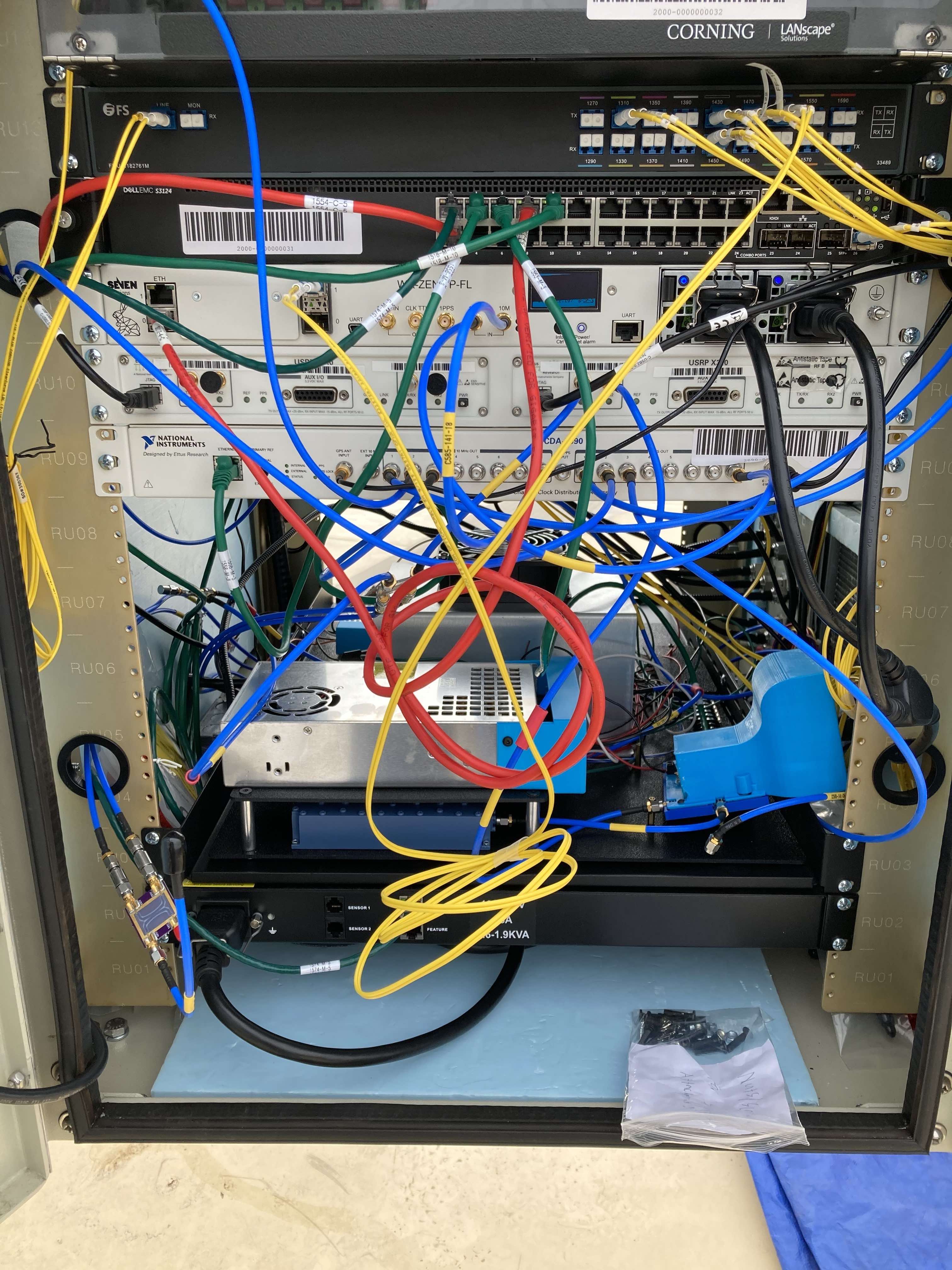
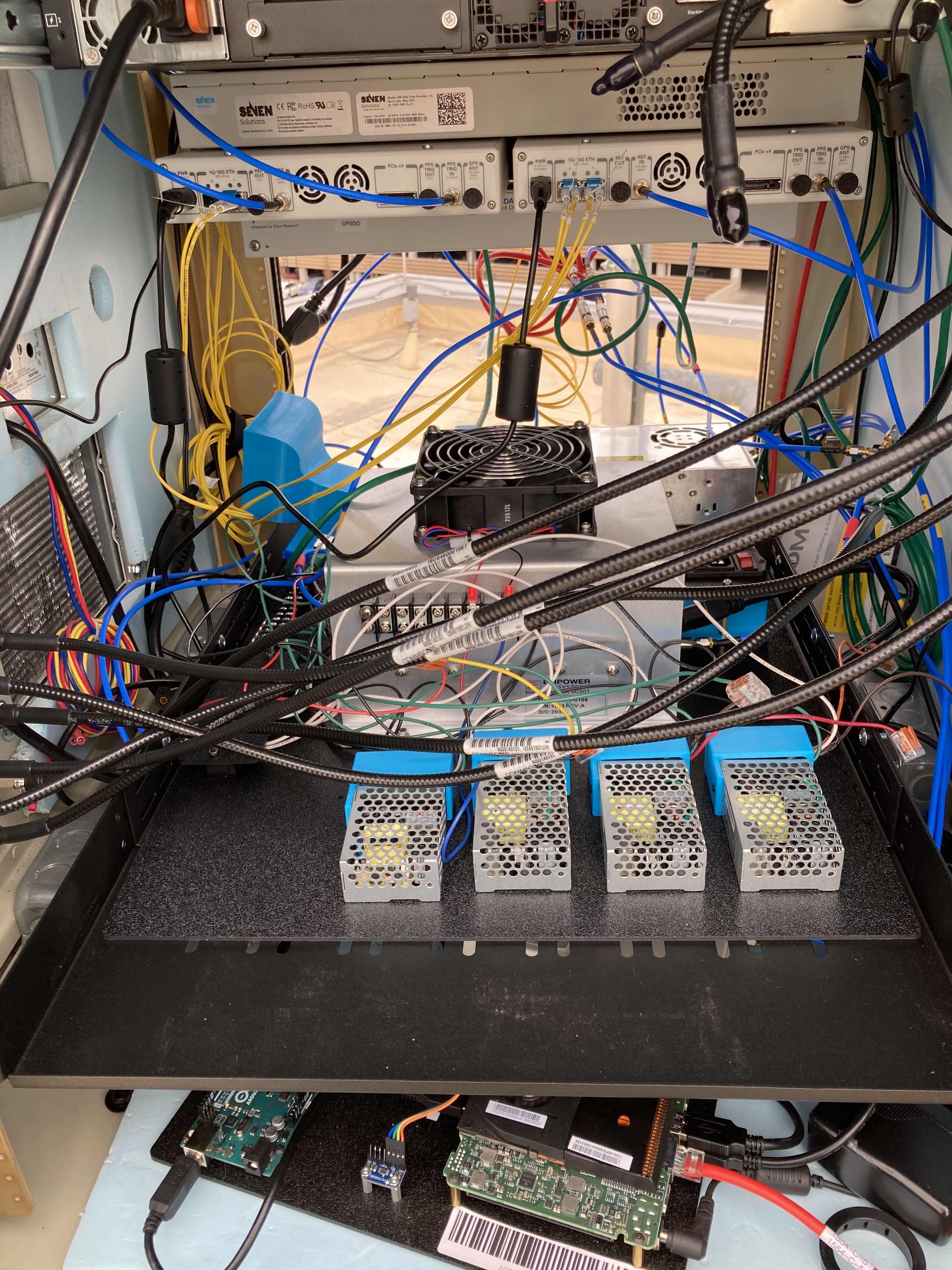
The formal bid package for our planned dense deployment is out and we expect the contract for its construction to be awarded soon.
In the mean time smart poles from our PAWR Industry Consortium partner, Commscope, is being stored in a temporary staging area.
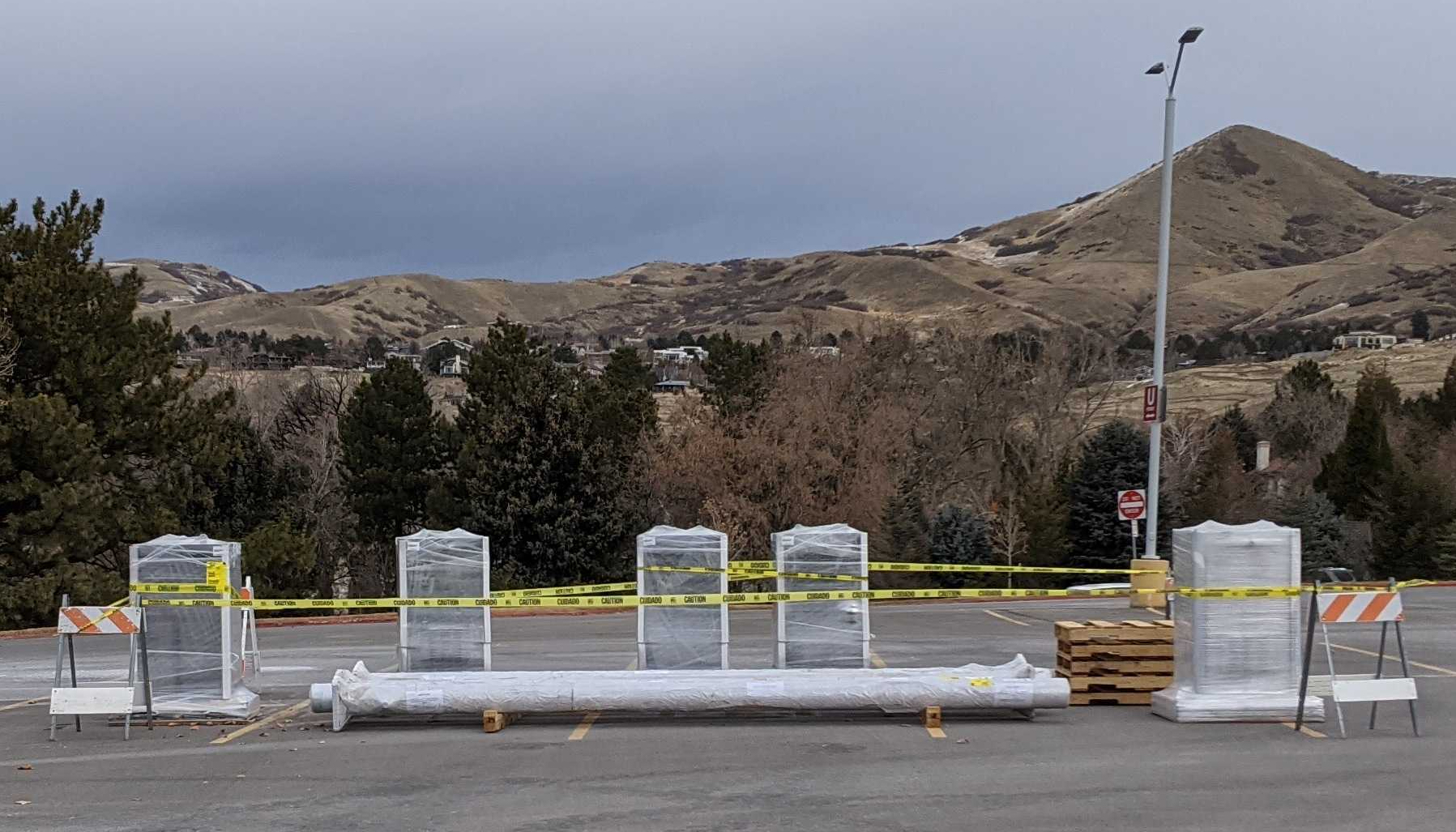
Our original mMIMO basestation has been upgraded/refurbished by Skylark Wireless and is being (re)deployed on a different rooftop in preparation for our multi-node mMIMO deployment. The mMIMO node will now be co-located with our "Honors" Rooftop basestation. (See map.)
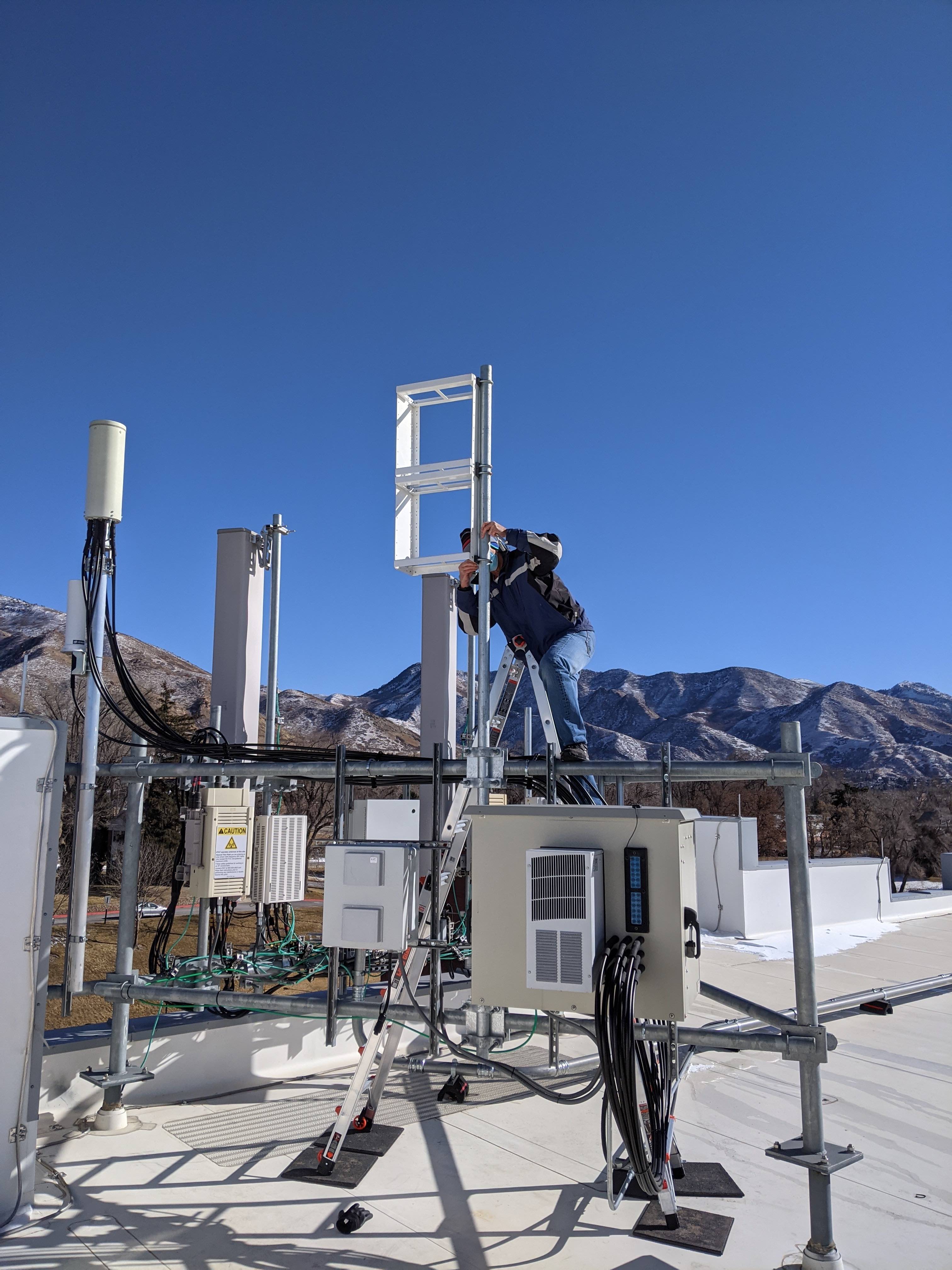
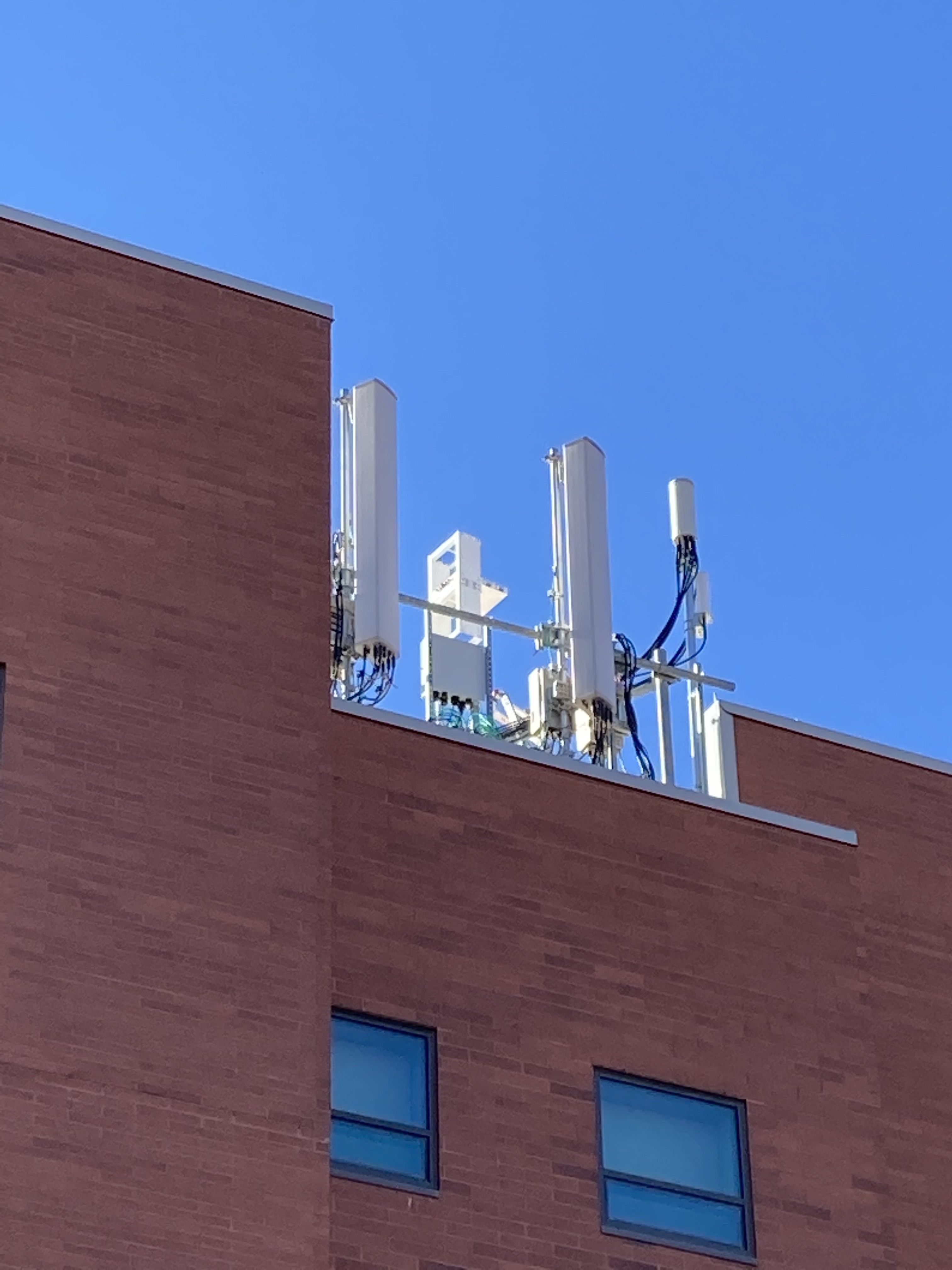
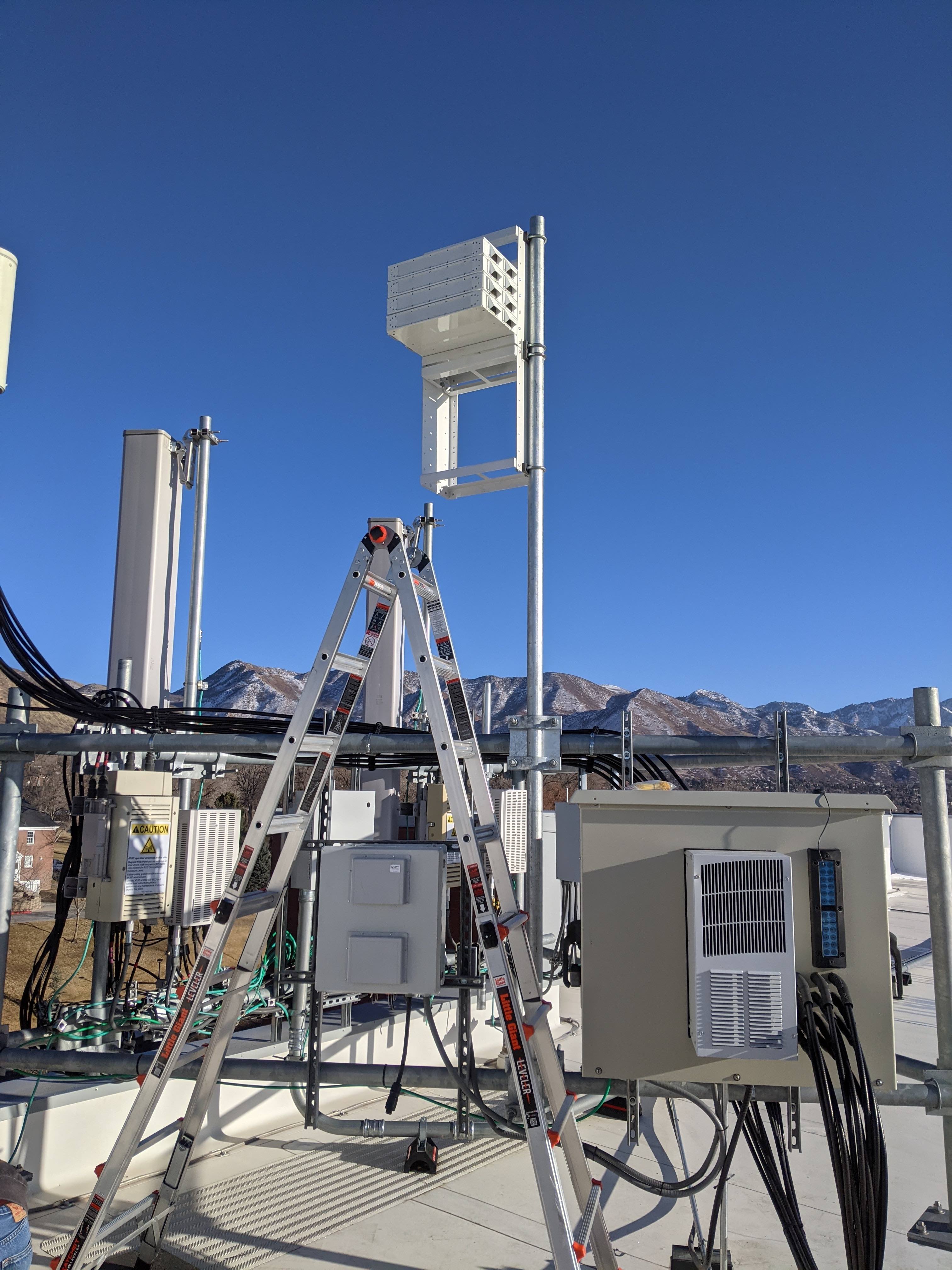
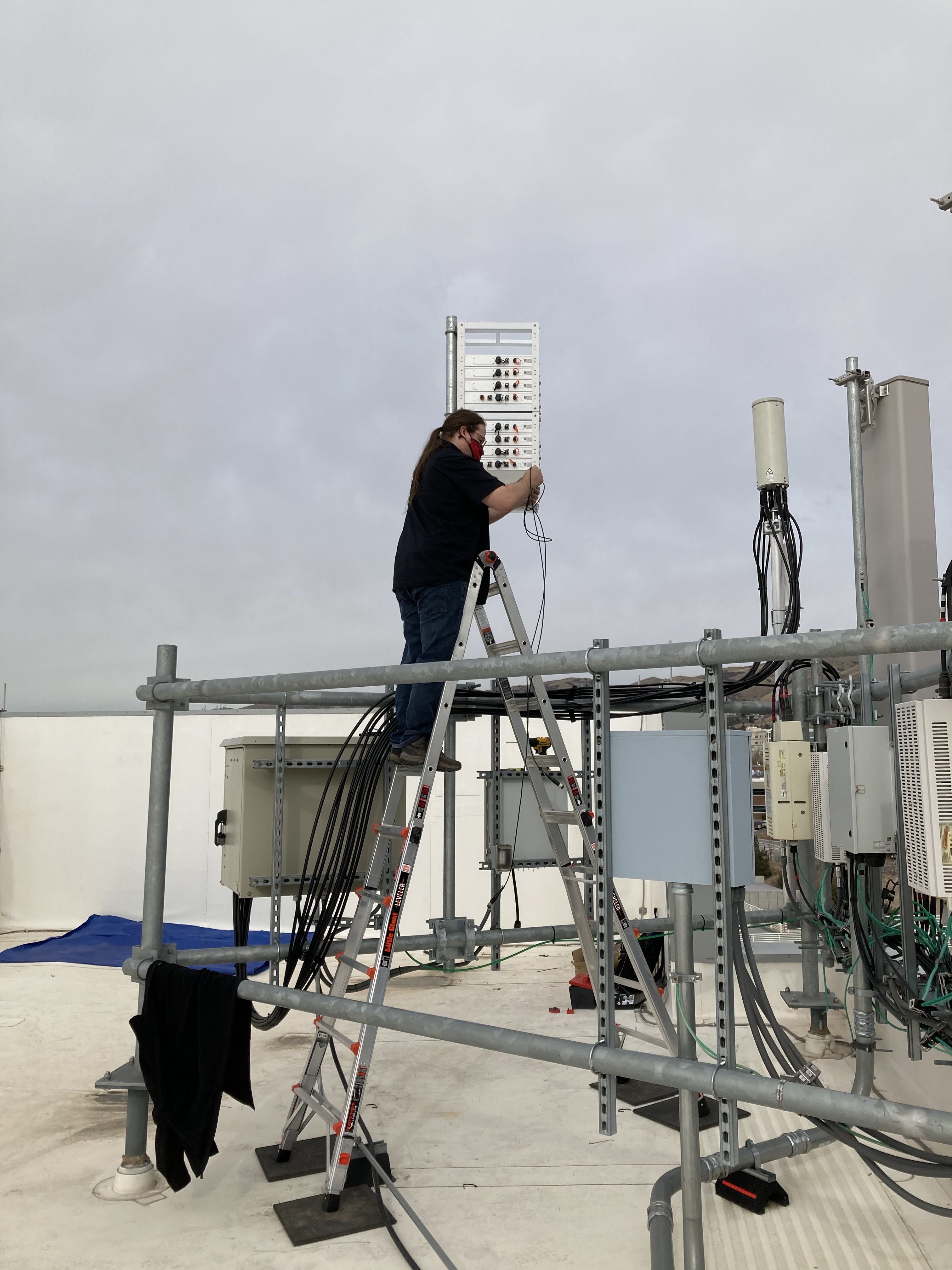
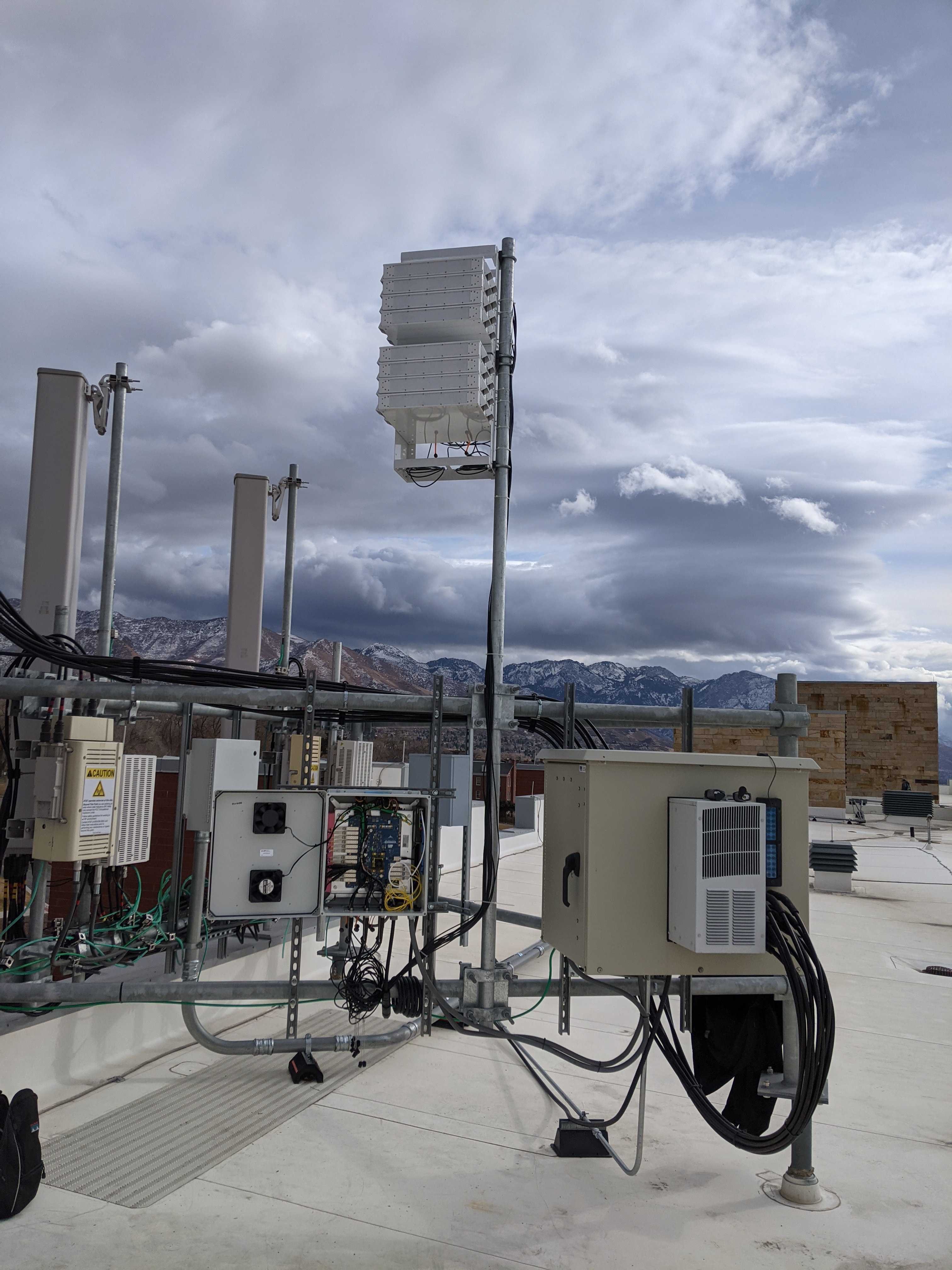
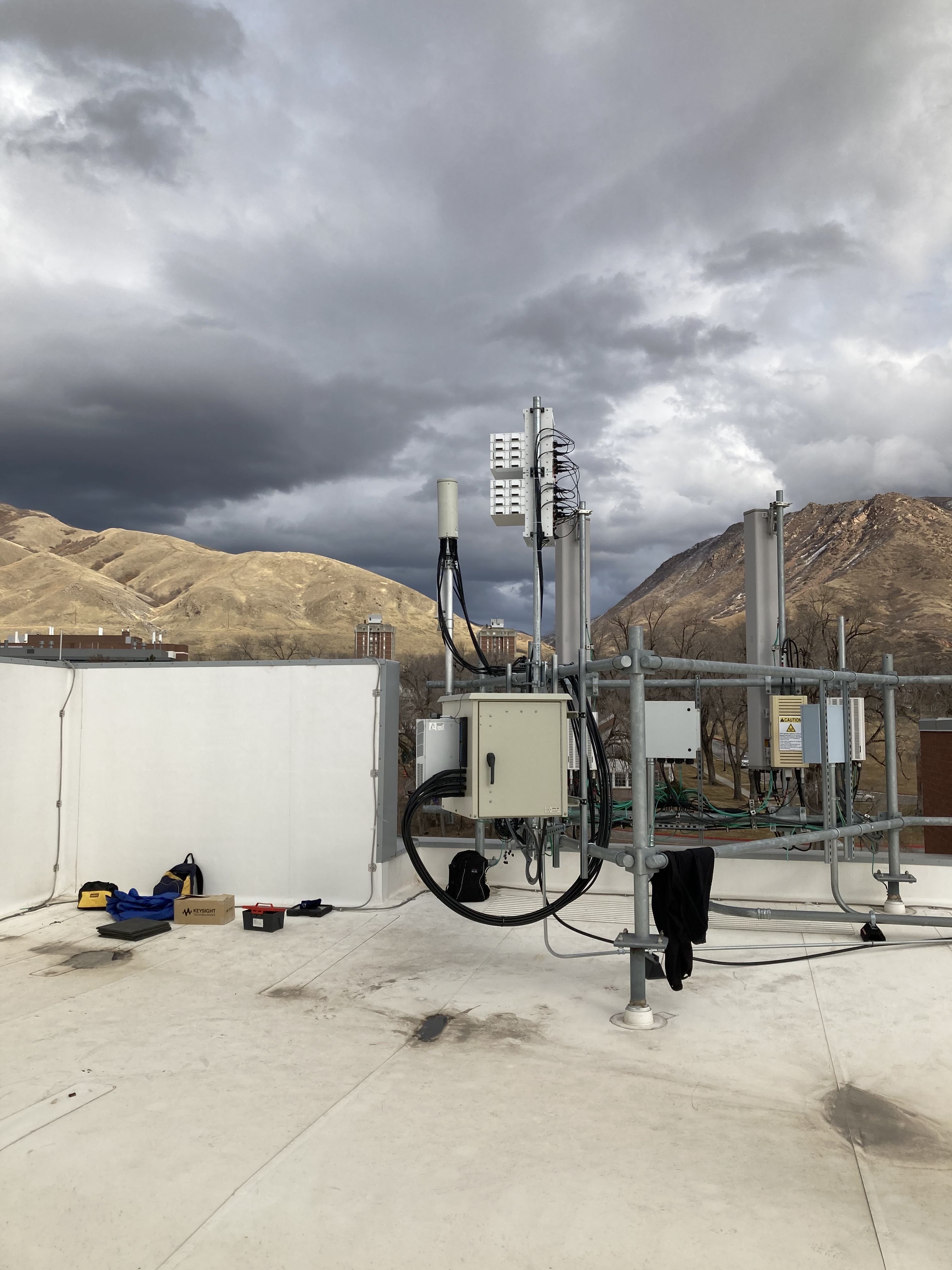
We are developing TDD RF frontends for our radios. Photos below show lab testing and over-the-air testing of the connectorized prototype.
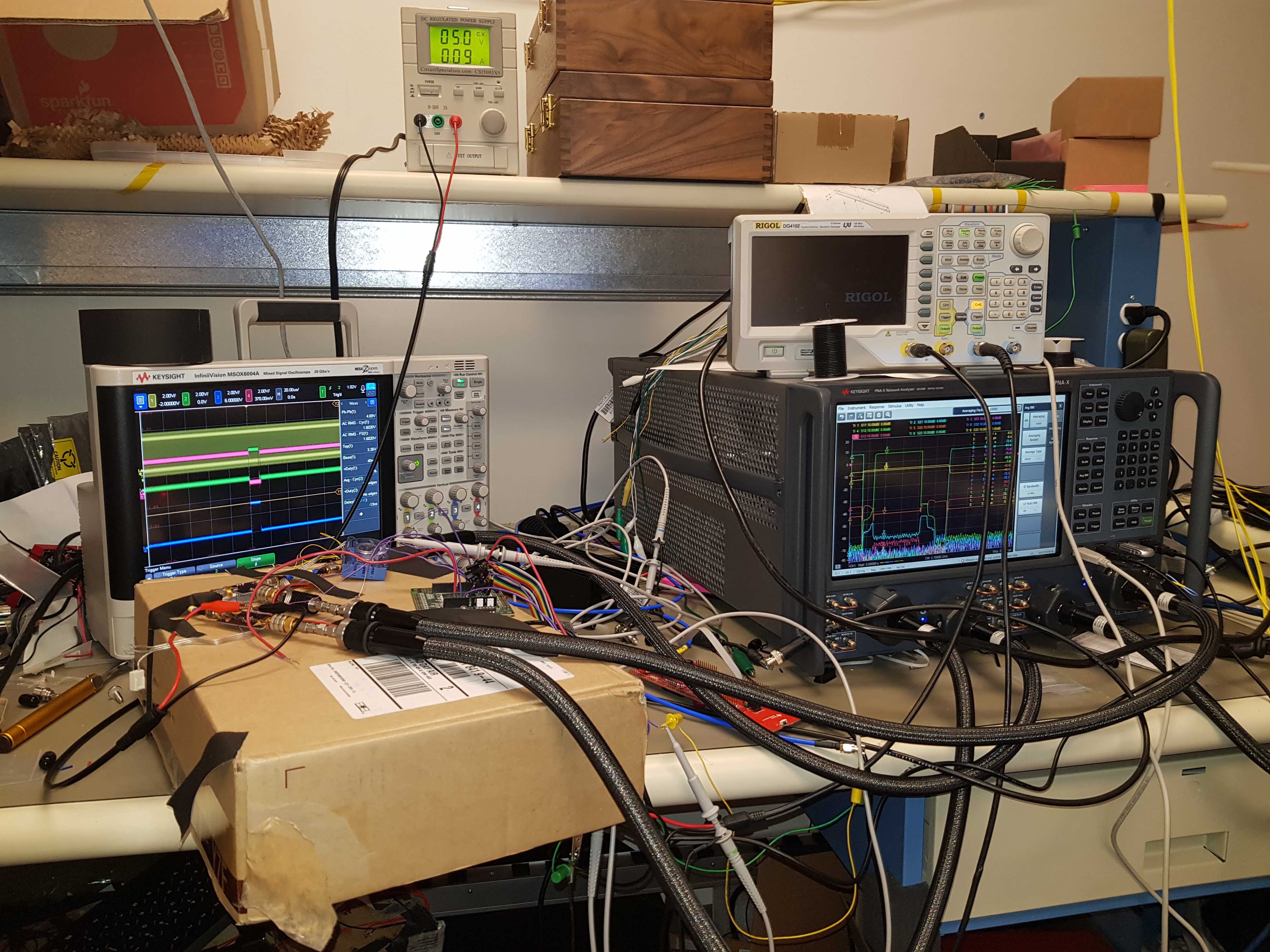
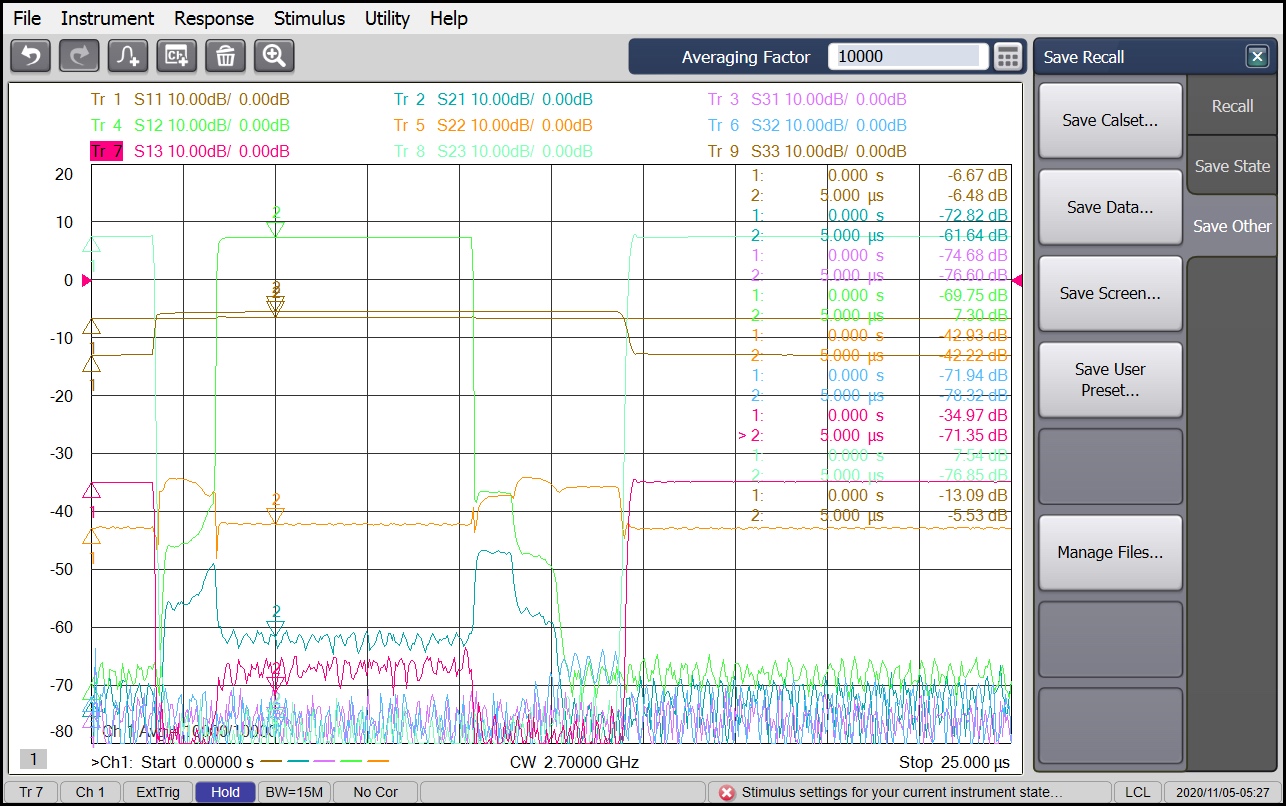
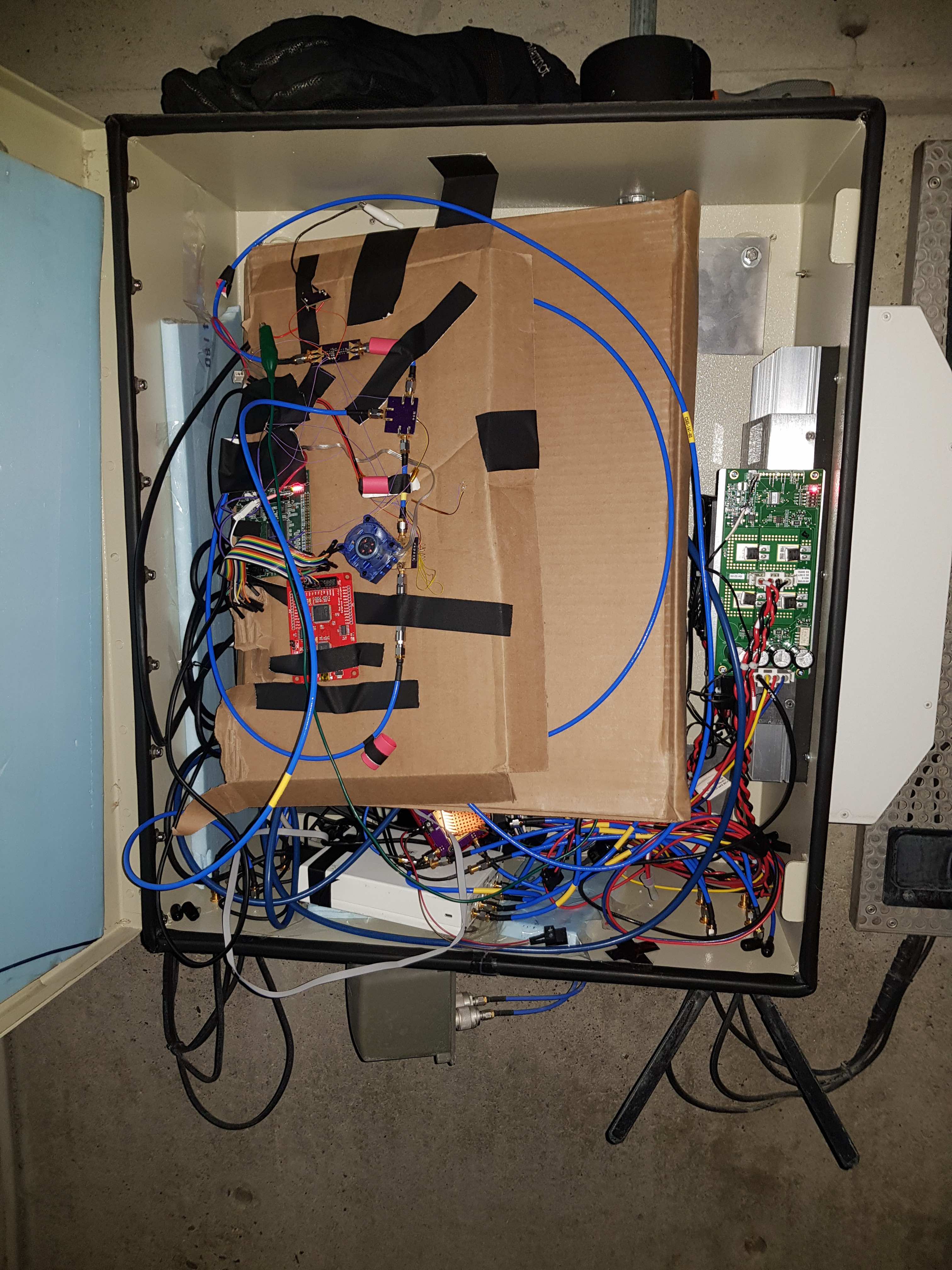
To improve our RF coverage we have been experimenting with a new high power RF frontend. The photos below show the prototype unit being tested in one of our rooftop nodes. We will be deploying this solution to all rooftop nodes in Q1 2021.
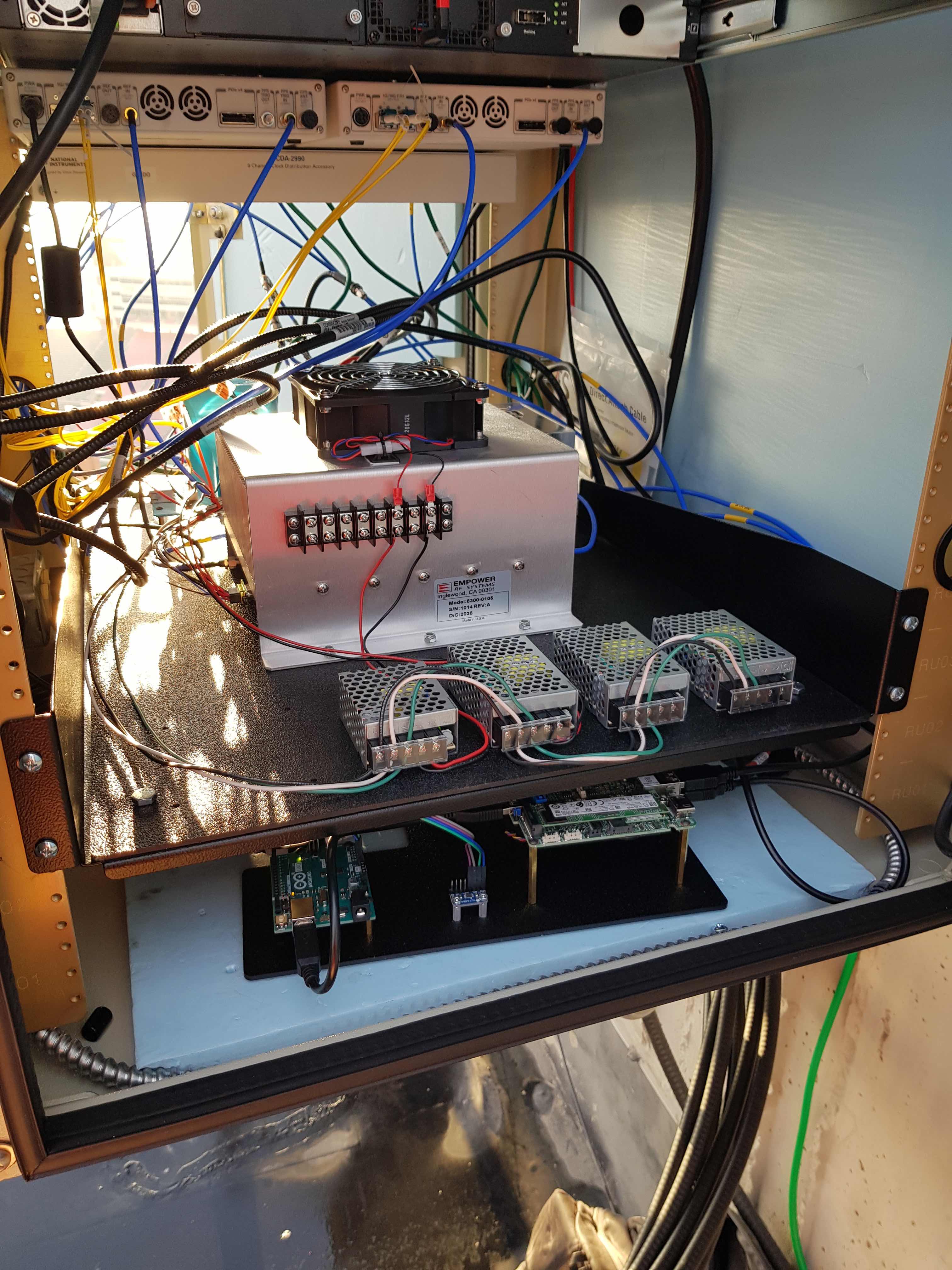
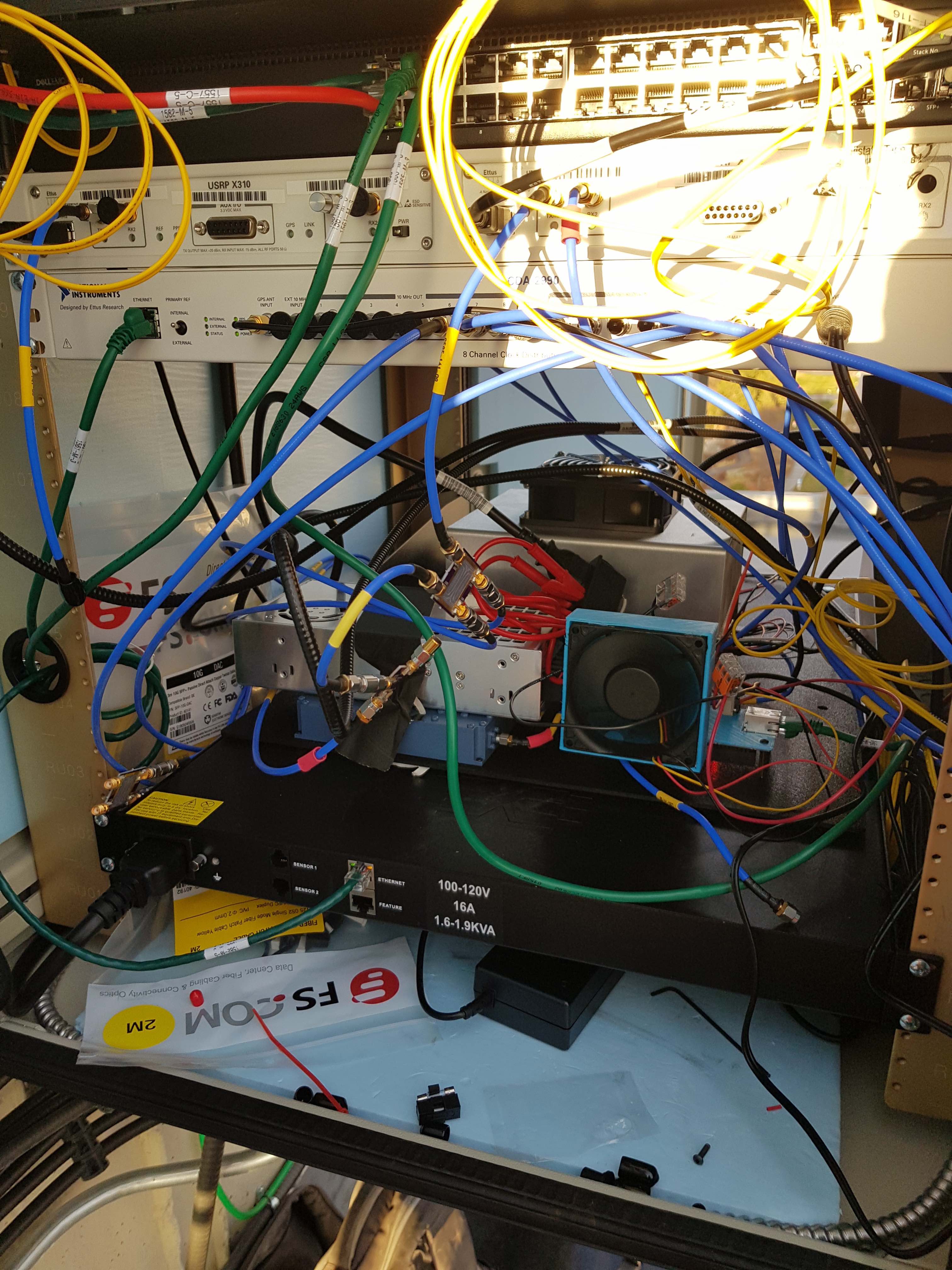
We are continually adding content to our website. Recent additions:
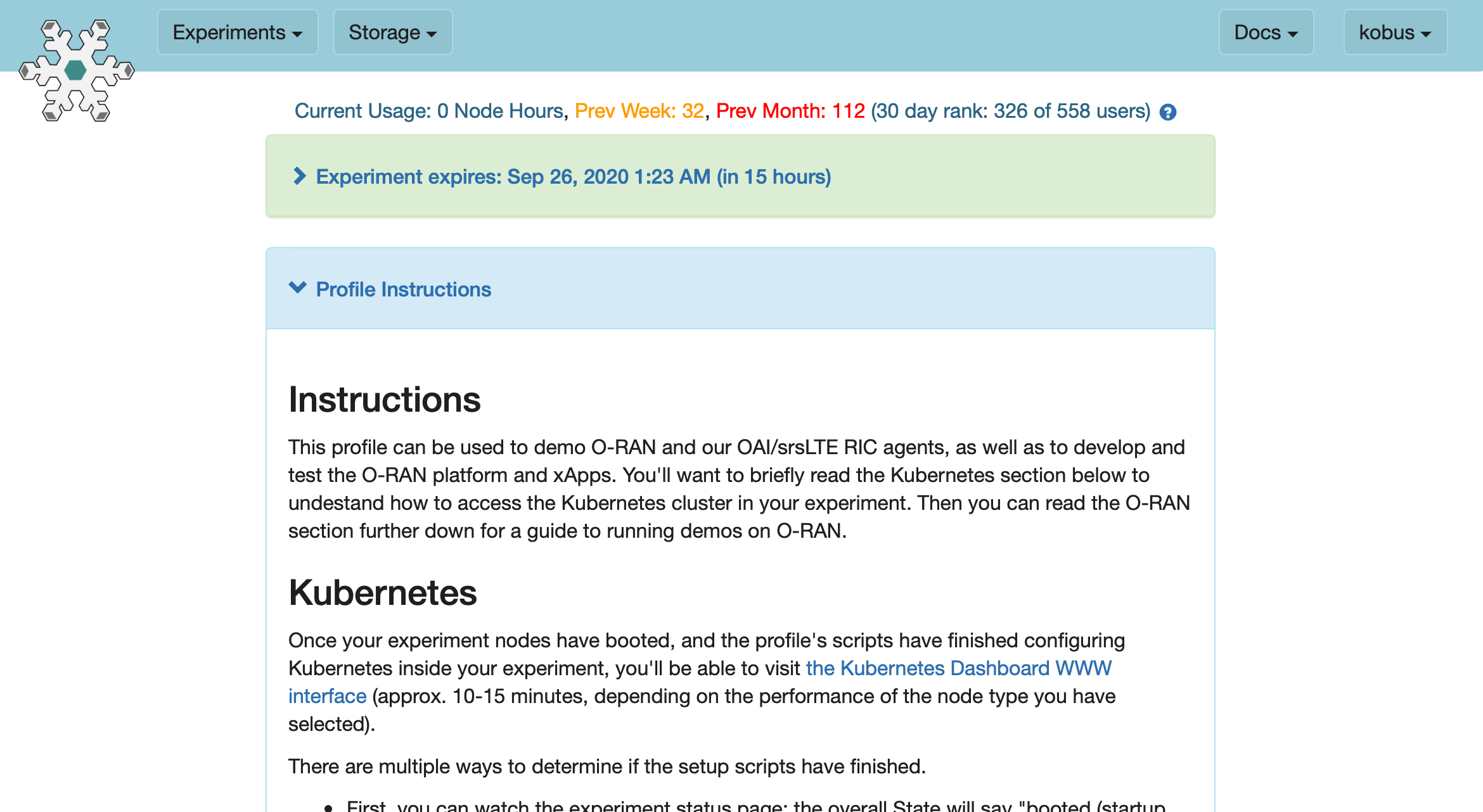
We have updated our O-RAN profile based on the latest "Bronze" release from the O-RAN Software Community (OSC).
We have also been working on adding O-RAN E2 agent functionality to the open source RAN stacks we have available in POWDER. (I.e., srsLTE and OAI.) The srsLTE E2 agent is furthest along and includes support for the O-RAN KPM service module (i.e., the E2SM-KPM specification.)
POWDER O-RAN profile including initial version of the srsLTE E2 agent and demo instructions. (Note: Access requires logging into the POWDER portal.)
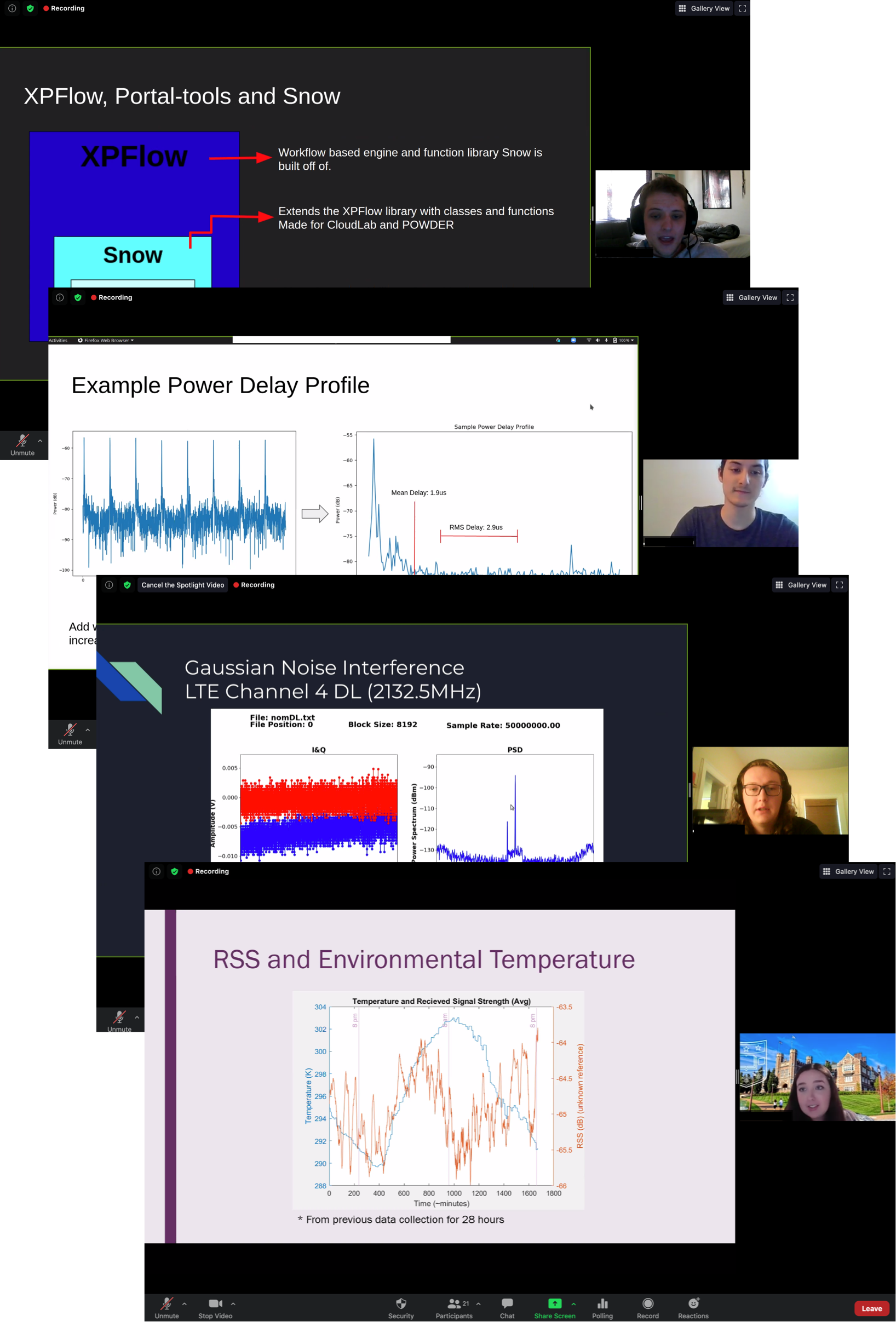
POWDER (virtual) Research Experience as an Undergraduate (REU) program wrapped up with demos and presentations!
Figure shows screenshots of some of the presentations.
Presentation titles:
We have completed the network upgrade (to 200Gbps) between the POWDER campus compute cluster (Emulab) and the CloudLab cluster in the University of Utah Downtown Datacenter.
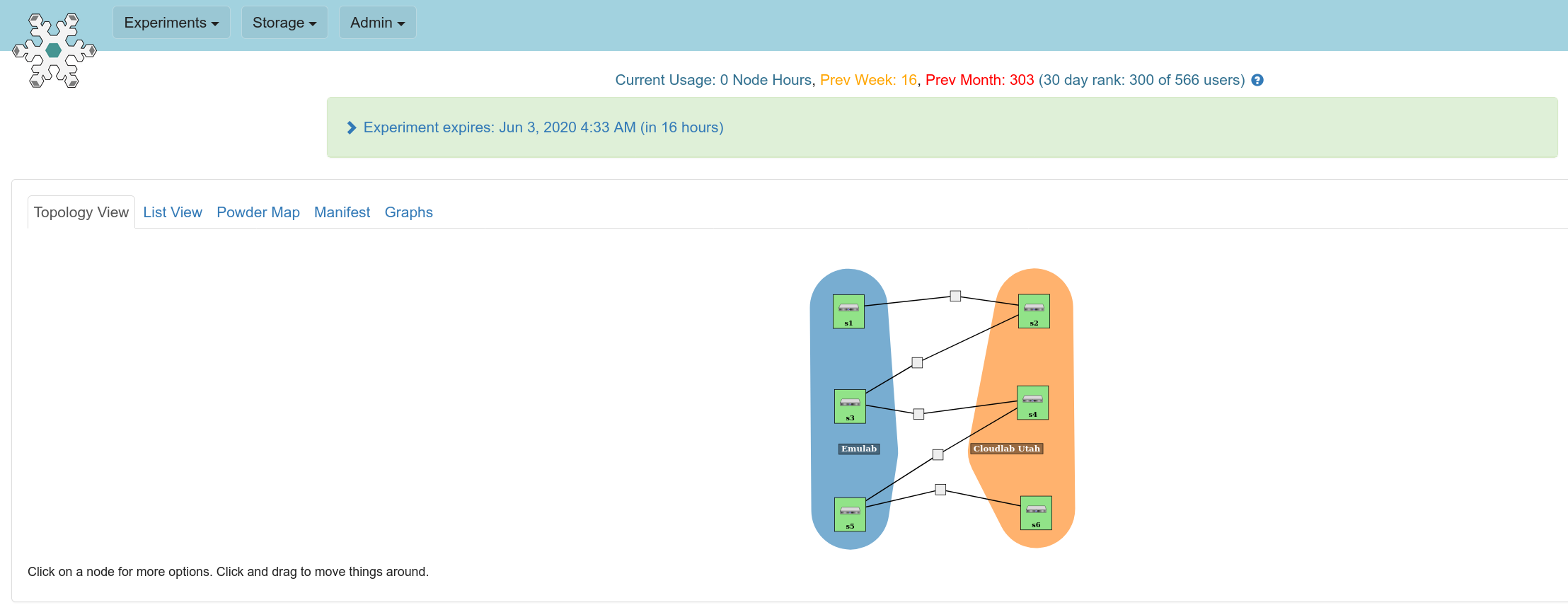

The first pair of images shows an experiment with six logical links in ''ping-pong'' fashion between the two clusters and the resulting delay from a traceroute run.
The second pair of images shows an experiment with the (emulated) RAN executing in the Emulab cluster and the EPC executing in the CloudLab cluster. The profile for this setup is here.
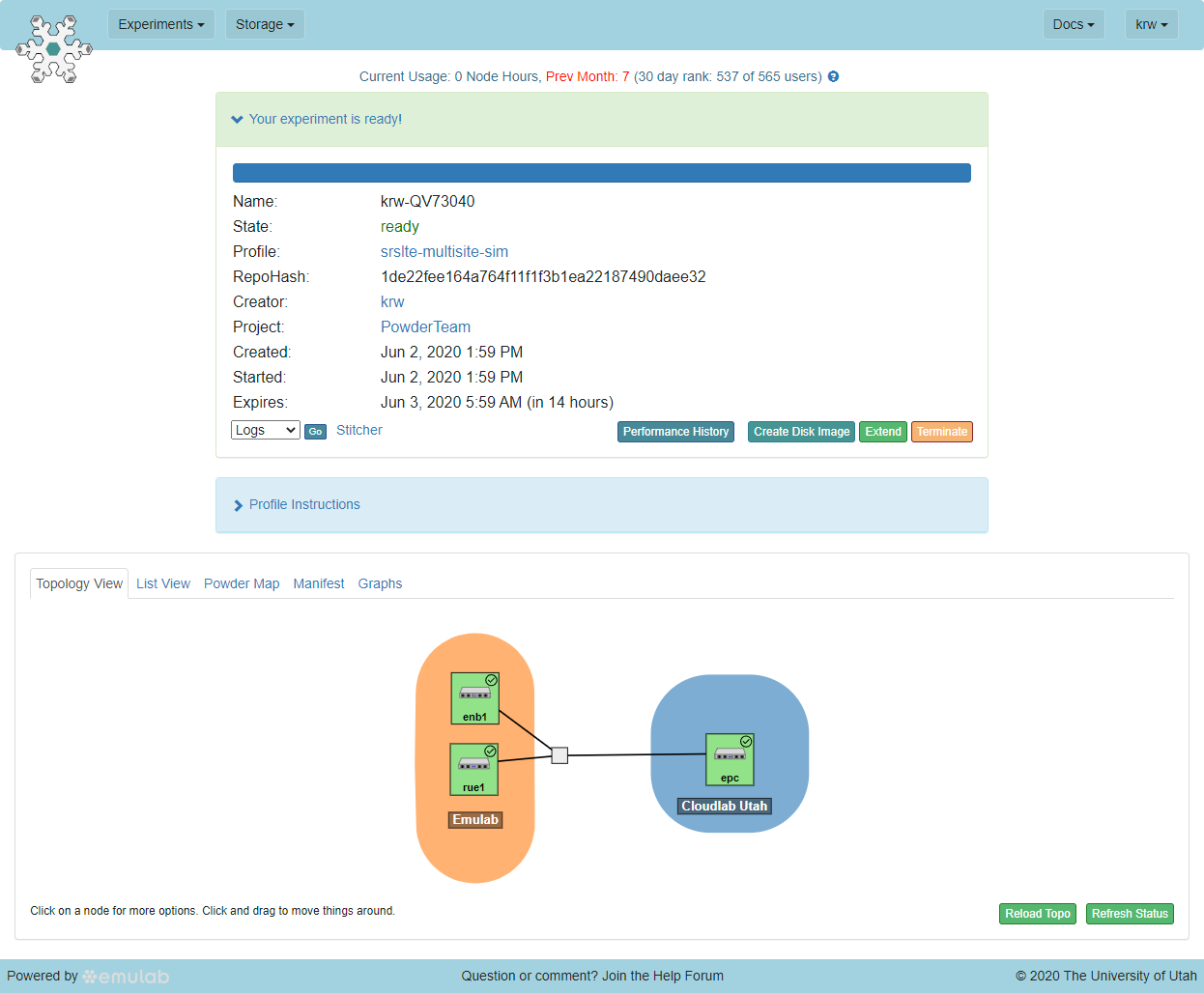
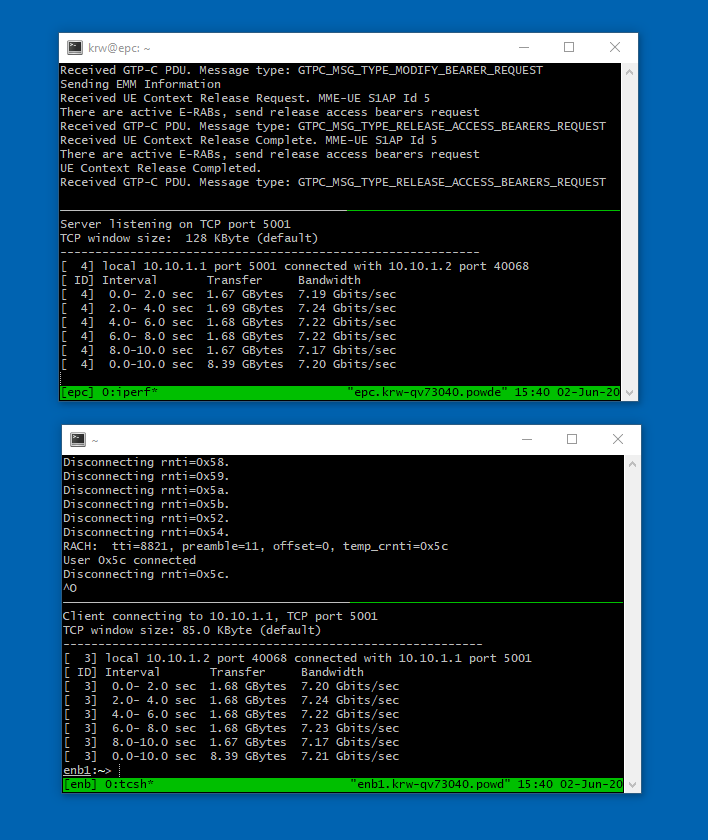
Project on AI-Driven Spectrum Sharing in a 5G network, funded by the U.S. Department of Defense, to use the POWDER platform.
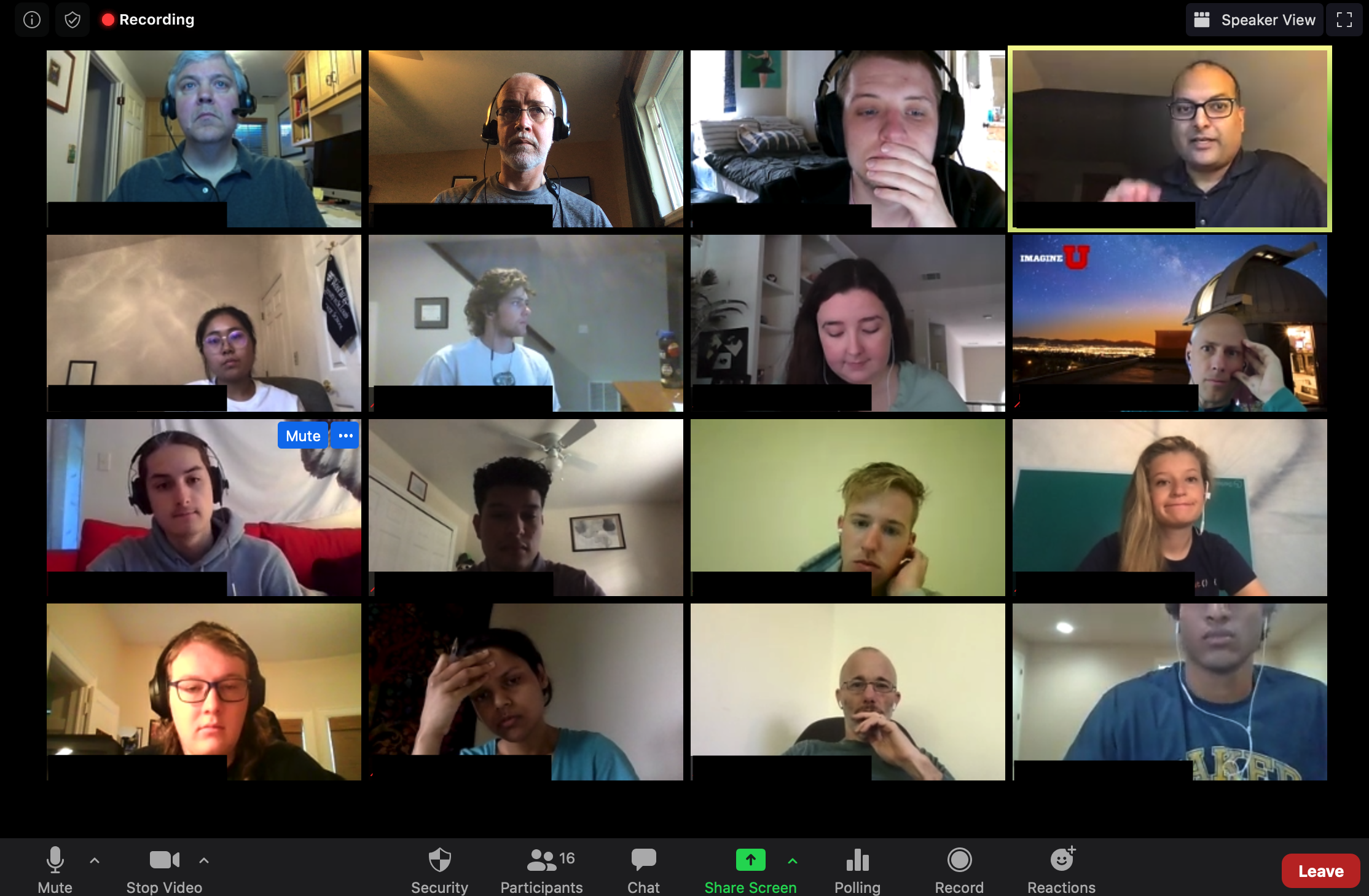
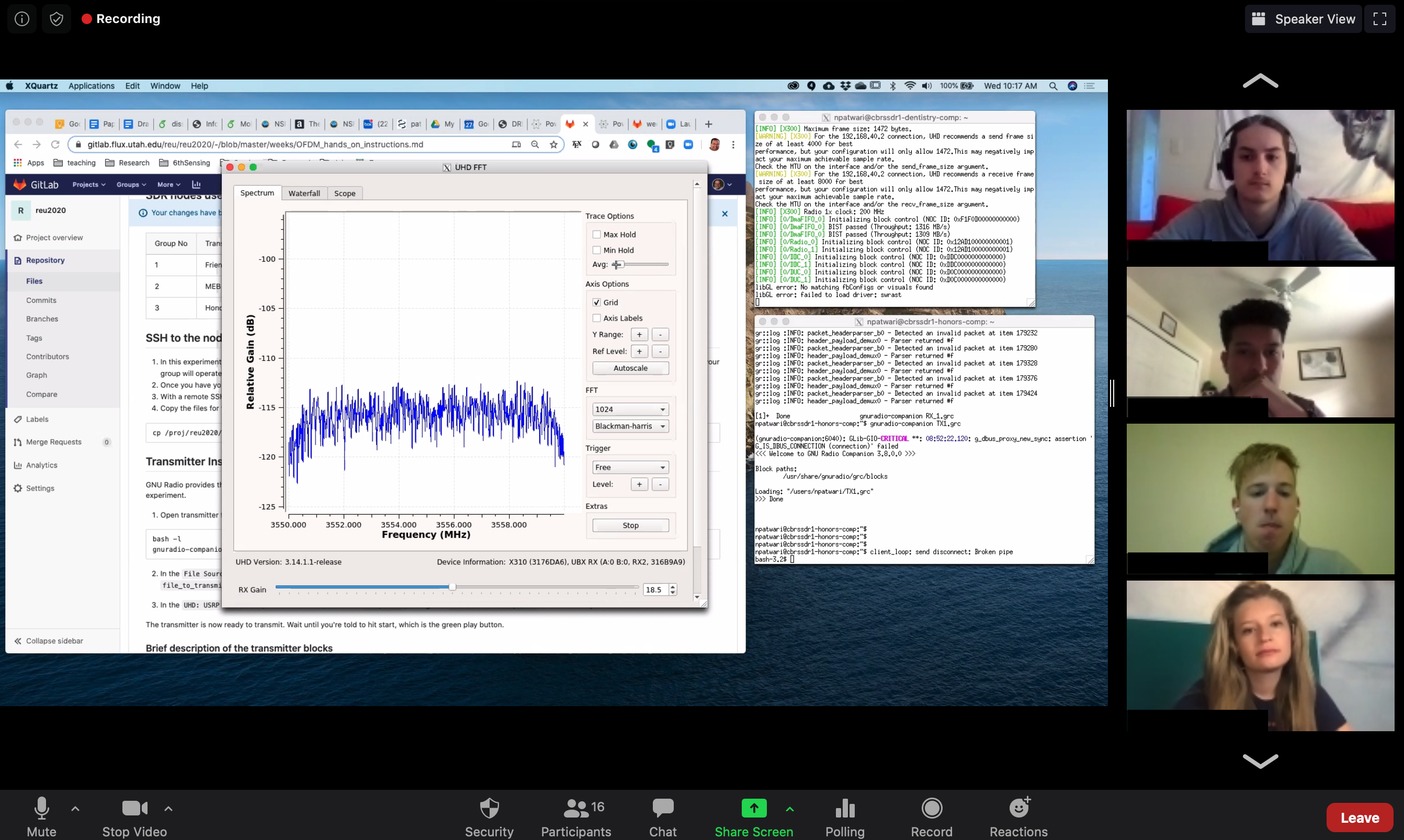
POWDER (virtual) Research Experience as an Undergraduate (REU) program under way.
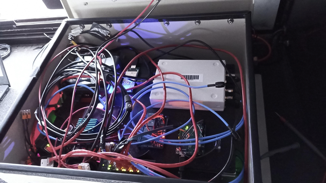
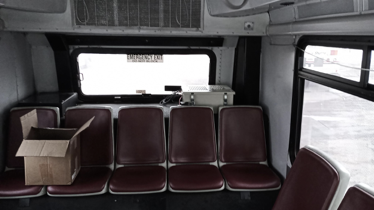
Prototype mobile endpoint (full prototype) deployed.
The POWDER platform is open for general over-the-air operation on the current platform deployment on the University of Utah campus.
POWDER users will be able to experiment with our general purpose software-defined-radios (SDRs), as well as our massive MIMO (mMIMO) equipment. Our general purpose SDRs are deployed on eight rooftop nodes and eight "fixed-endpoint" configurations. We also have one 64x64 mMIMO base station, with compatible endpoints, deployed and available for use.
To kick-start over-the-air use of the platform we have developed a number of starter profiles and we have updated our documentation to provide details of the deployment, the over-the-air experimental workflow, equipment details etc.
In recognition of the implications of allowing over-the-air transmission on POWDER, we have also updated our acceptable use policy (AUP).
Implications for current POWDER users:
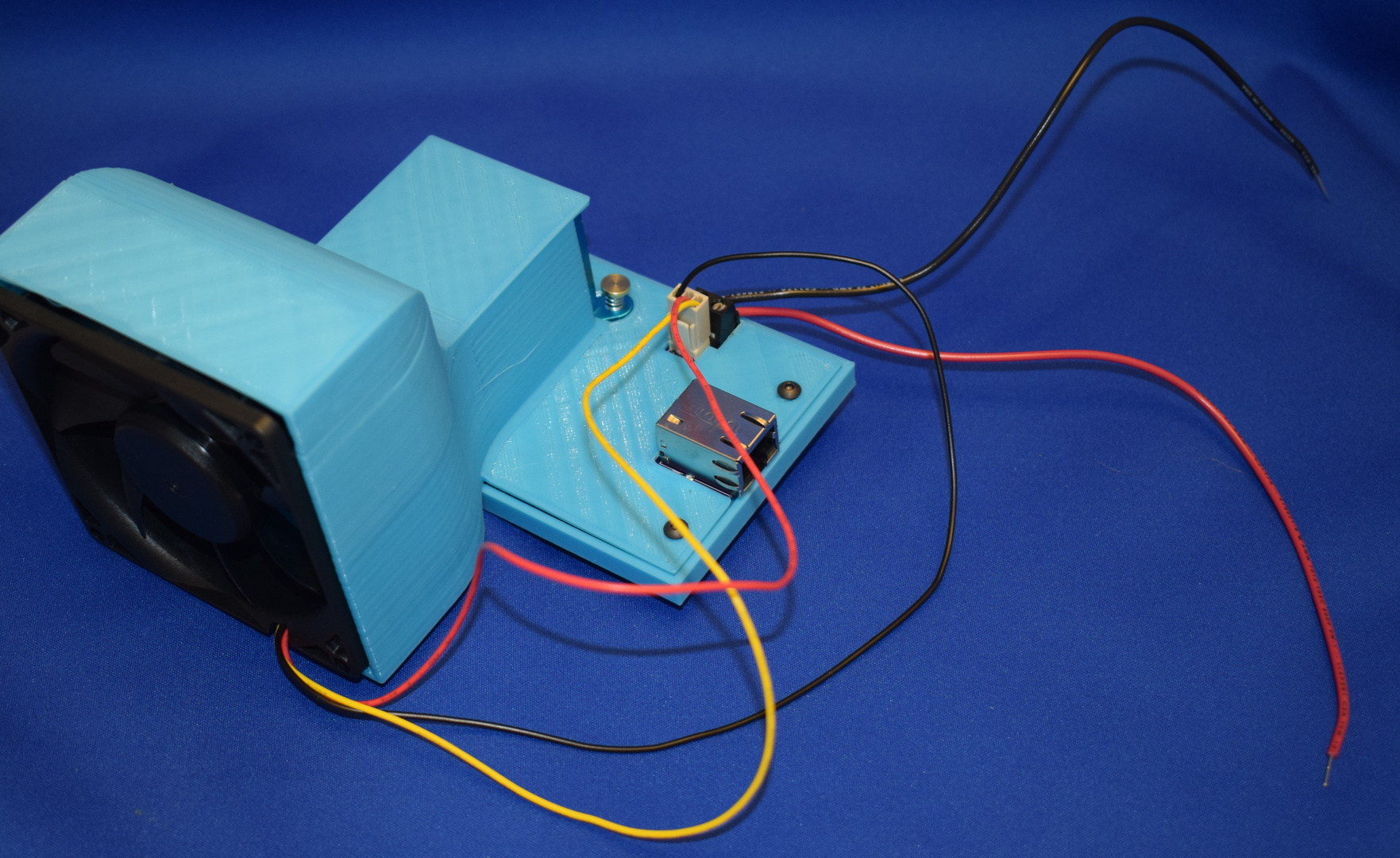
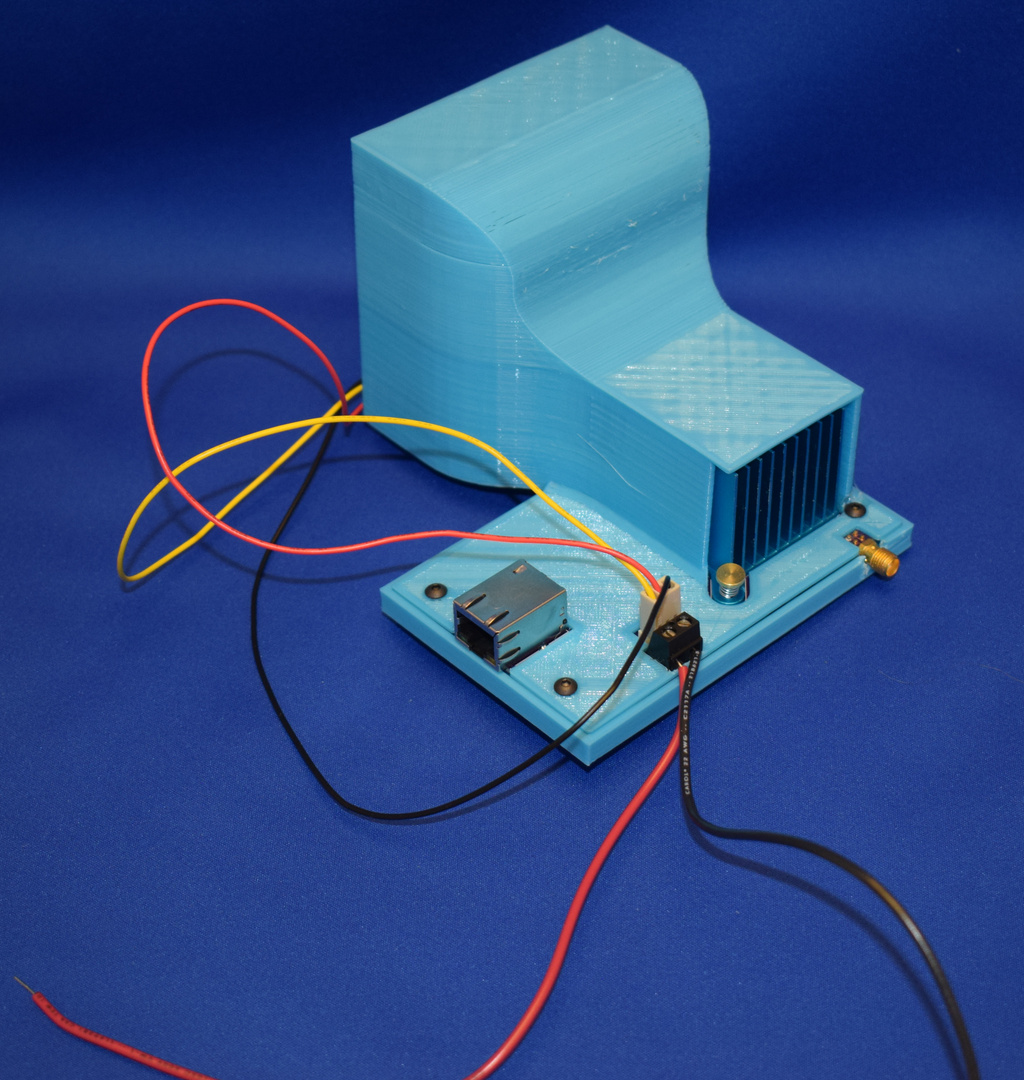
RF frontend, with heat sink and fan in 3D printed casing.
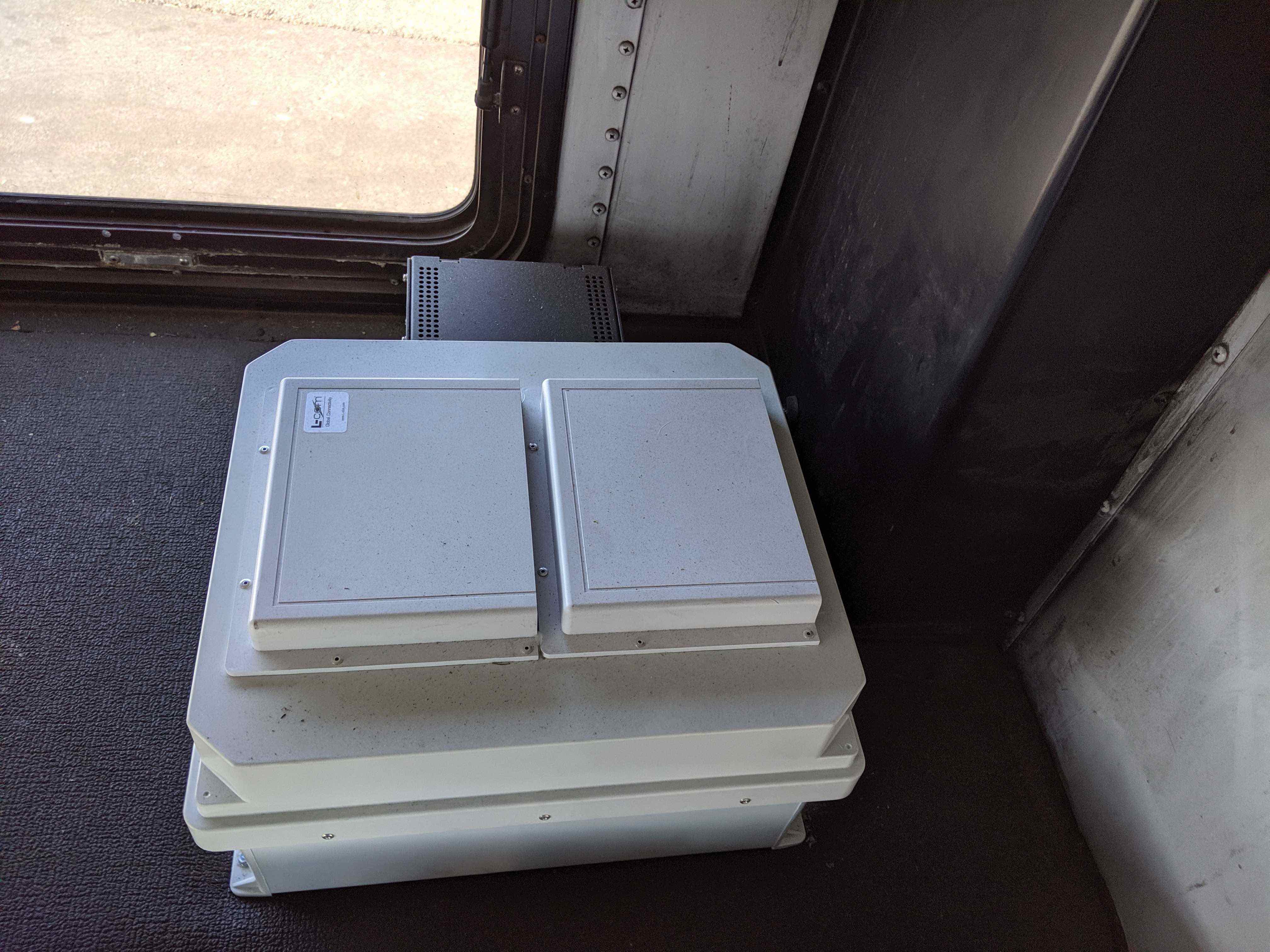
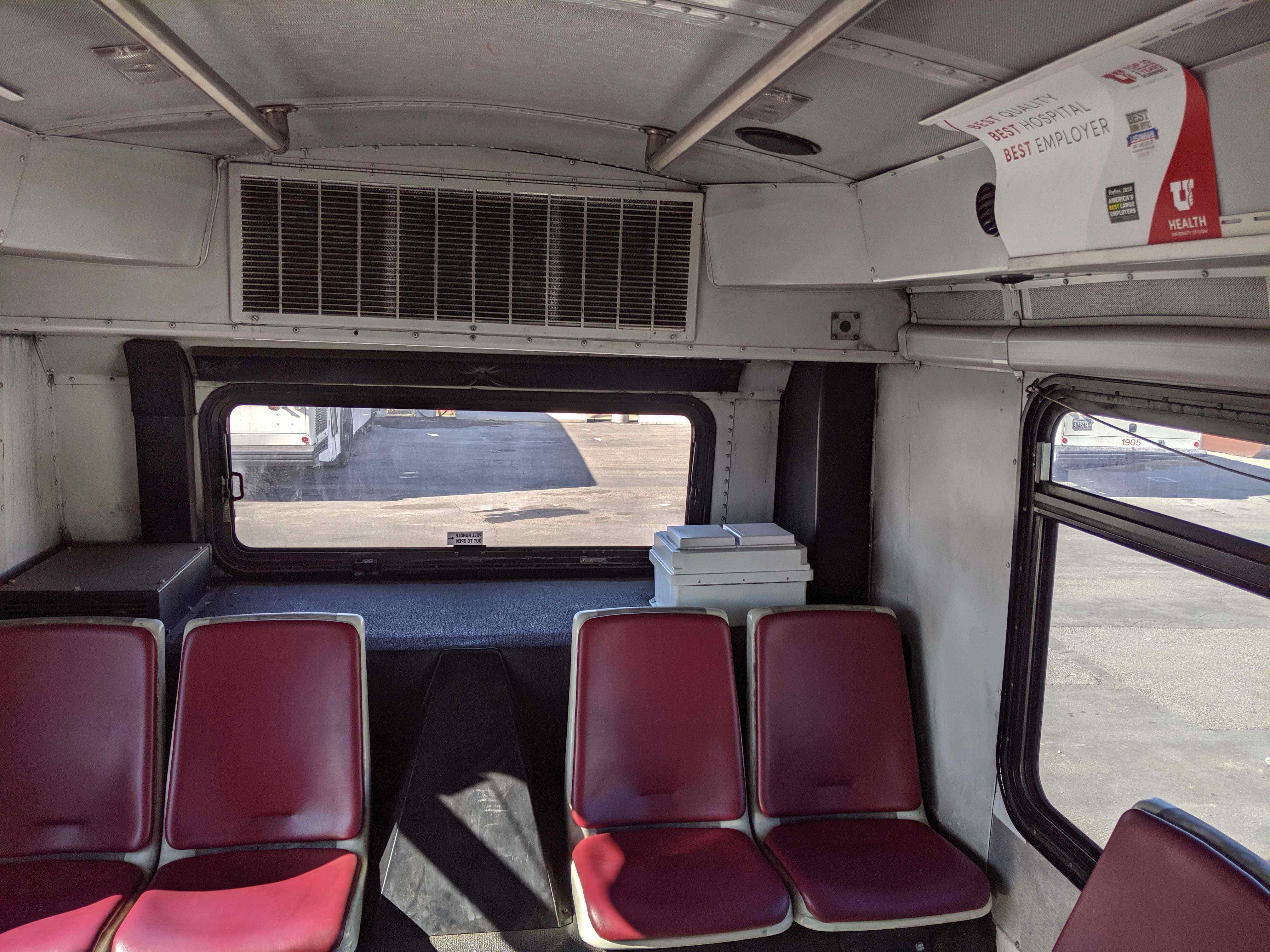
Prototype mobile endpoint (telemetry node) deployed.
Local media coverage:
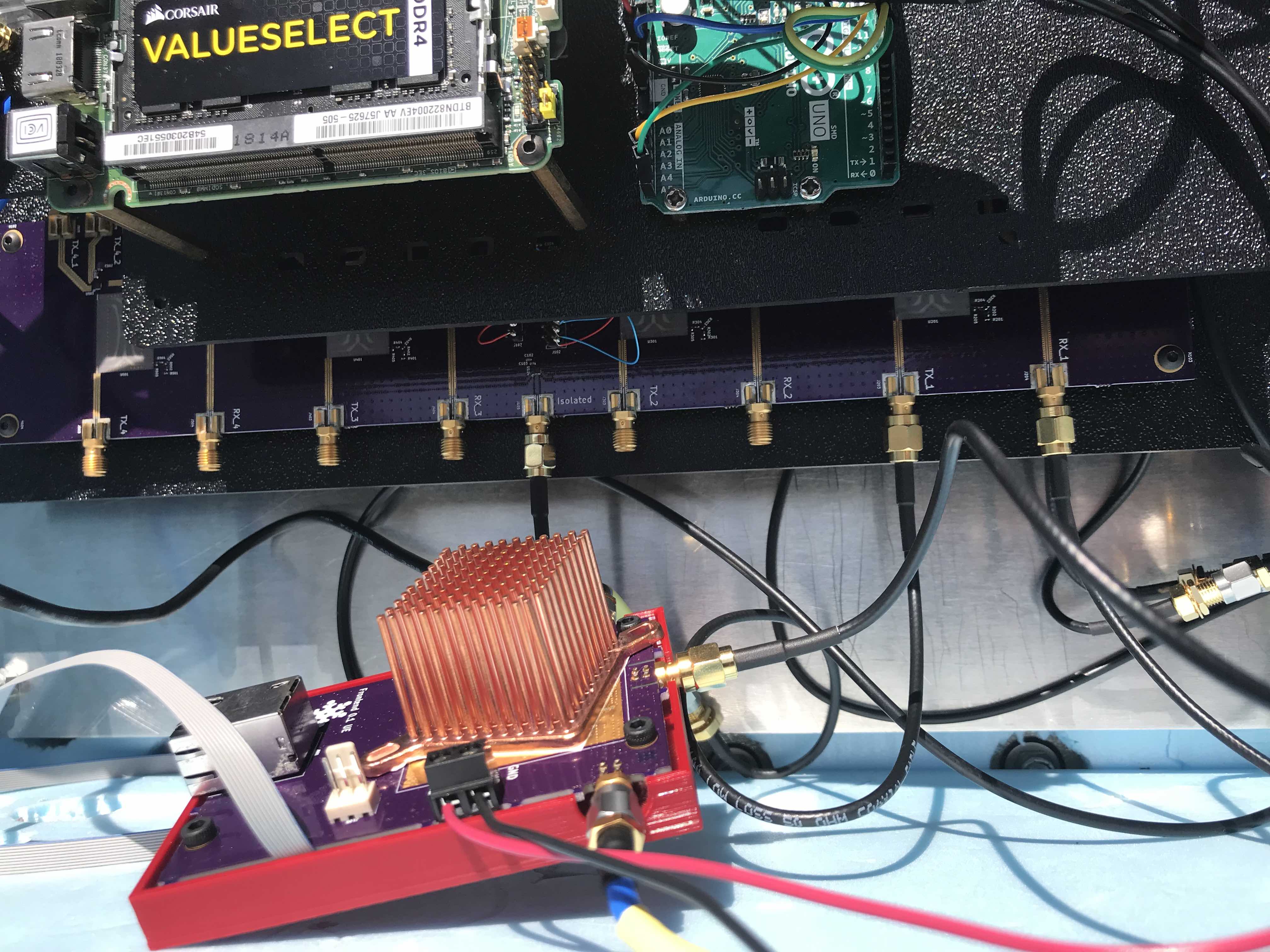
First version of RF frontend for LTE band-7.
The POWDER platform has been designated as a (Spectrum) Innovation Zone by the FCC:
Announcement/press releases:
Press coverage:
Attendees of the POWDER-RENEW Mobile and Wireless Week executed 12 "mini-projects" during the week and presented their progress and results on the last day.
The best three mini-projects (as selected by the MWW attendees) were:
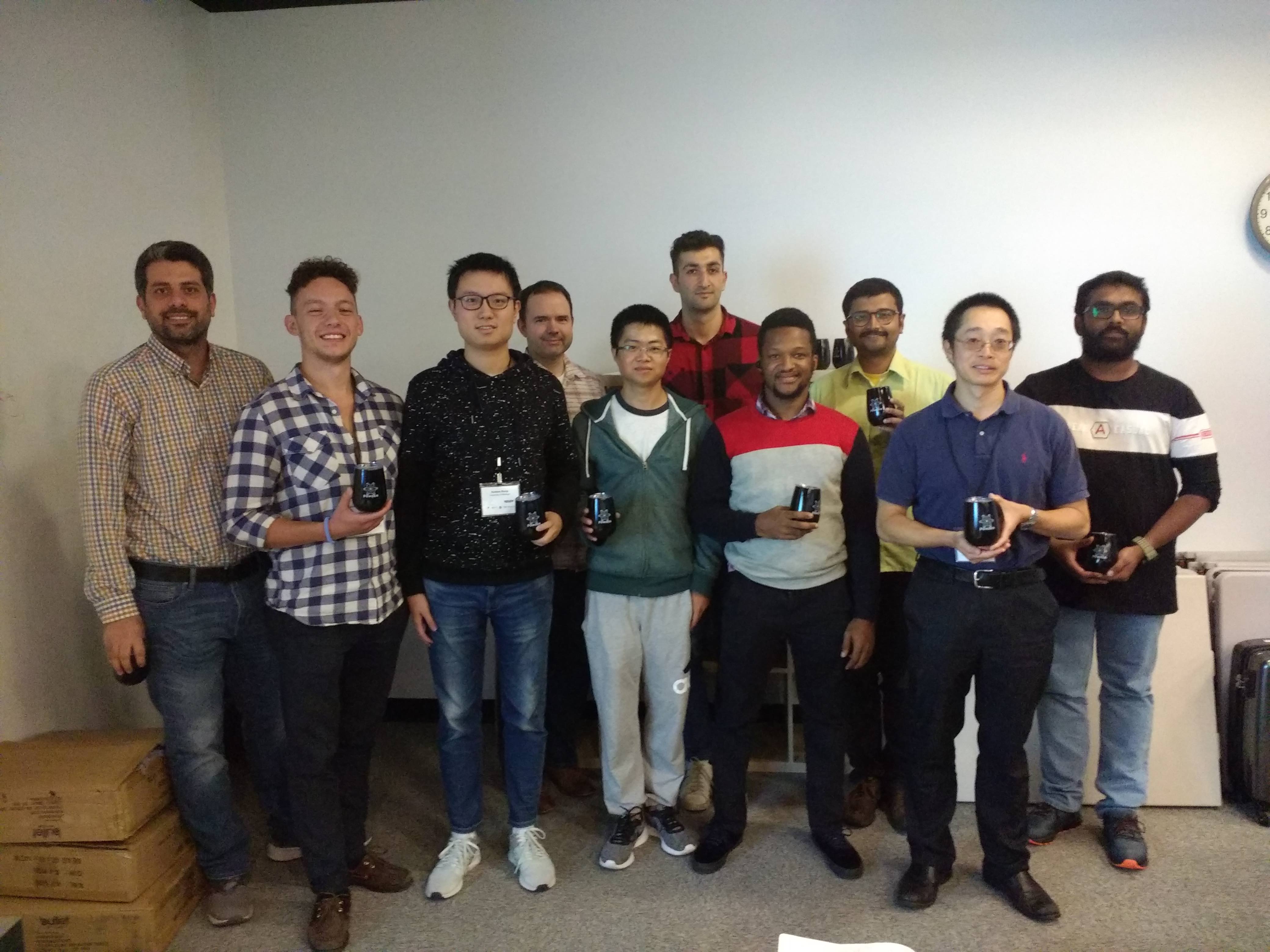
One of the mini-projects involved the design and manufactoring a spiral antenna which was tested on the POWDER platform.
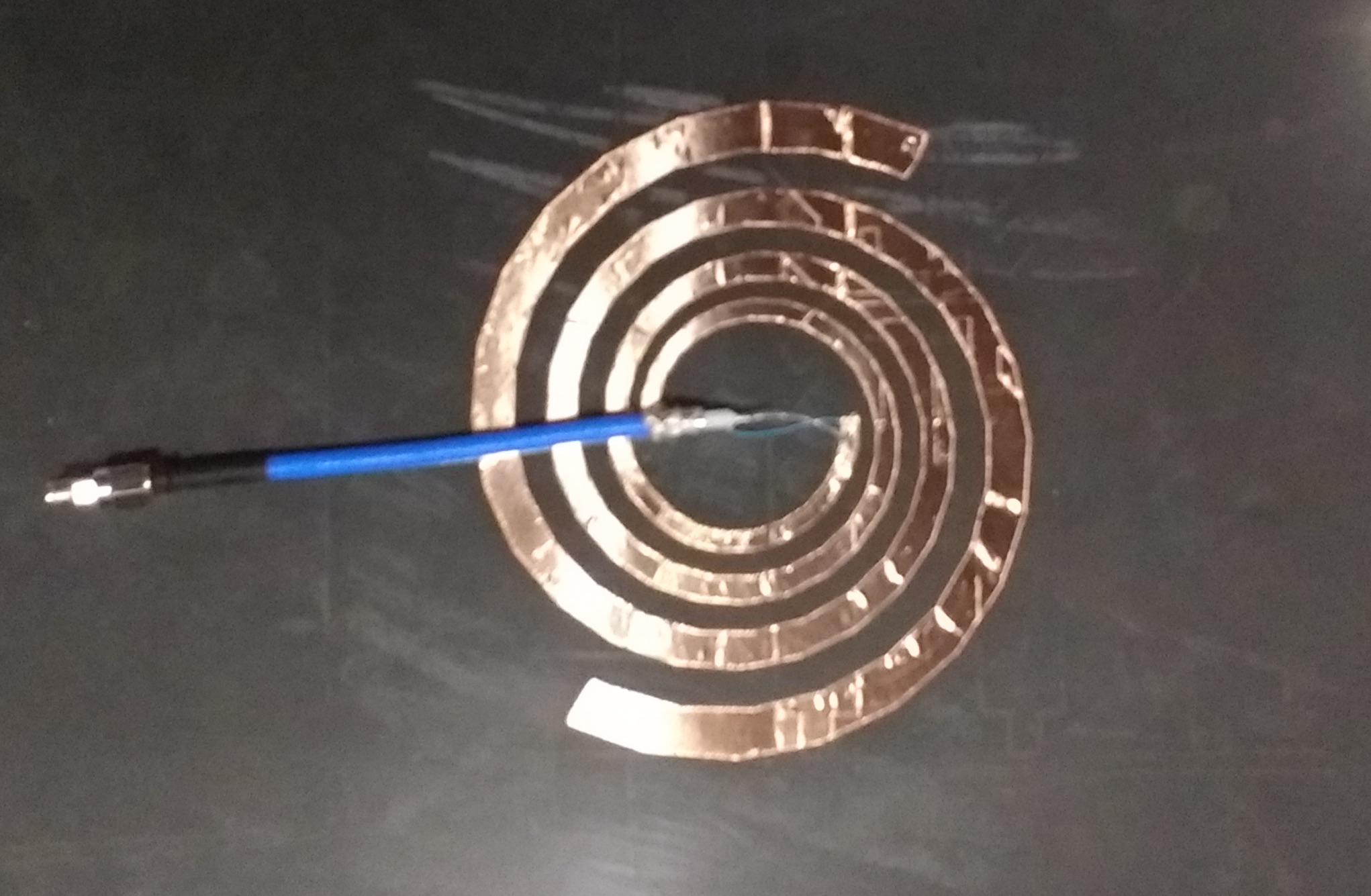
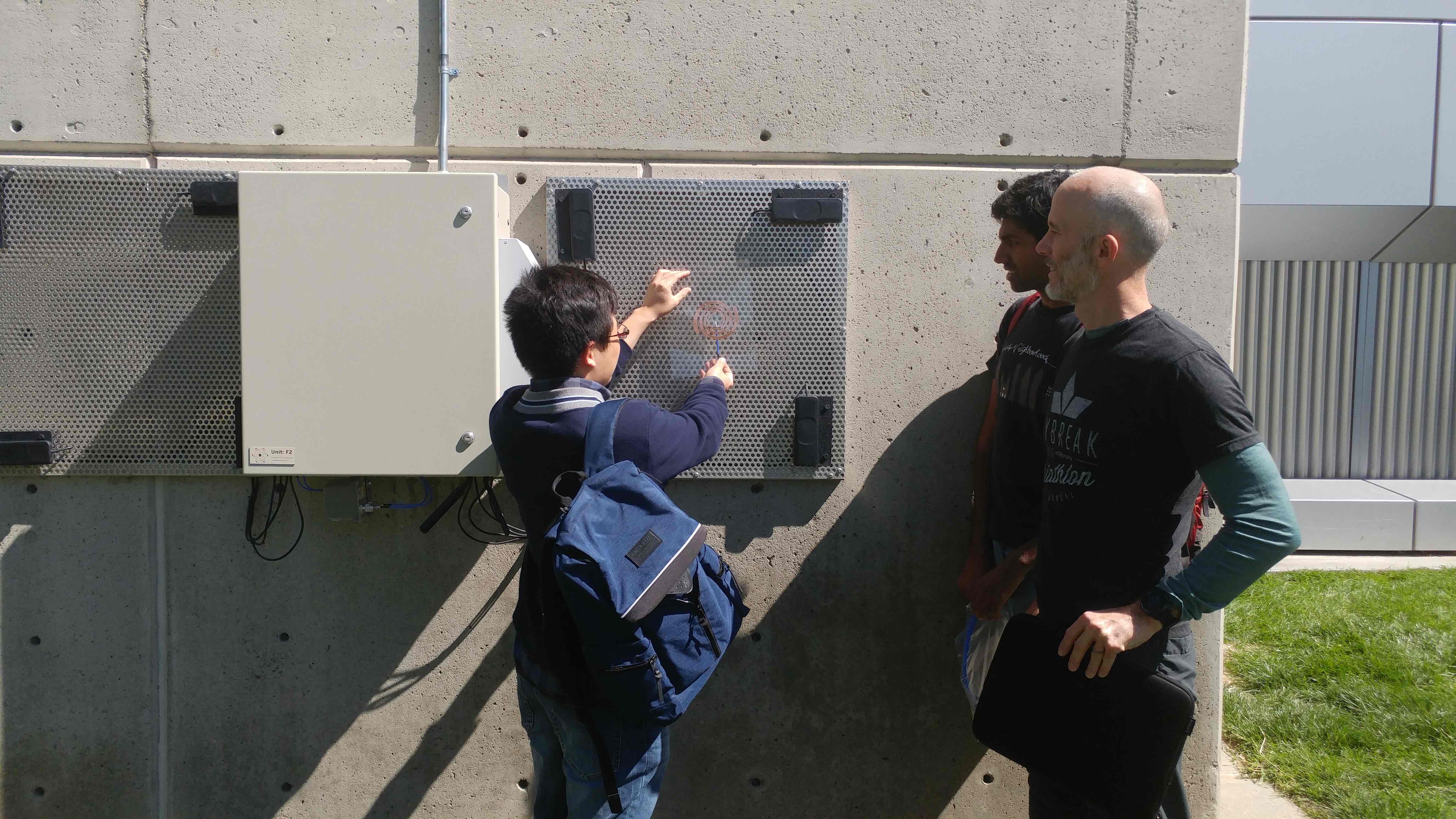
The POWDER-RENEW Mobile and Wireless Week (MWW2019) took place on the University of Utah campus from September 9-13, 2019. MWW2019 was attended by a number of industrial researchers and 44 graduate students from more than 20 universities across the US.
The MWW schedule included:
Attendees also teamed up to execute a variety of "mini-projects" during the week and took a "field-trip" to view the POWDER deployment.
Attendees use of the platform's over-the-air capabilities is the first such use by non POWDER-RENEW team members. This included use of the rooftop base-stations, the fixed-endpoints and the massive-MIMO equipment.

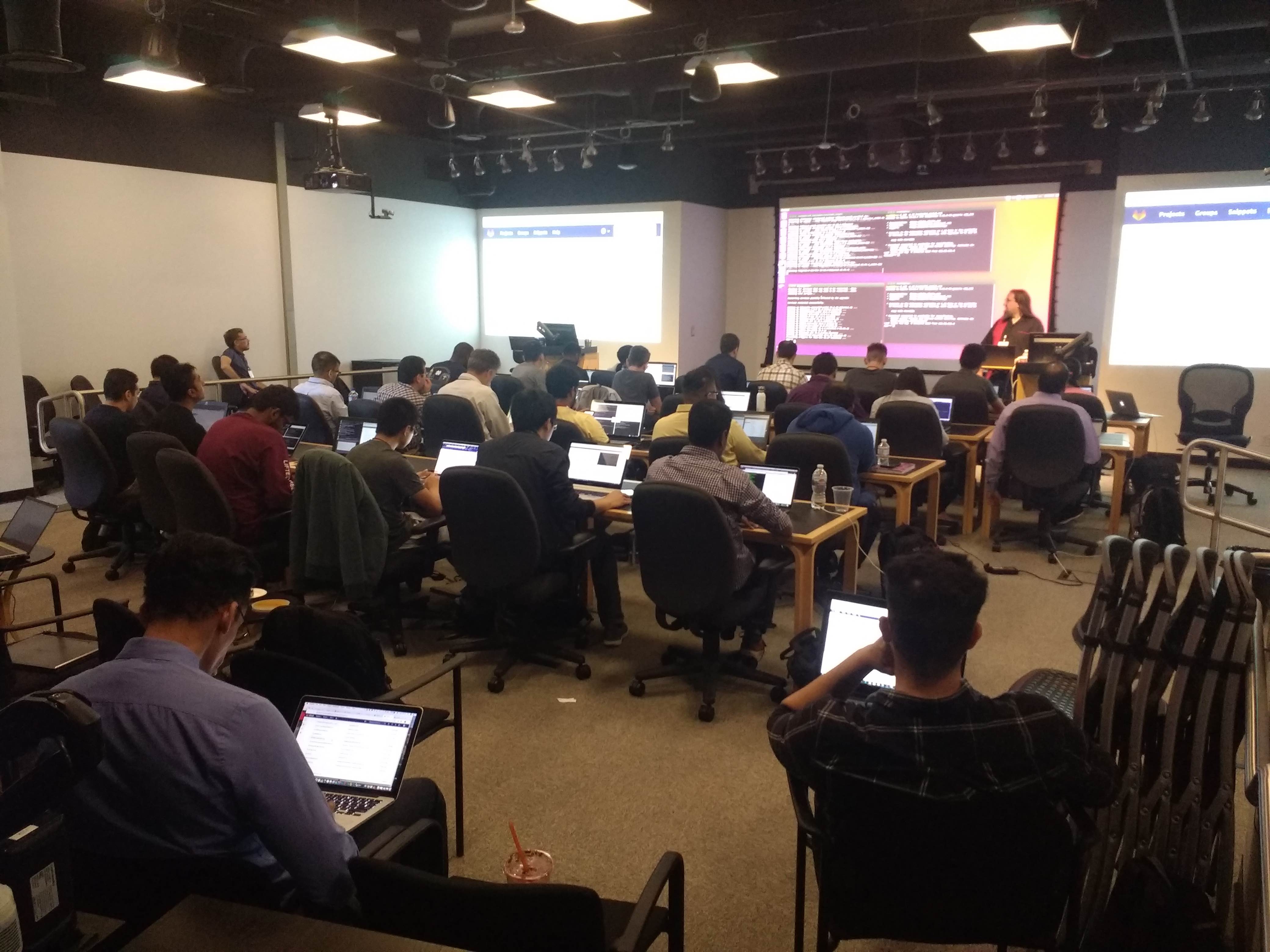
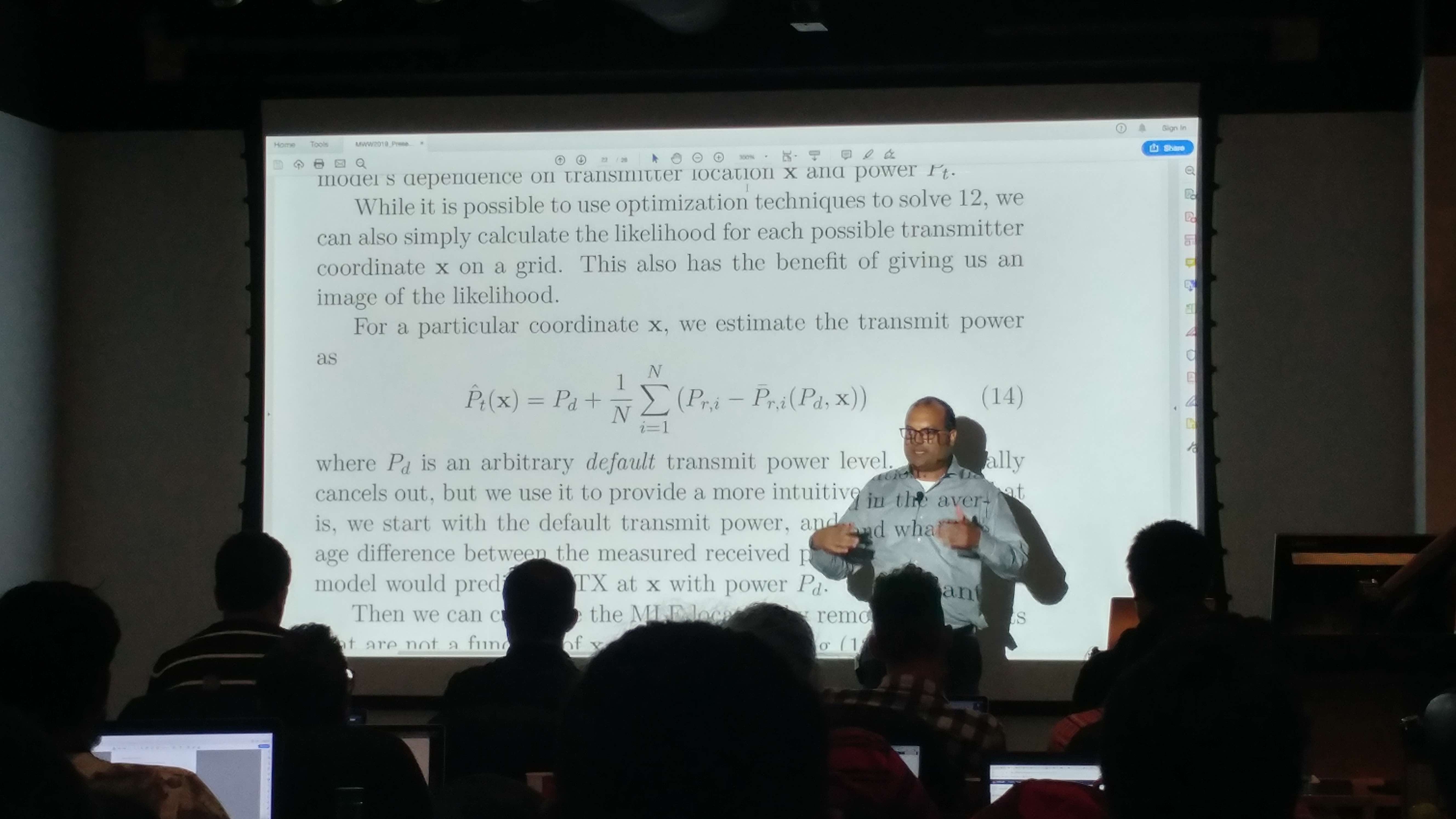
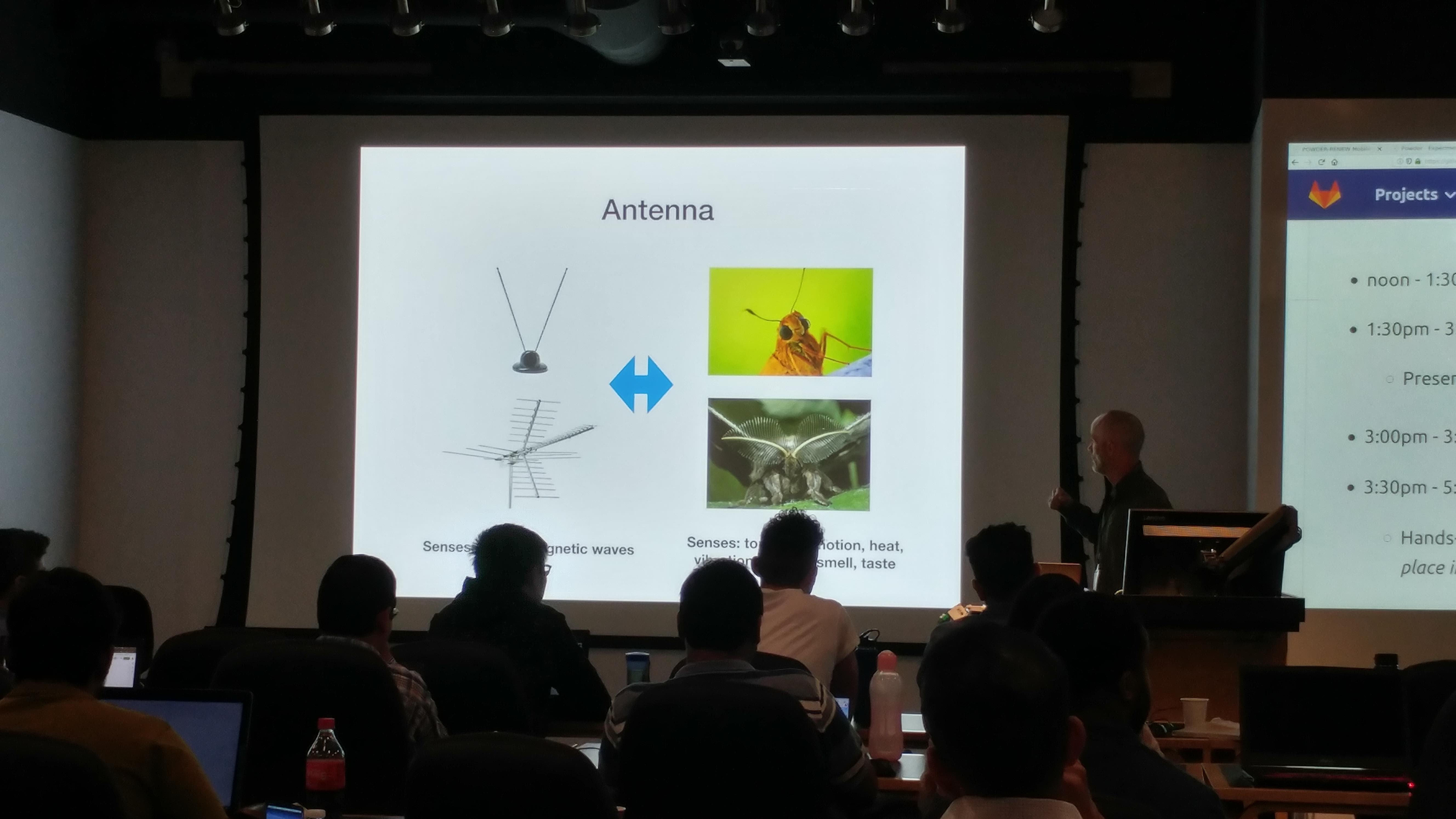
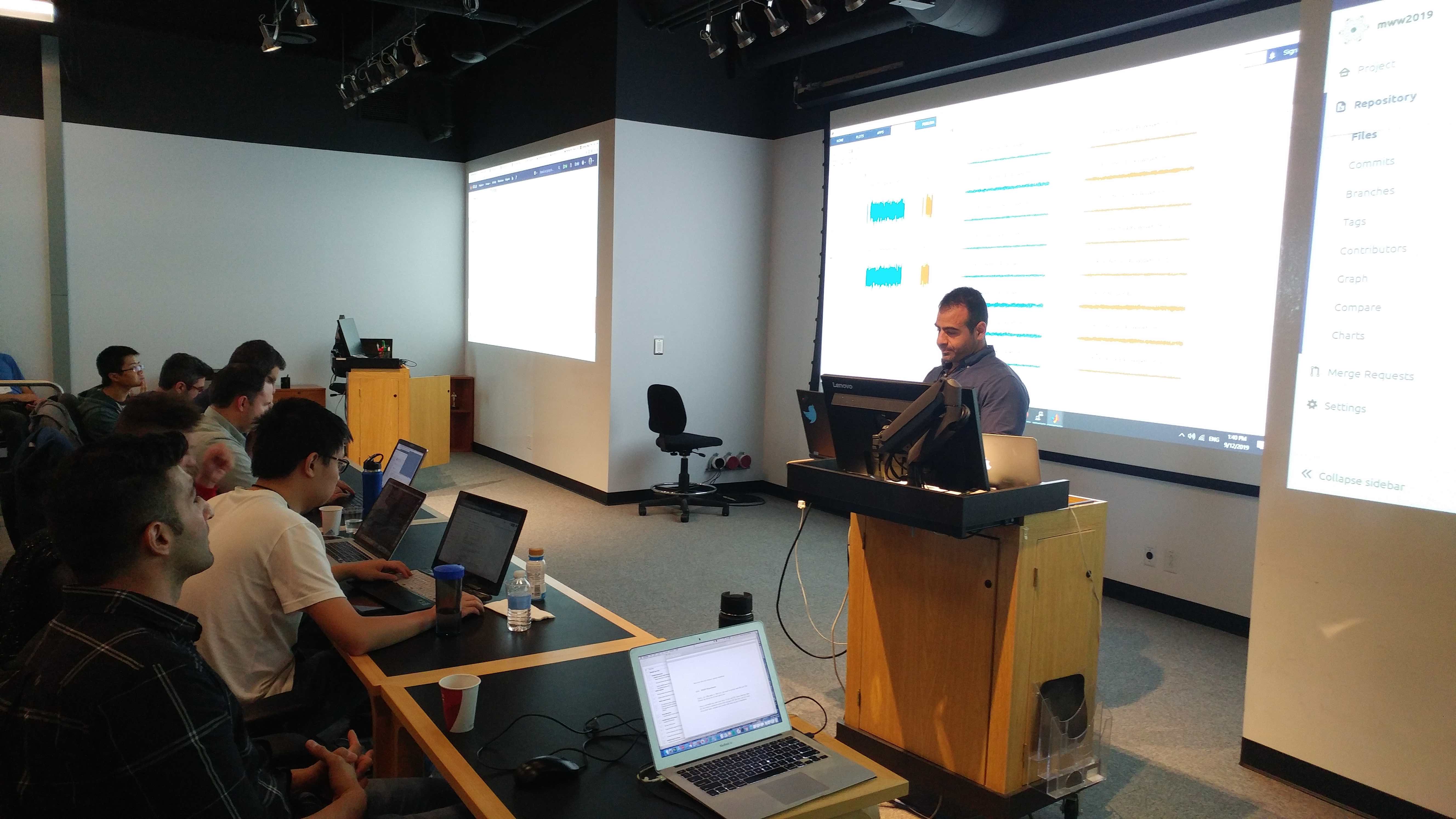
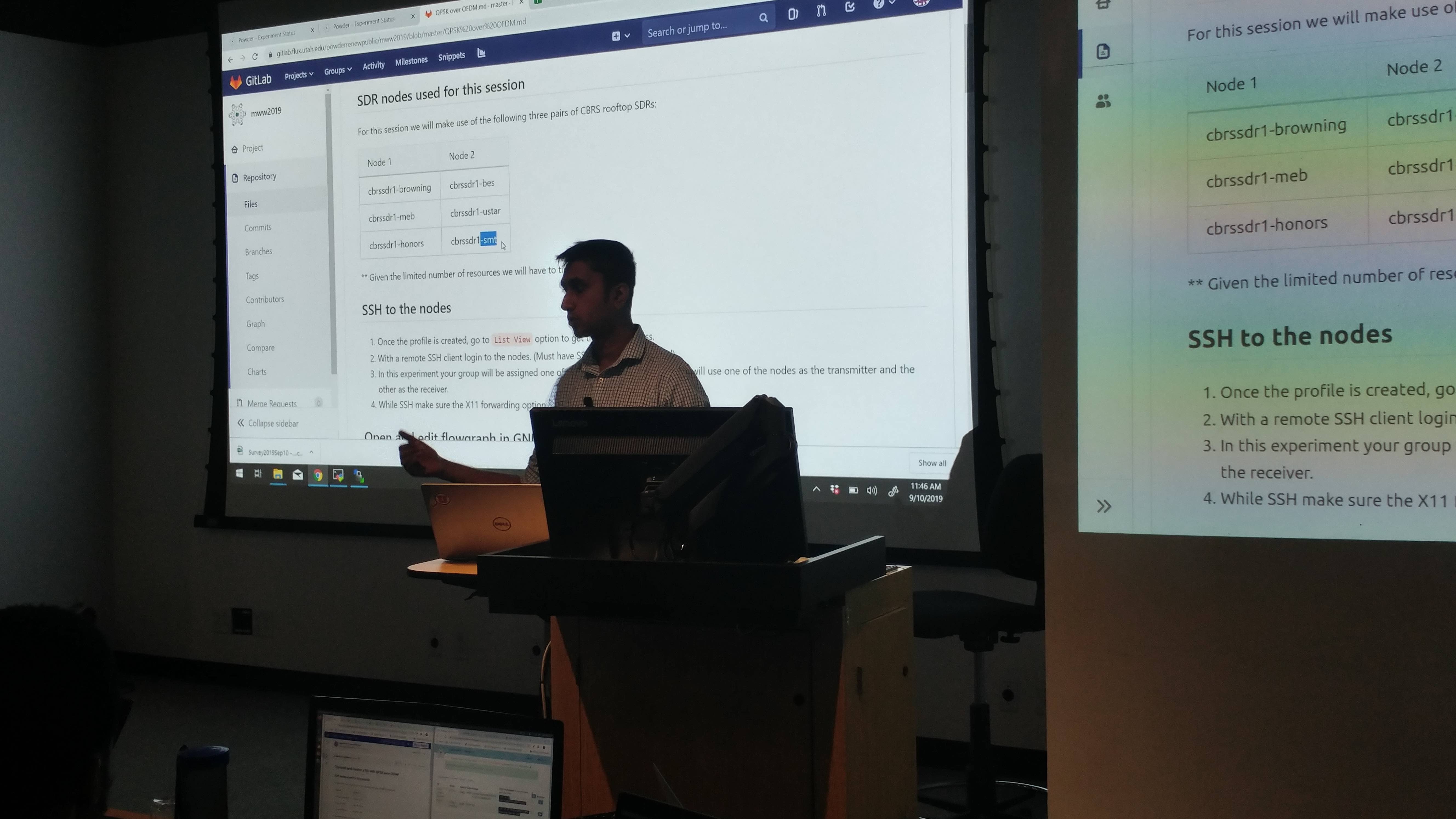
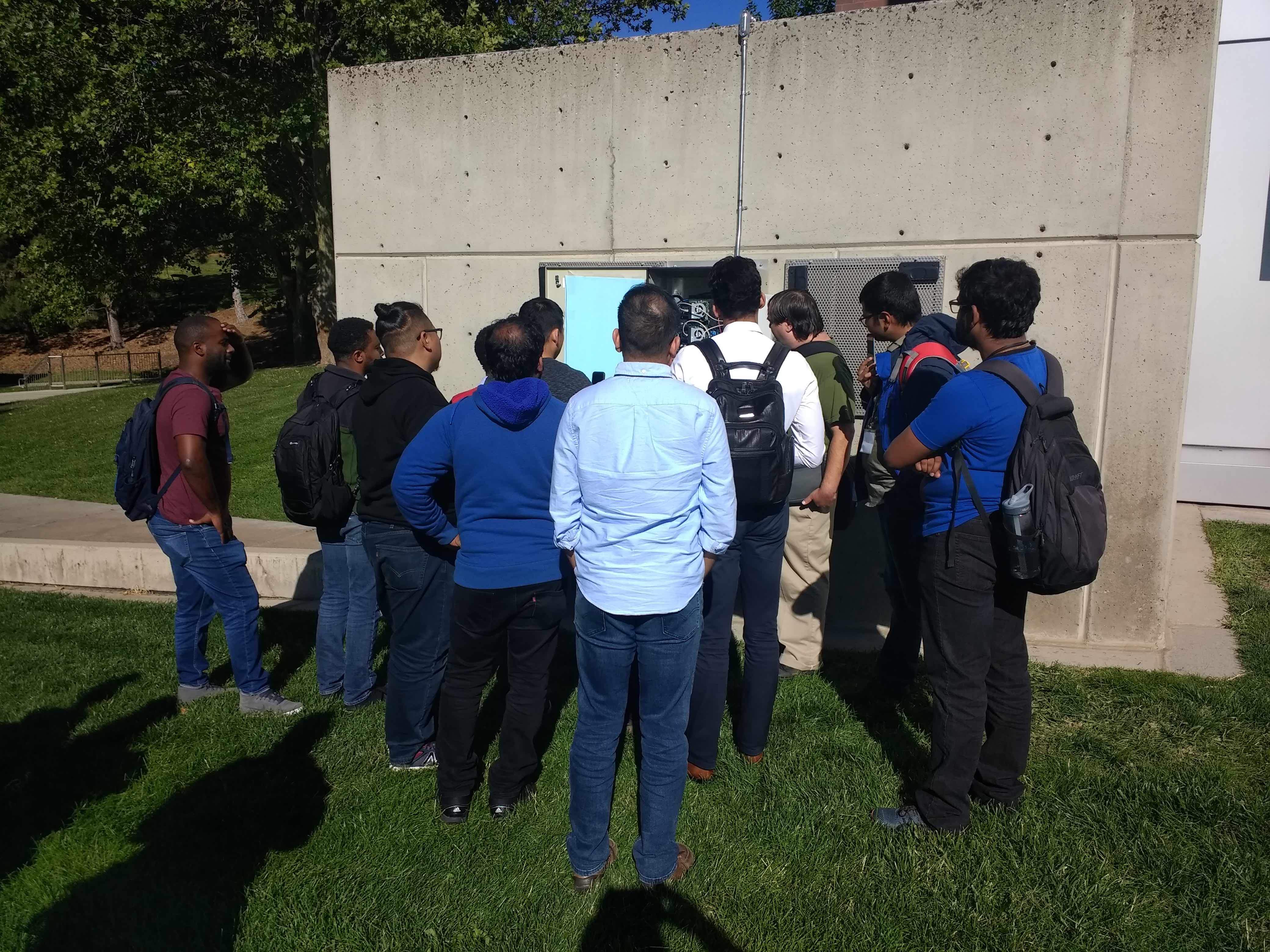
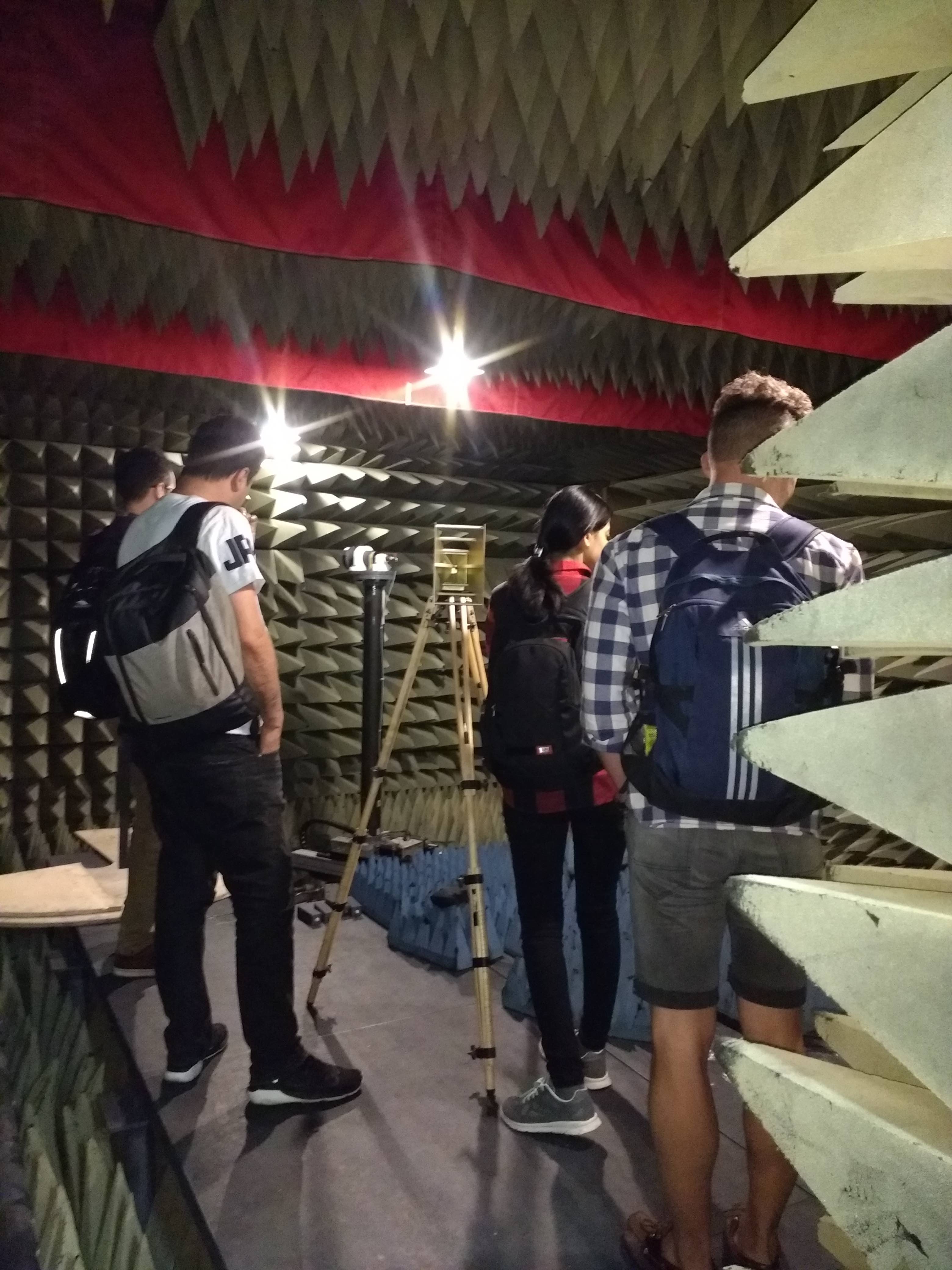
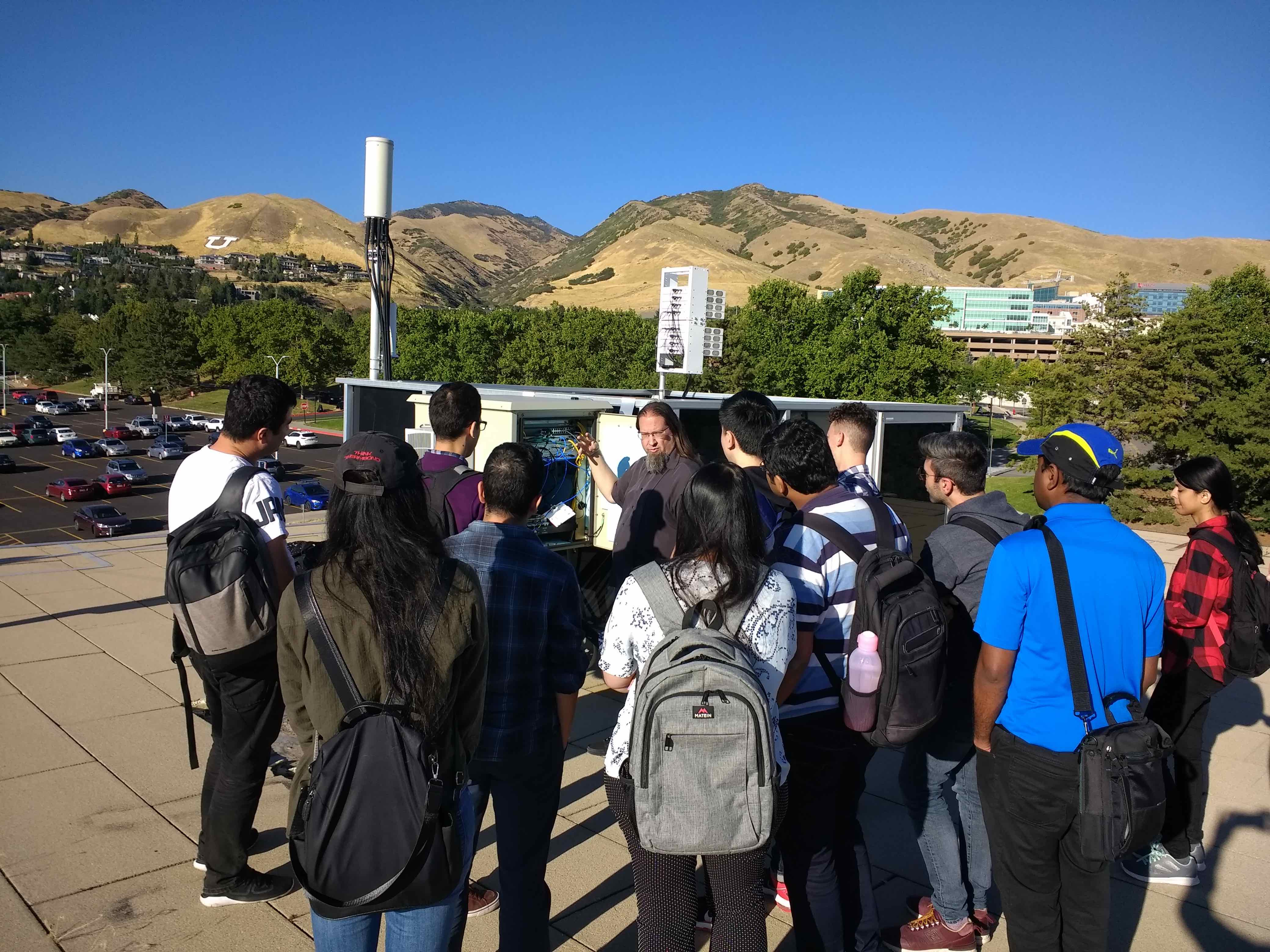
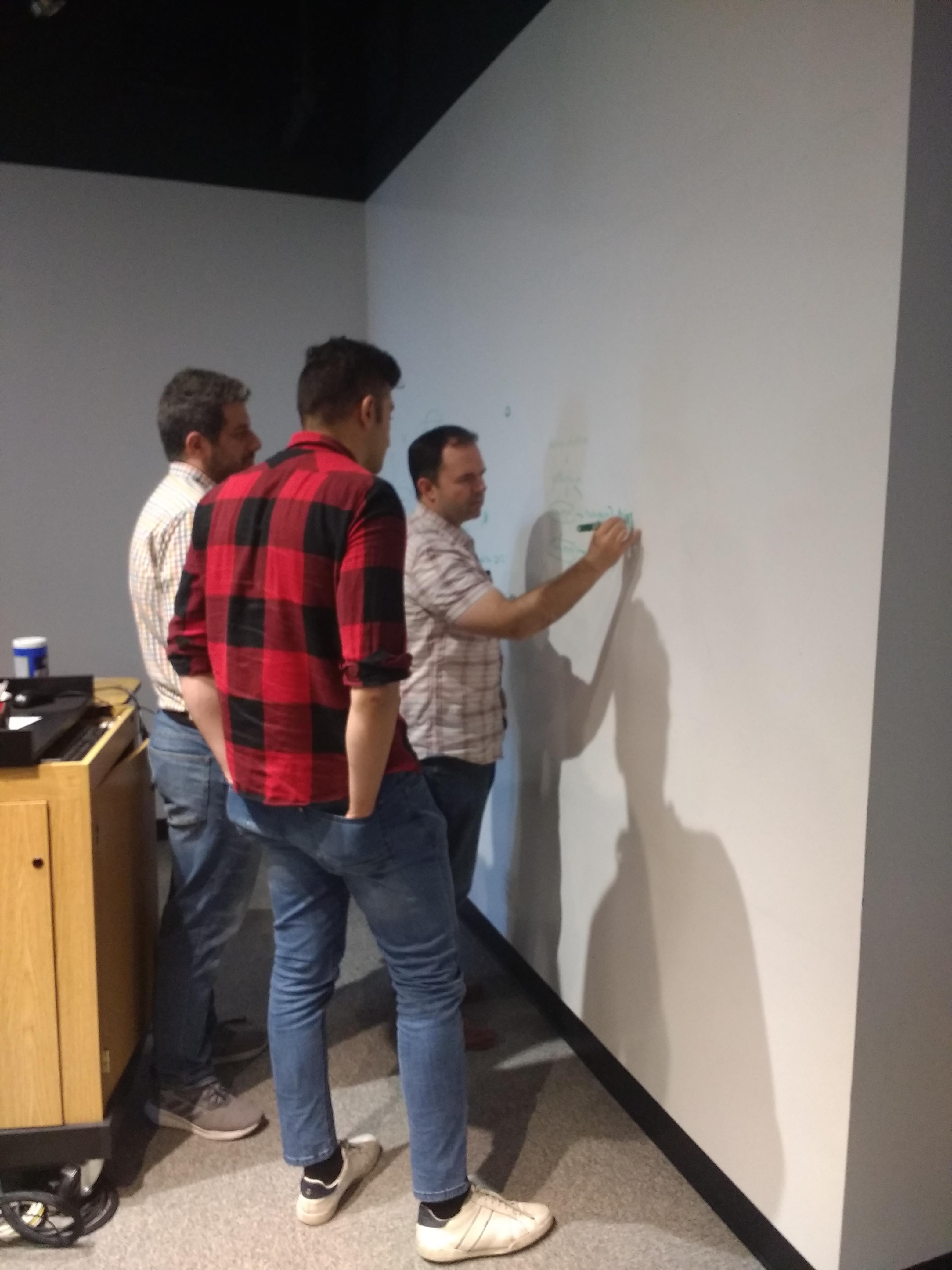
The POWDER-RENEW Mobile and Wireless Week is planned for the week of September 9th 2019!
For more information and to apply see the MWW2019 page.
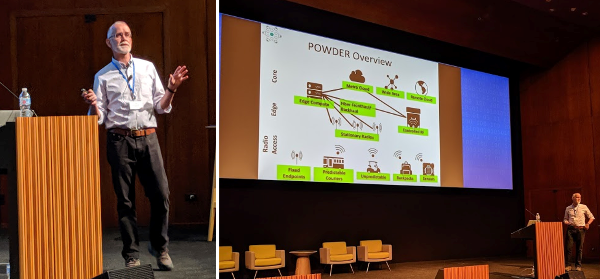
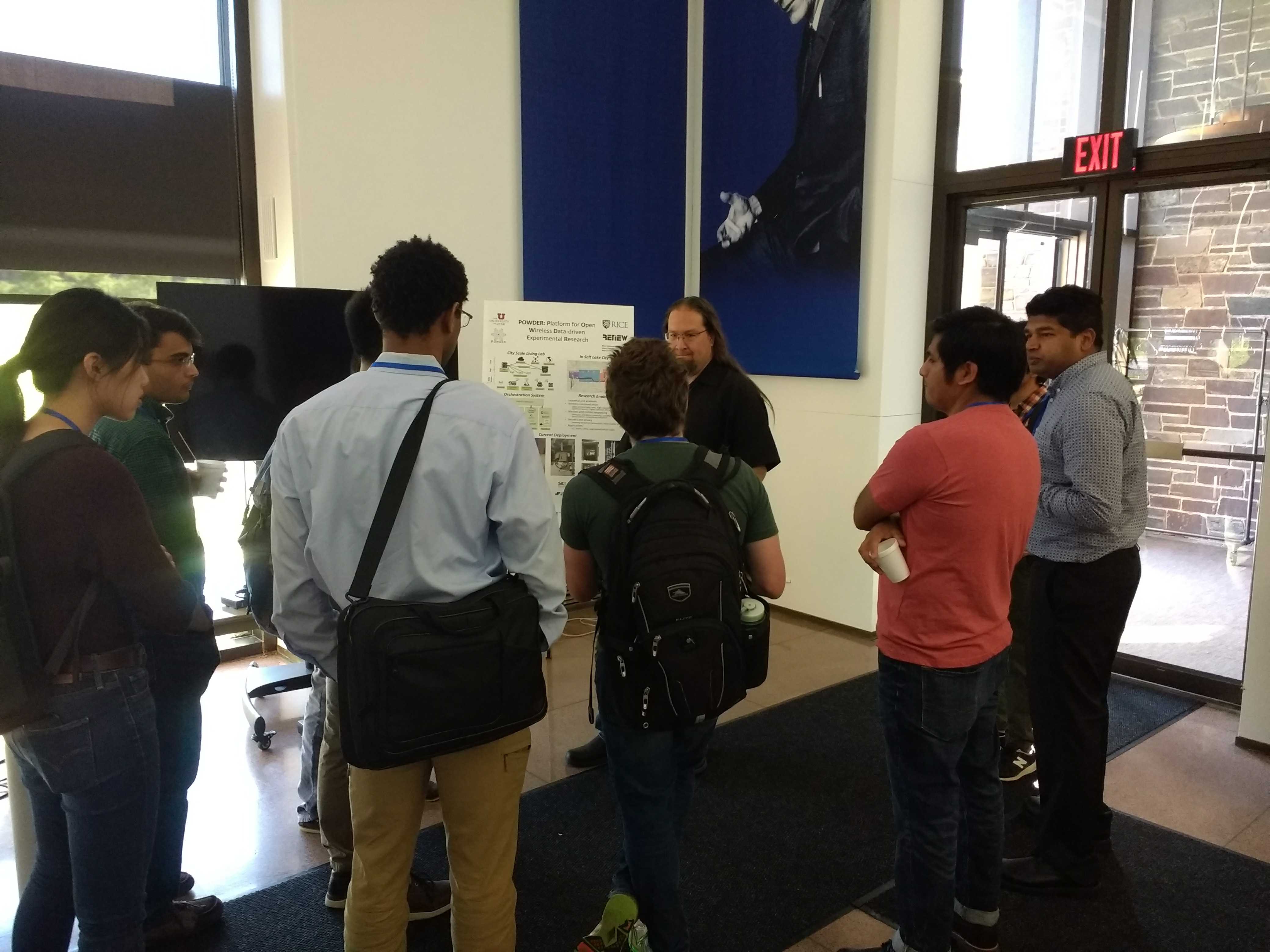
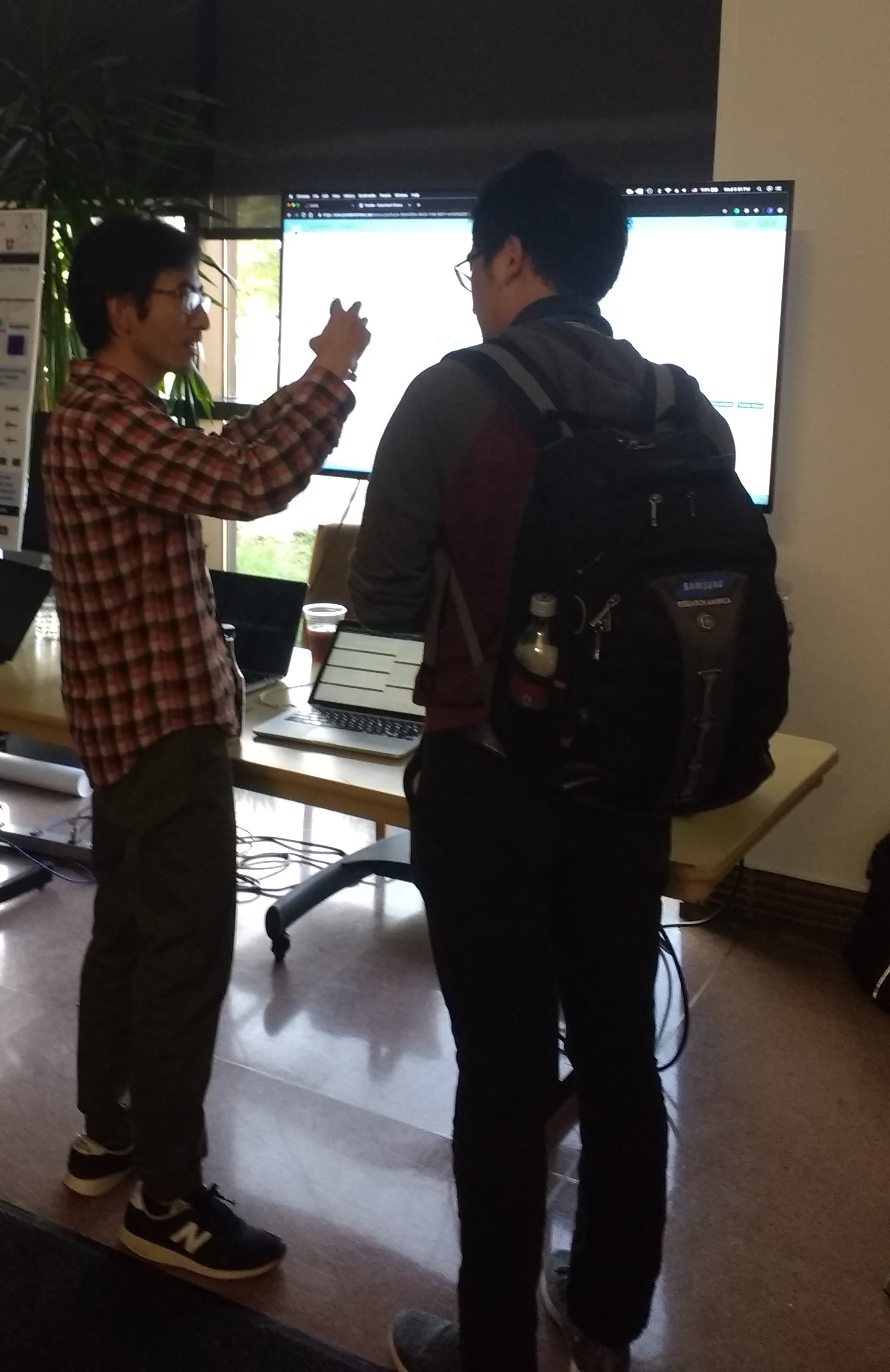
The POWDER-RENEW project was well represented at the Open Air Interface Workshop at NOKIA Bell-Labs.
We did a hands-on training session during the training day using the POWDER platform; had demos of both the POWDER platform and the RENEW massive MIMO equipment and software; and presented a talk on using POWDER for RAN research.
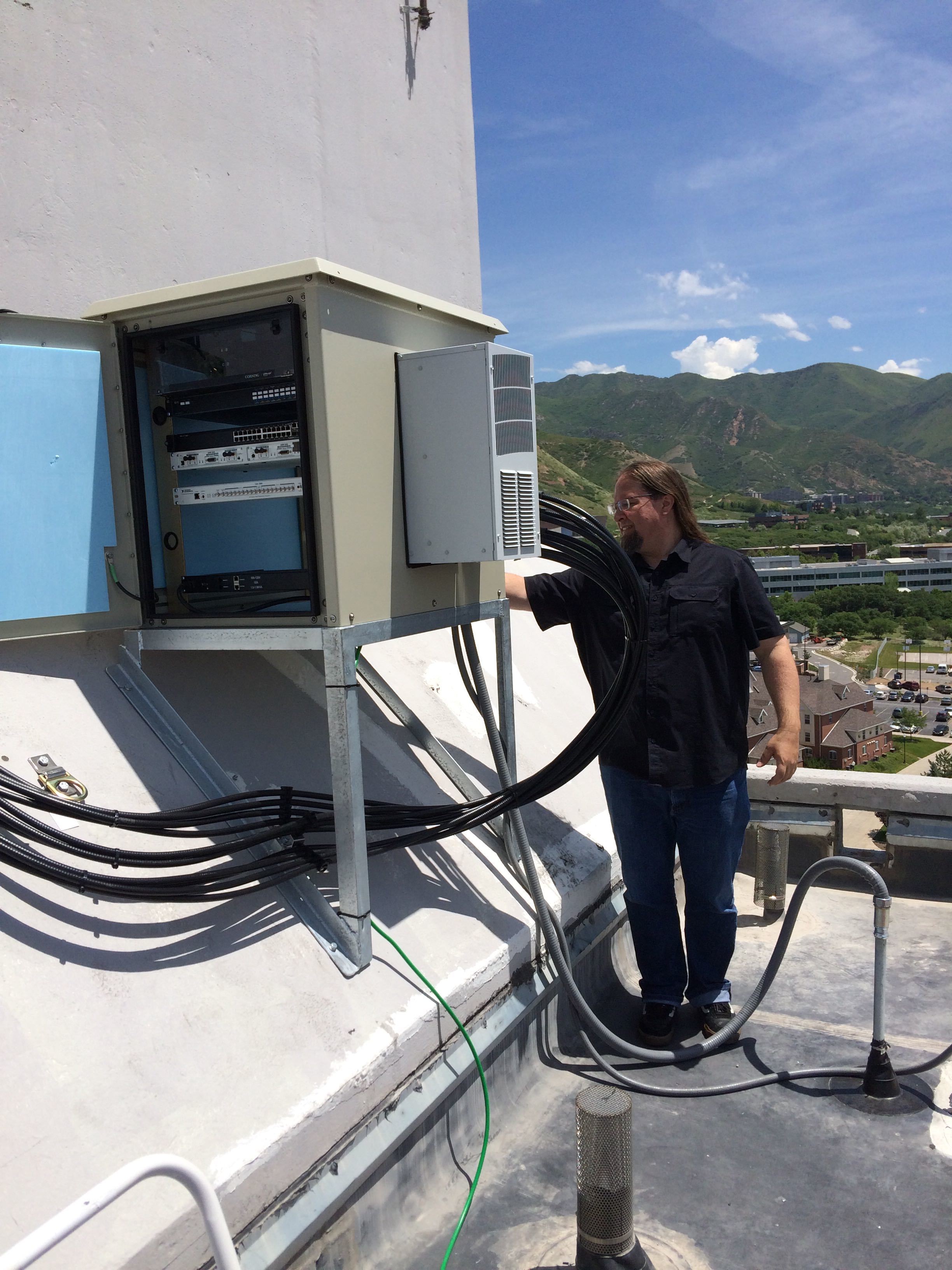
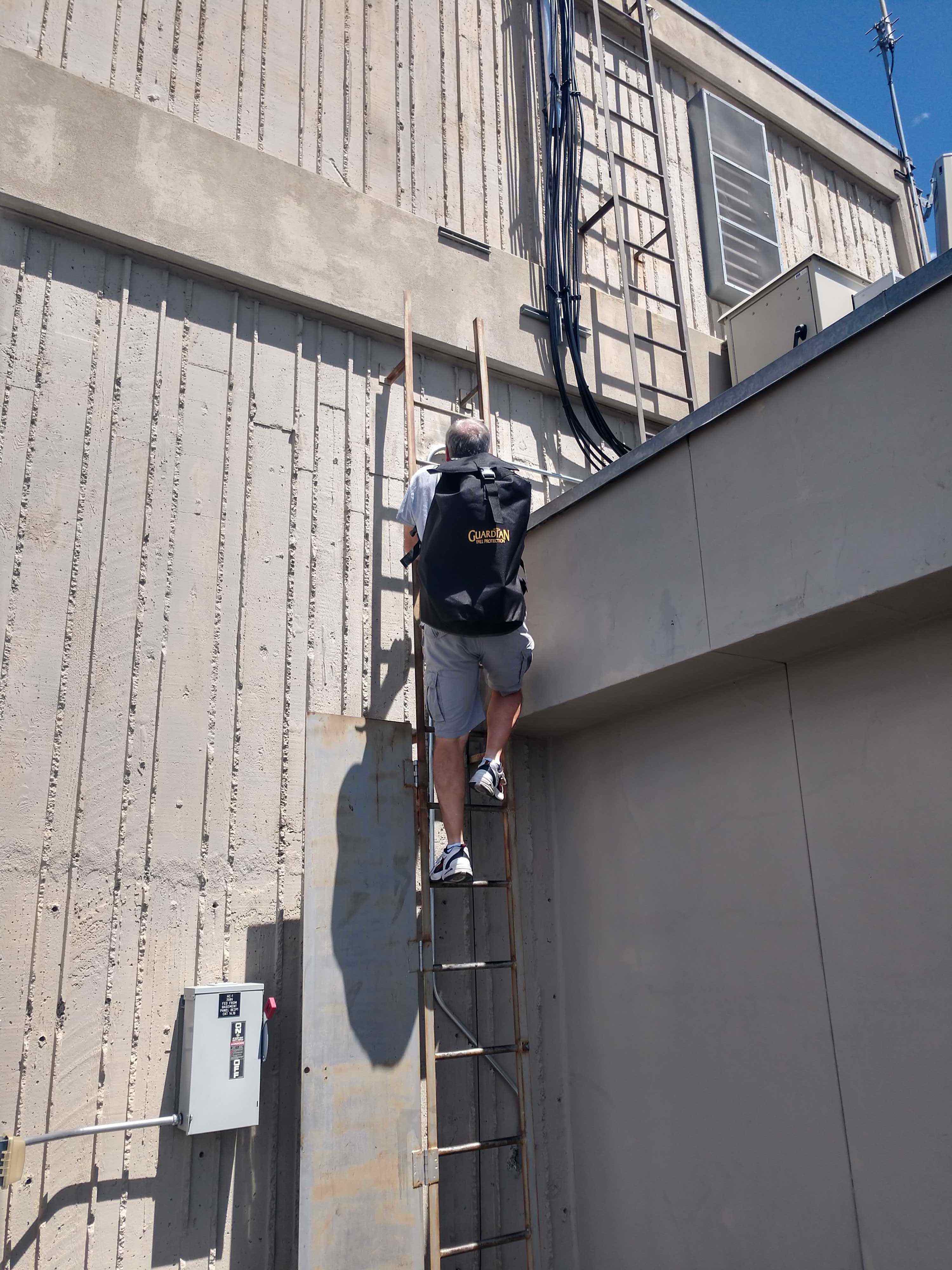
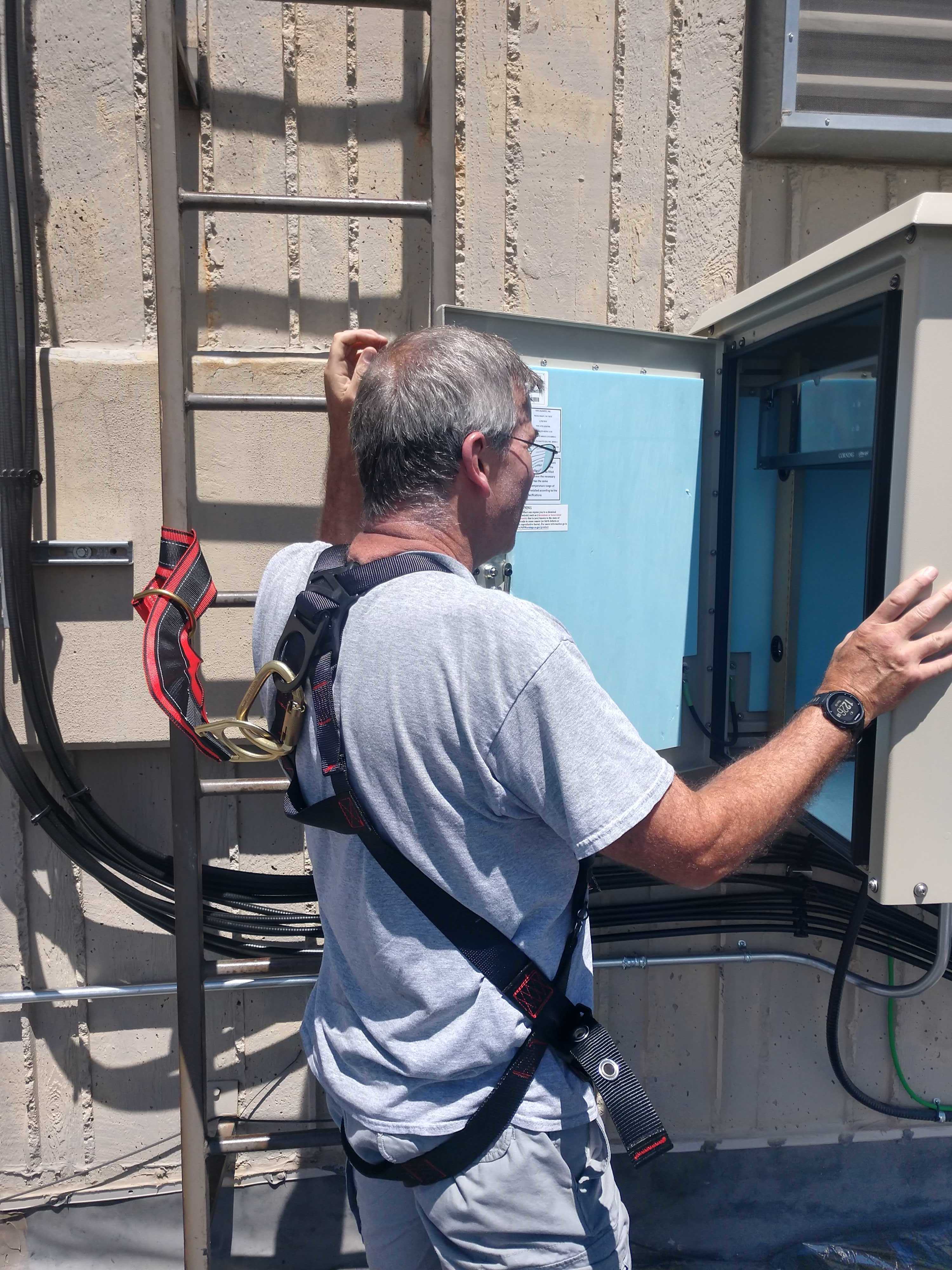
Deploying radio equipment in some of our more challenging rooftop locations.
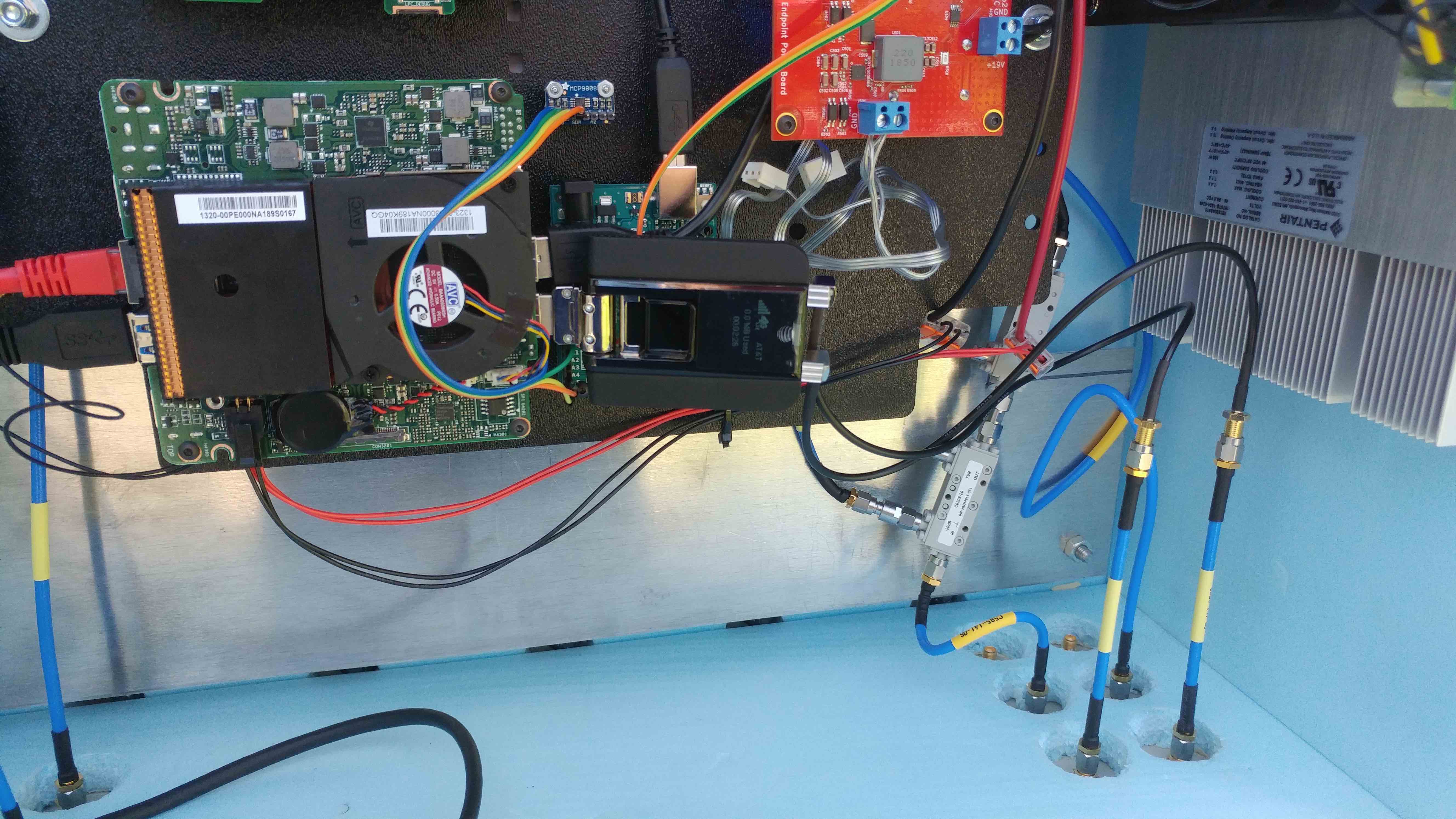
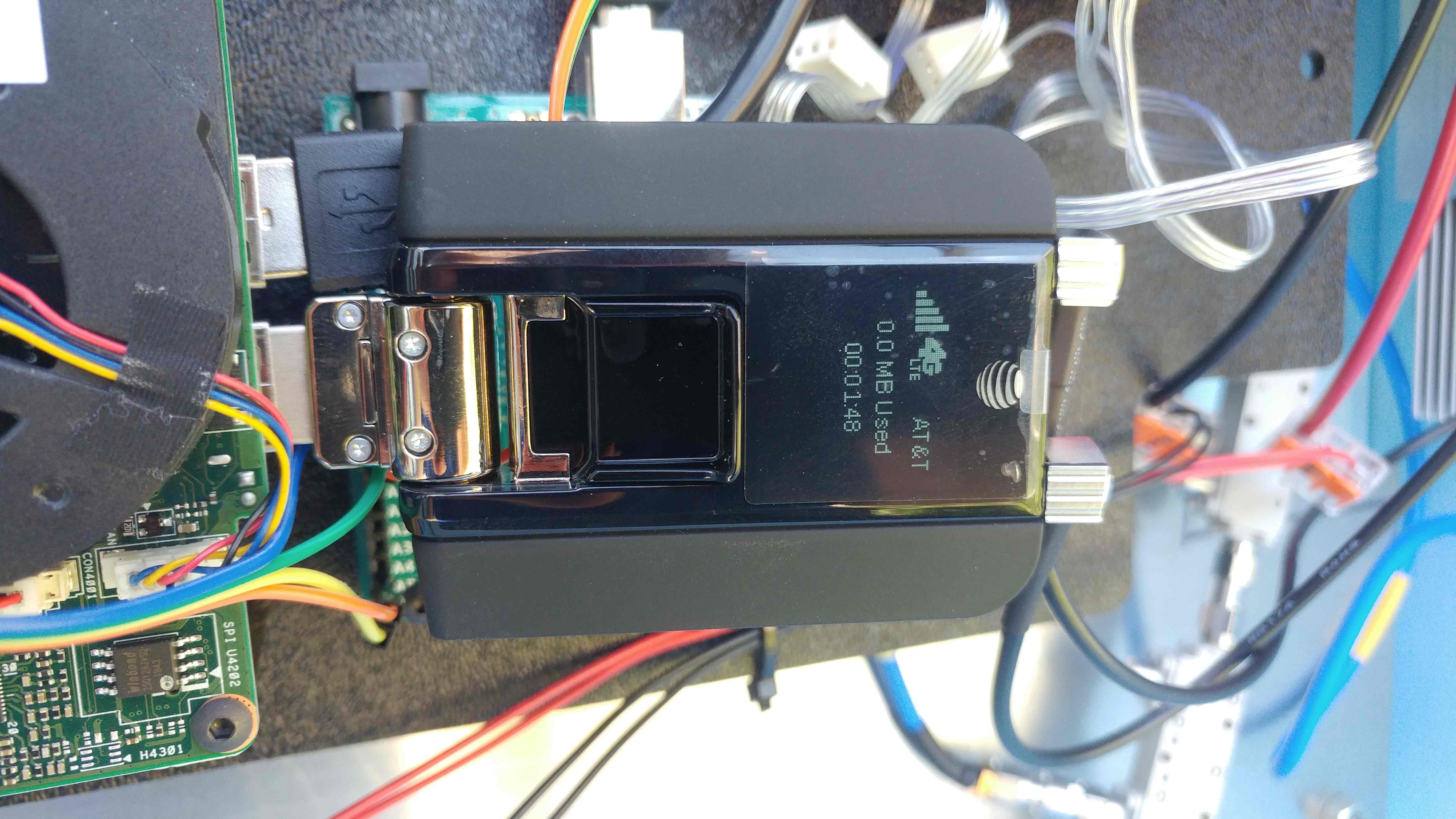
Successfully deployed out-of-band access to our fixed-endpoints using commercial LTE from AT&T.
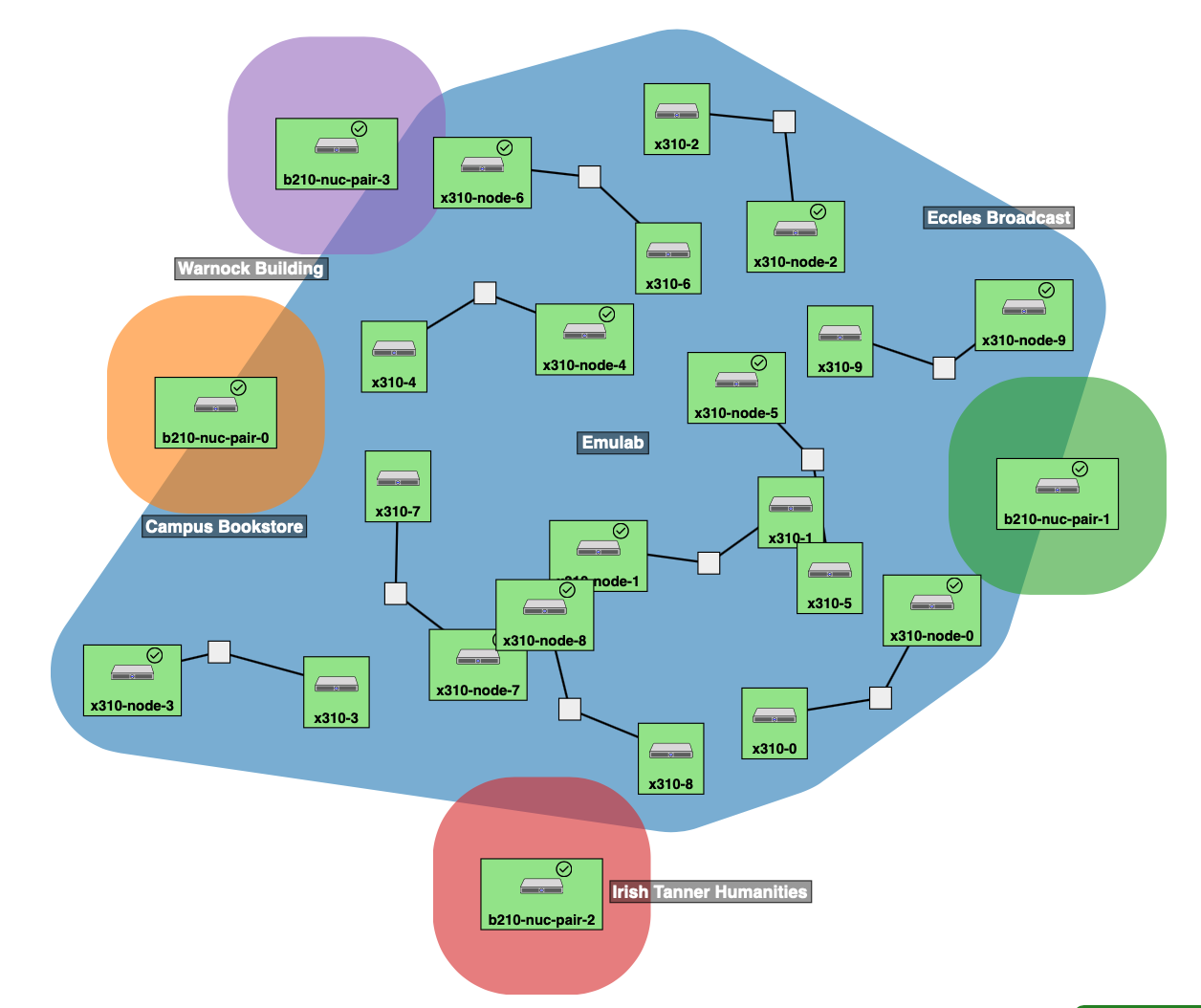
Single POWDER experiment with ten X310s (in rooftop nodes) and four B210s (in fixed endpoints).
Successfully tested srsLTE in this configuration.
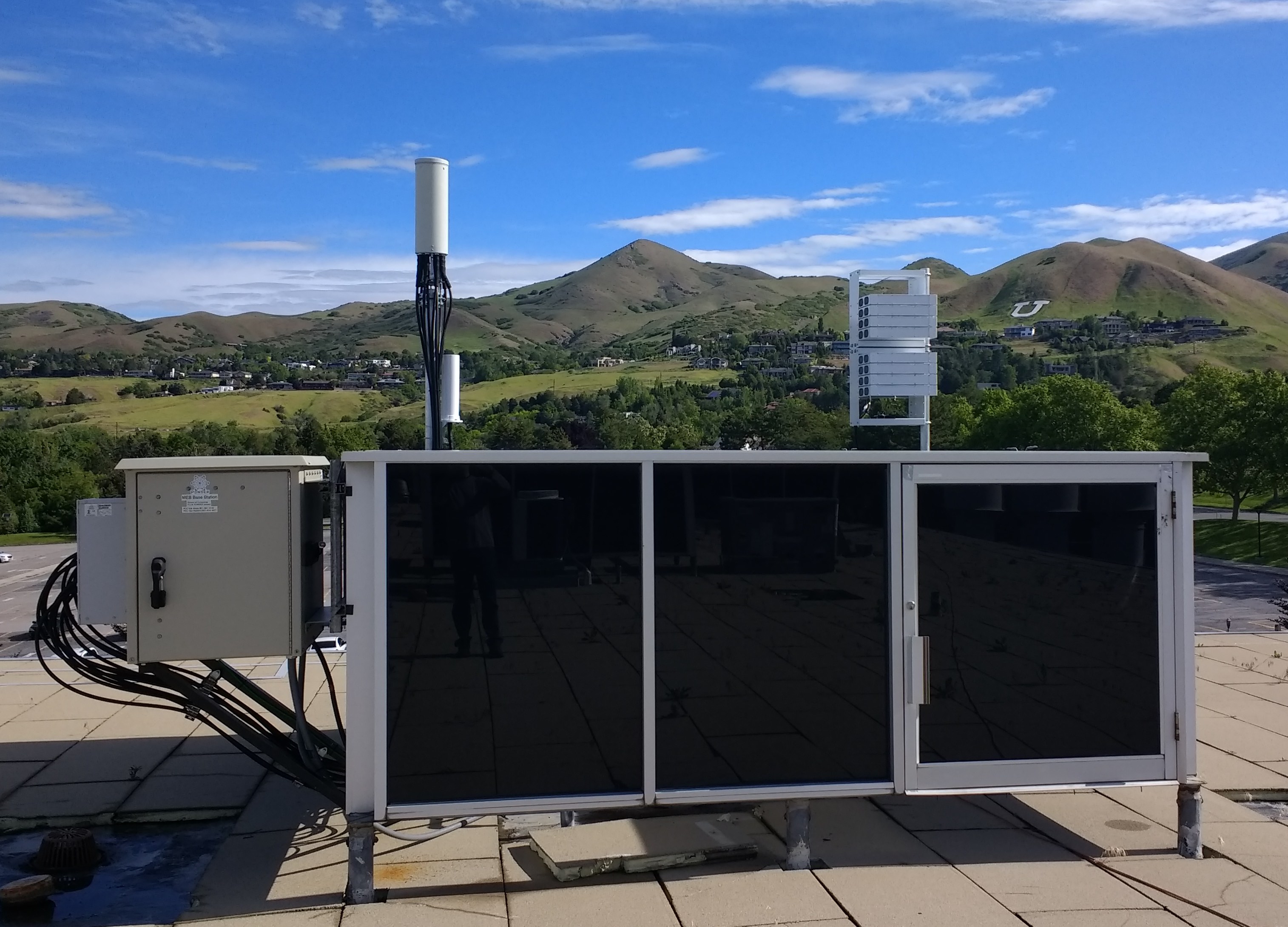
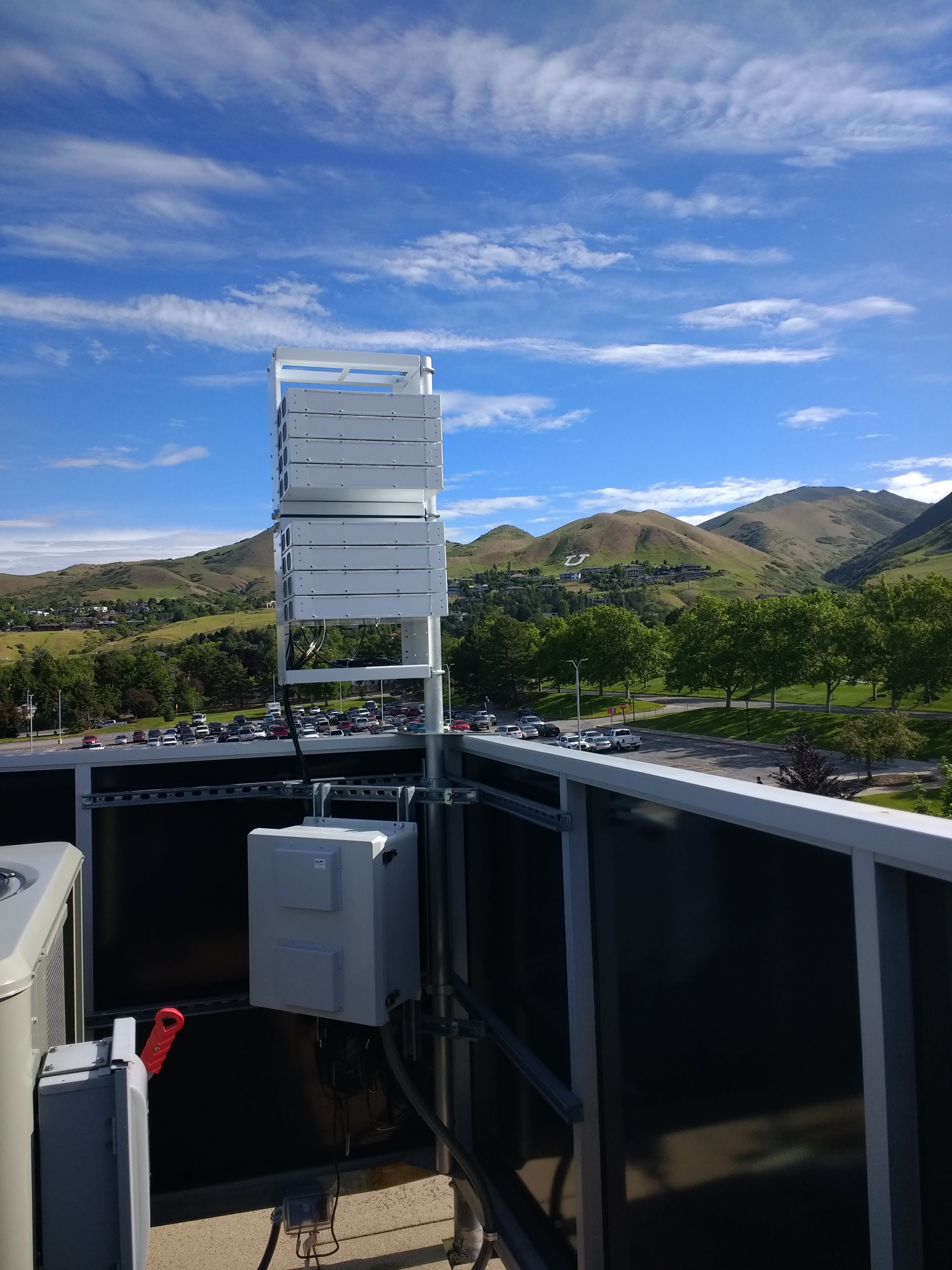
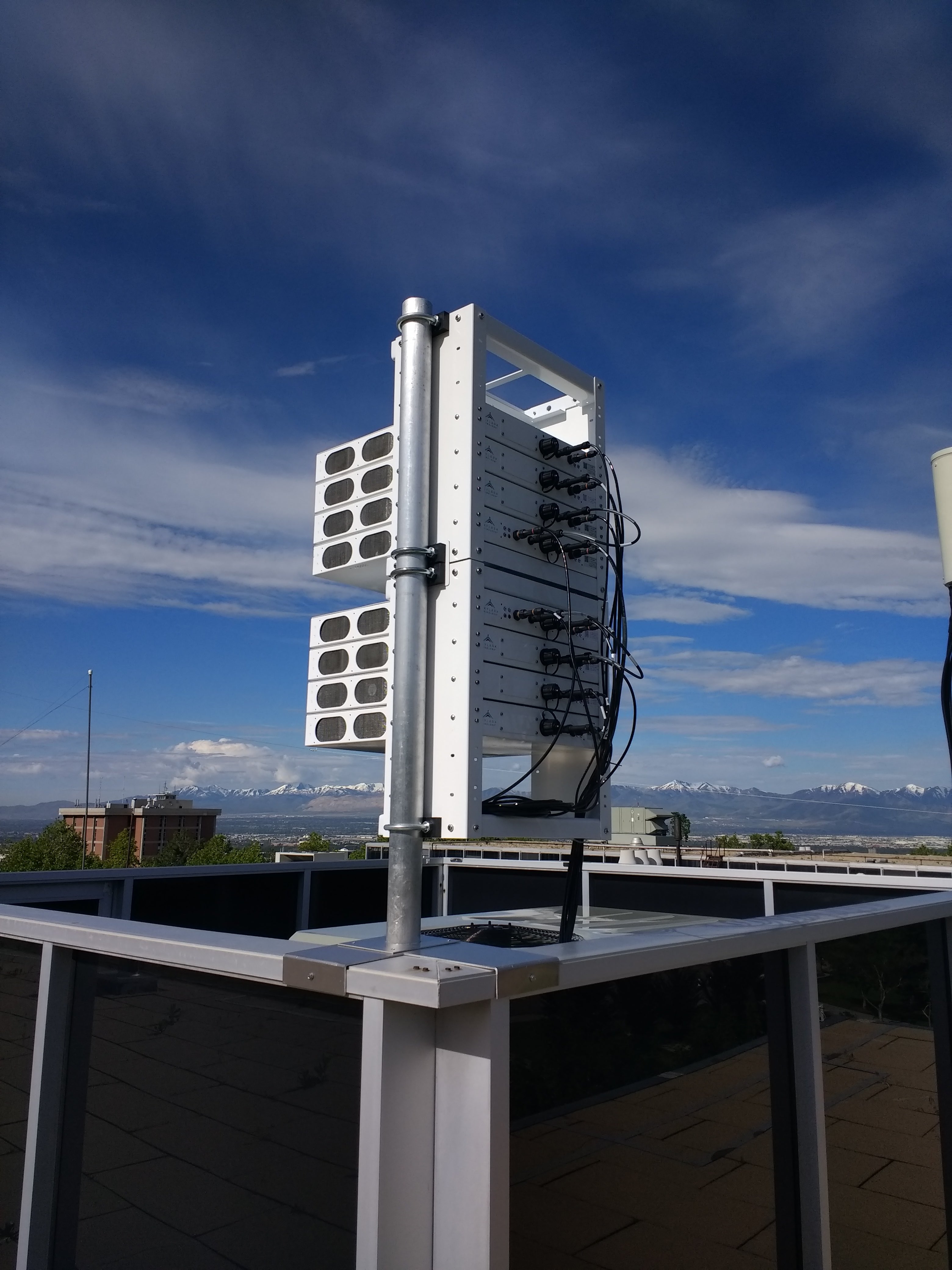
Massive MIMO deployment on Merrill Engineering Building.
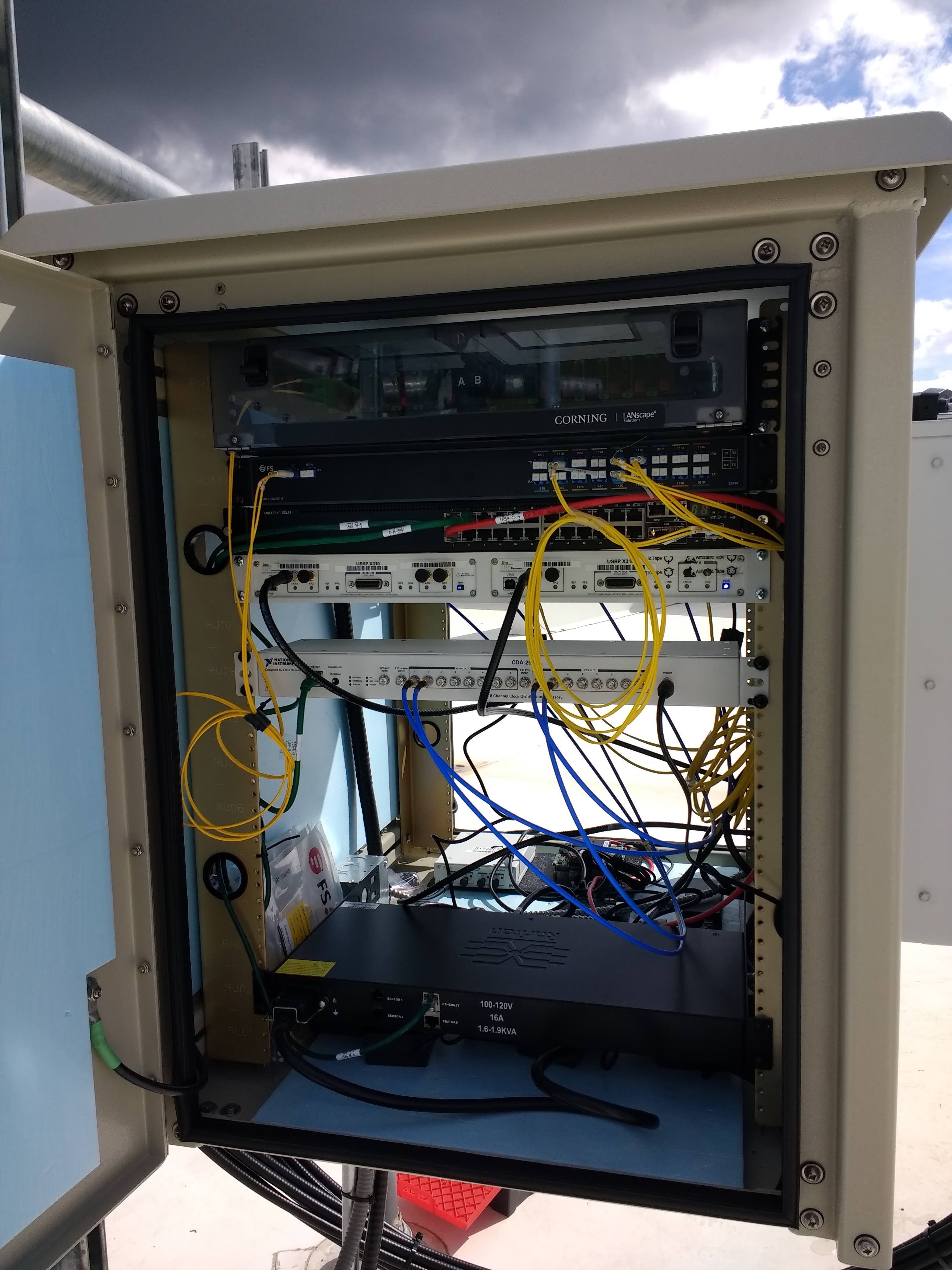
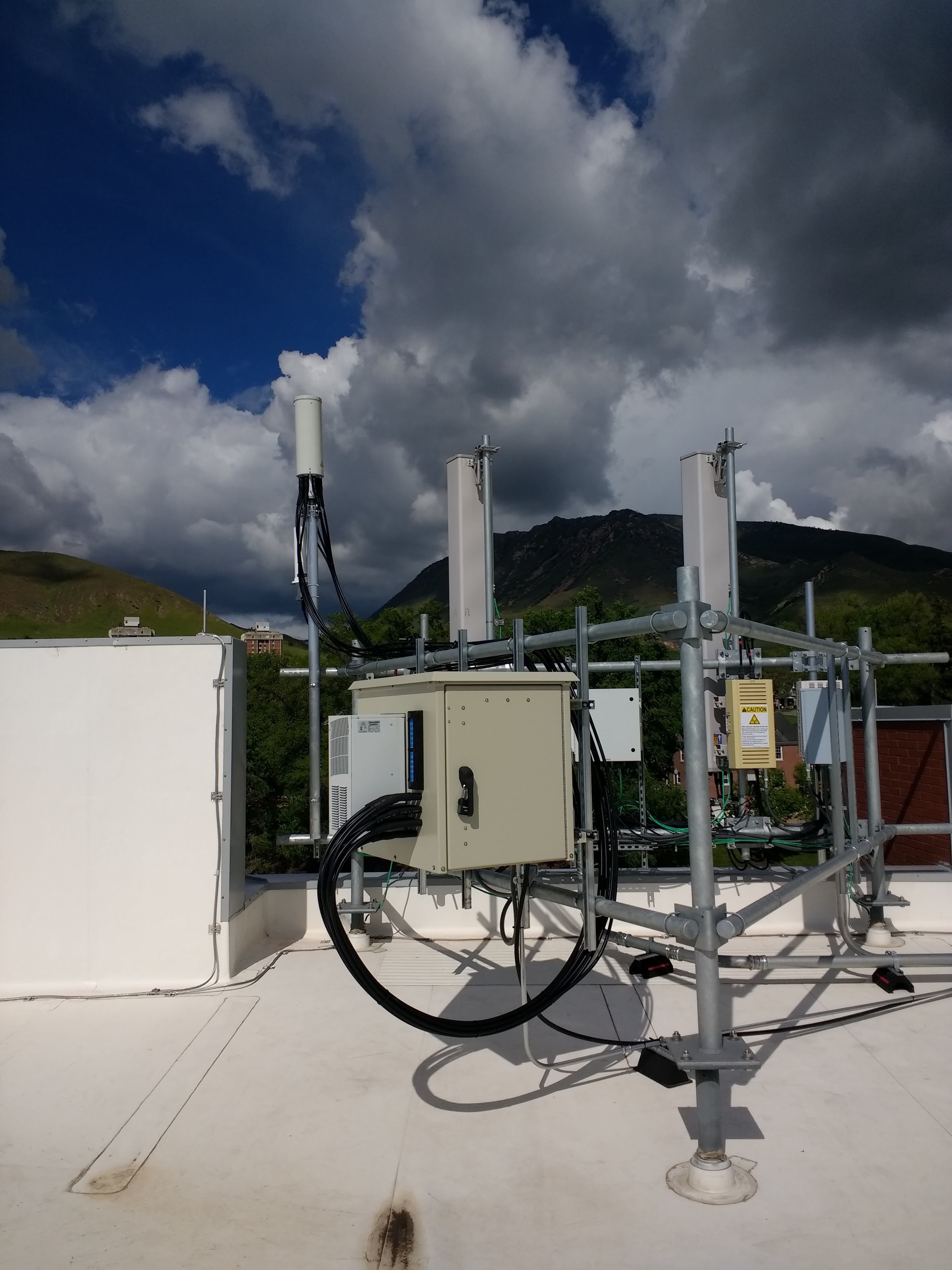
Rooftop deployment on Marriott Honors Community building, with partial equipment deployment.
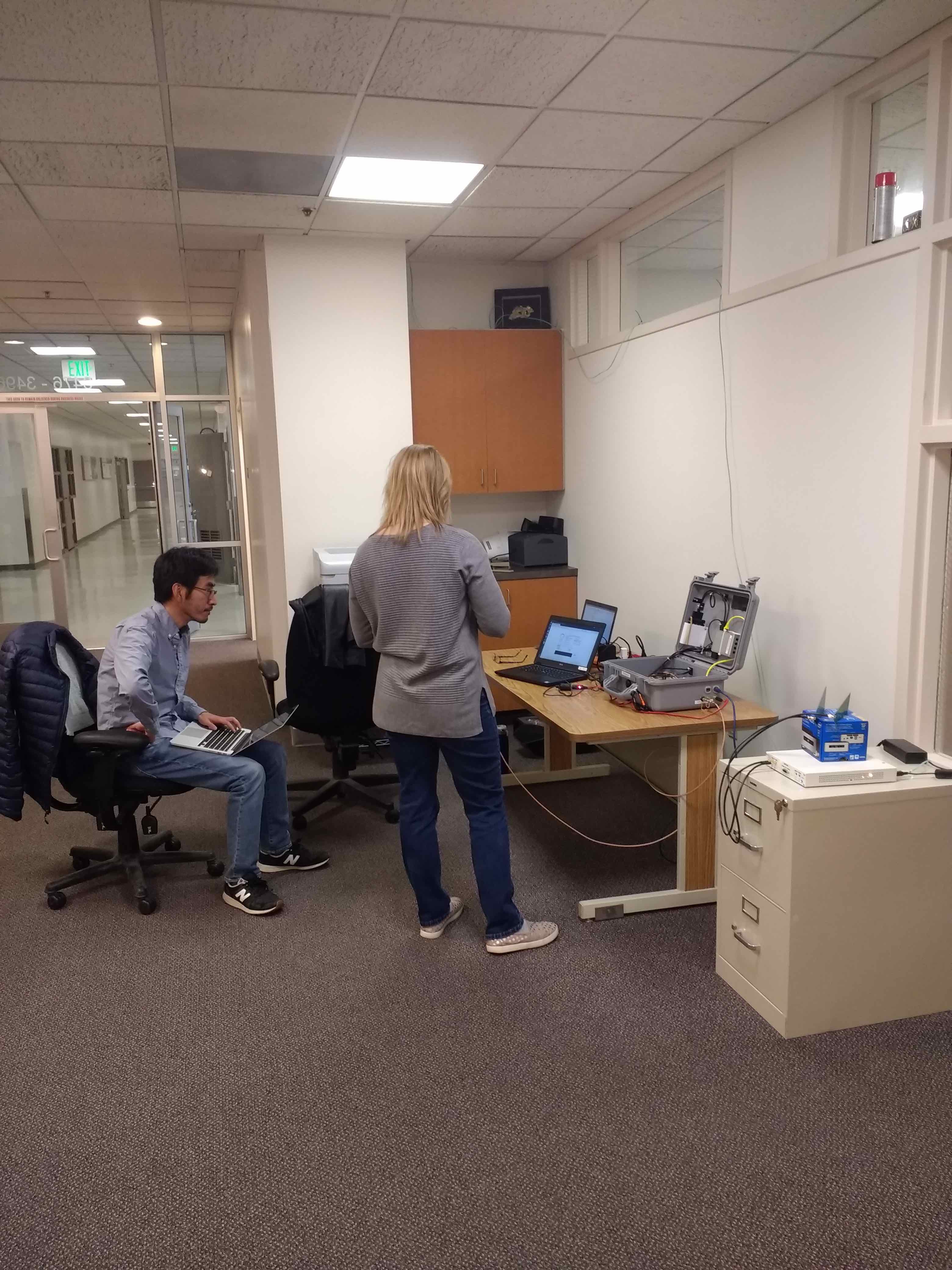
We hosted an external company who performed (indoor) over-the-air measurements of our OpenAirInterface 5G NR profile.
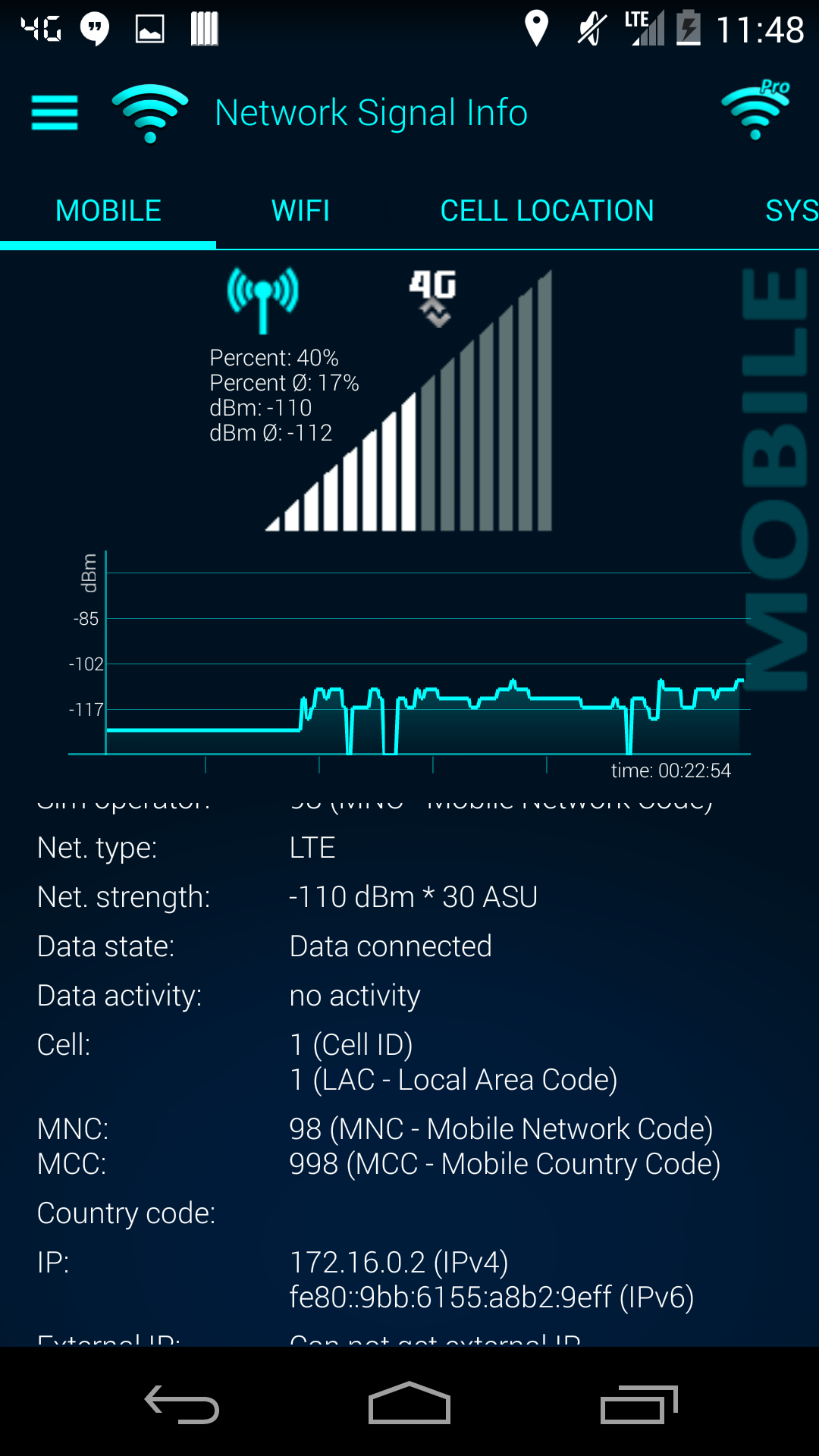
Screenshot from an off-the-shelf UE connected to an OAI-based eNodeB in POWDER. For this test the eNodeB was an X310 USRP with a d430 compute node, running OpenAirInterface software in TDD mode, in the POWDER rooftop node on the Merrill Engineering Building. The UE was a Nexus-5 off-the-shelf smartphone.
Upcoming POWDER-RENEW events:
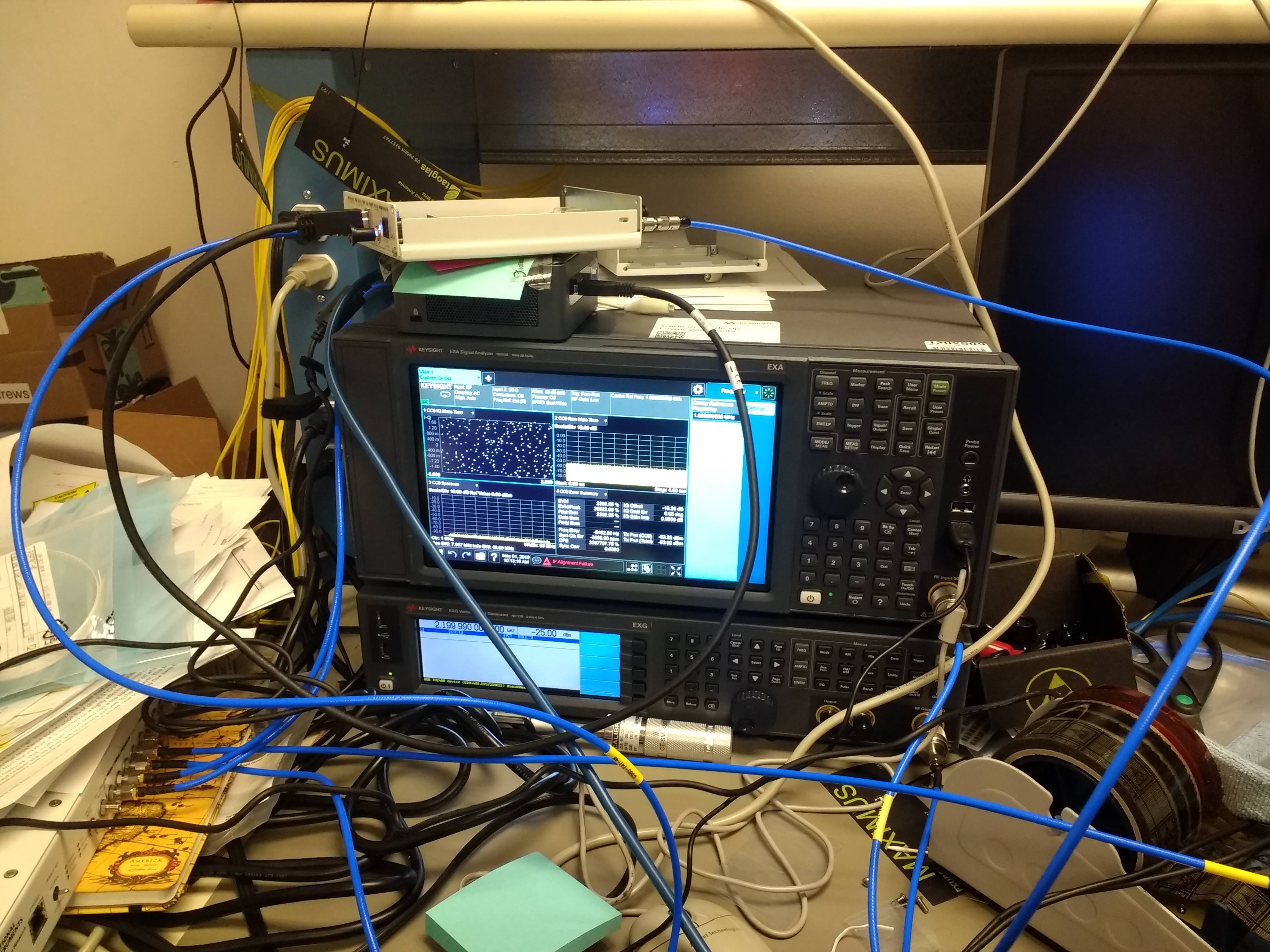
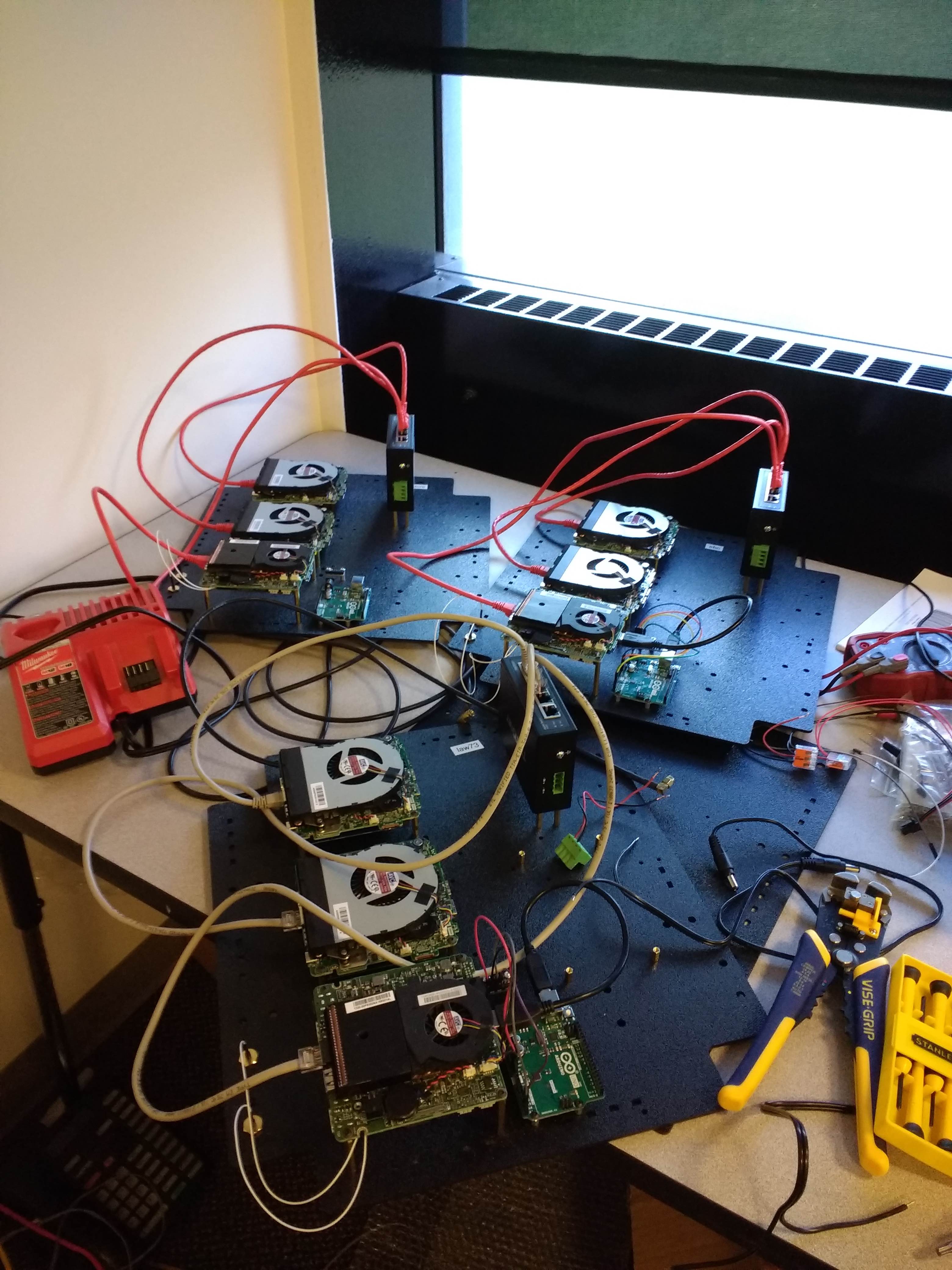
B210 being calibrated.
Fixed-endpoint electronics being assembled.
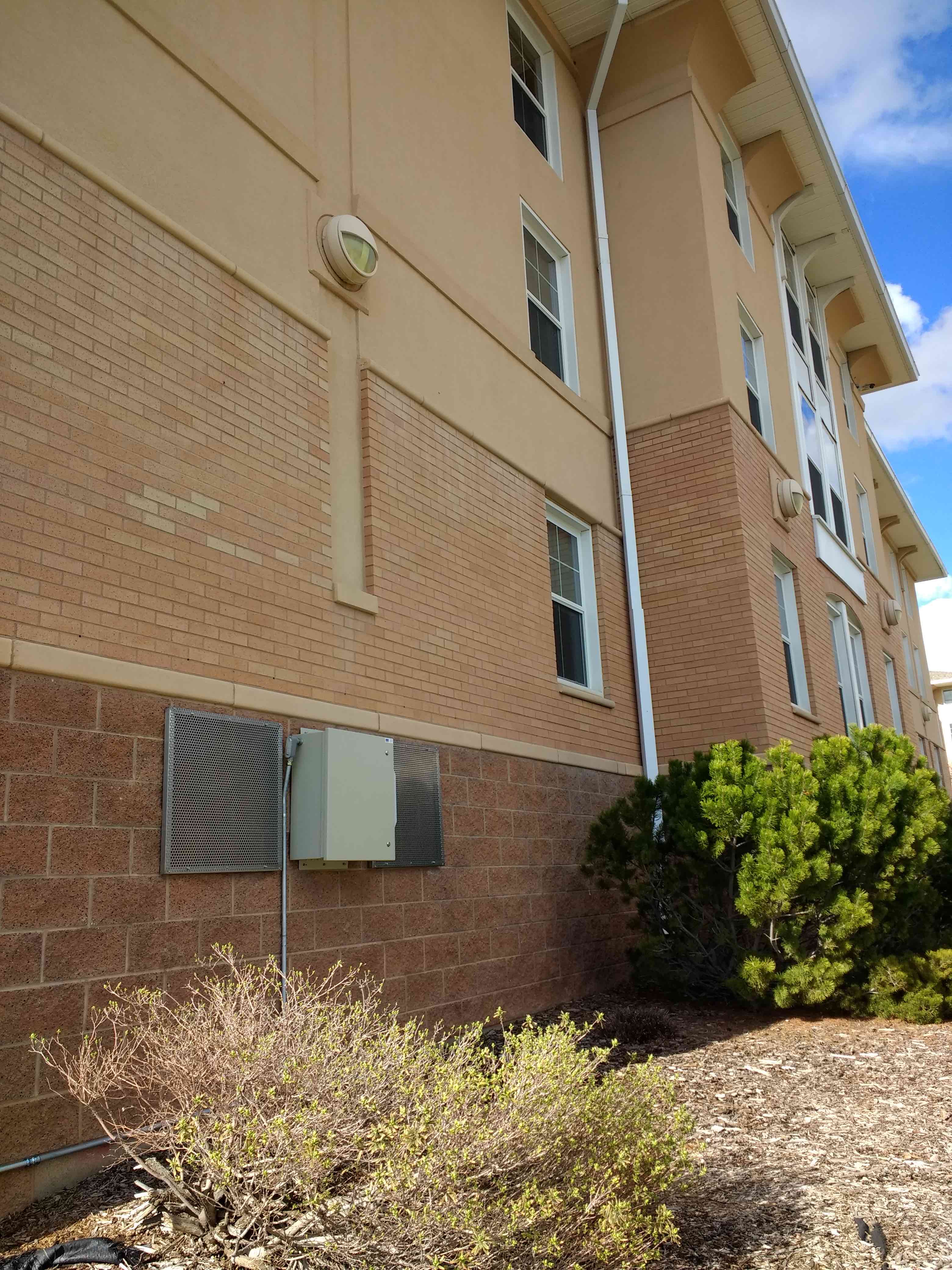
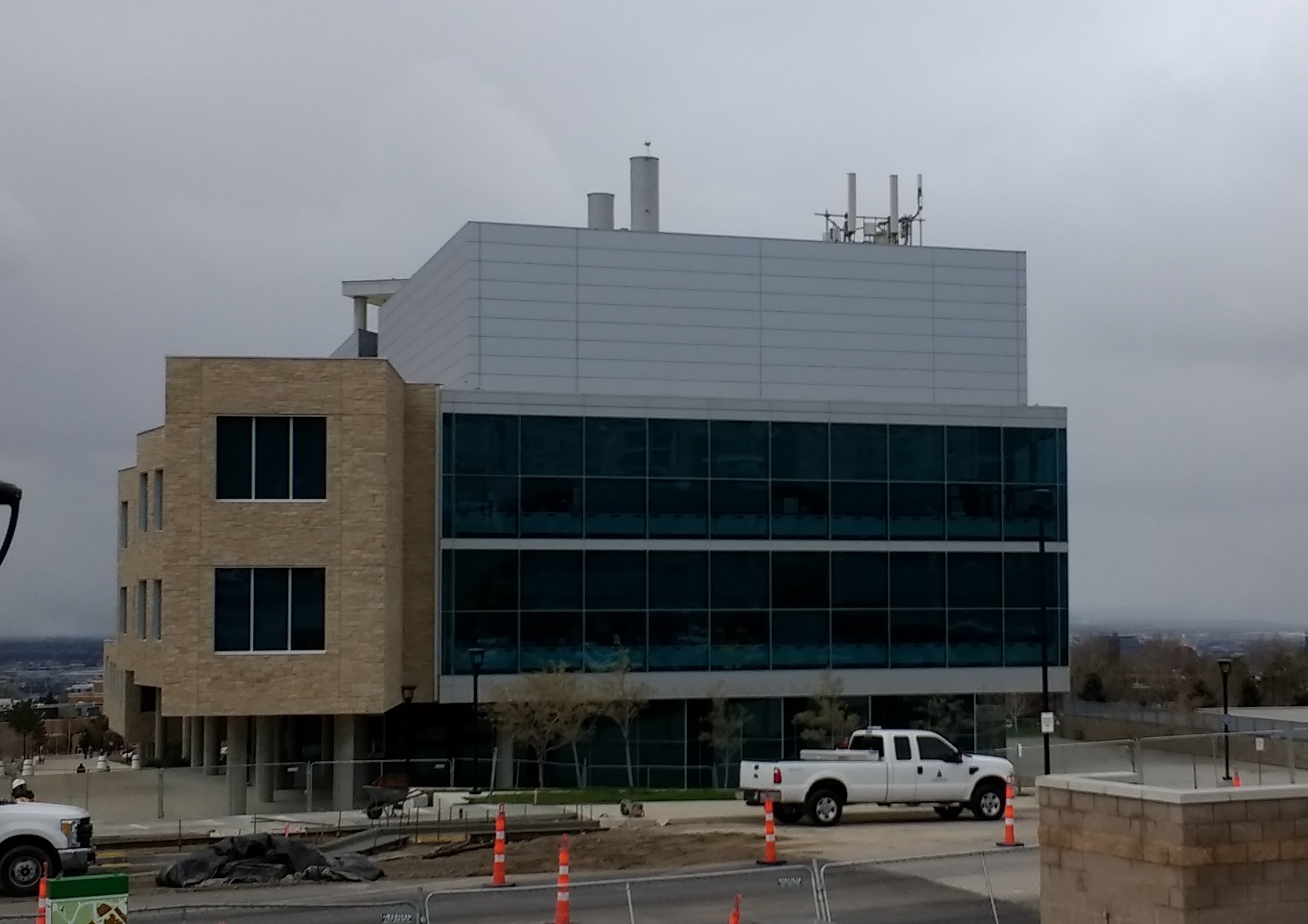
Fixed endpoint with antenna panels.
Streetview of rooftop deployment. (POWDER antennas are the smaller ones on the right.)
News coverage of our first phase deployment:

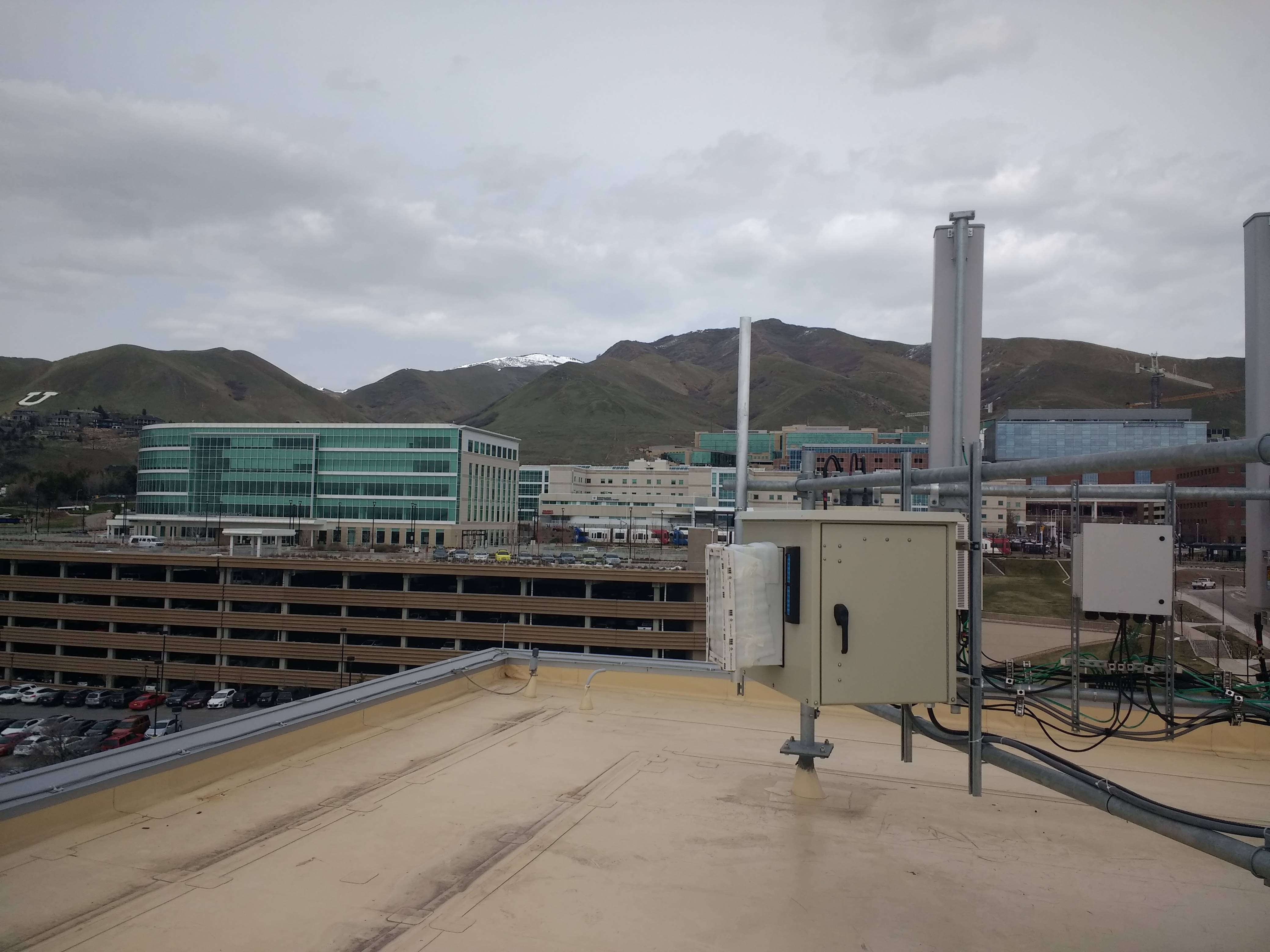
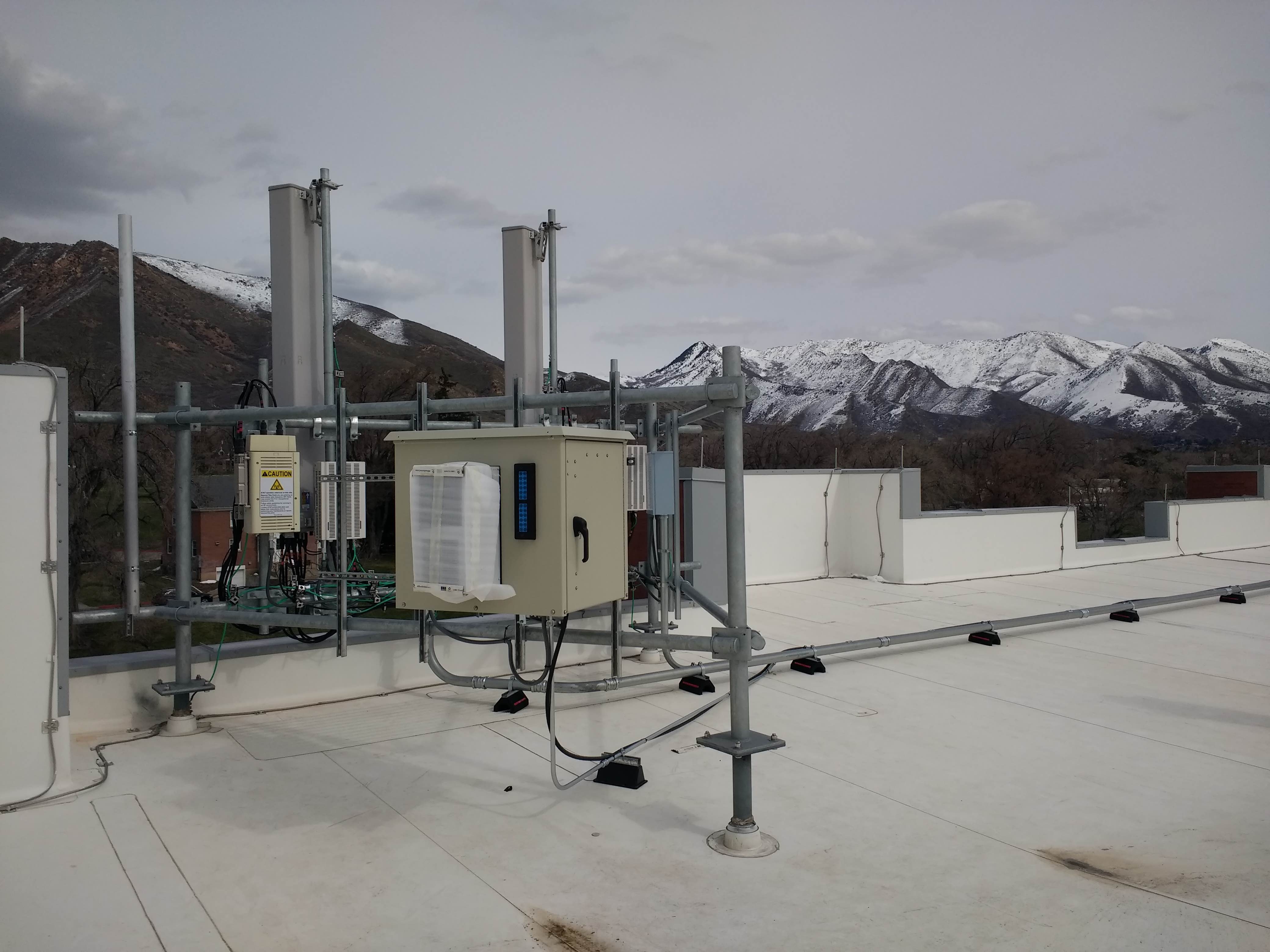
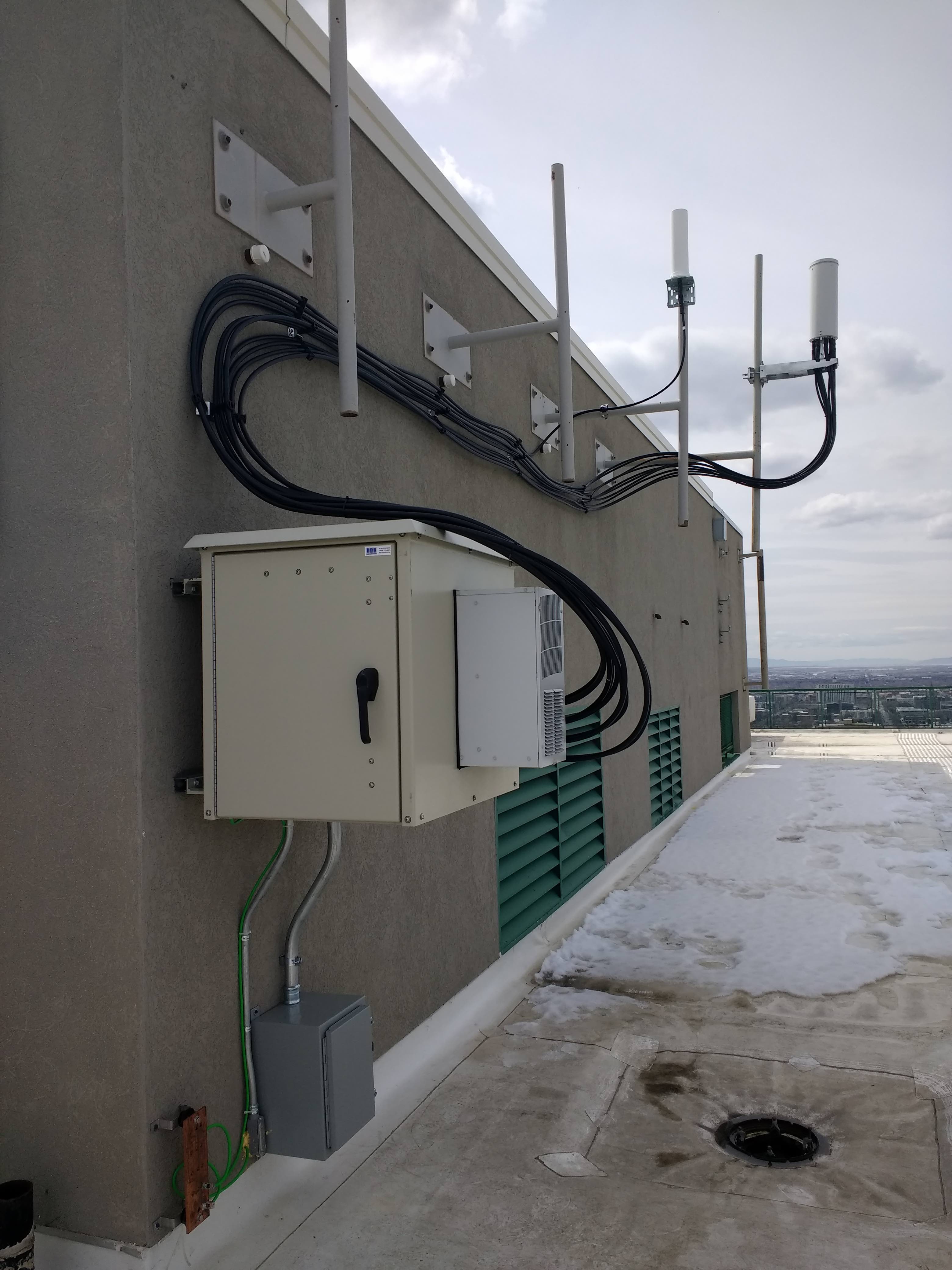
More rooftop base station deployments.
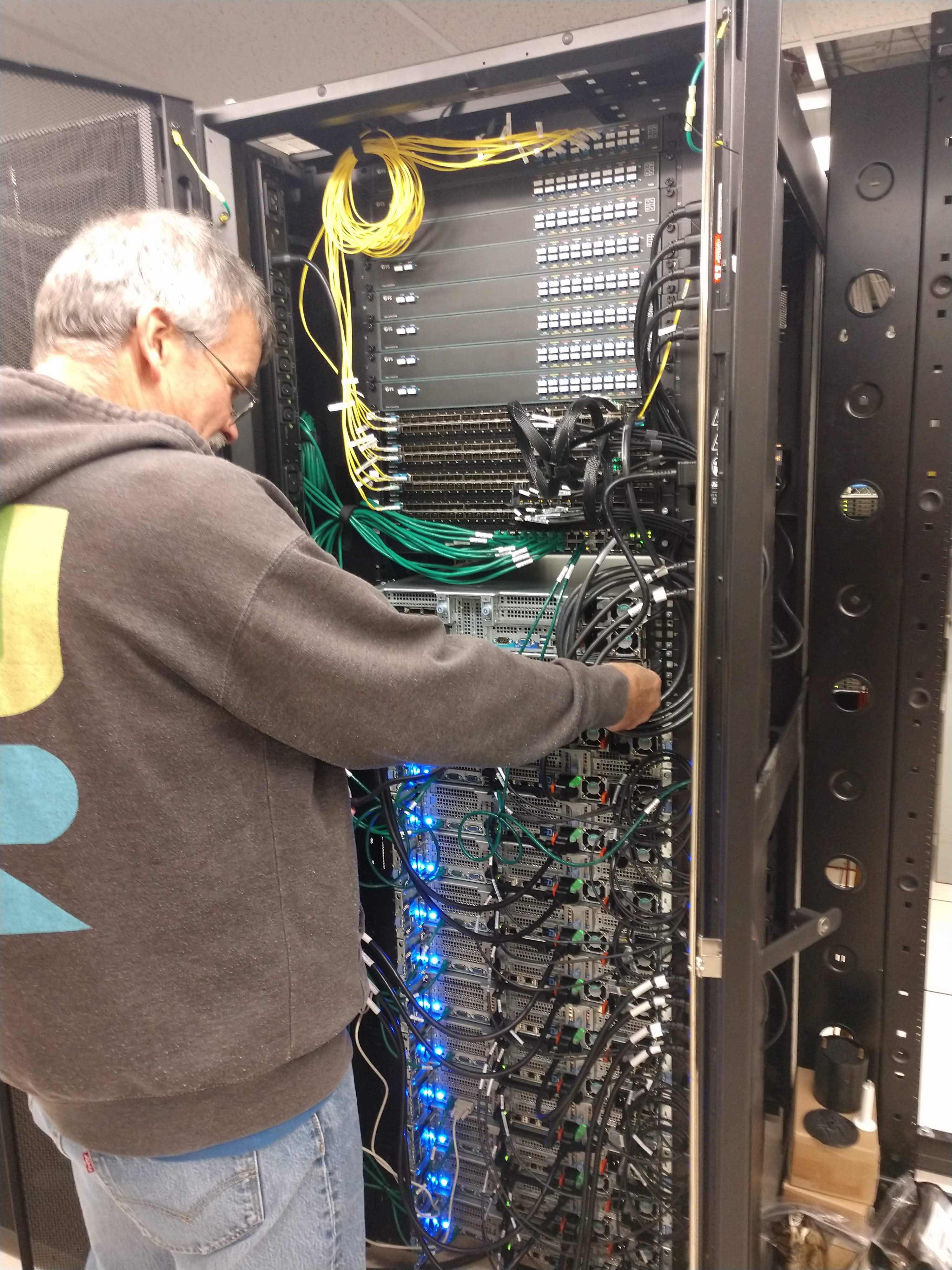
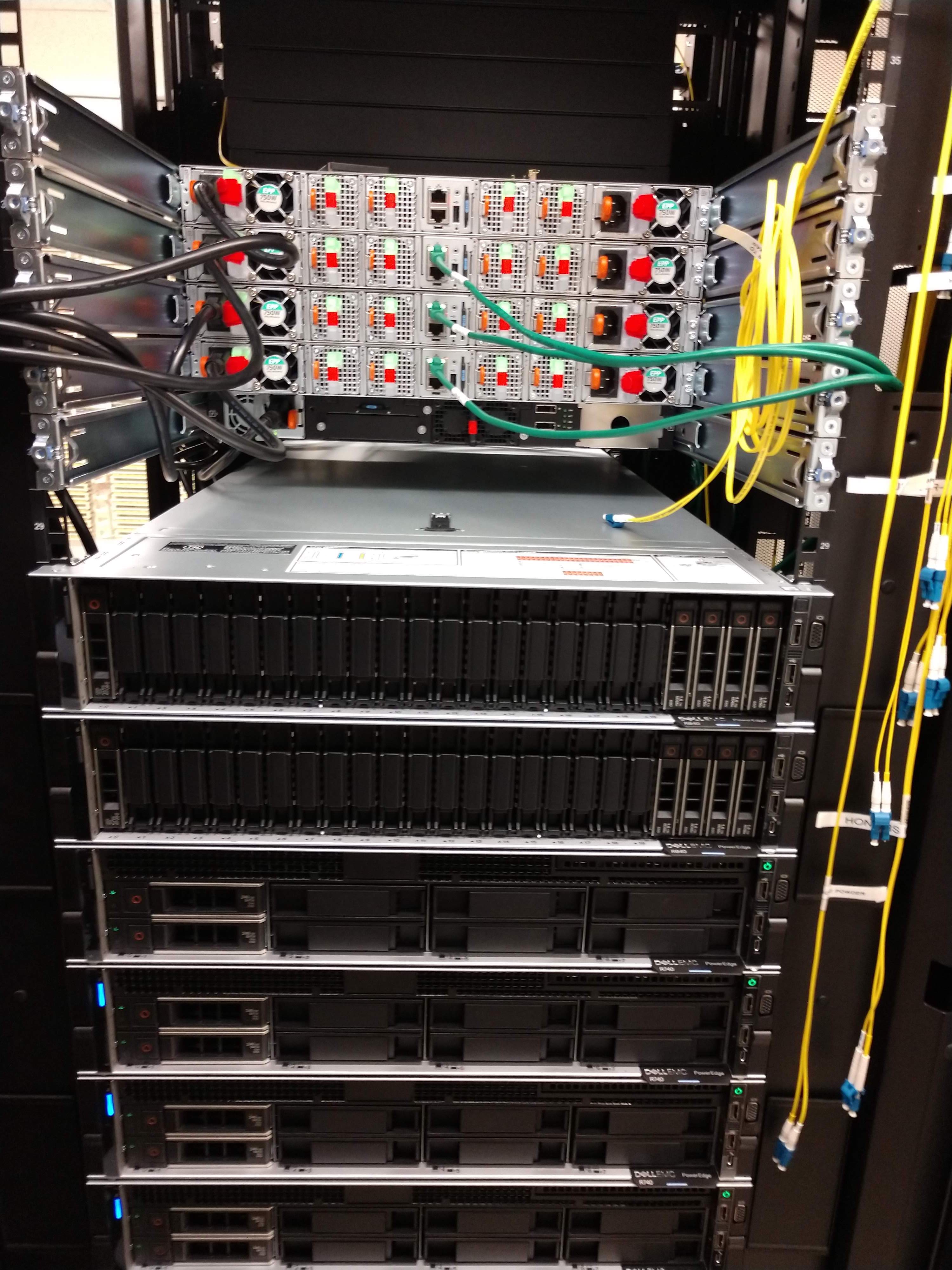
High performance compute nodes being deployed.
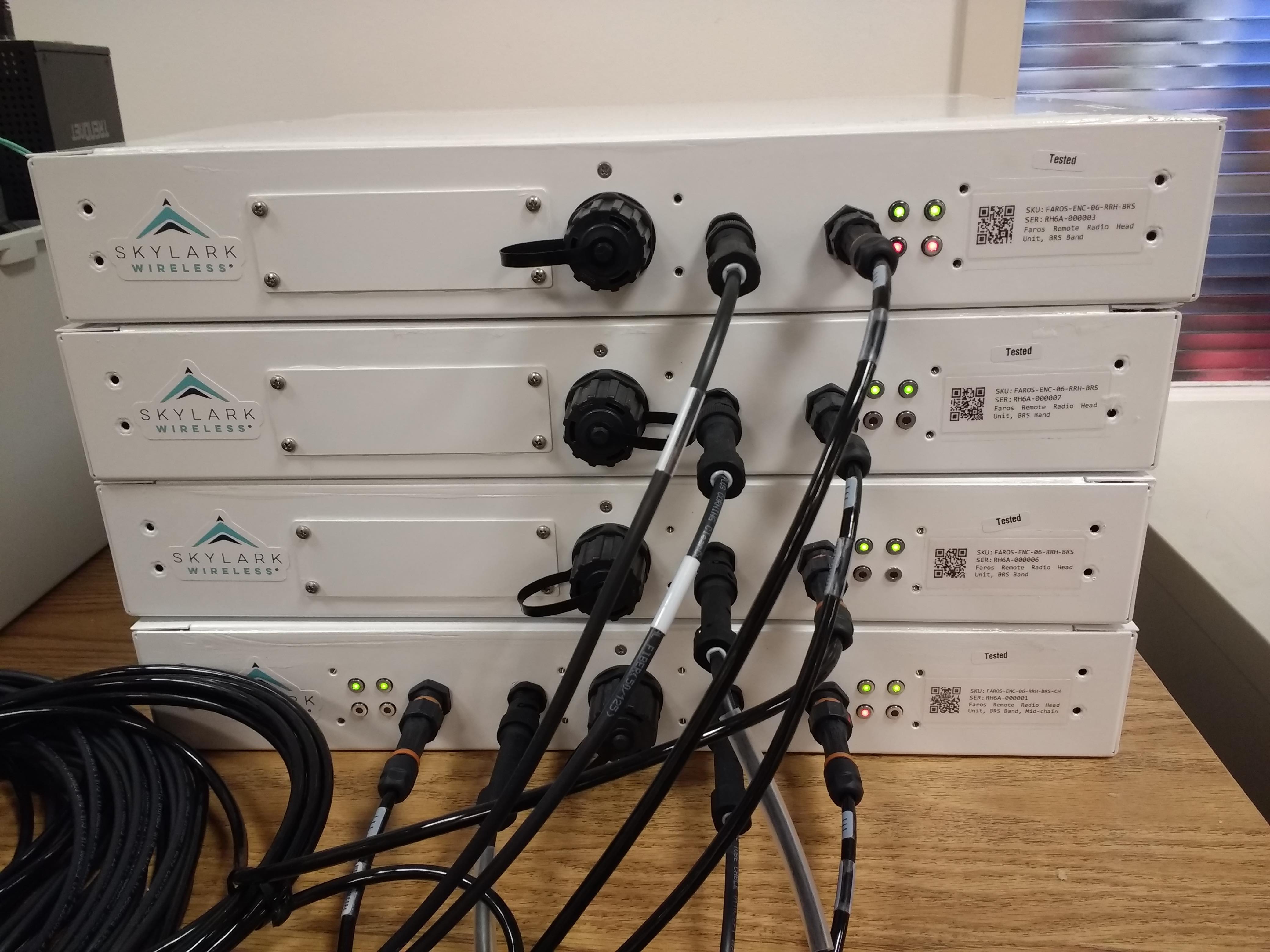
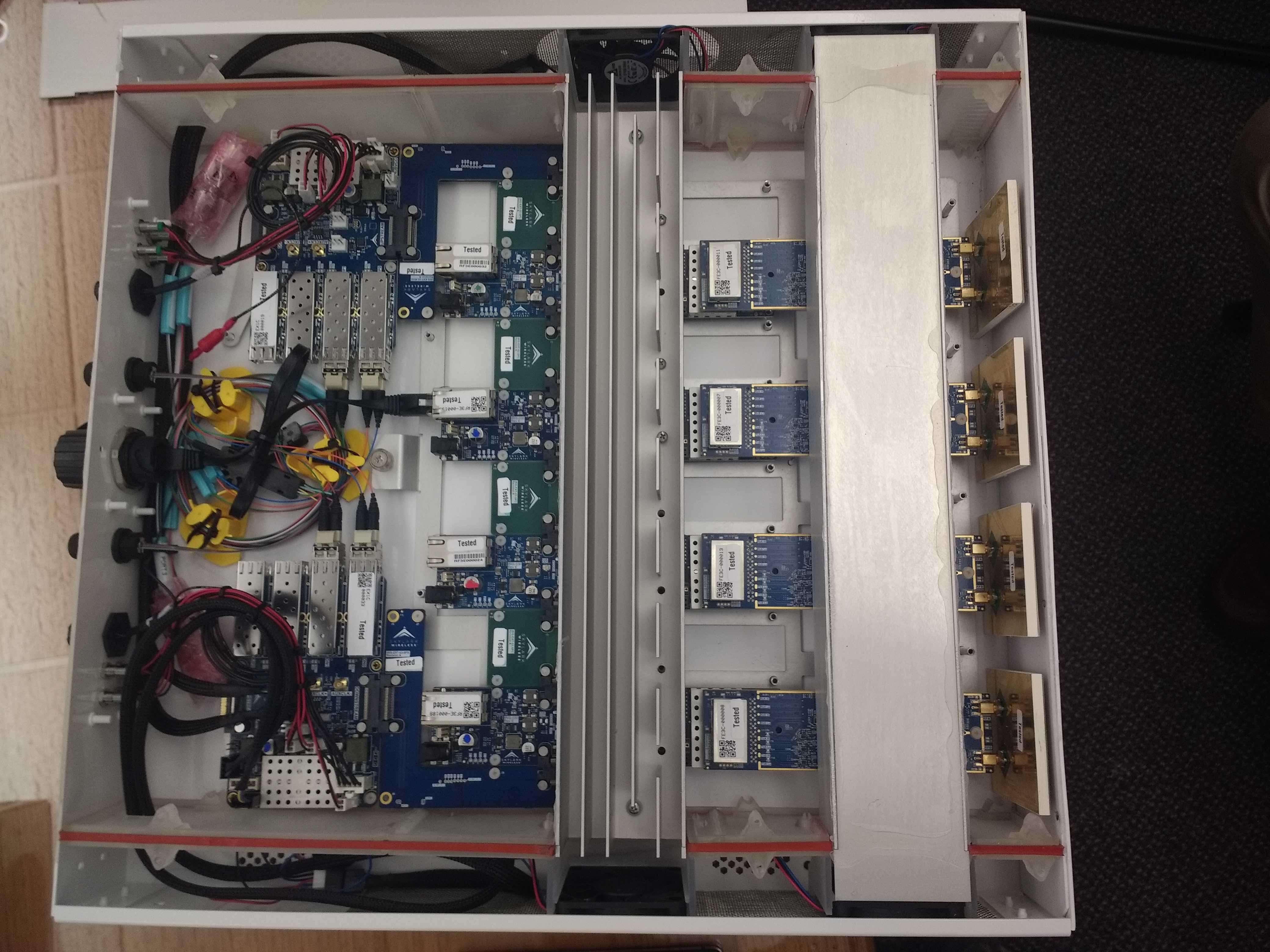
A "halfstack" of "blades" for our Skylark massive MIMO base station.
Inside view of one of the blades showing the four Iris units, each with two radios. Each massive MIMO base station will have eight blades for a total of 64 radios.
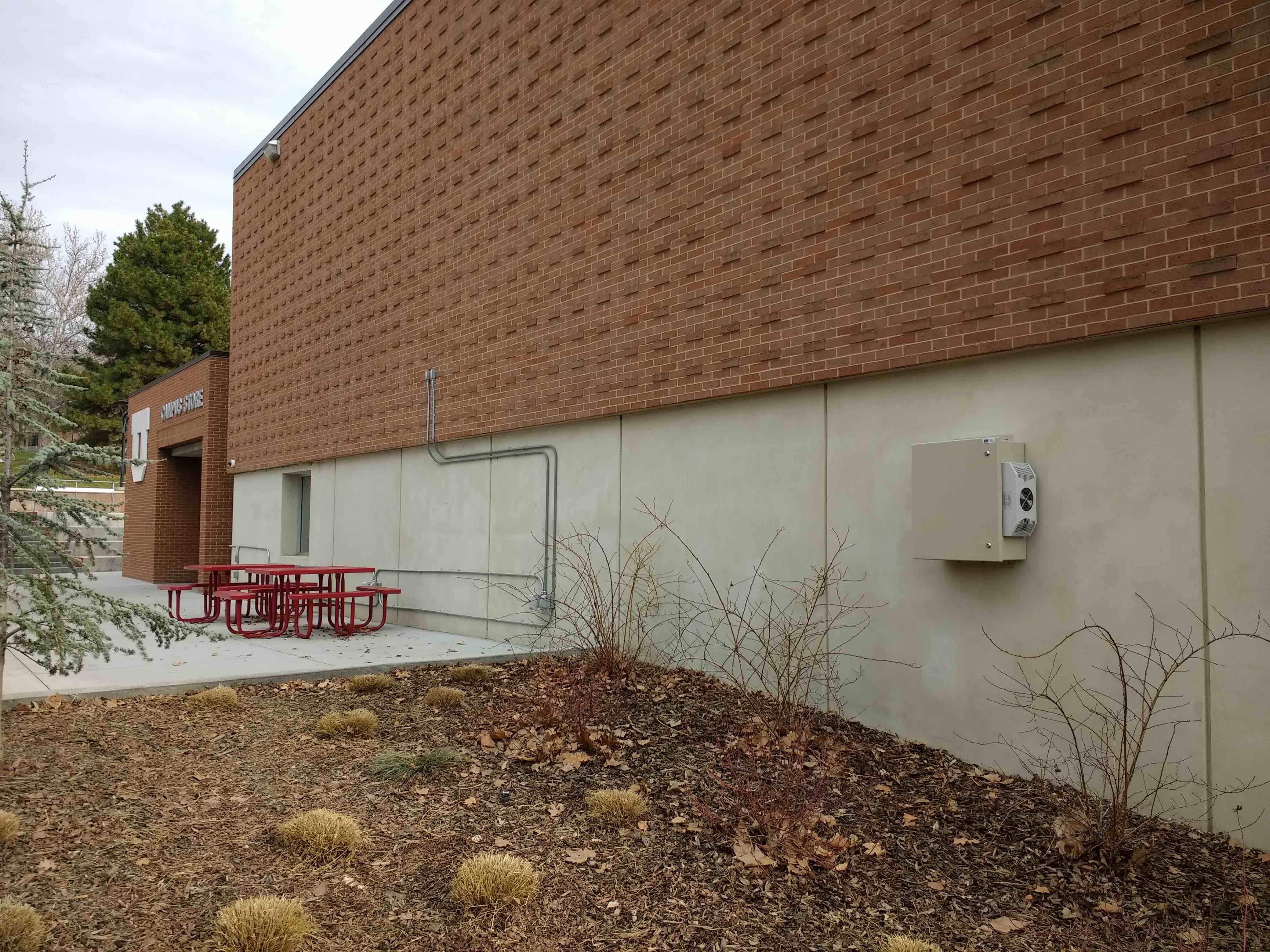
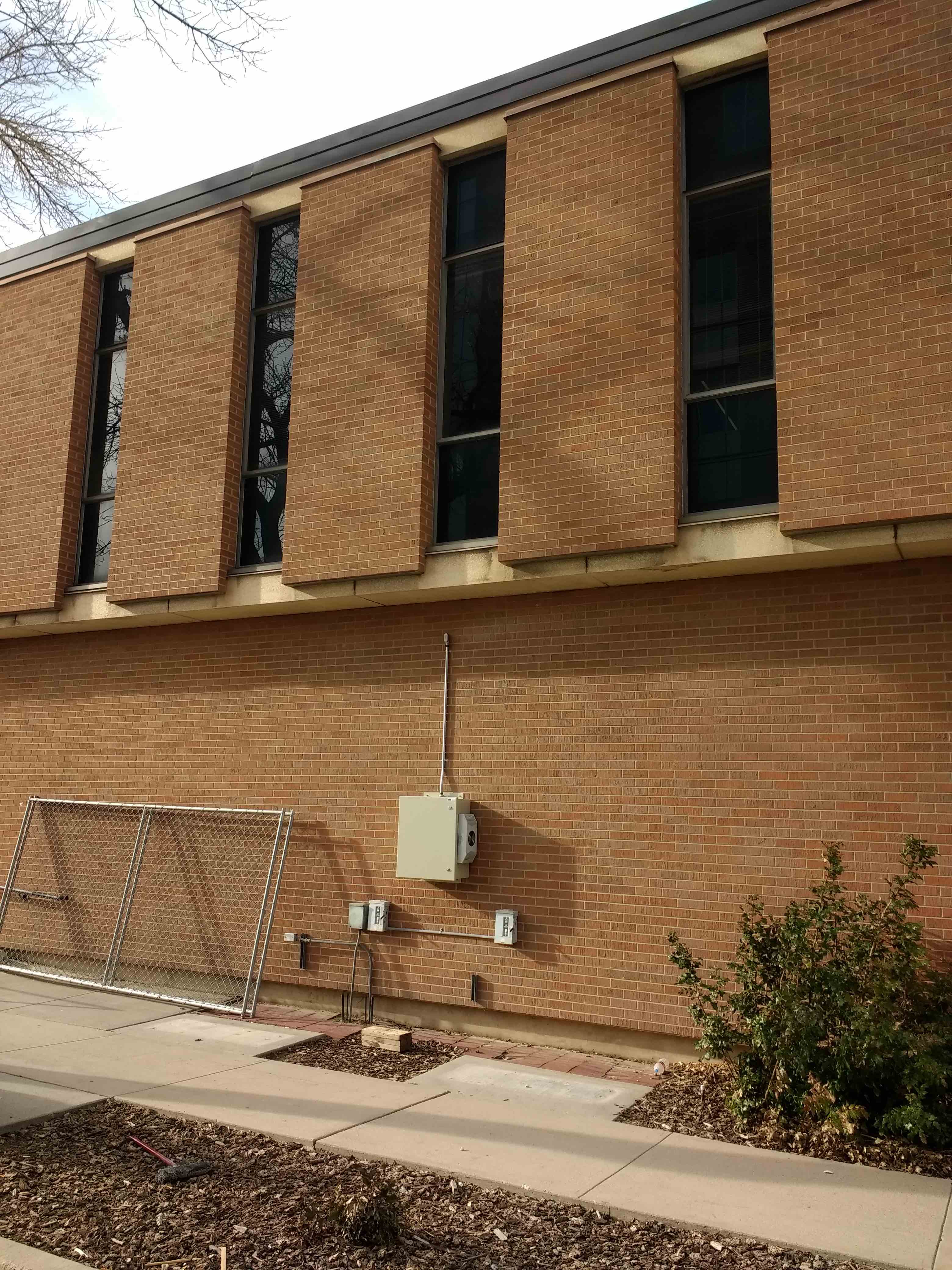
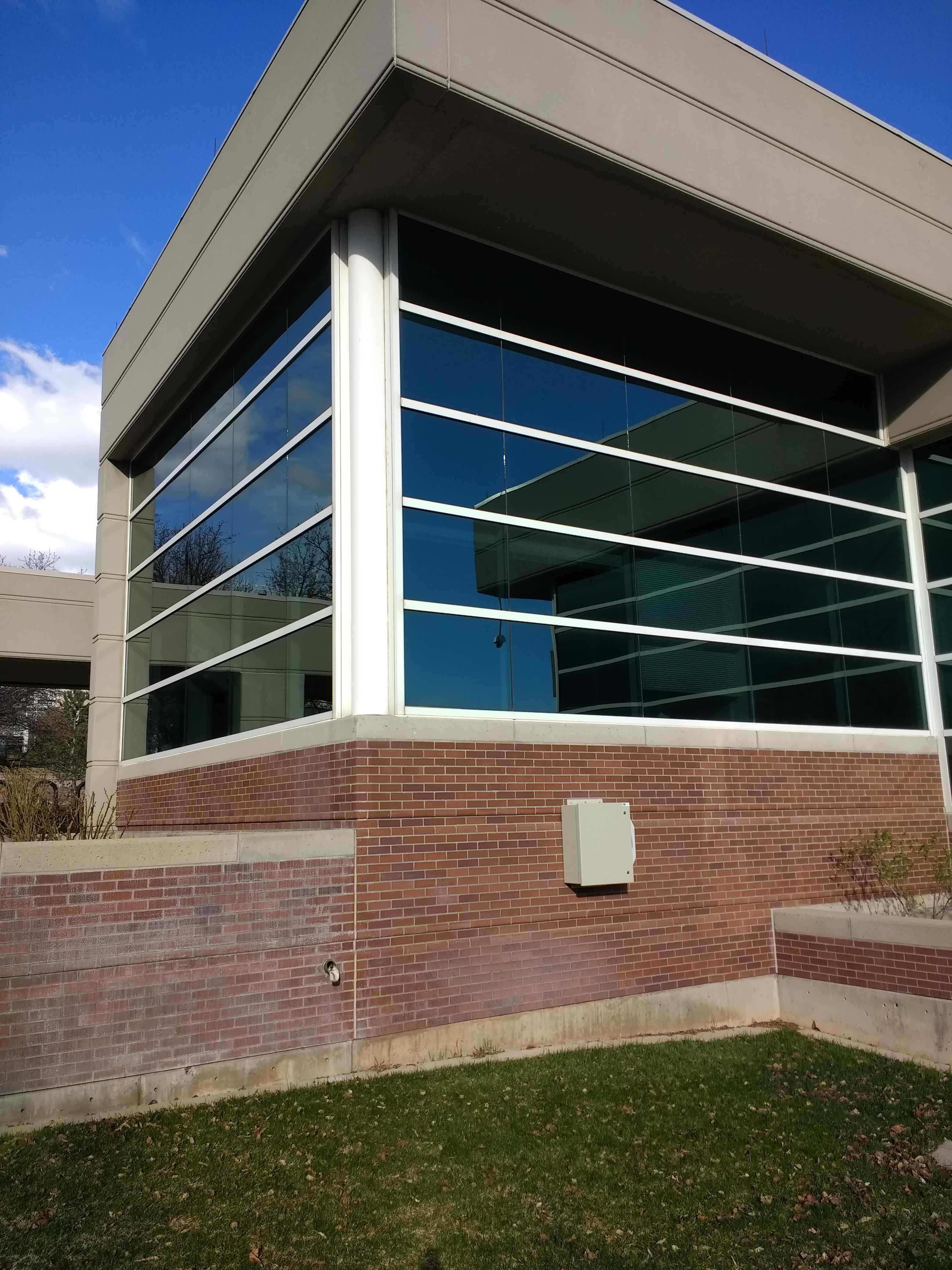
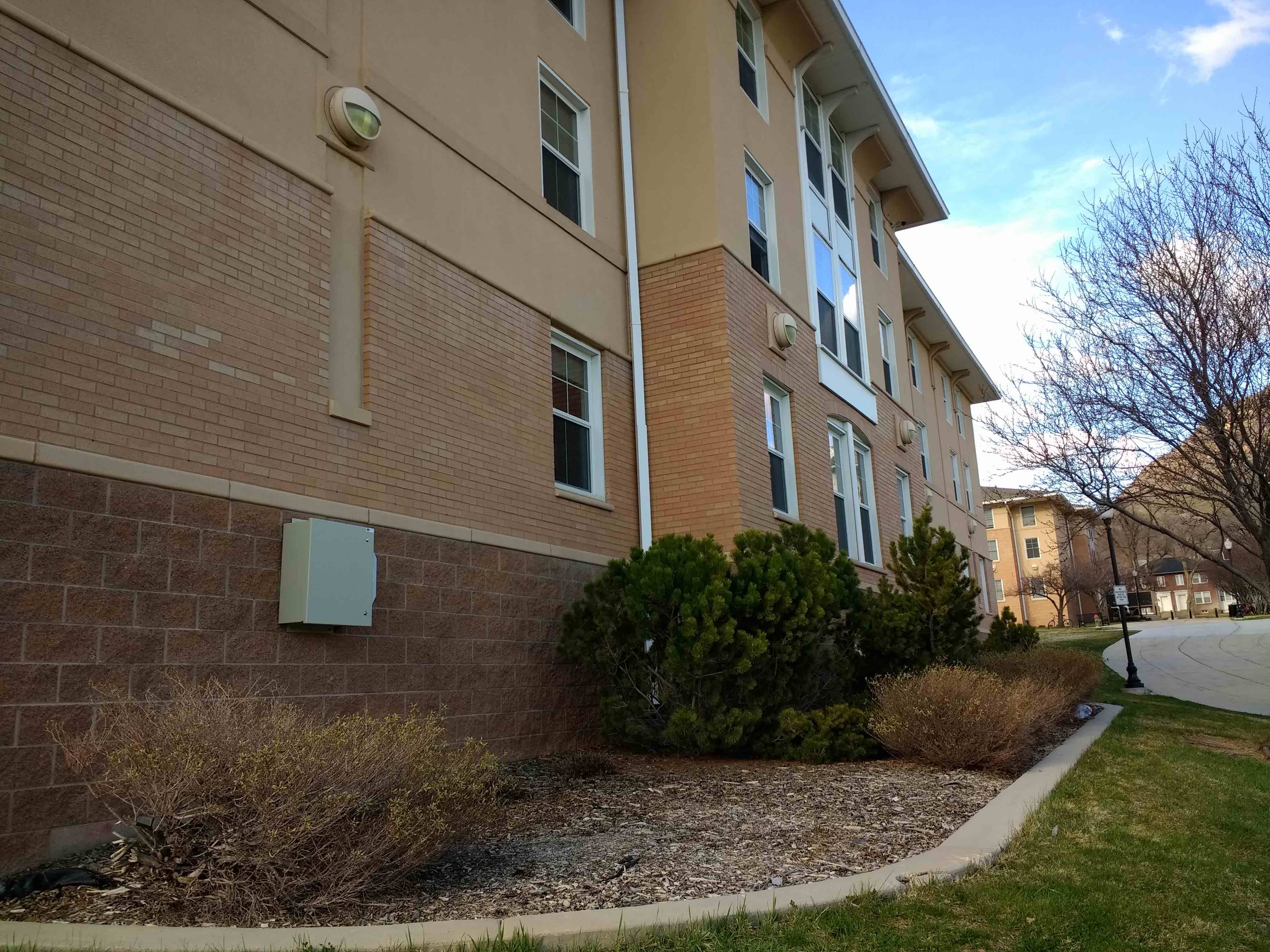
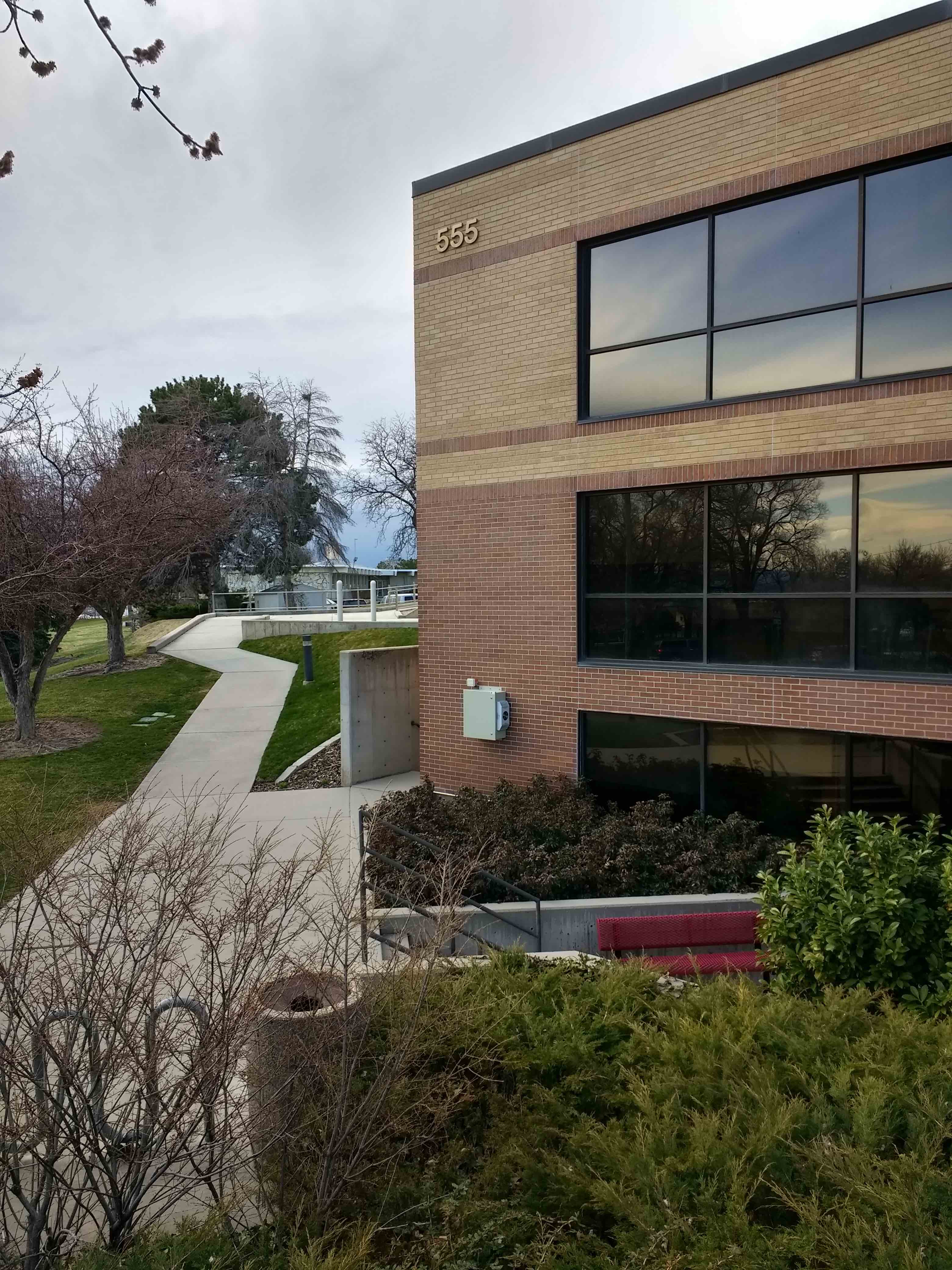
More fixed endpoint deployments.
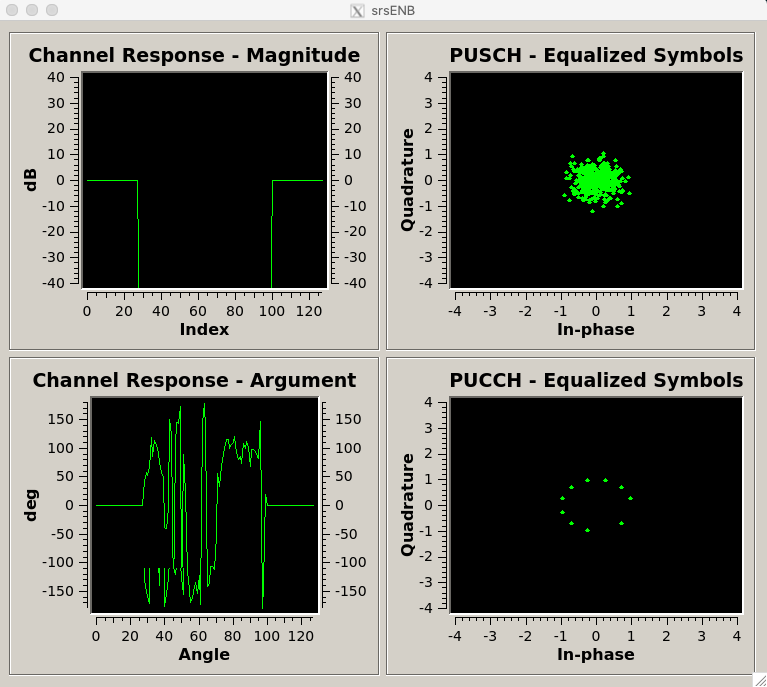

Screenshots (uplink and downlink) of a successful over-the-air test using srsLTE software on POWDER. For this test the UE hardware was a National Instruments B210 SDR attached to an omni Taoglas GSA.8841 antenna. The eNodeB was a National Instruments X310 SDR attached to a Commscope VVSSP-360S-F antenna.

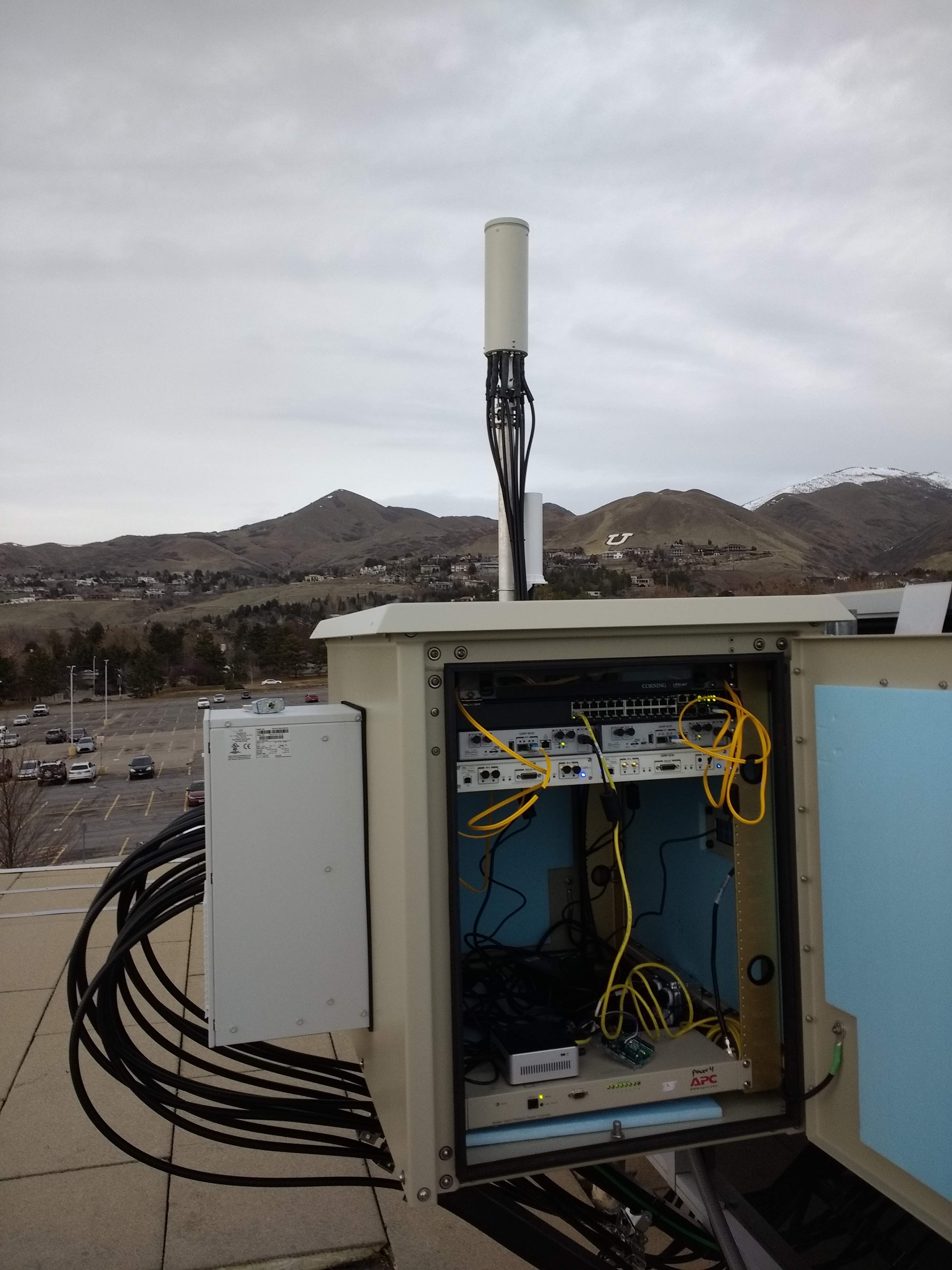
Fixed-endpoint enclosure with antenna panels and experimental/control equipment.
Base station with multi-band antenna and broadband antenna in the back, and network and SDR equipment in enclosure.
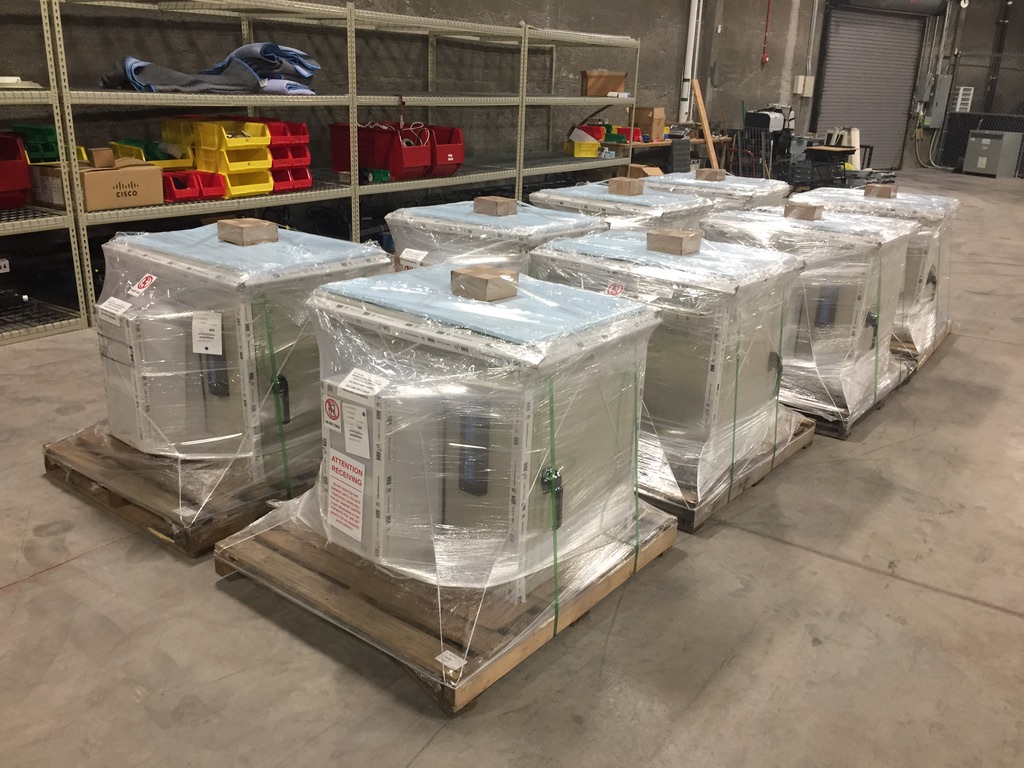
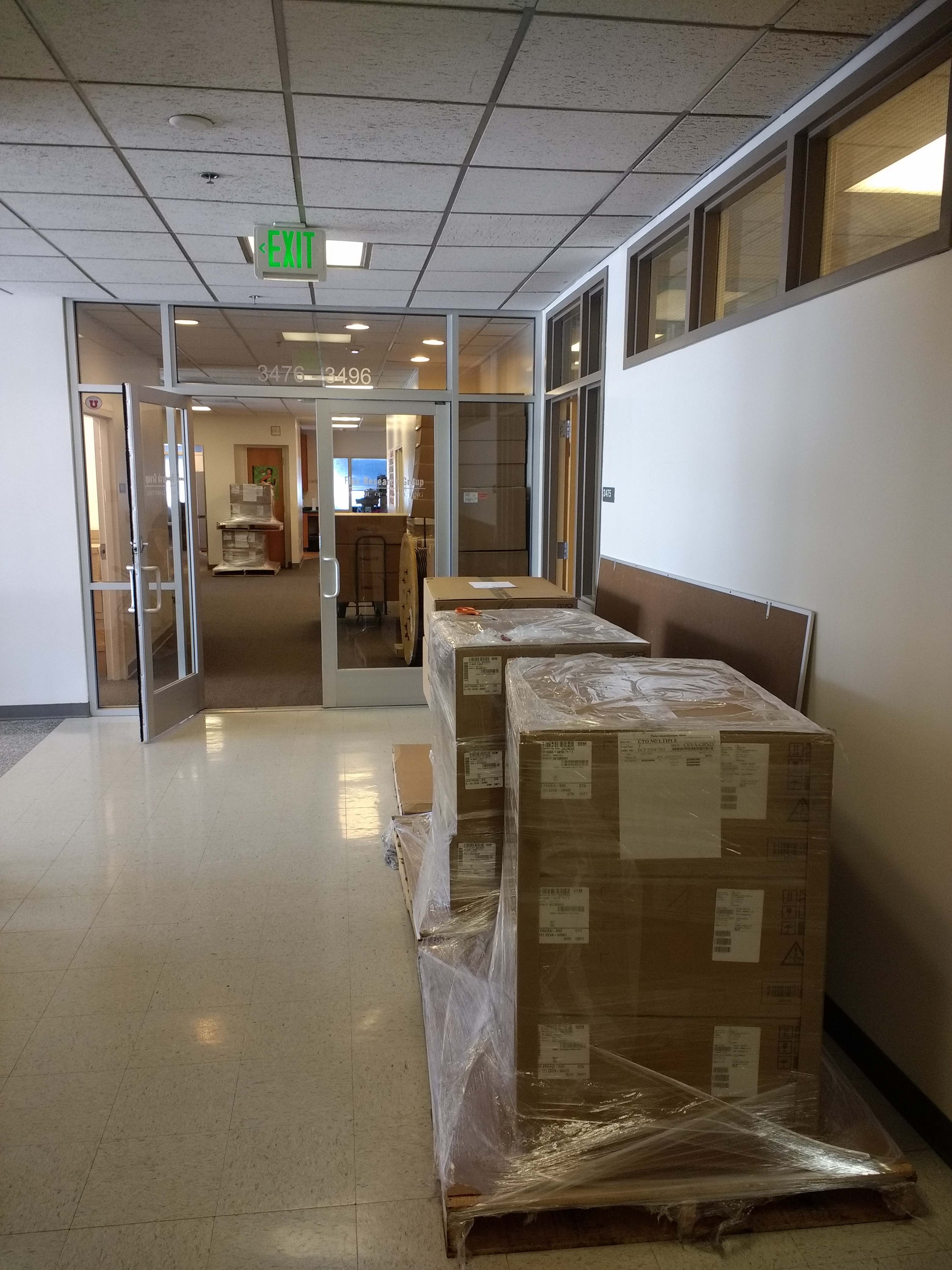
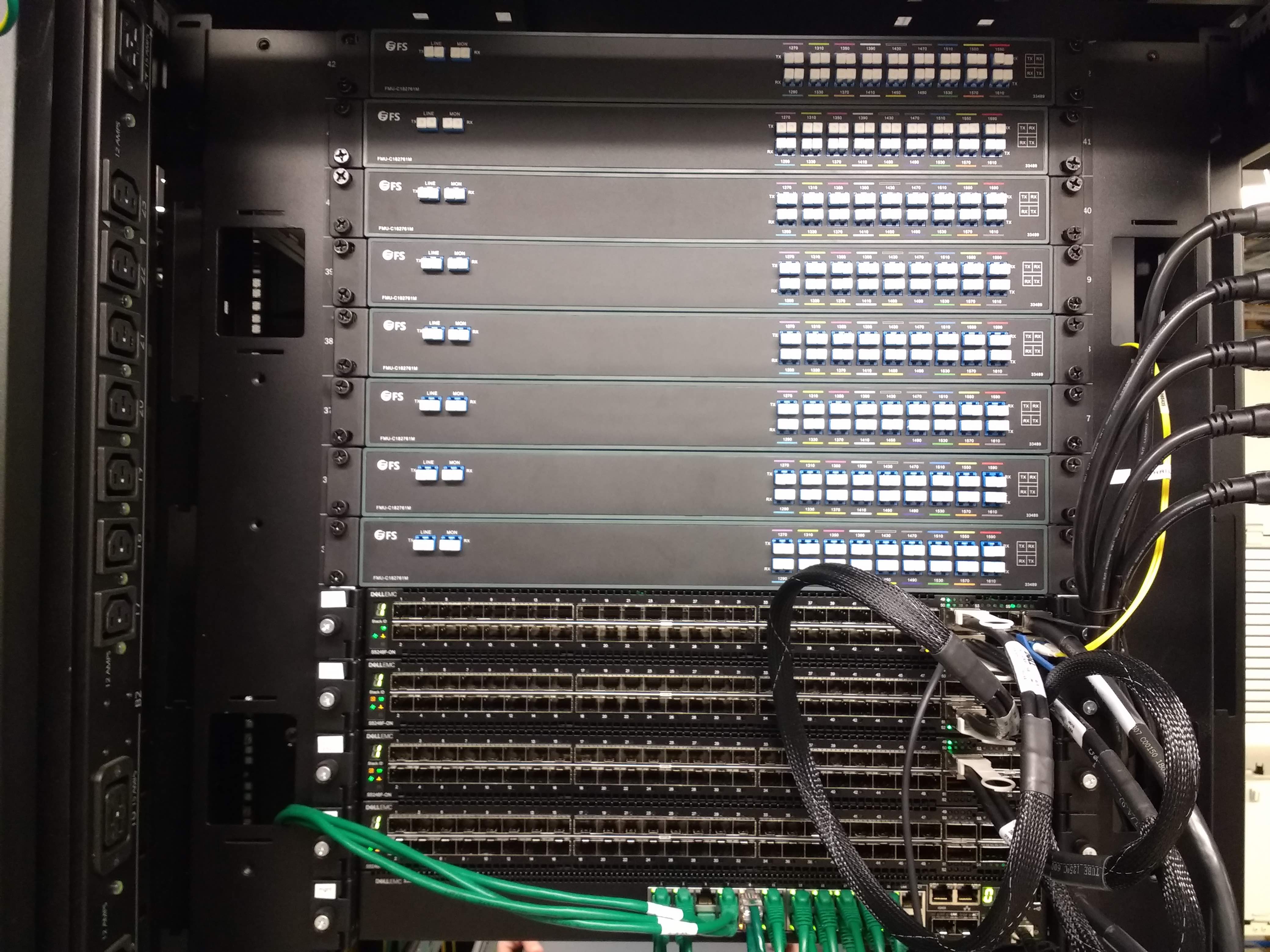
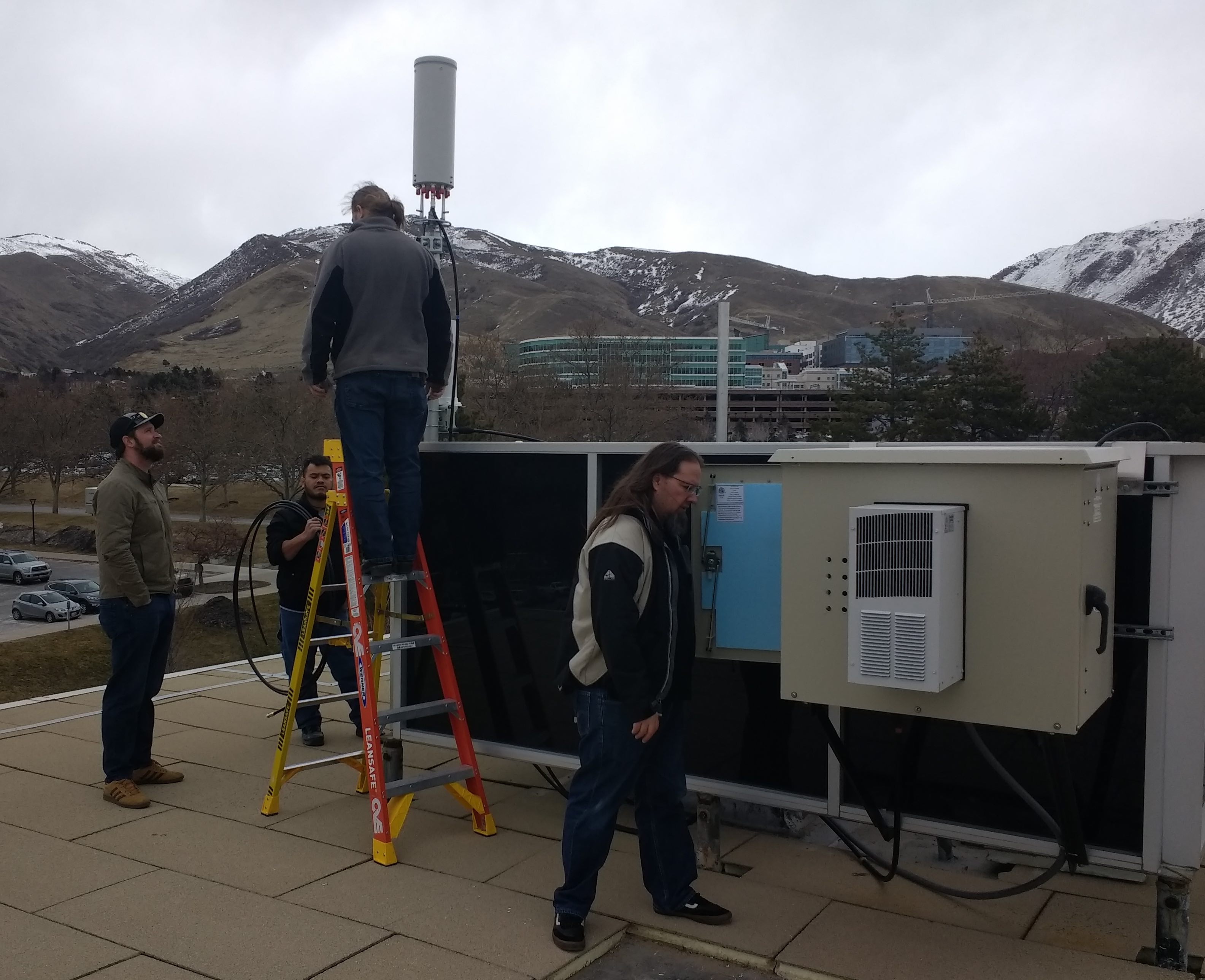
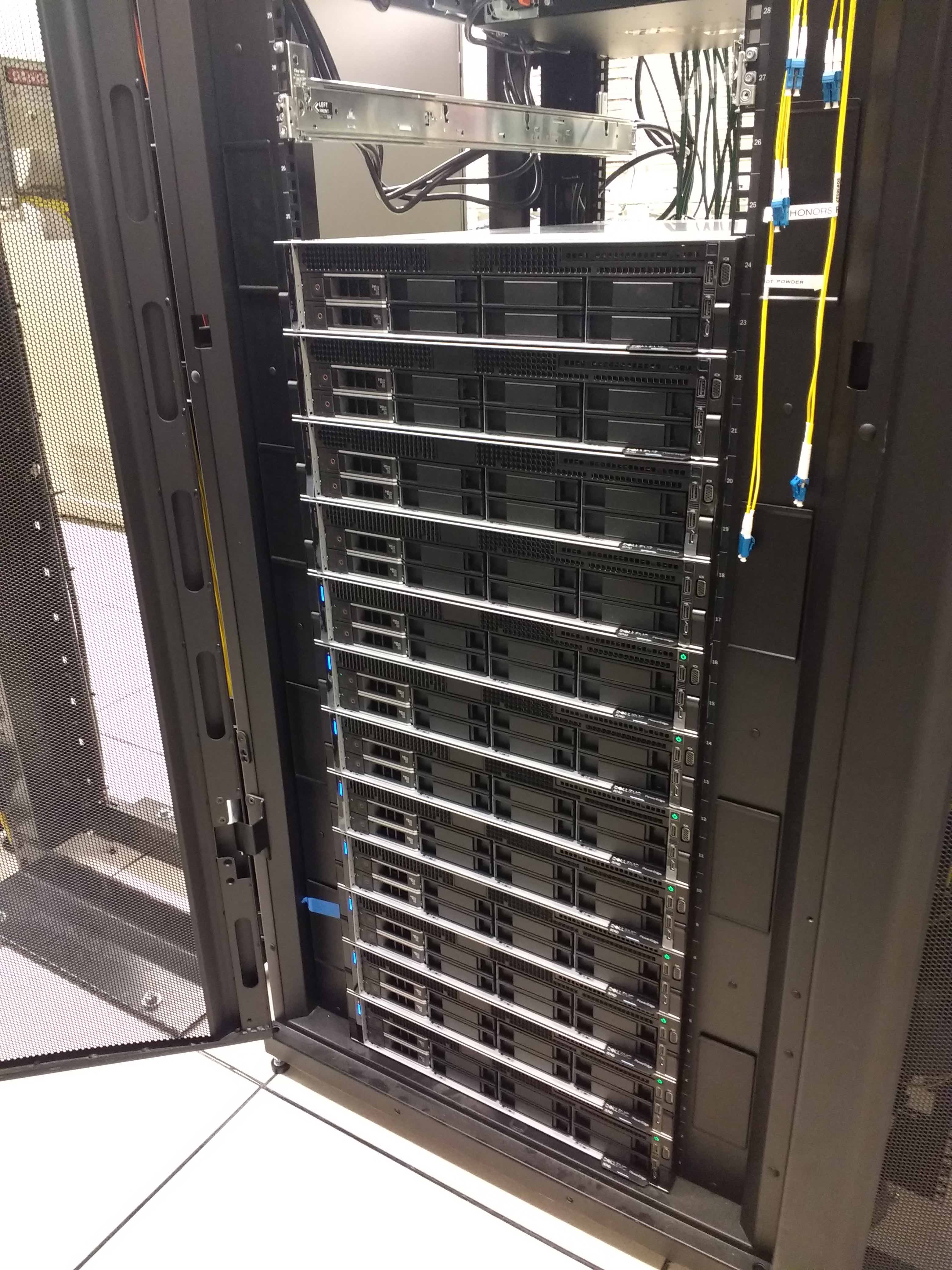
Rooftop enclosures delivered.
Compute nodes delivered.
CWDM mux/demux equipment and ethernet switches installed.
Multi-band antenna cabling.
Compute nodes installed.
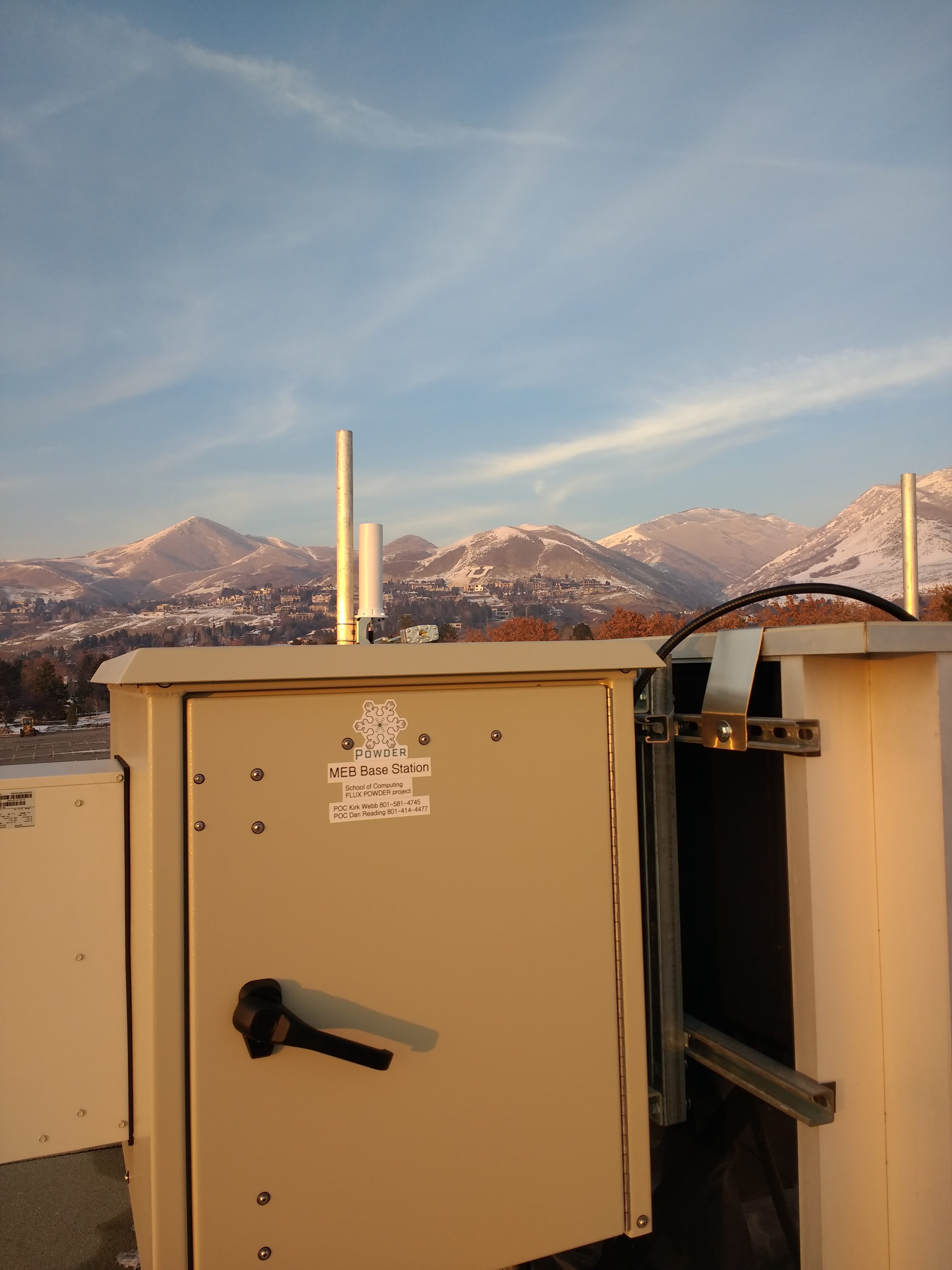
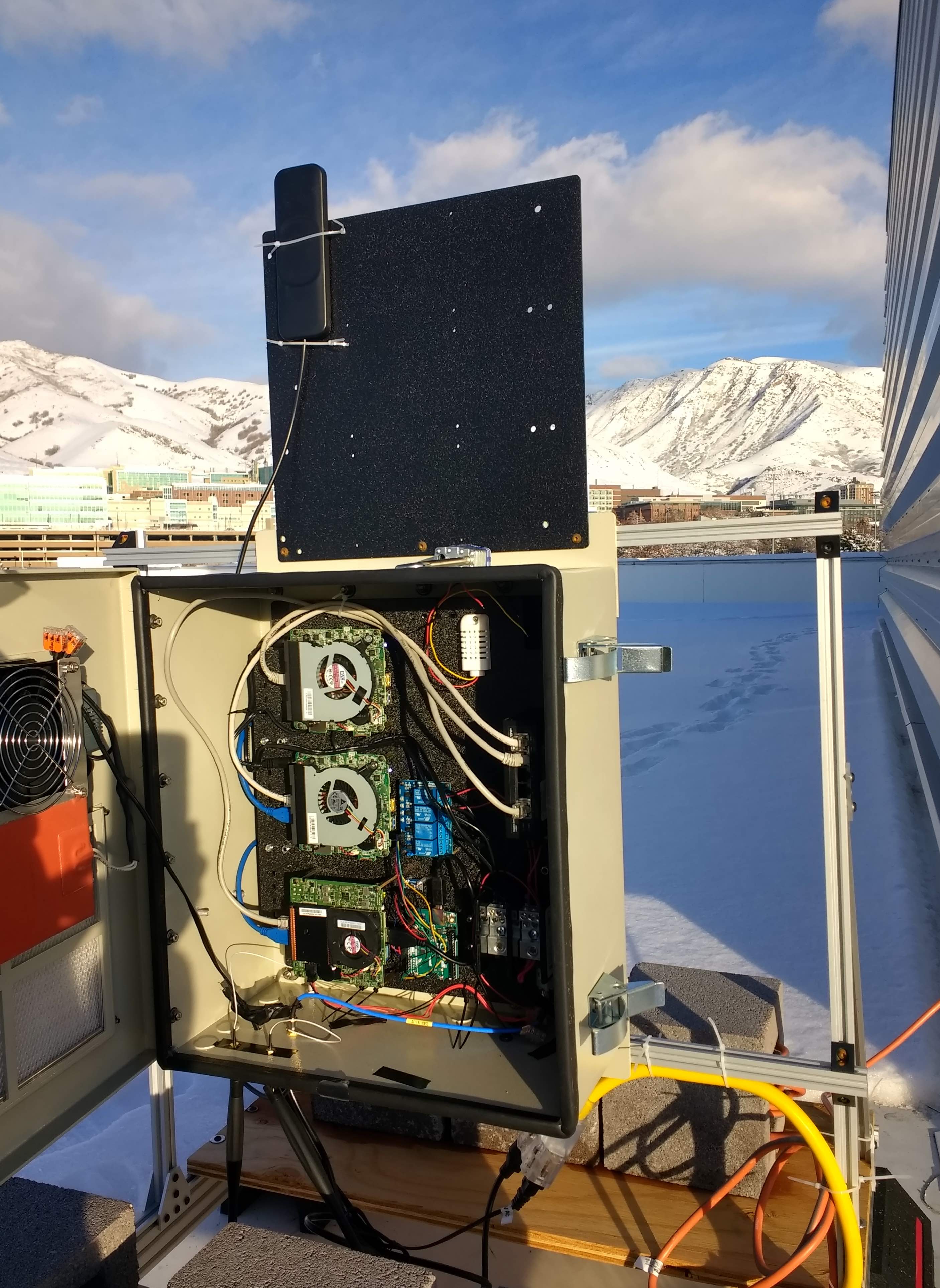
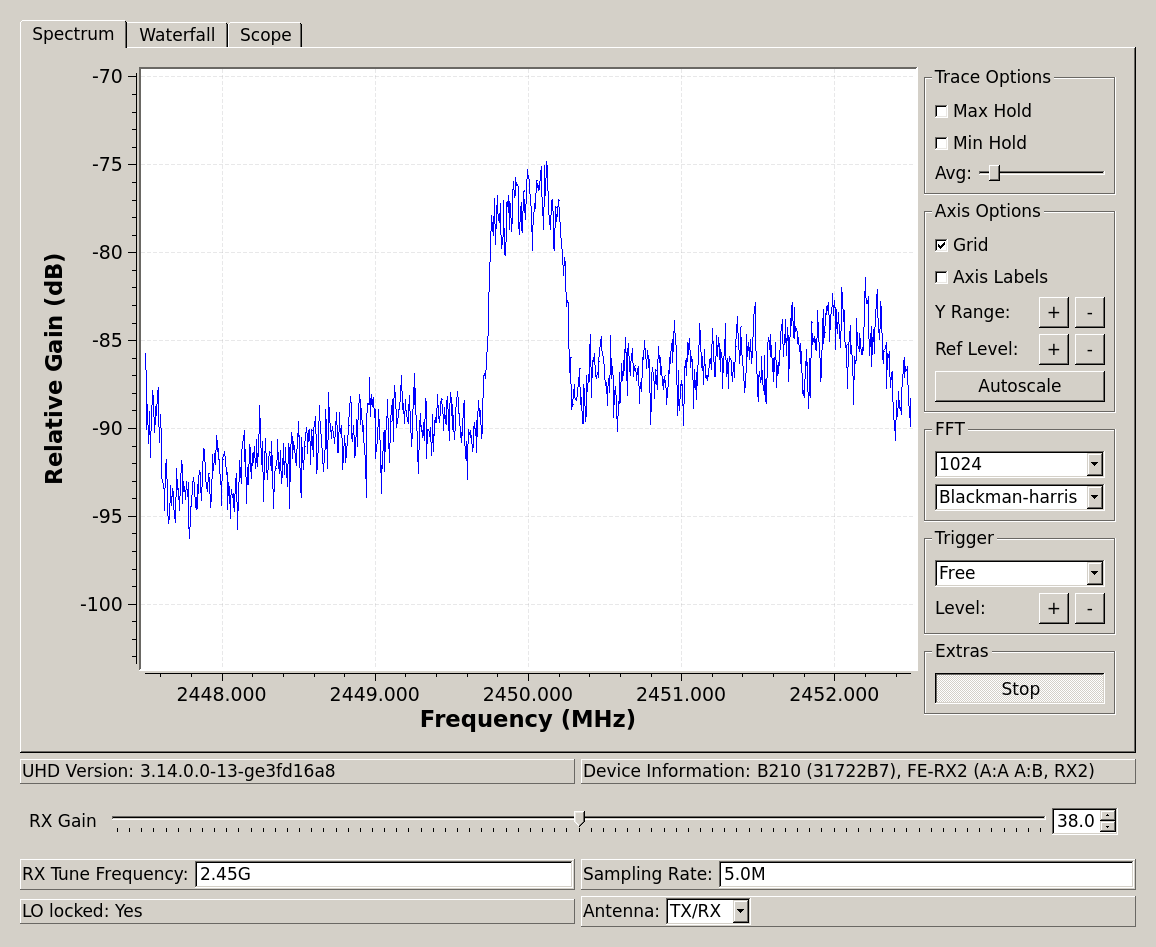
Base station with broadband antenna.
Fully populated fixed-endpoint enclosure (at temporary location).
Screenshot of basic over-the-air end-to-end testing between base station and fixed endpoint. The image shows a 5 MHz FFT centered at 2.45 GHz of a receiver running on a fixed endpoint, picking up a transmission from a base station. The transmitted signal was a 500 KHz wide channel of uniform random noise centered at 2.45 GHz. RX and TX were performed using GNU Radio, with transmission via an X310 driving an attached Keysight N6850A omni antenna, and reception on a B210 attached to an omni Taoglas GSA.8841 antenna. The units were spaced about 100 feet apart for this test. The X310 was paired with a Dell D430 rackmount server, connected via fiber (approximately 500 feet), while the B210 was paired with a directly connected Intel NUC.
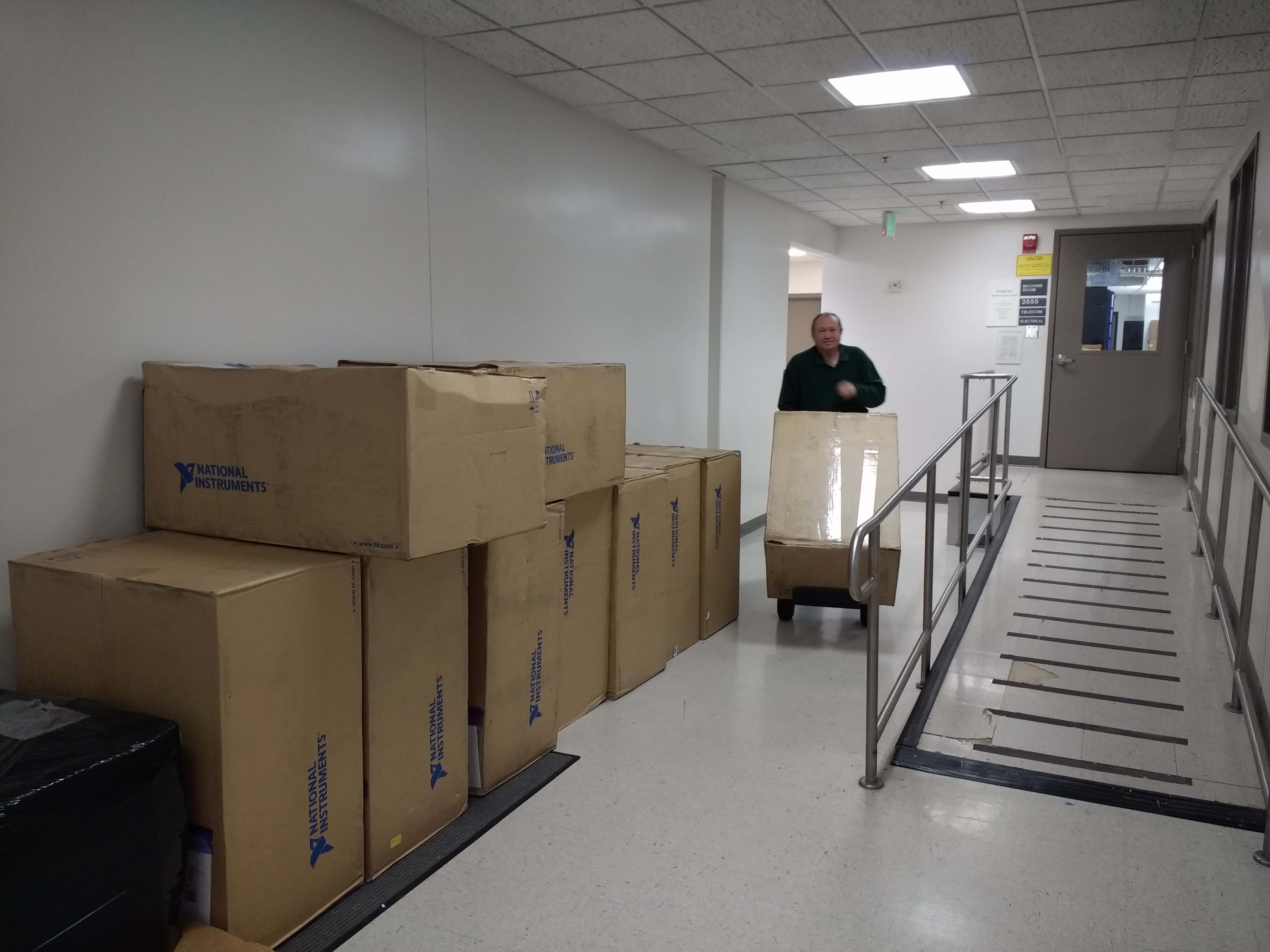
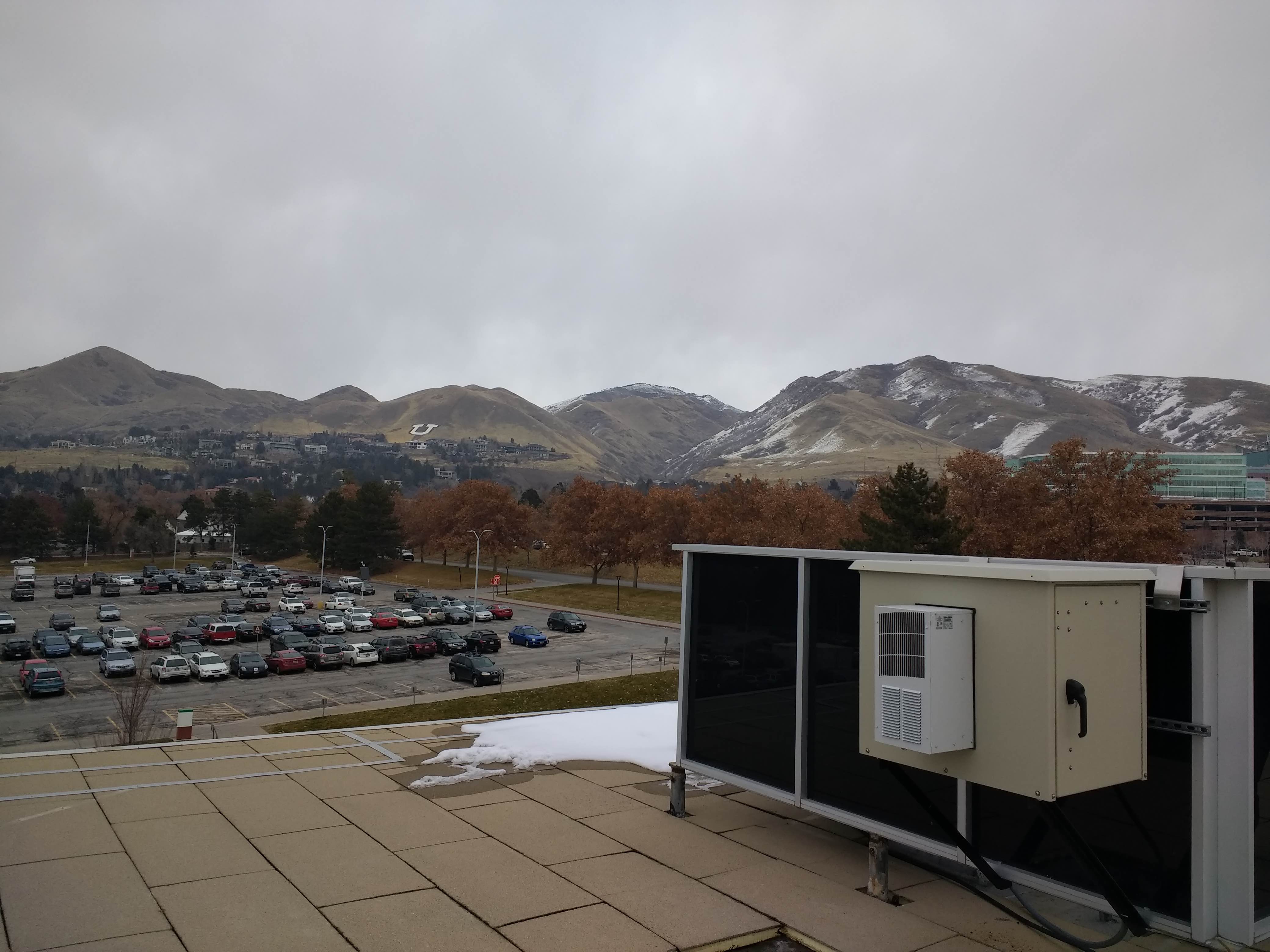
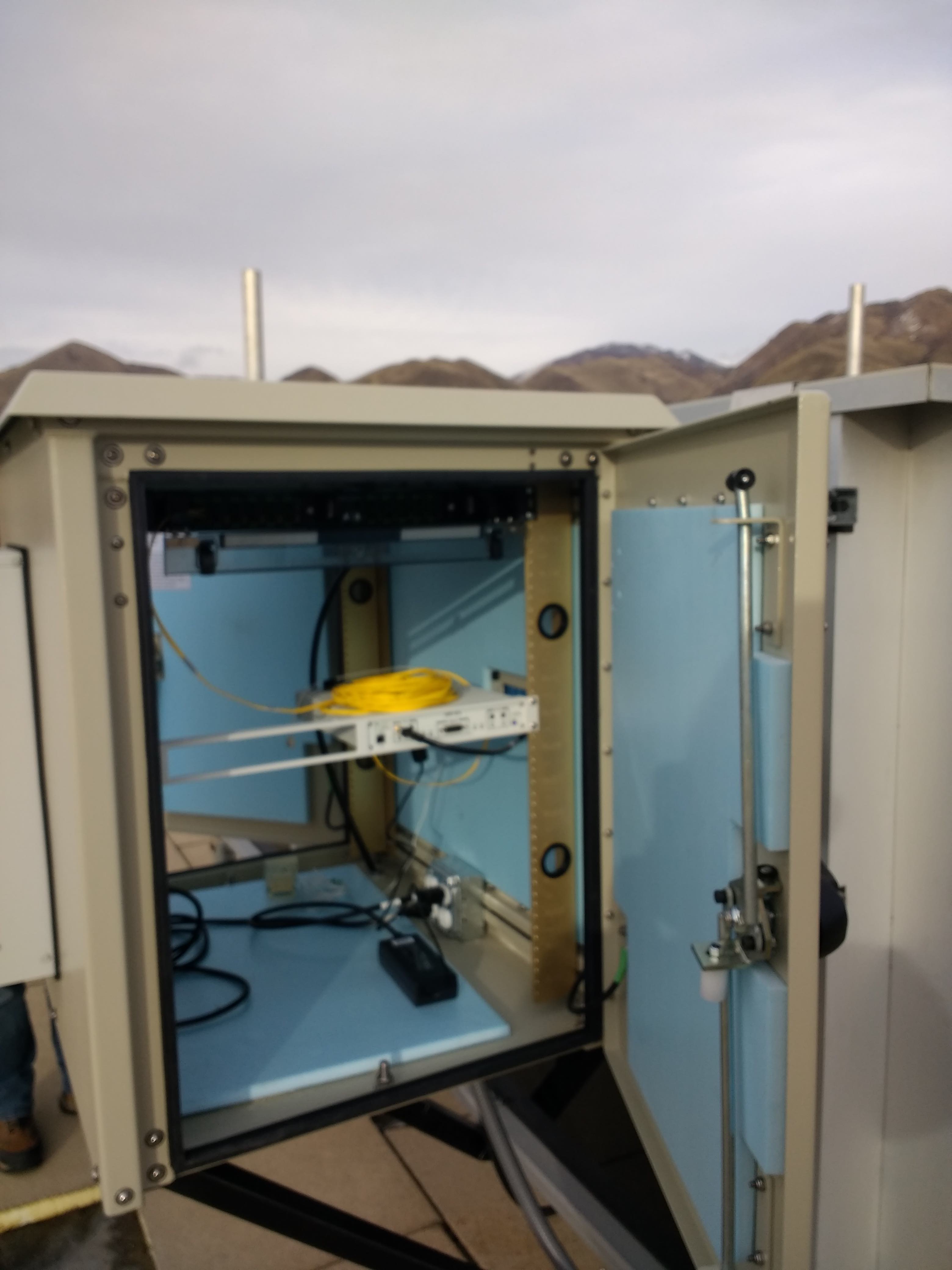
Radio equipment from National Instruments arriving.
First rooftop enclosure installed on the roof of the Merrill Engineering Building.
First NI X310 in rooftop enclosure.

The POWDER platform featured in a LightReading article by Carol Wilson.
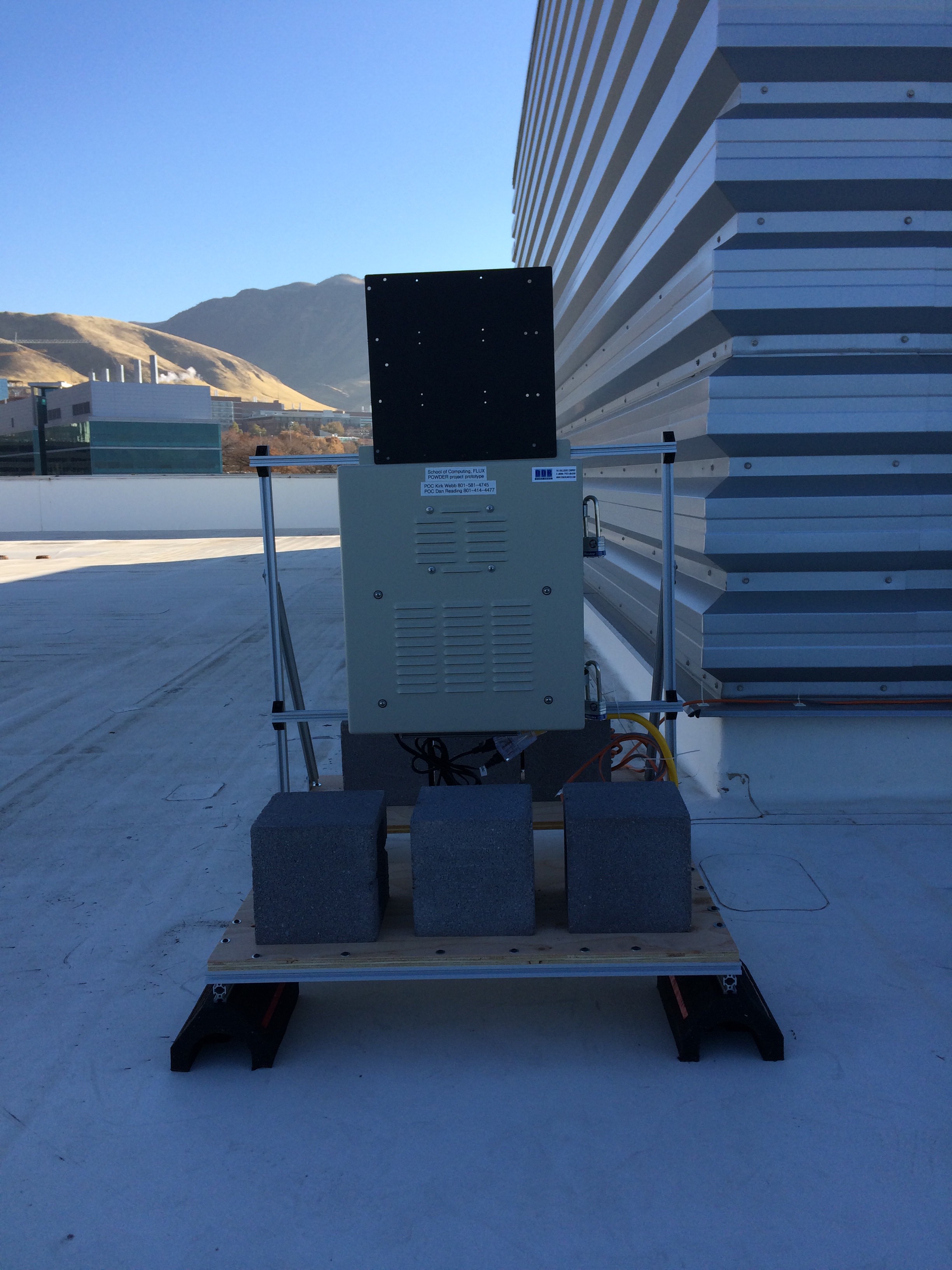
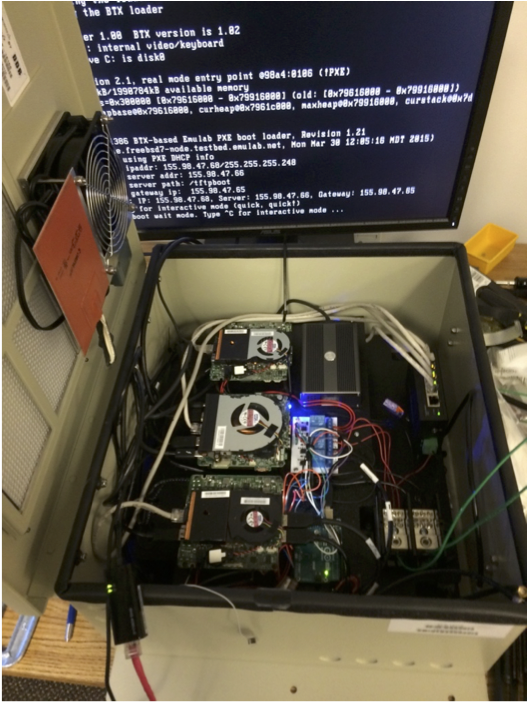
Our initial deployment will include fixed endpoints. I.e., endpoints at fixed locations with reasonable RF coverage to one or more rooftop base stations.
Each fixed endpoint will have two experimental SDRs and an SDR for spectrum monitoring. Fixed endpoints in coverage area of our massive MIMO equipment will also have an Iris radio.
The images on the left show a prototype fixed endpoint, in a lab environment and on a temporary mount for outdoor testing.

The POWDER platform was used for the Hands-On Experiences session at the recent ONAP Academic Summit in New York City.
The POWDER team worked with ONAP member organizations to instantiate an ONAP instance on the POWDER platform. This instance was used by approximately forty Summit attendees to explore aspects of the ONAP platform.
The POWDER team is working with ONAP member organizations to make an ONAP profile available to POWDER users.
ONAP is a project of Linux Foundation Networking.
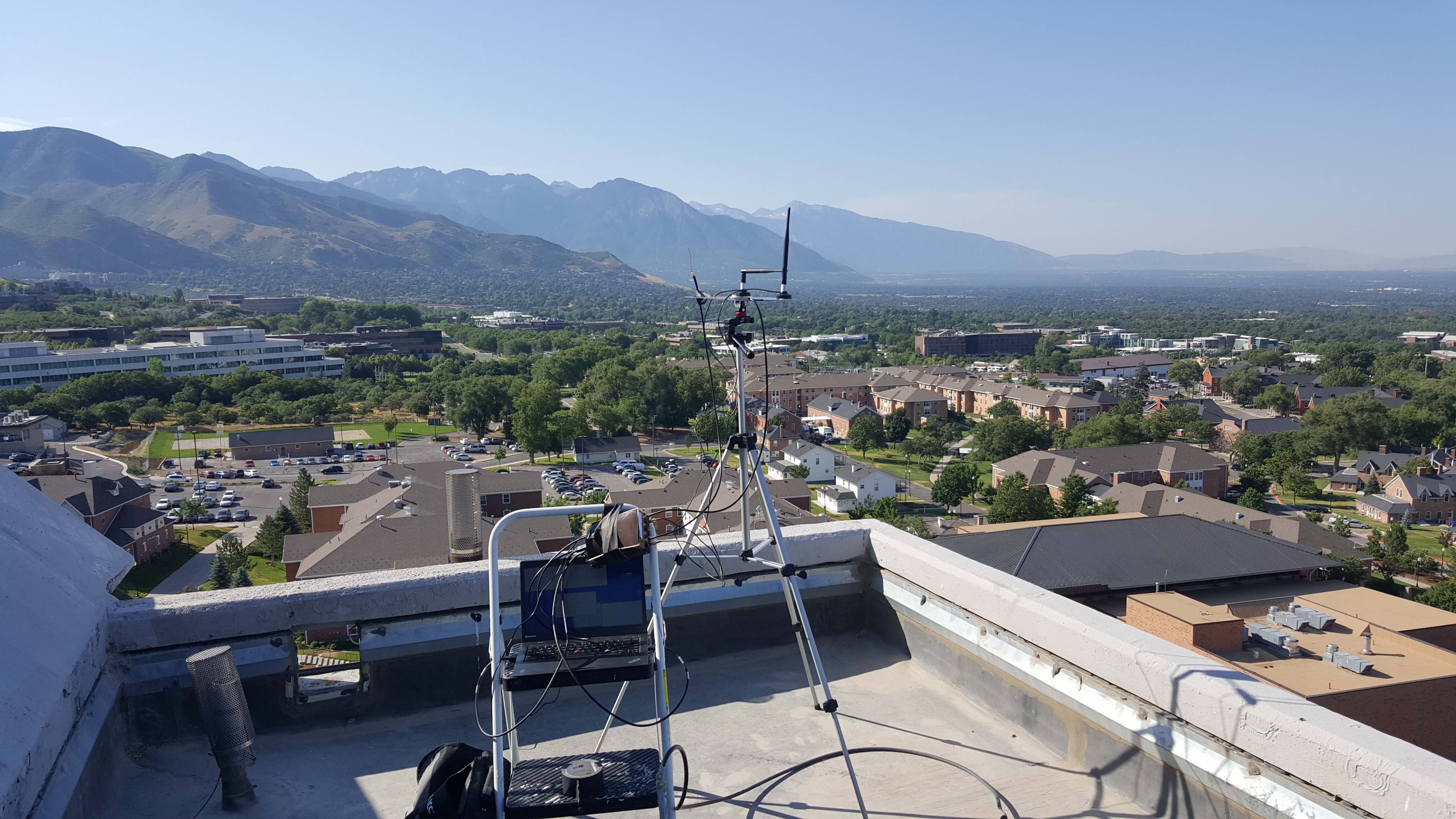
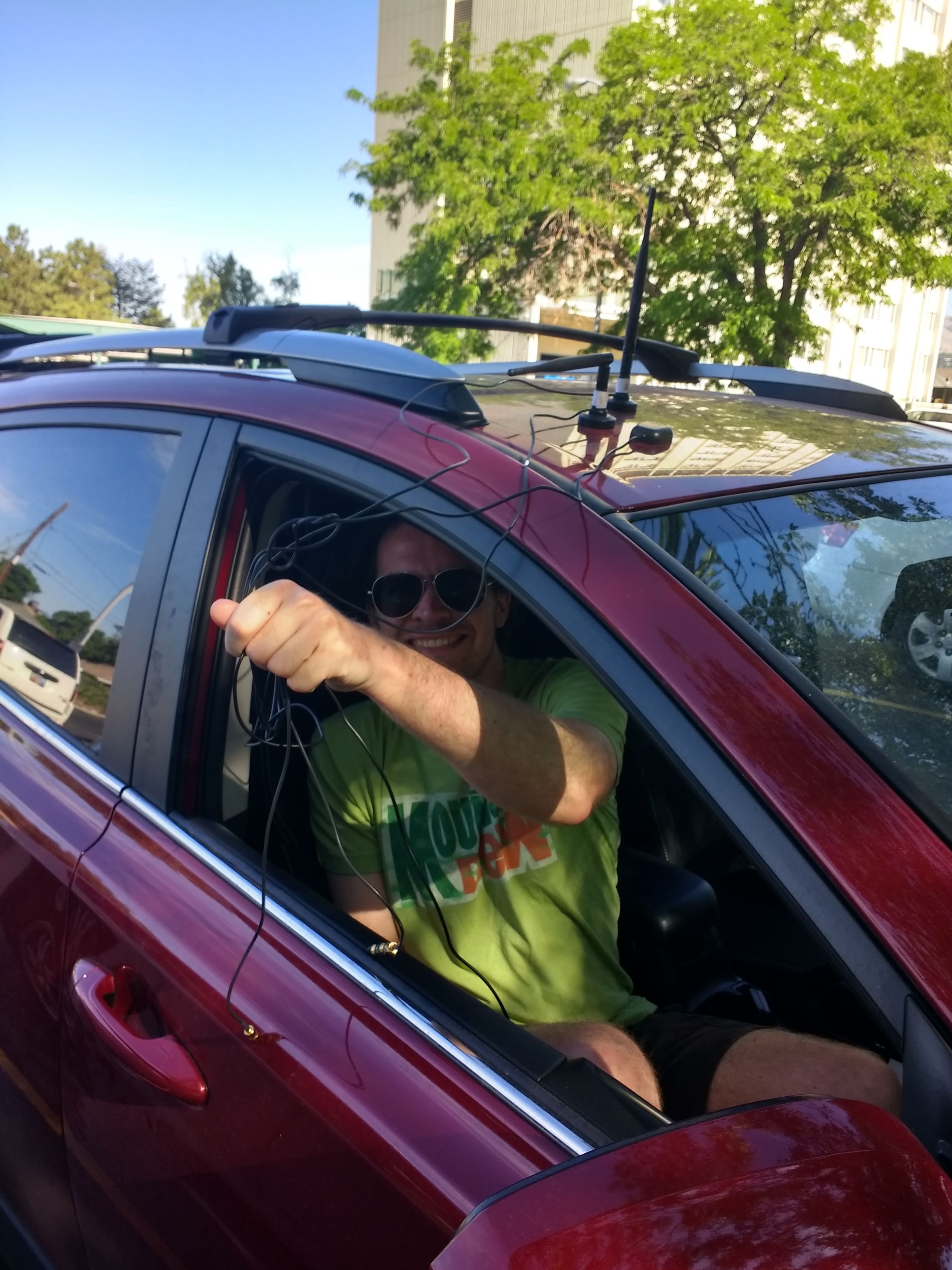
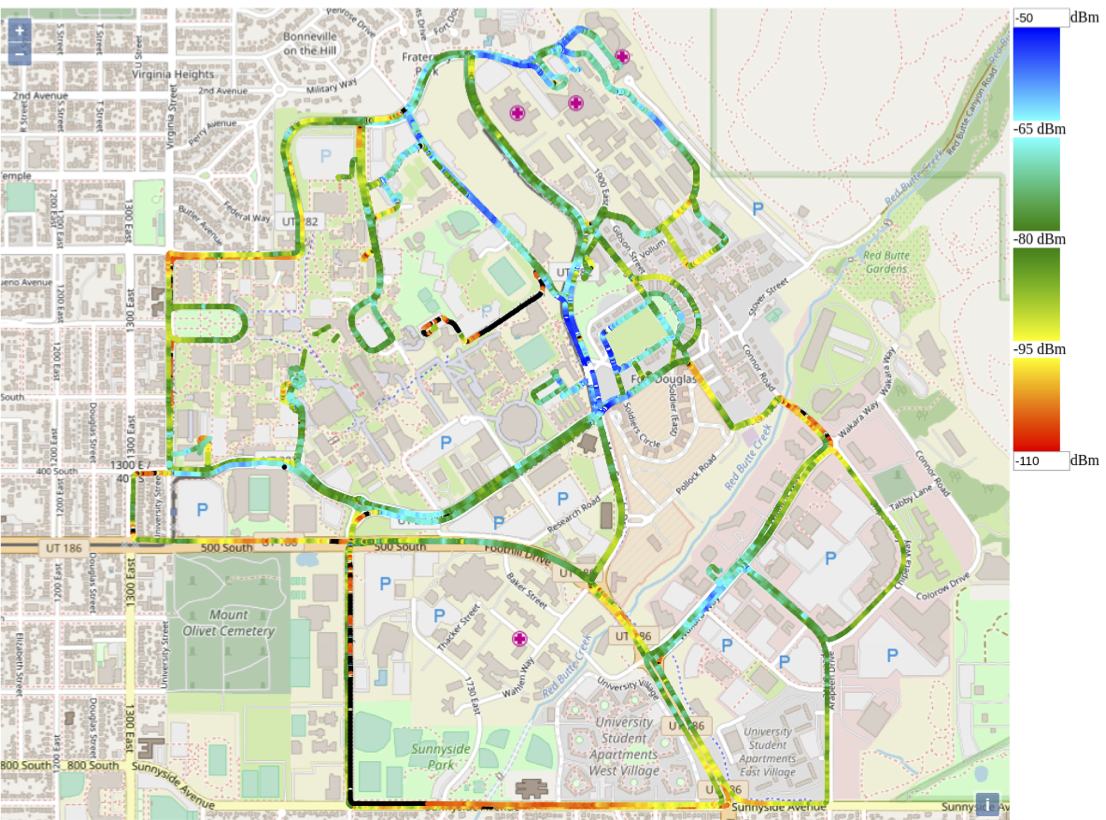
To determine expected RF coverage in our campus deployment area, we performed measurements from various rooftop locations. Each measurement activity involved setting up transmitters on the target rooftop and then driving around campus to measure the received signal.
The photos on the left show an example rooftop transmitter setup, the vehicle receiver setup and a composite image (combining data from all measurement runs) of the received signal strength (at 2.5 GHz) along campus shuttle routes.

Our rooftop base stations will include a broadband omni-directional antenna as well as a multi-band antenna with 360 degree coverage in each band.
The photo on the right shows outdoor testing of the multi-band antenna.
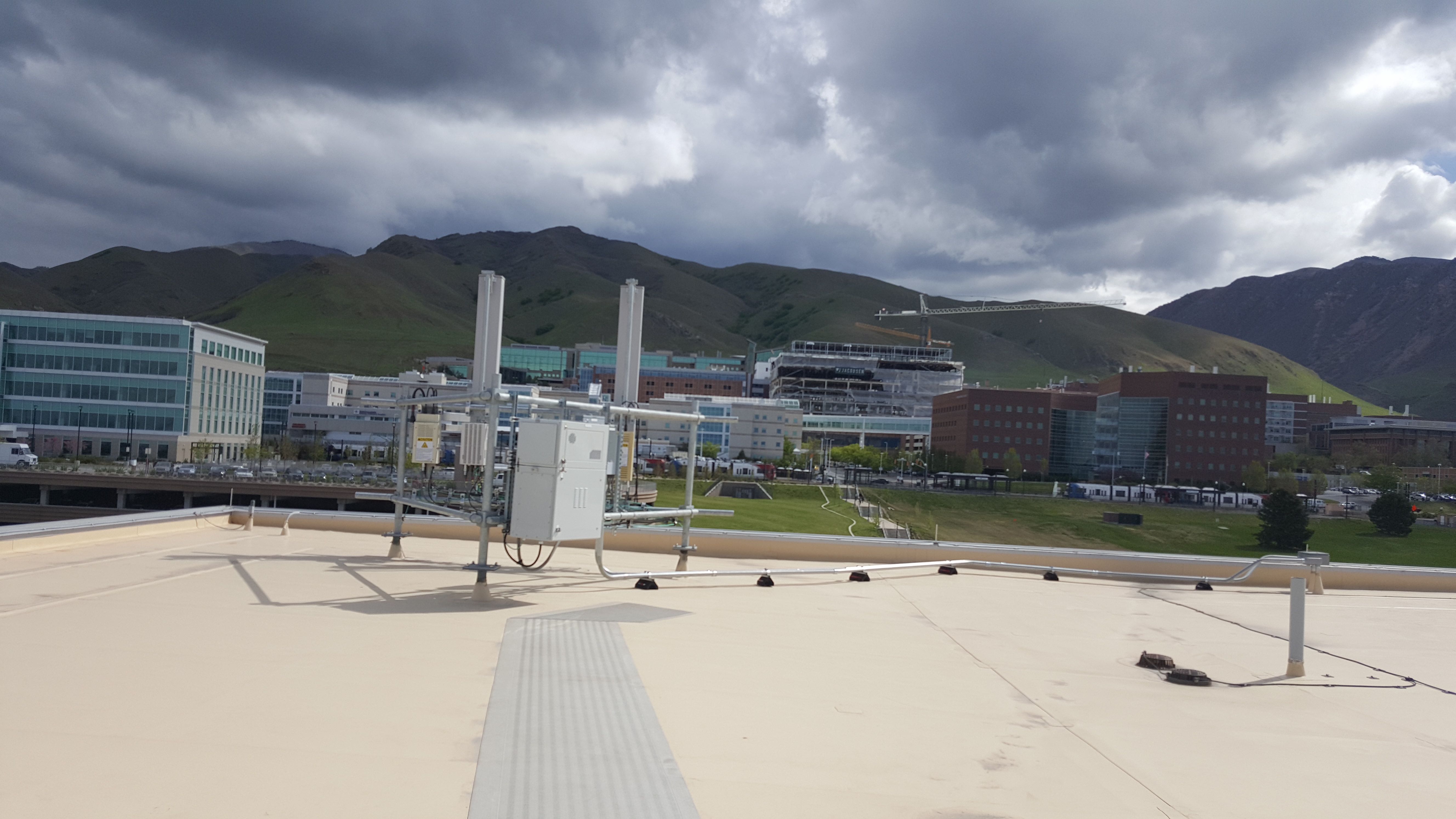
As far as possible we will be using existing rooftop mounts, such as the Crown Castle mount shown in the photo on the left.
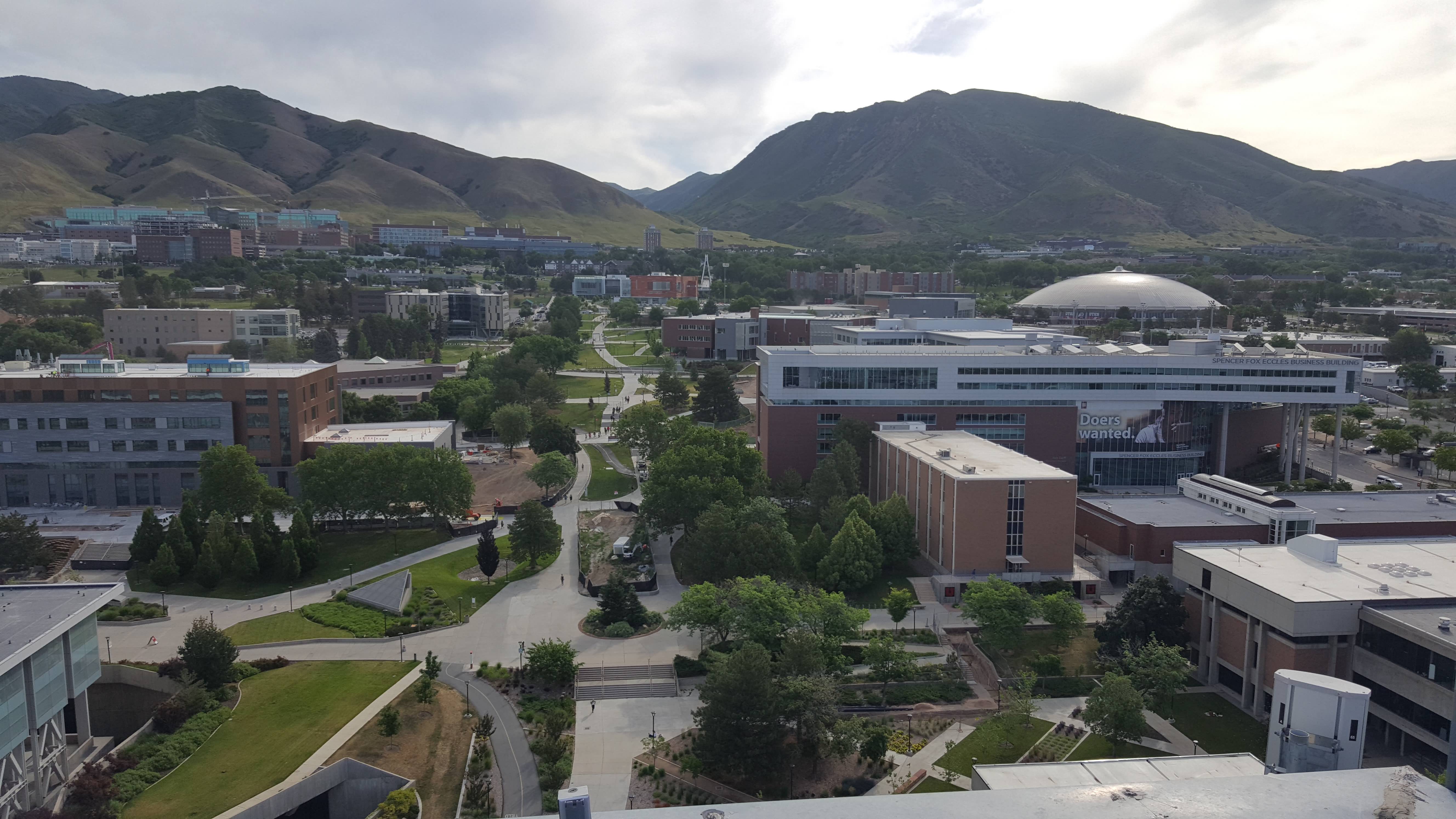
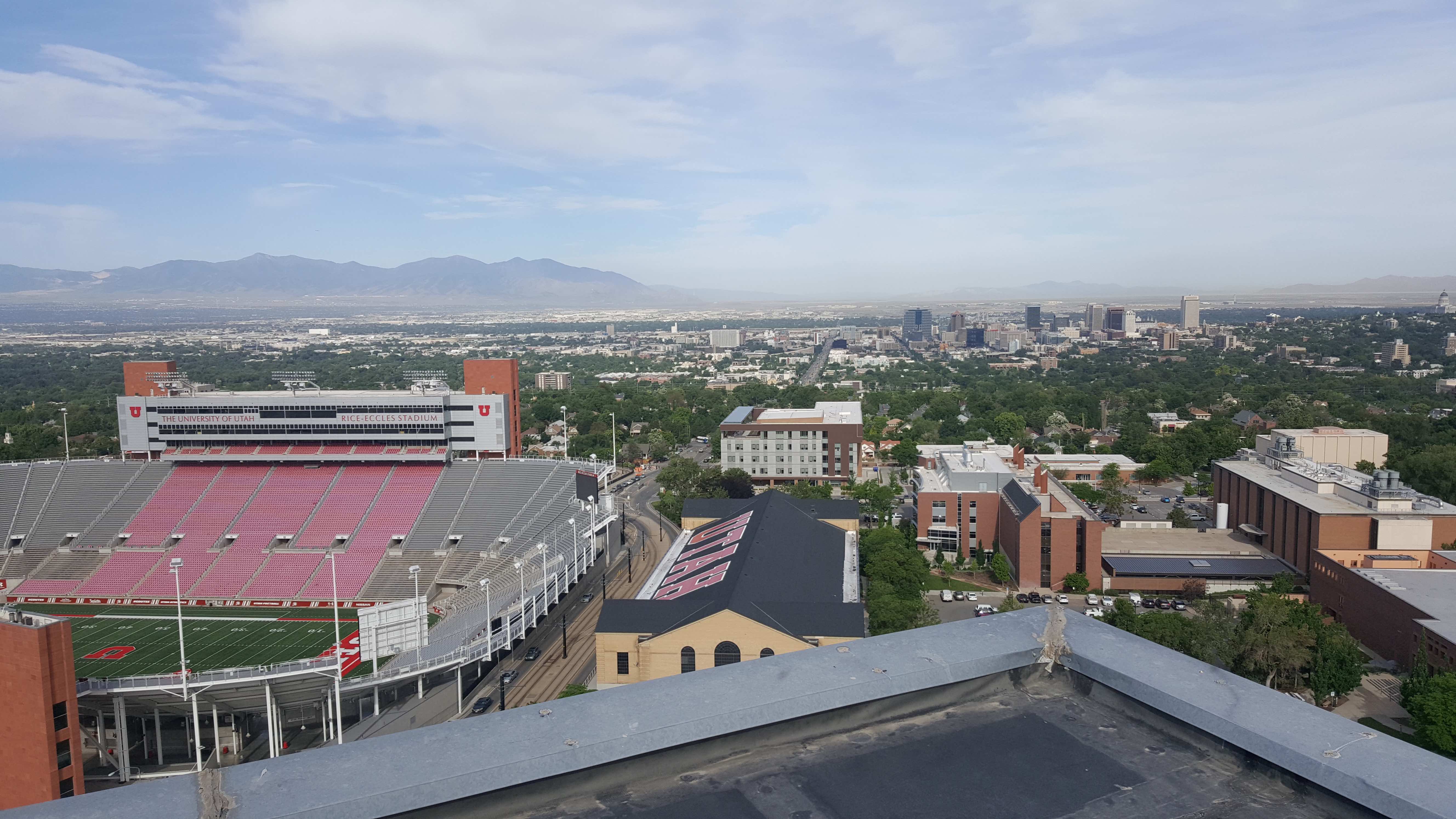
Our initial deployment will be on the University of Utah campus. We have been doing lots of site surveys which includes getting on tall buildings with nice views!
The photos on the right shows views towards the west and the east from the Social and Behavioral Science Building.
News coverage of the POWDER-RENEW launch event:
